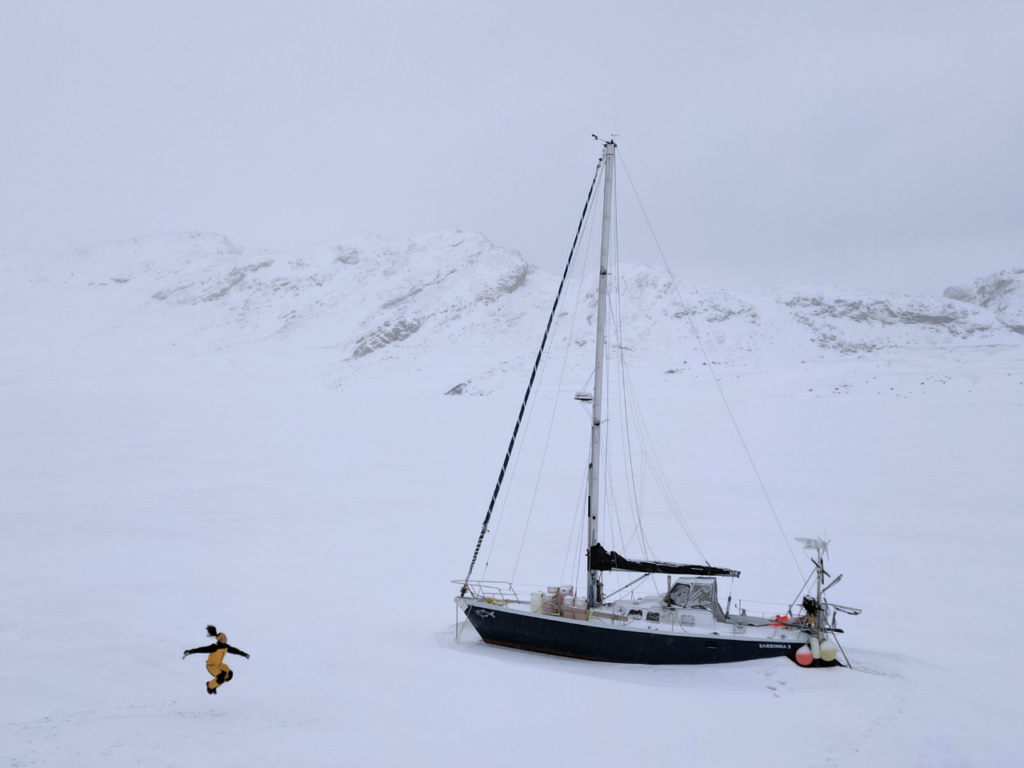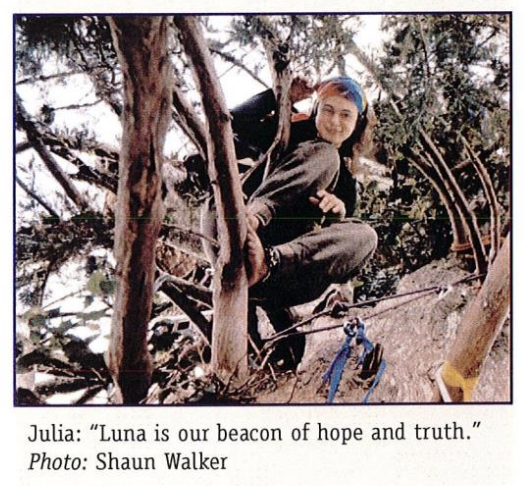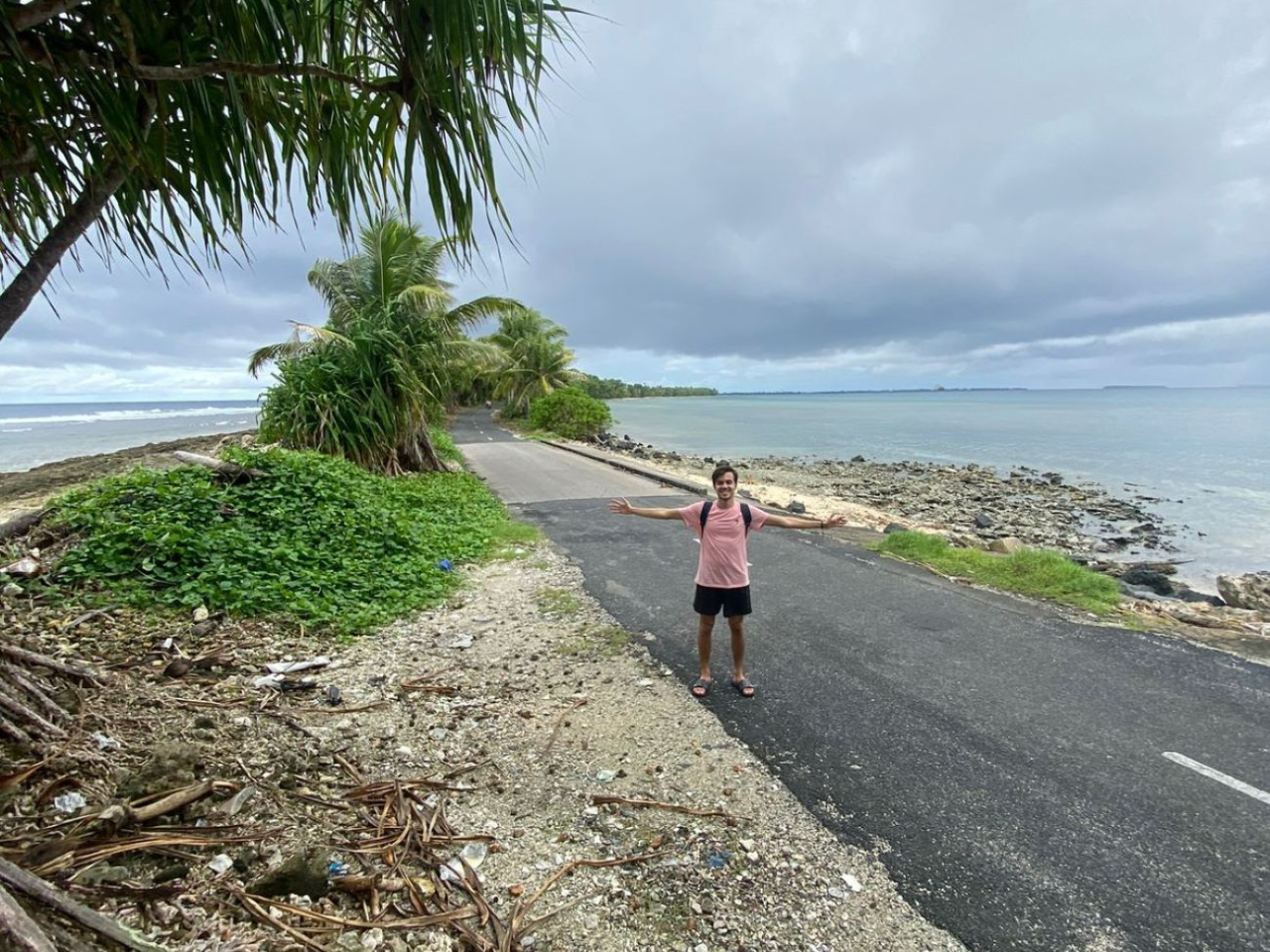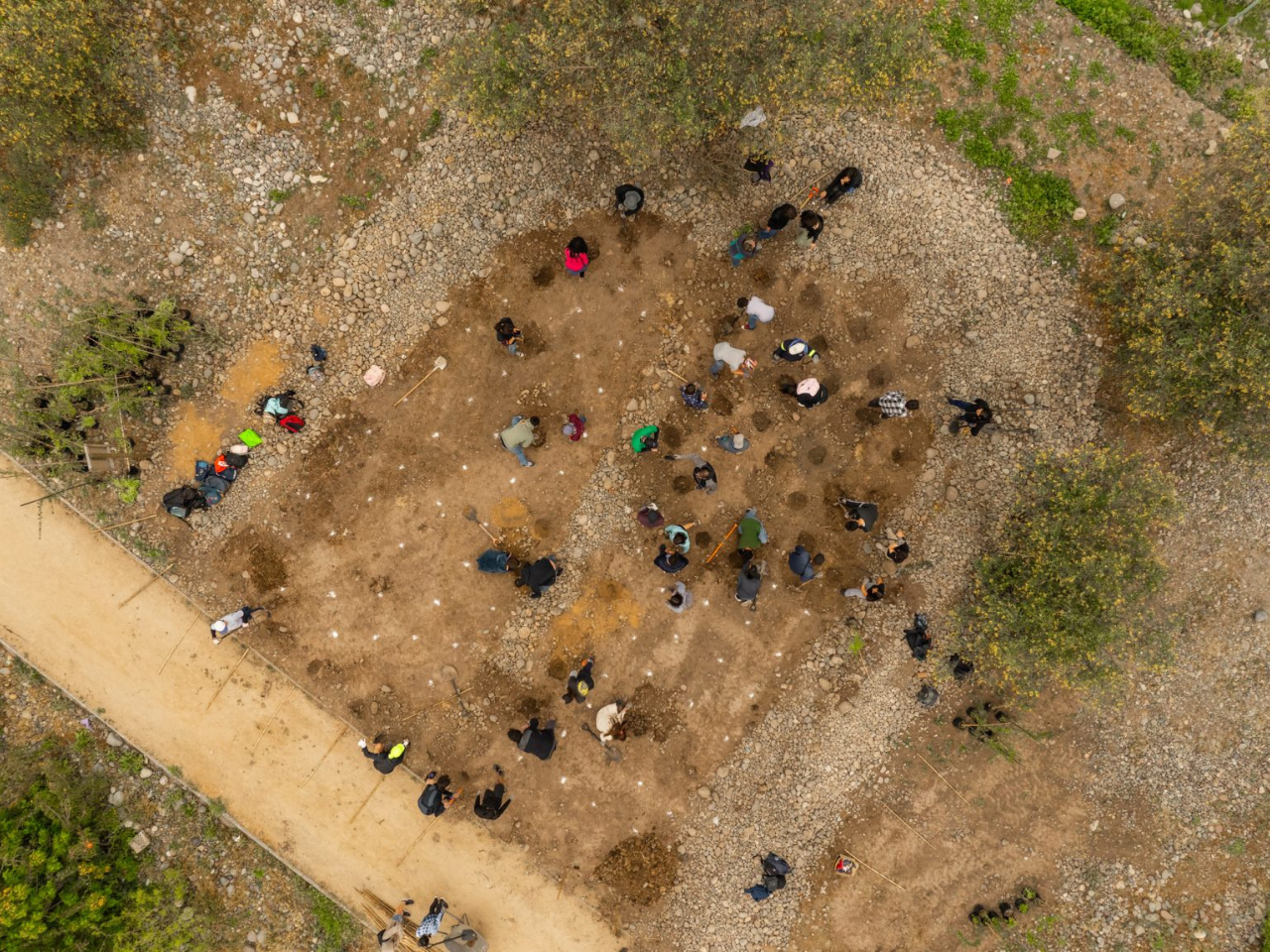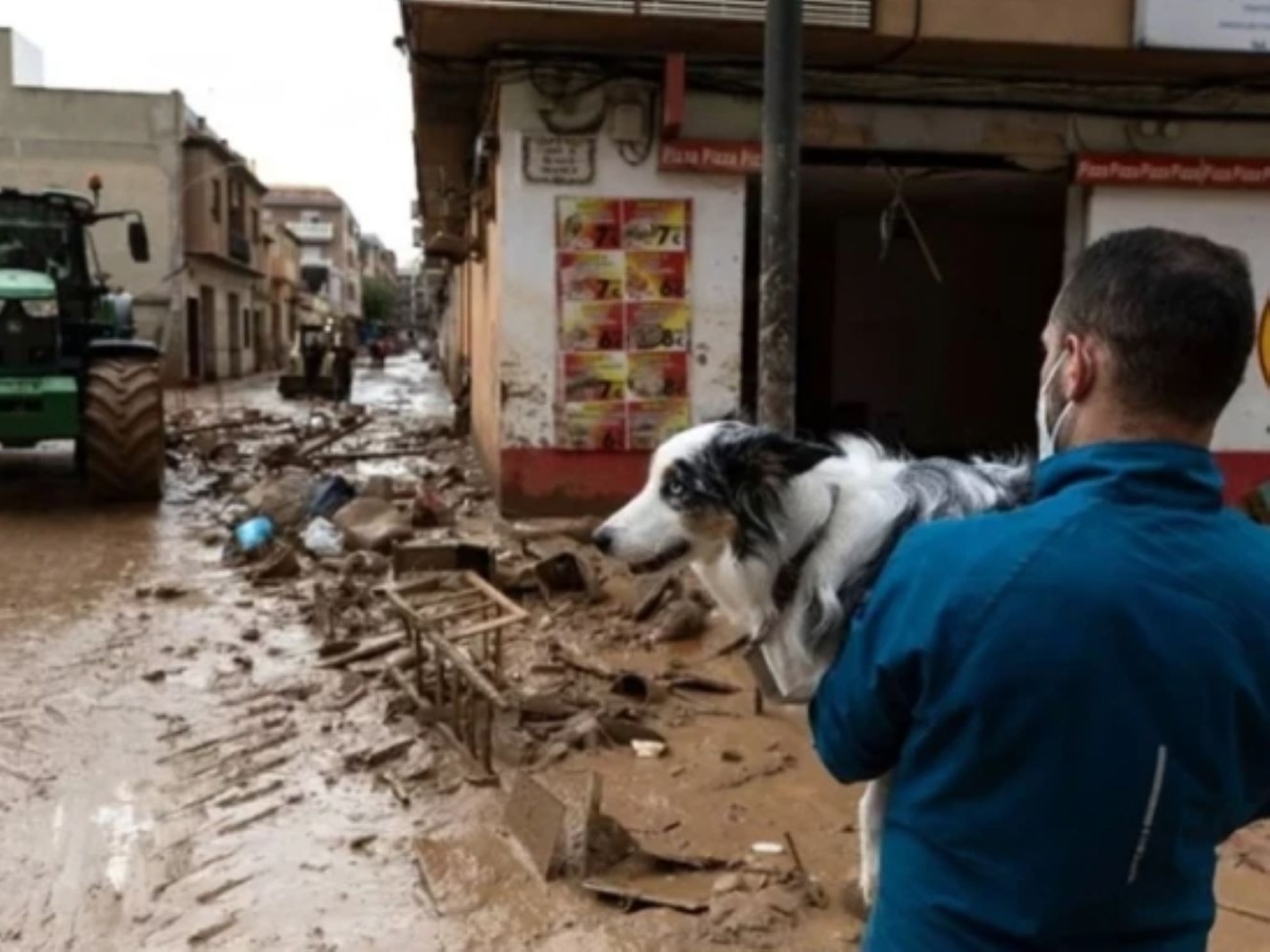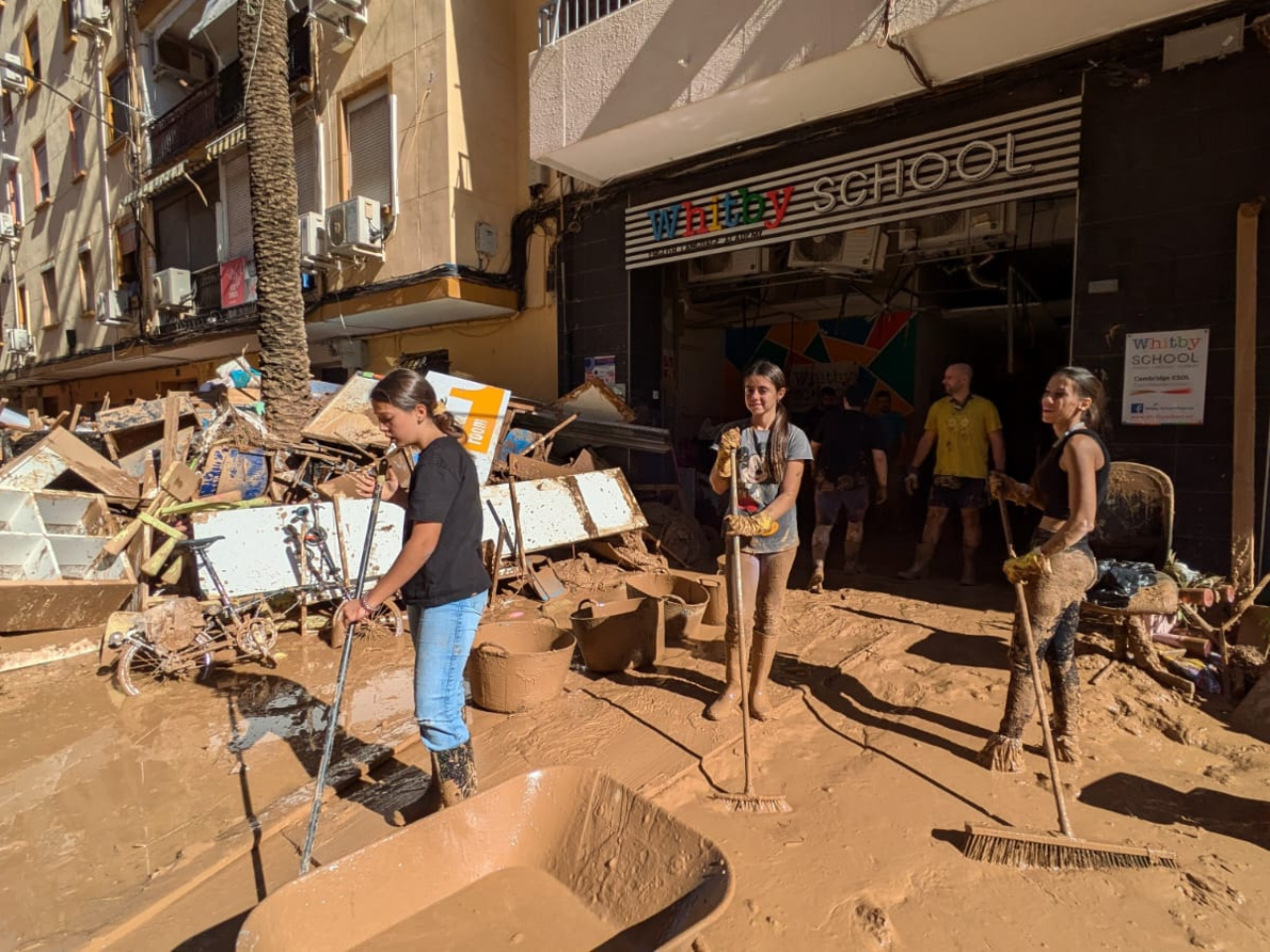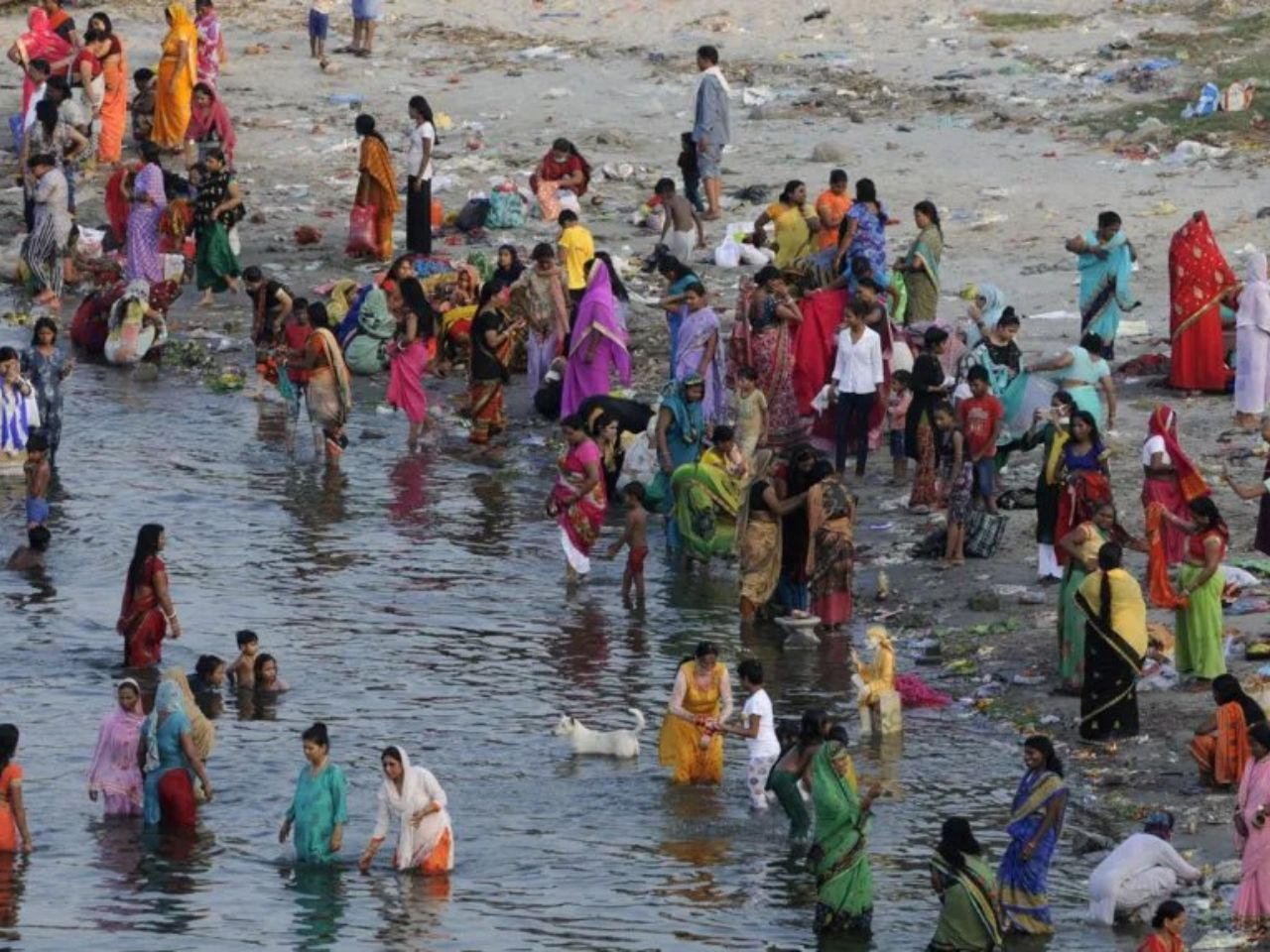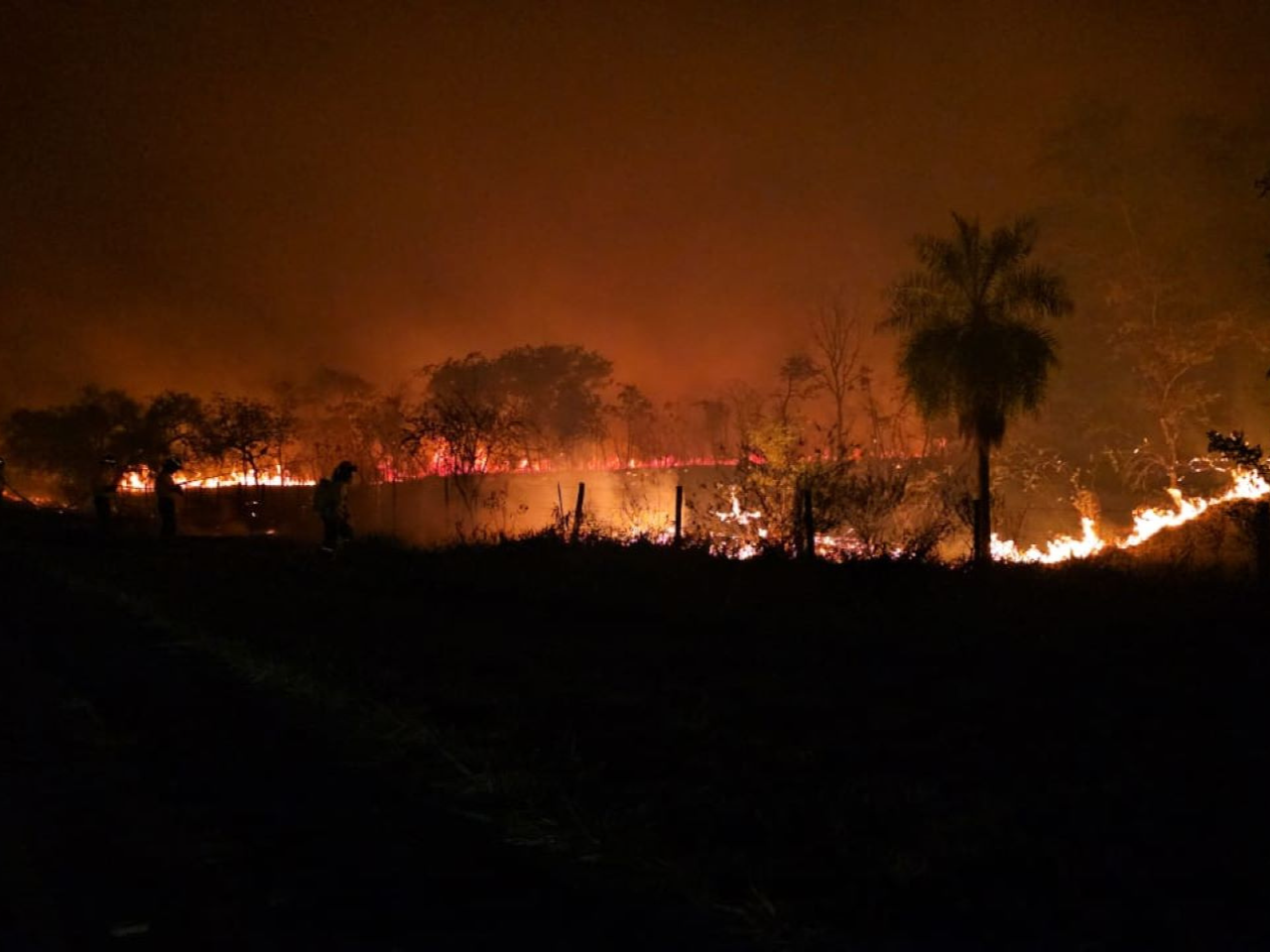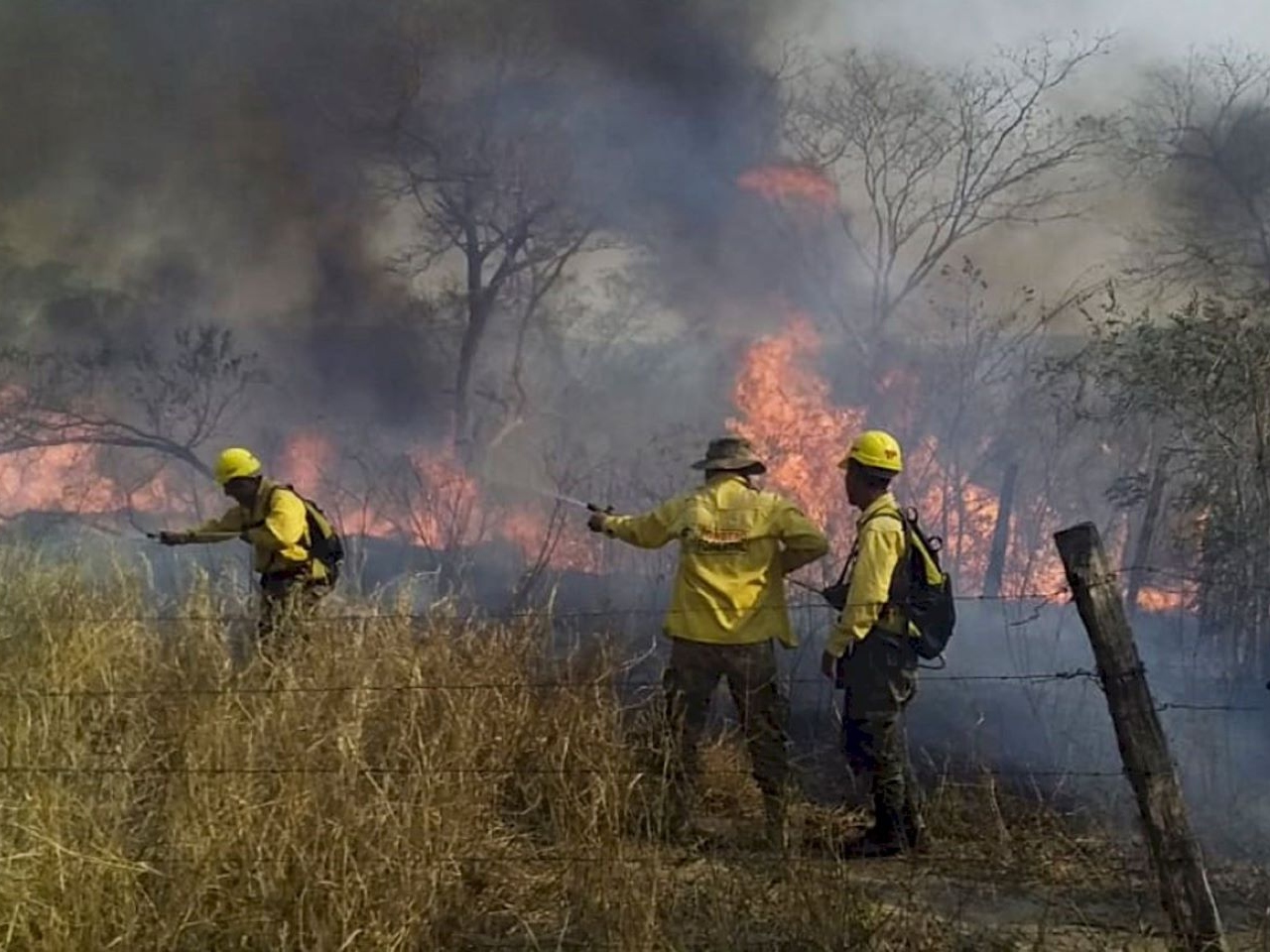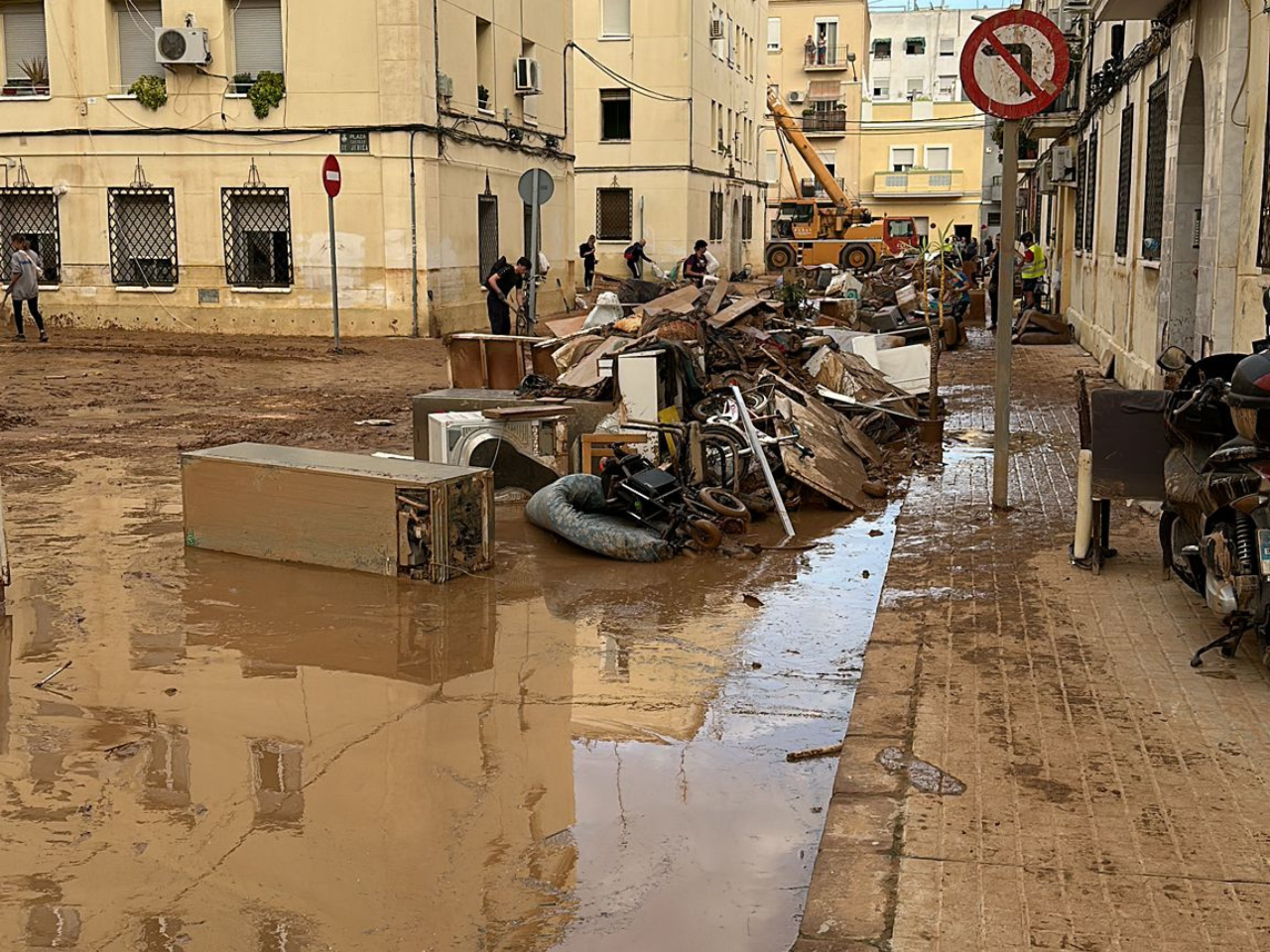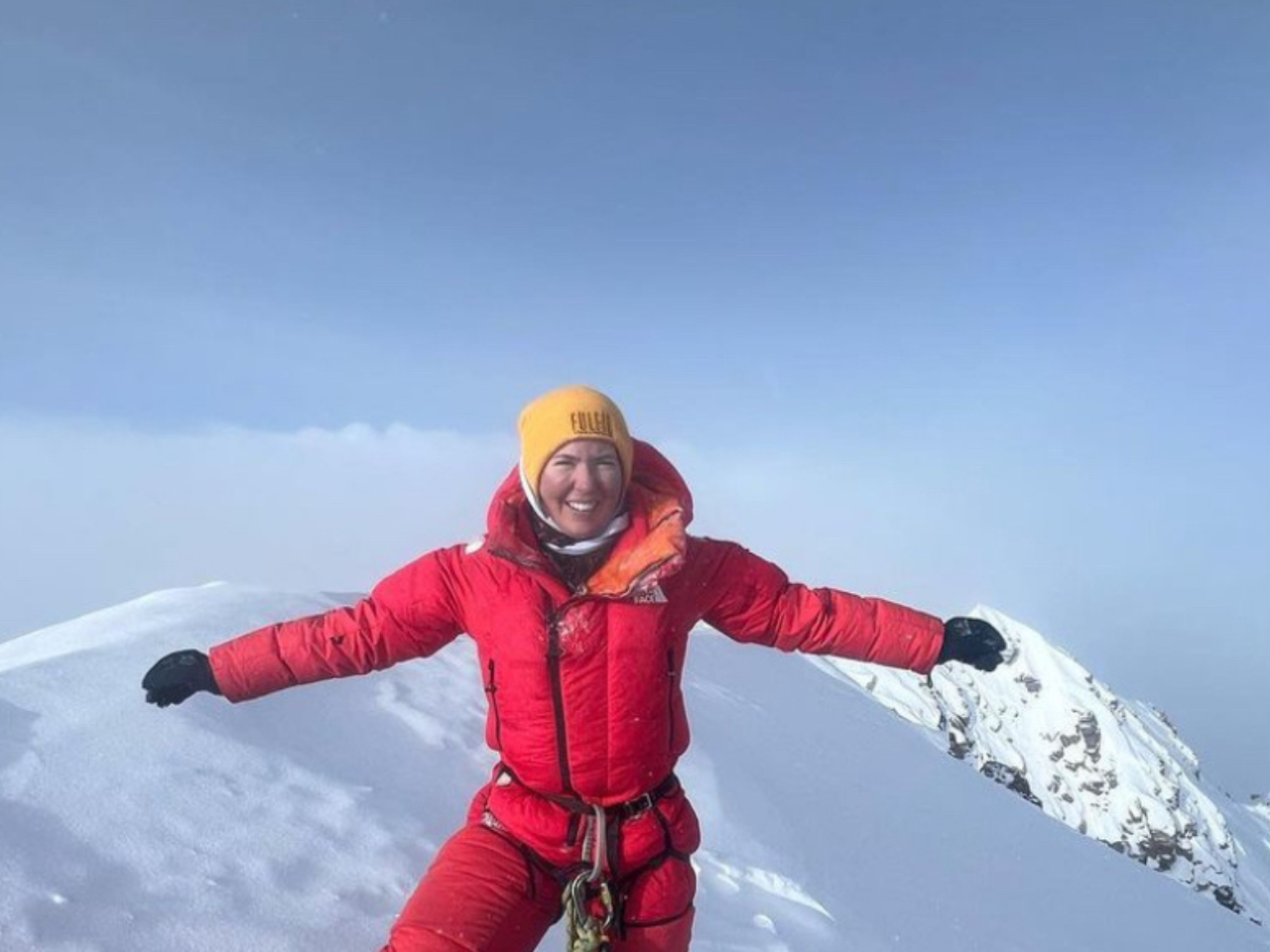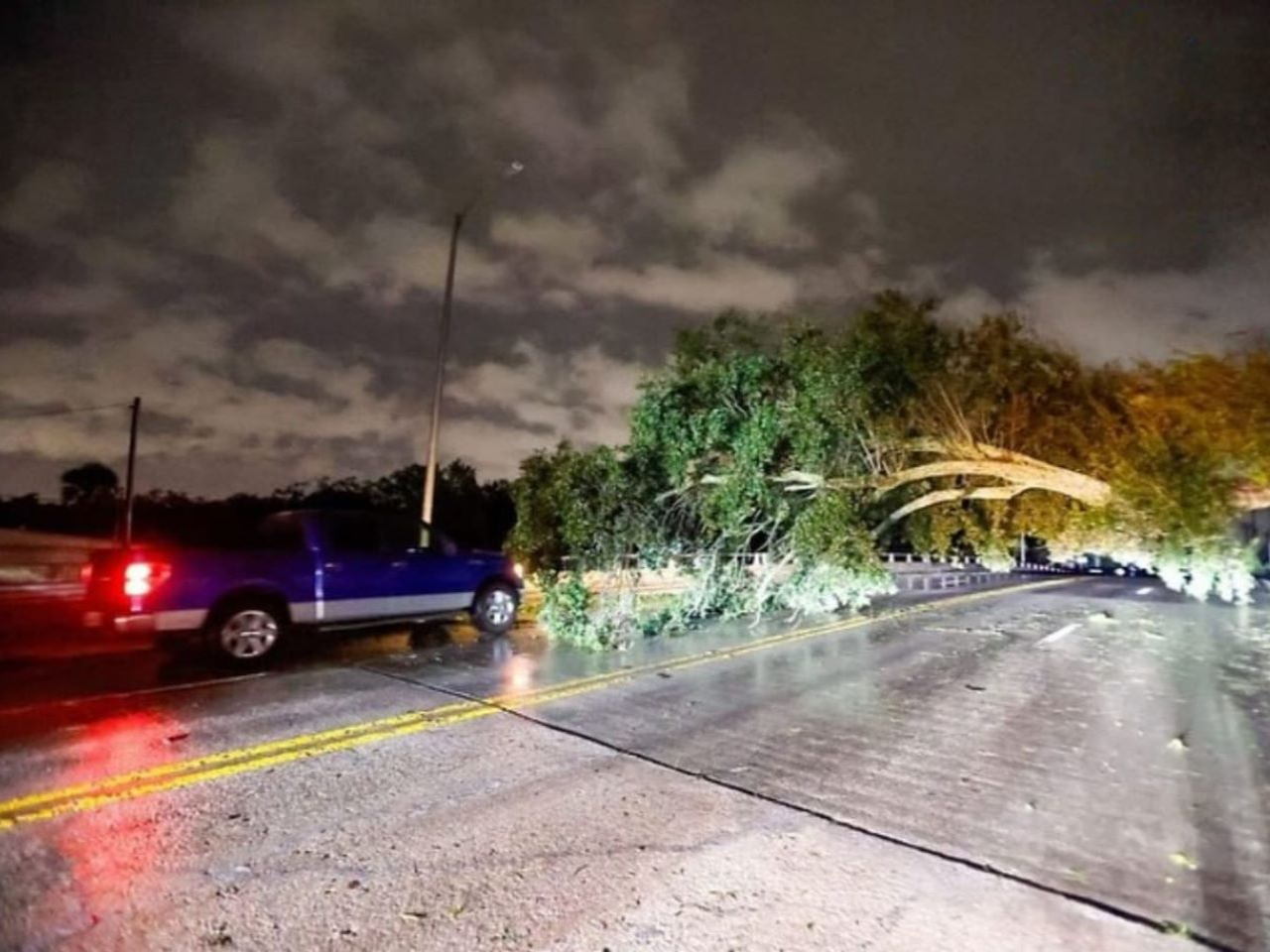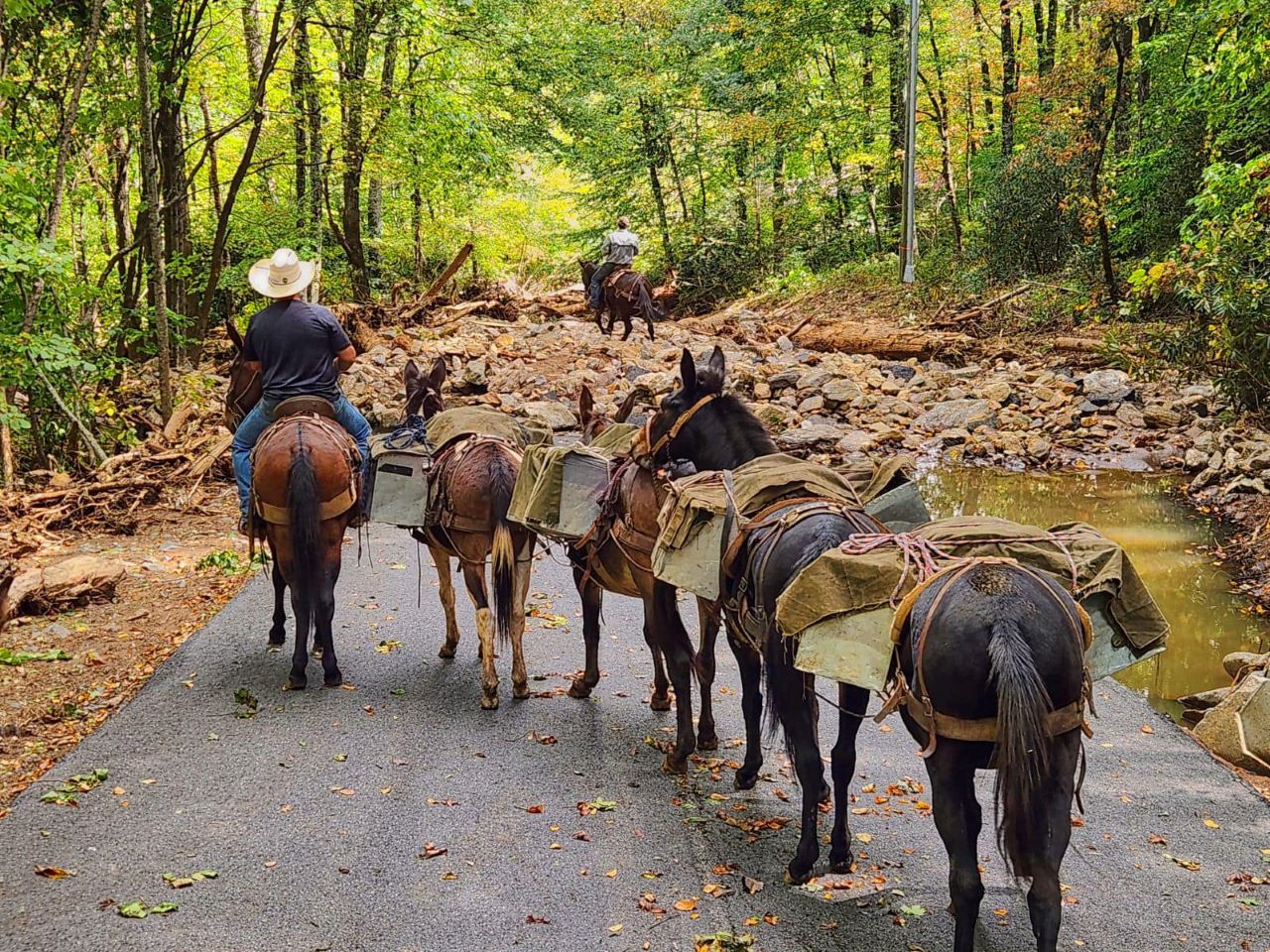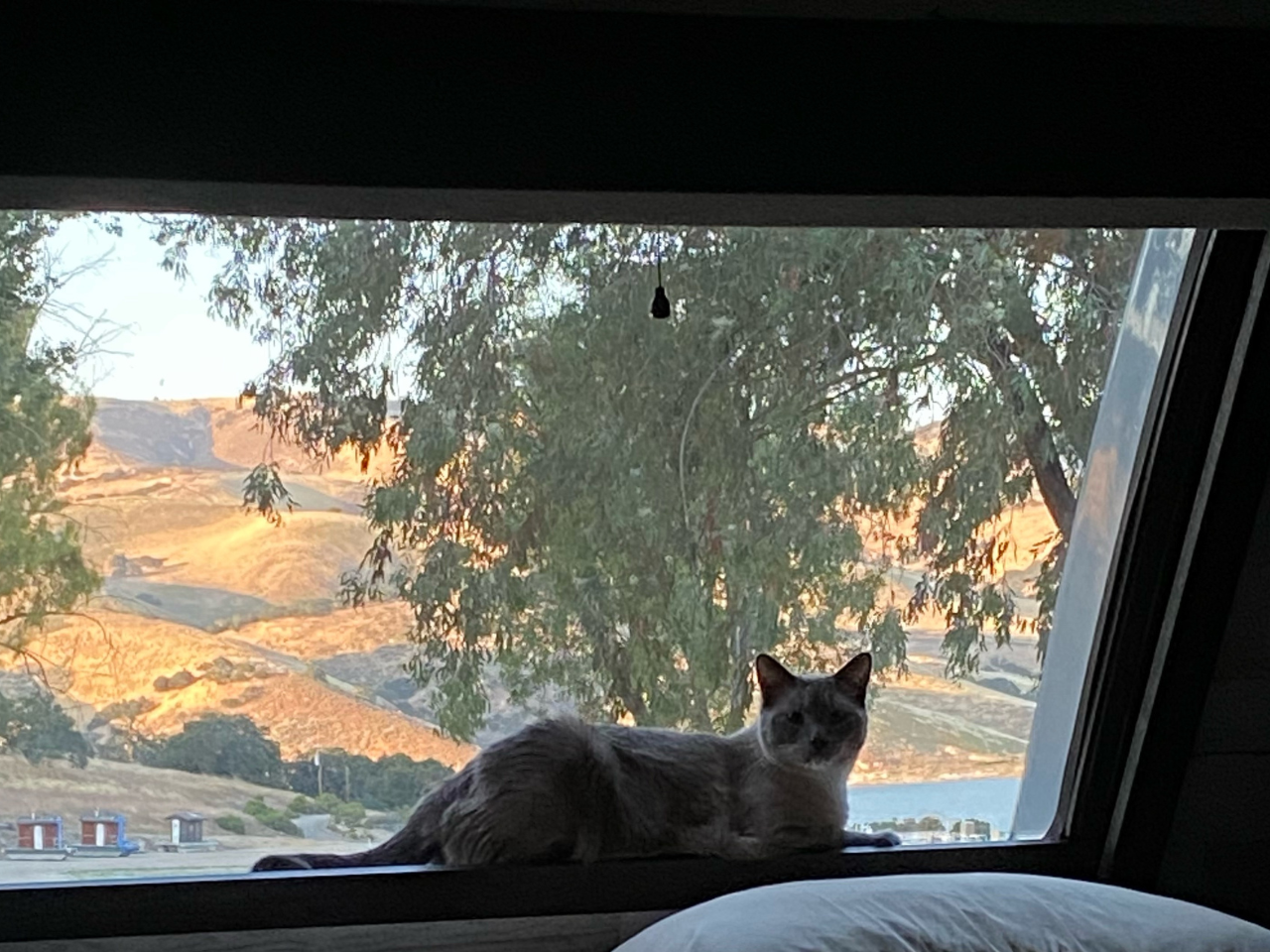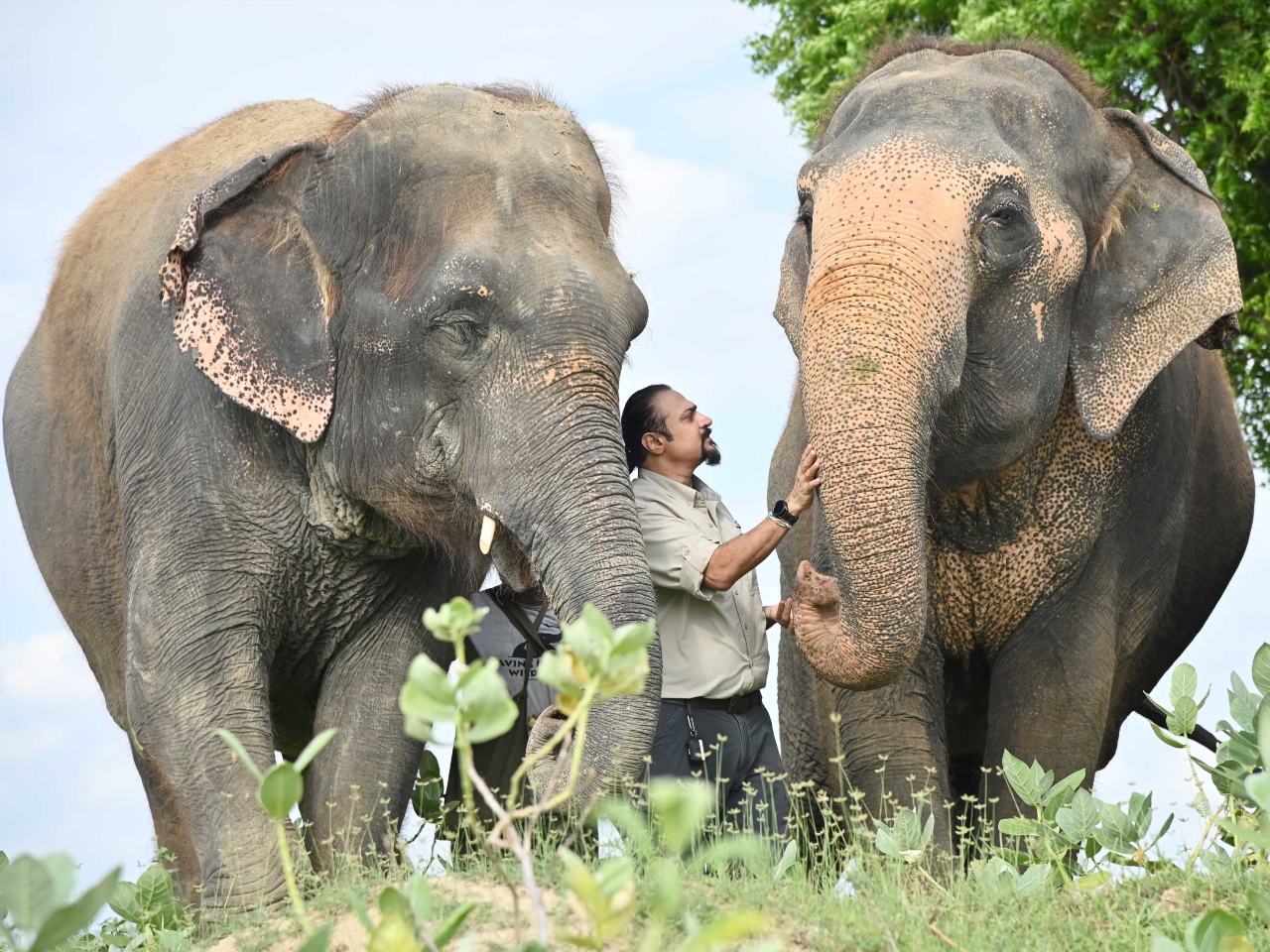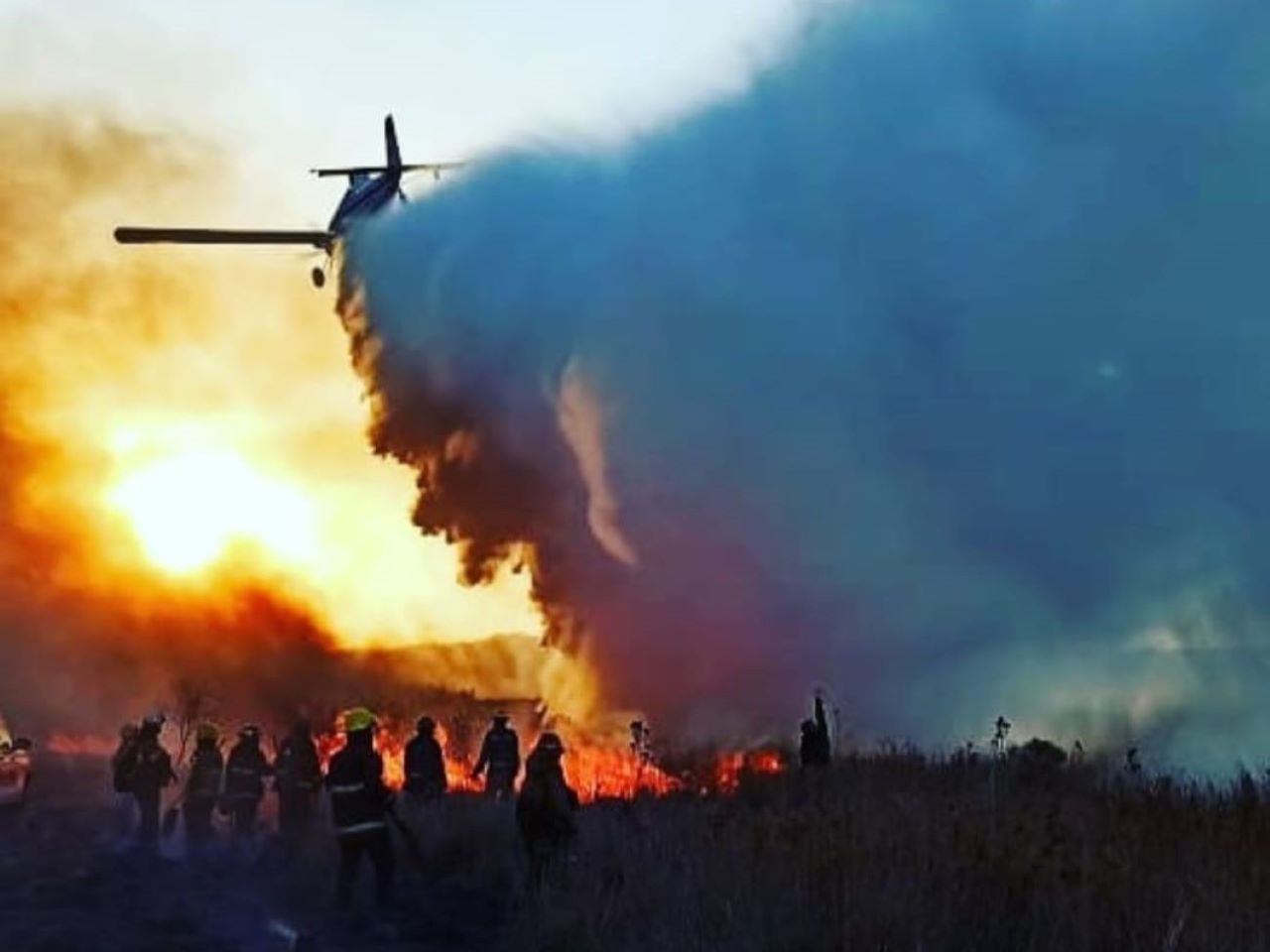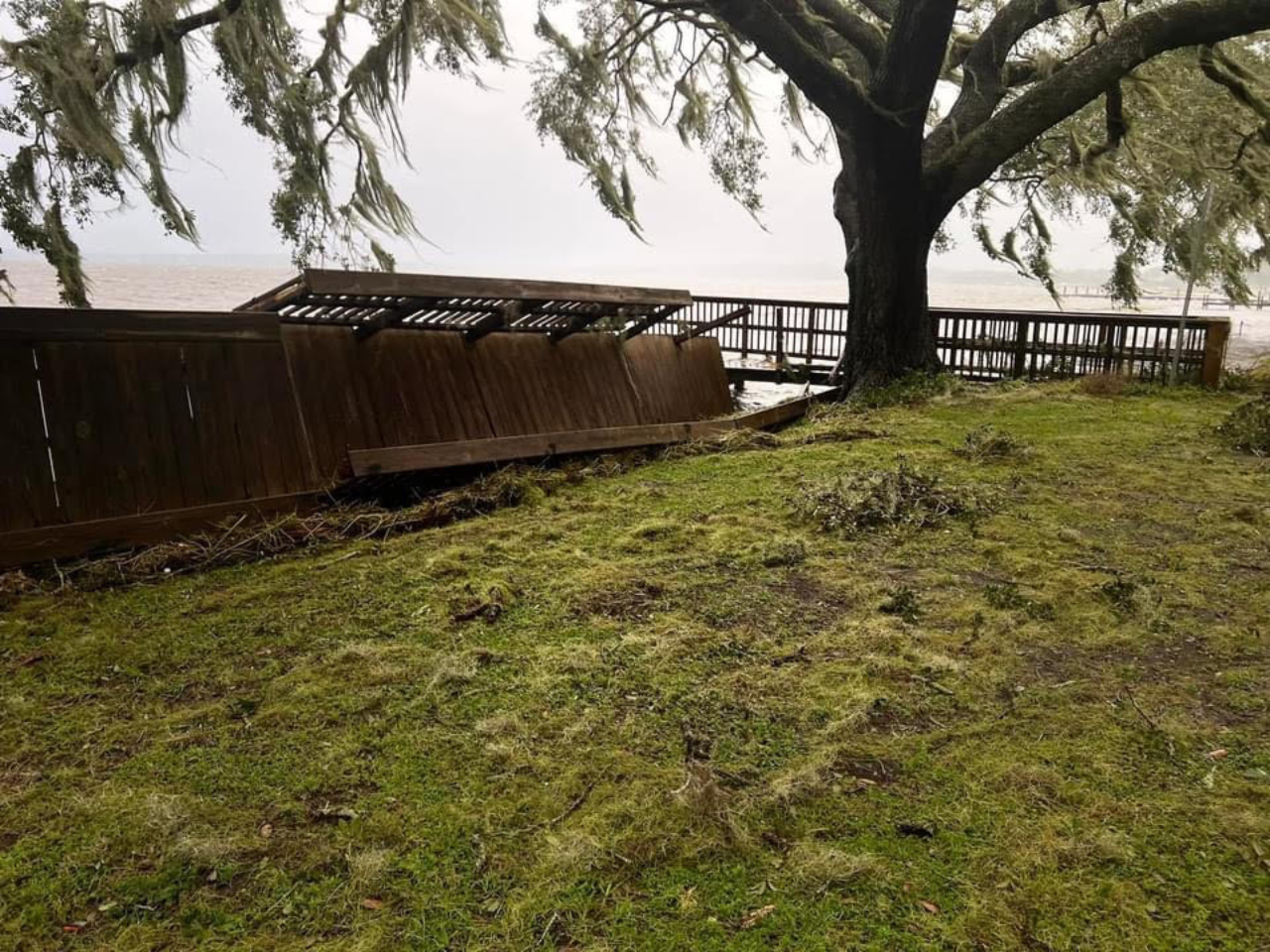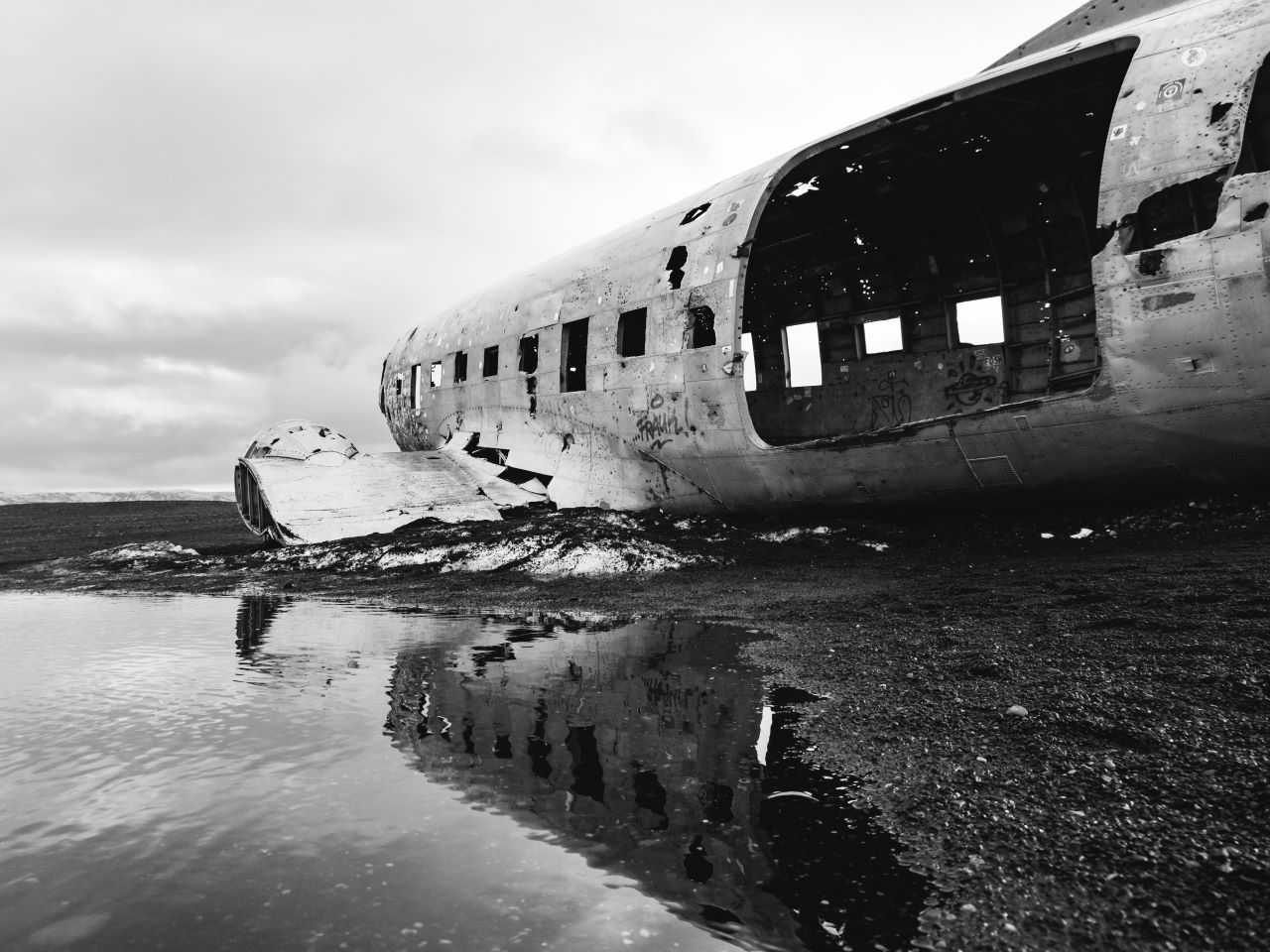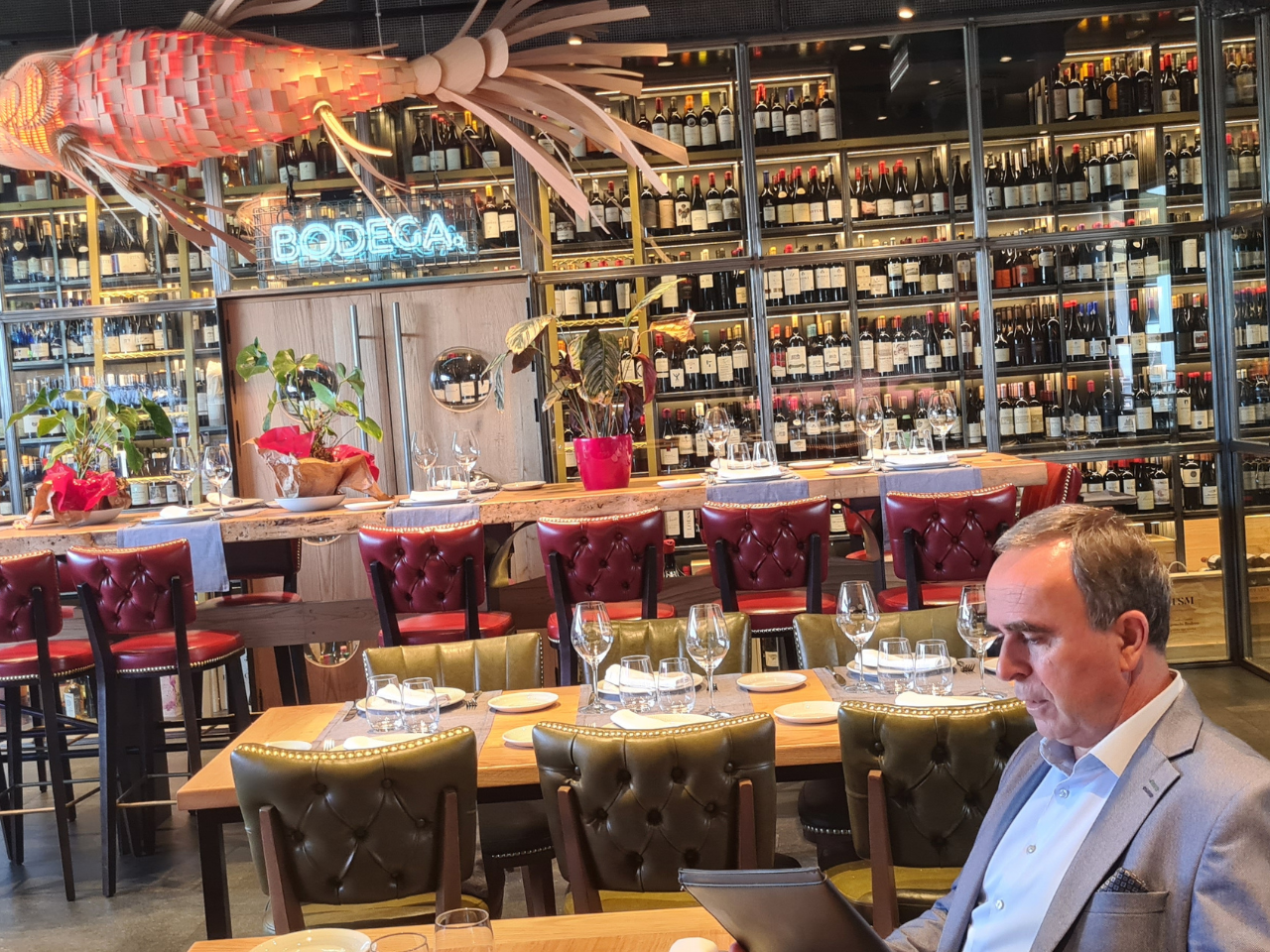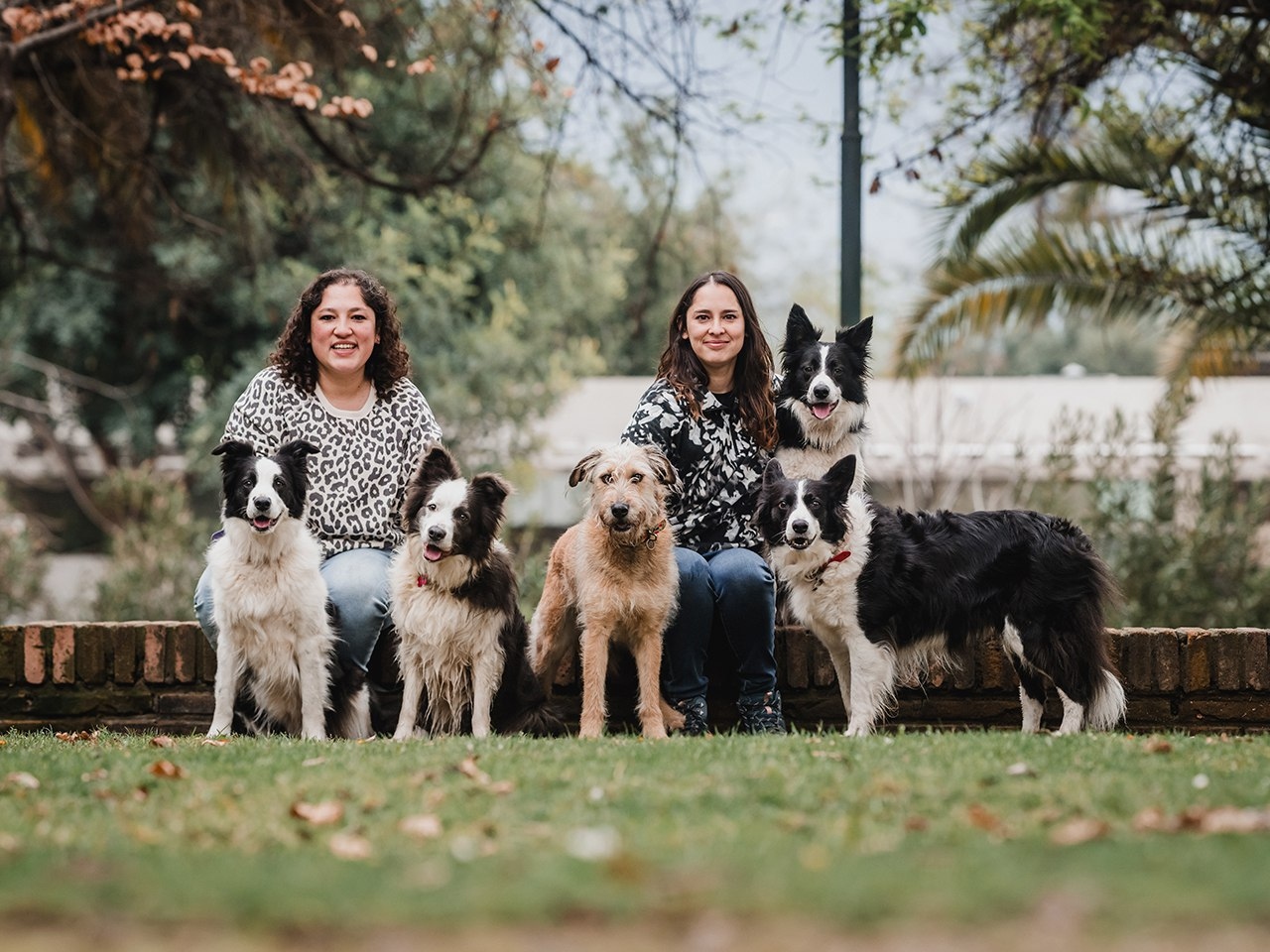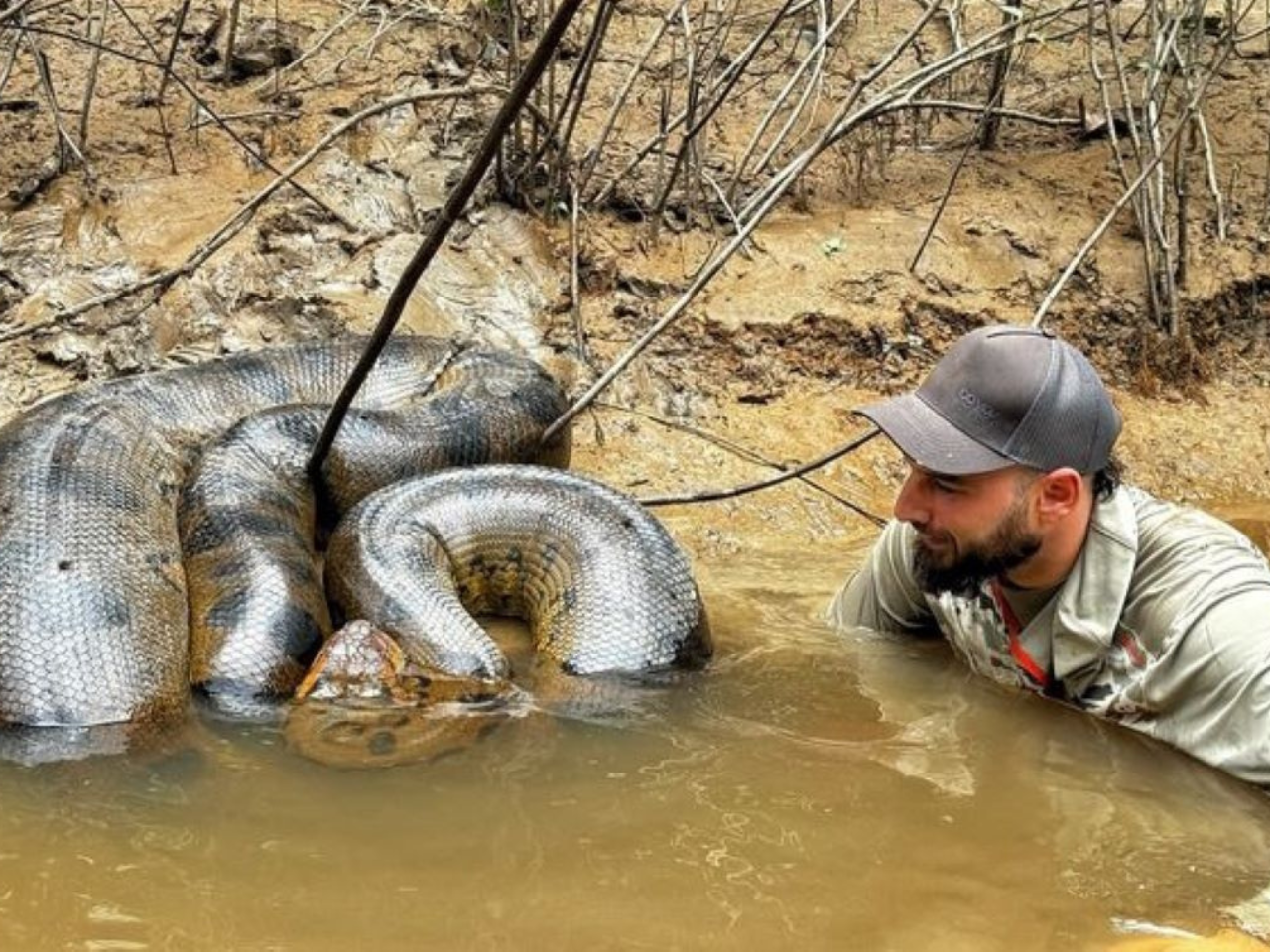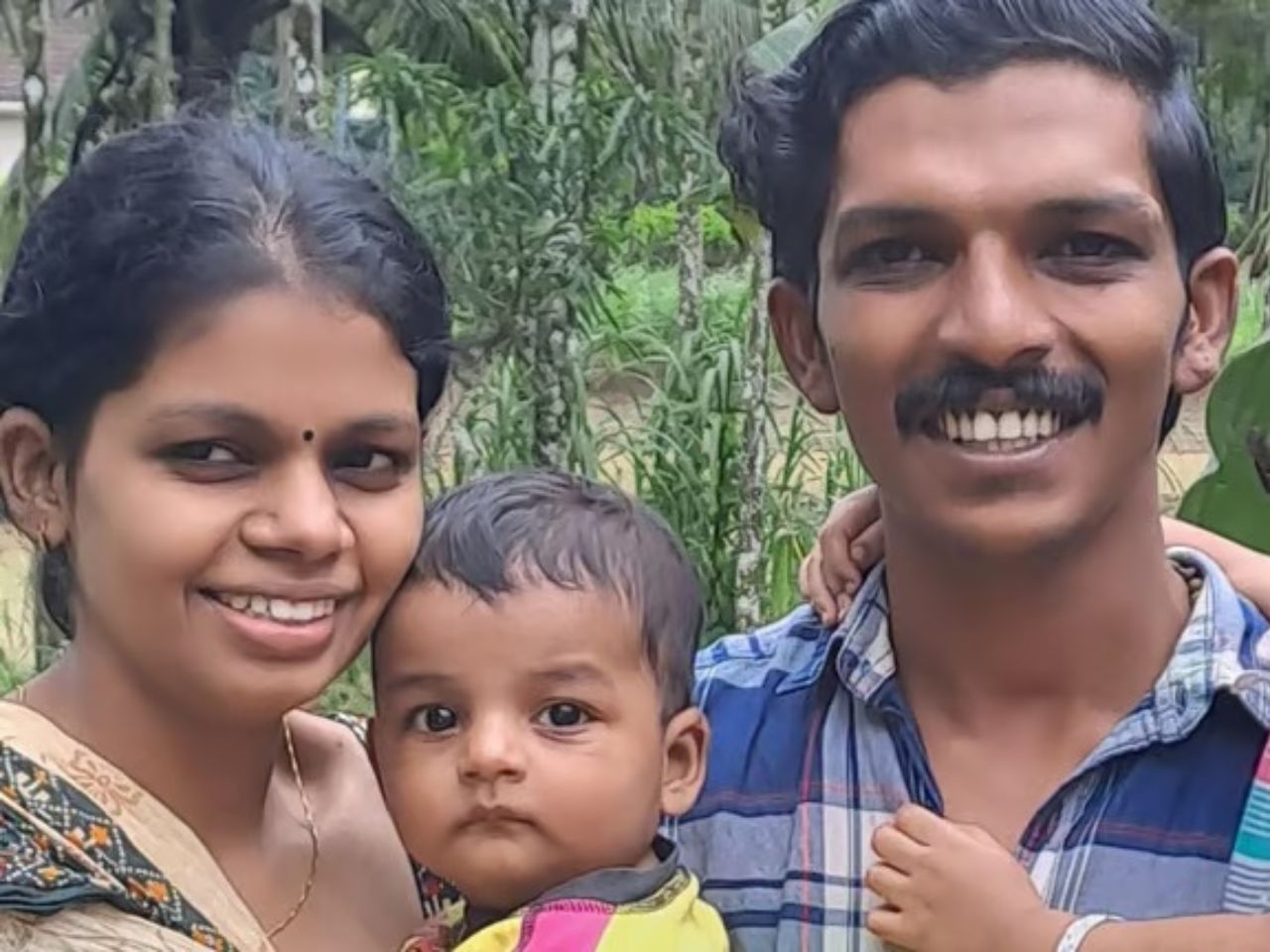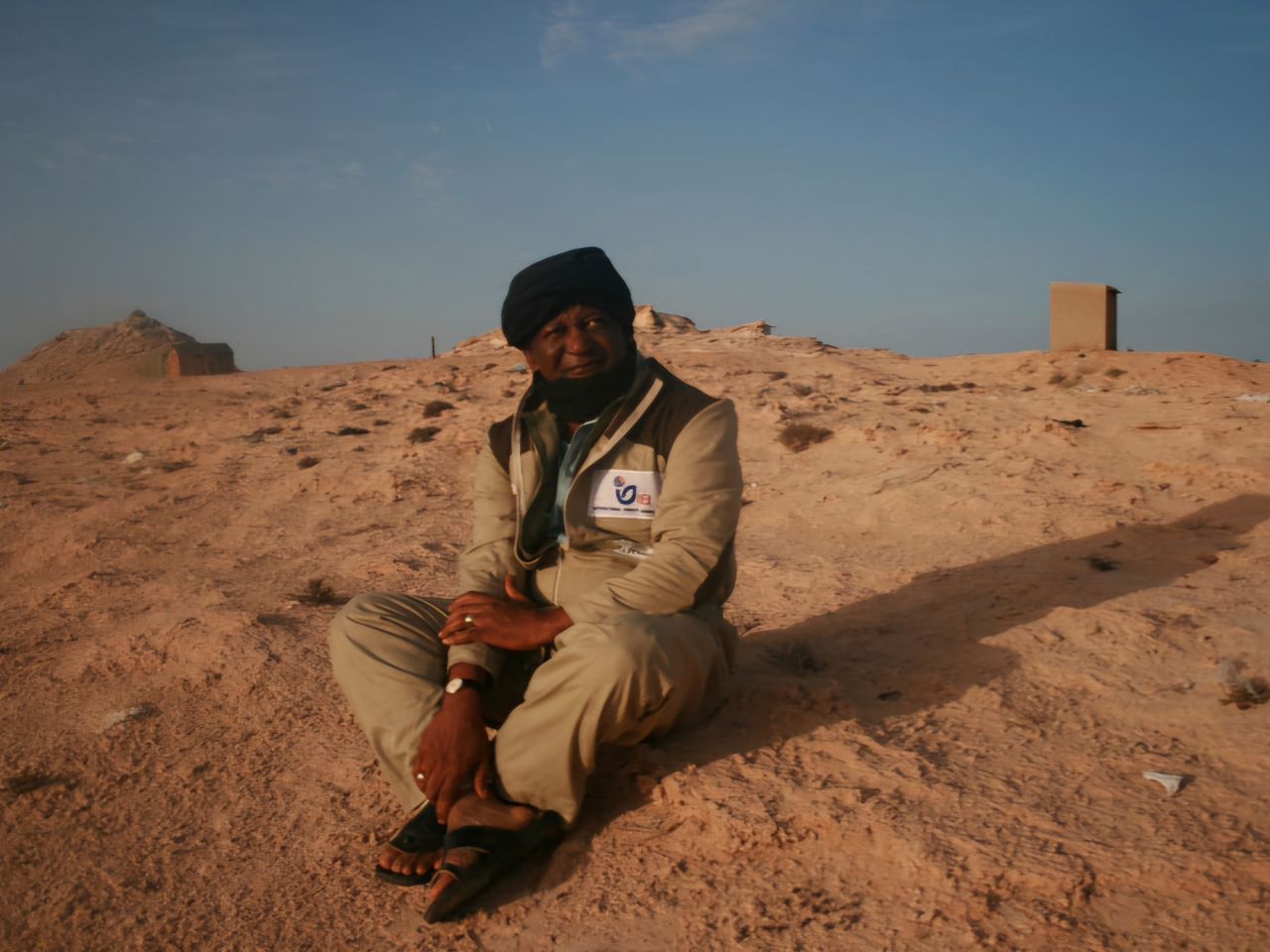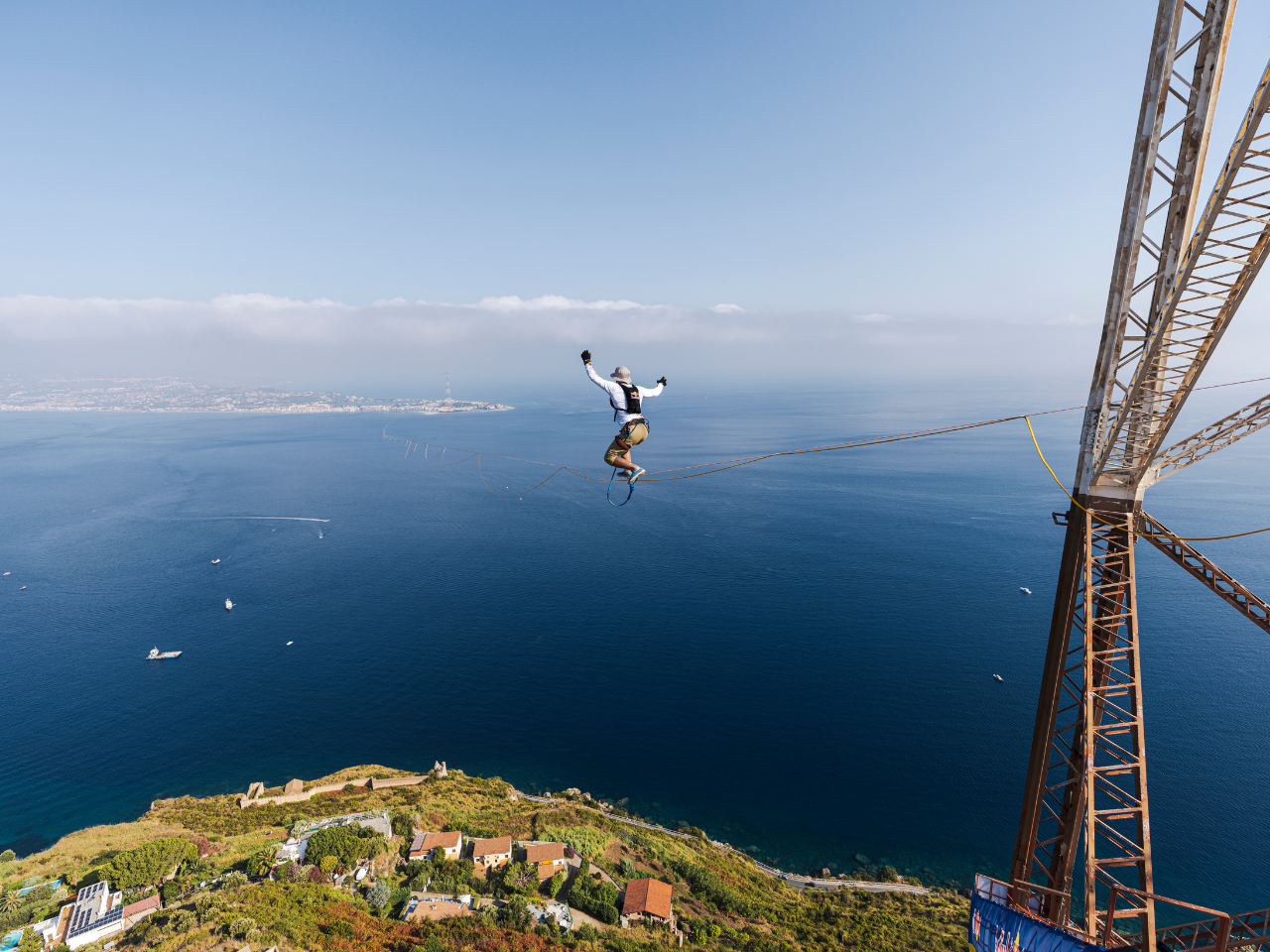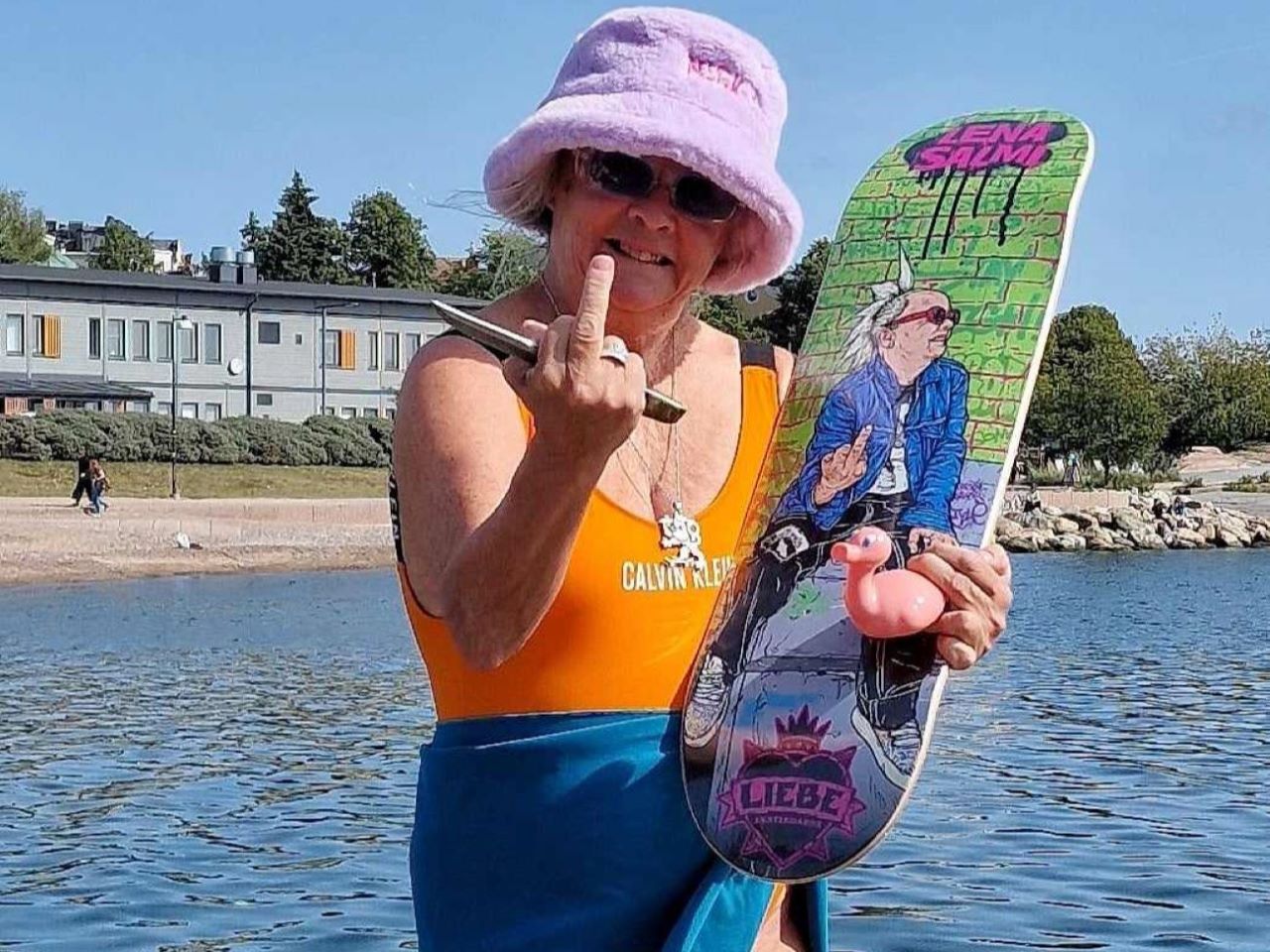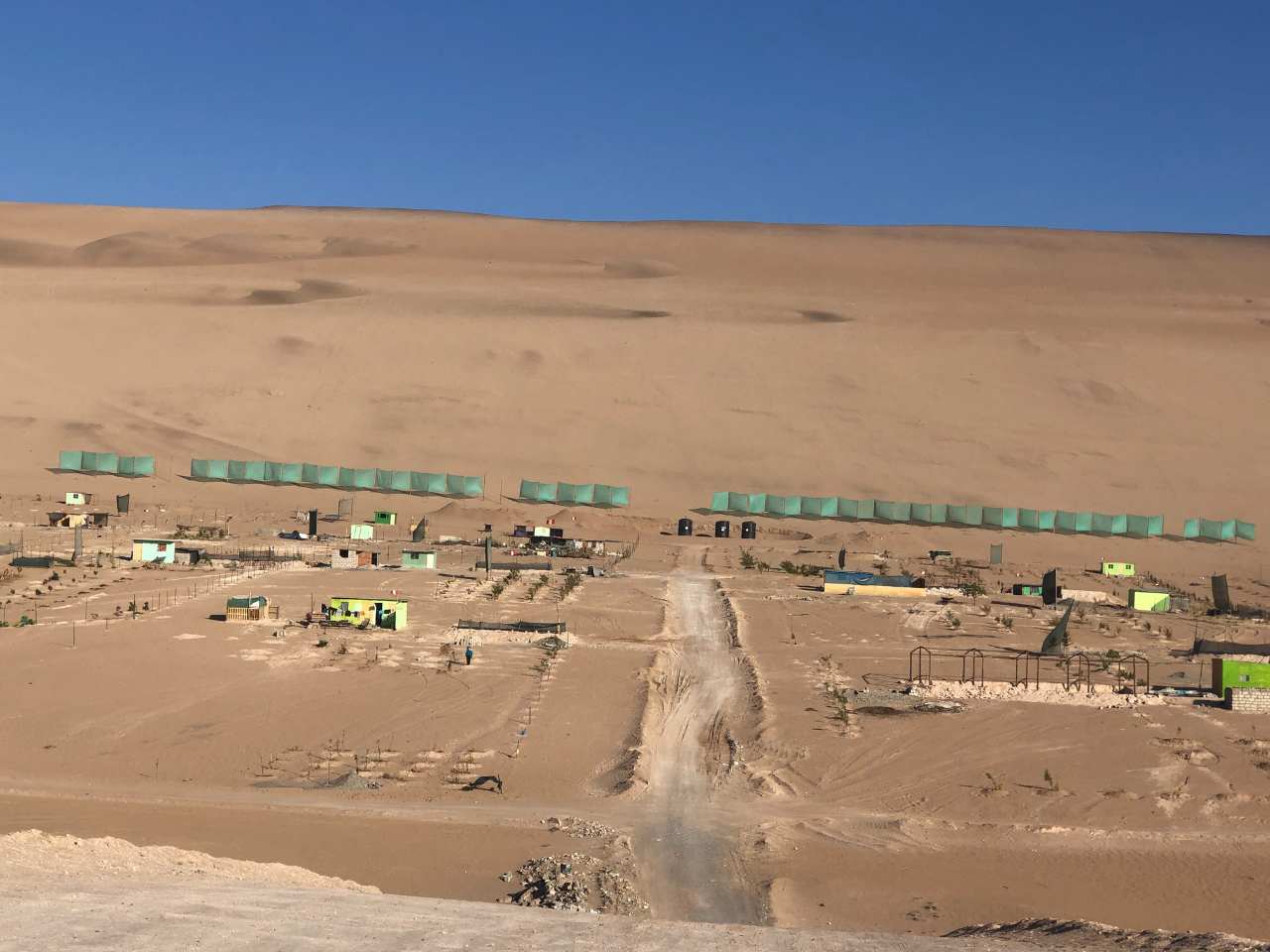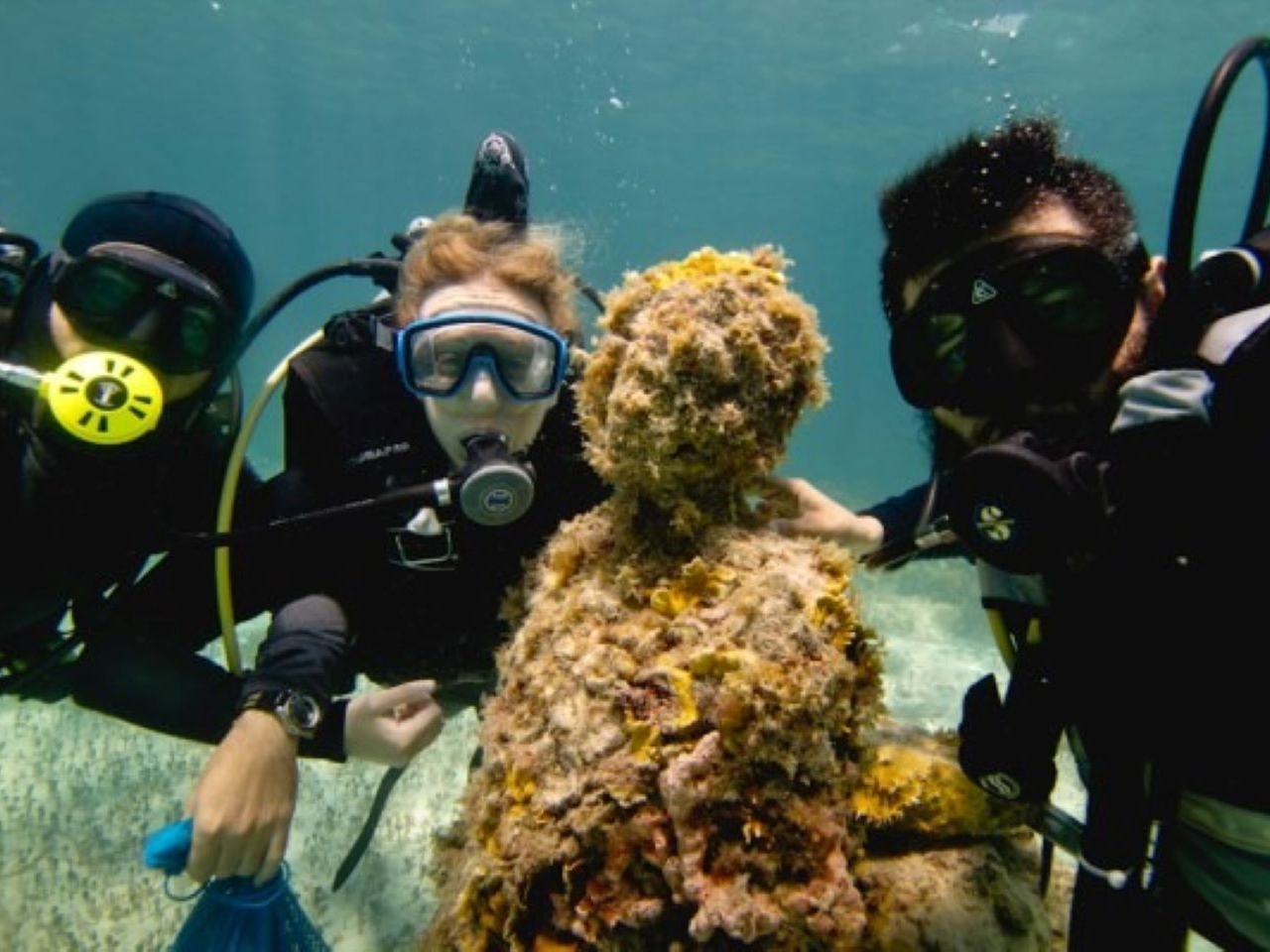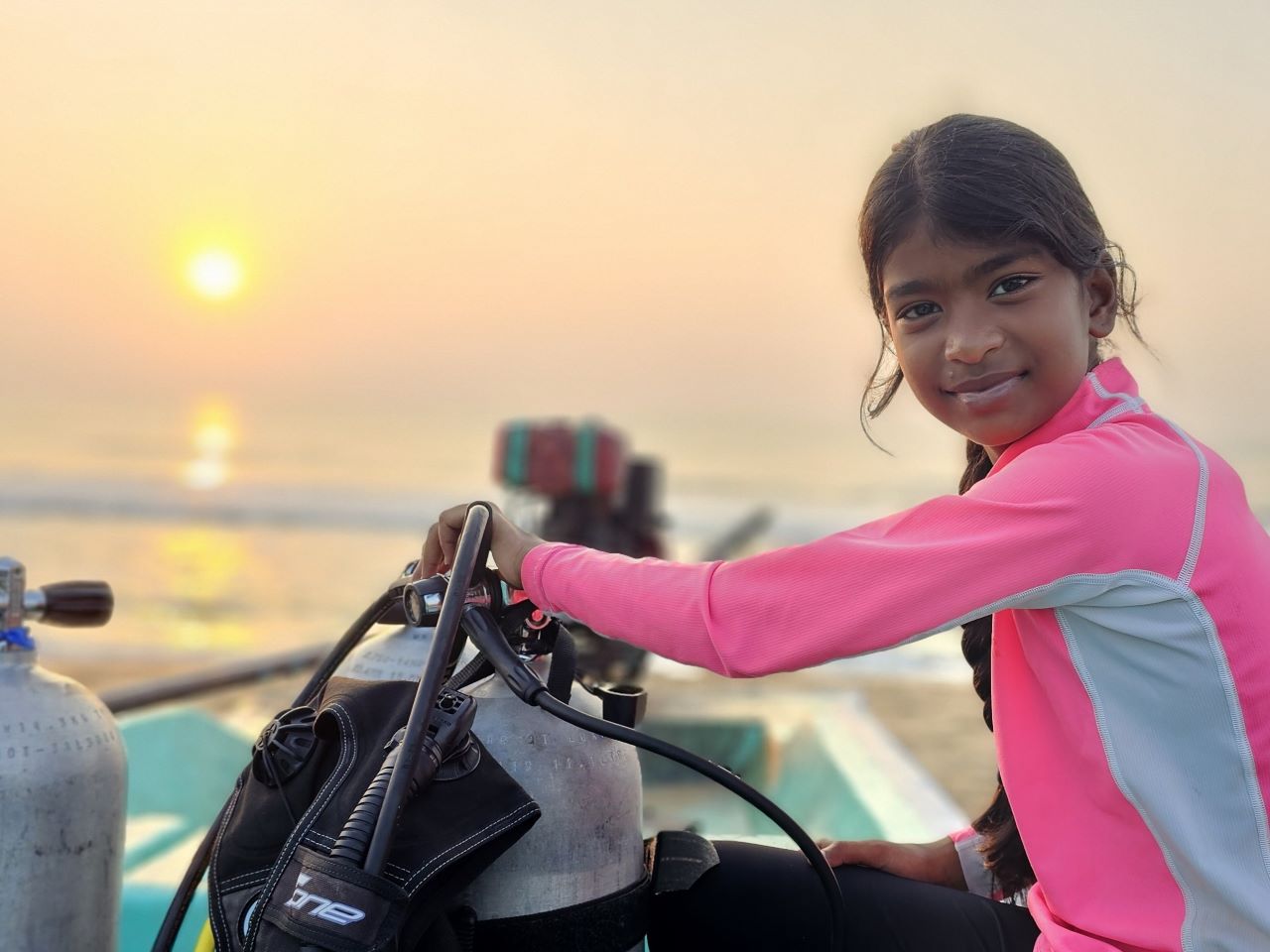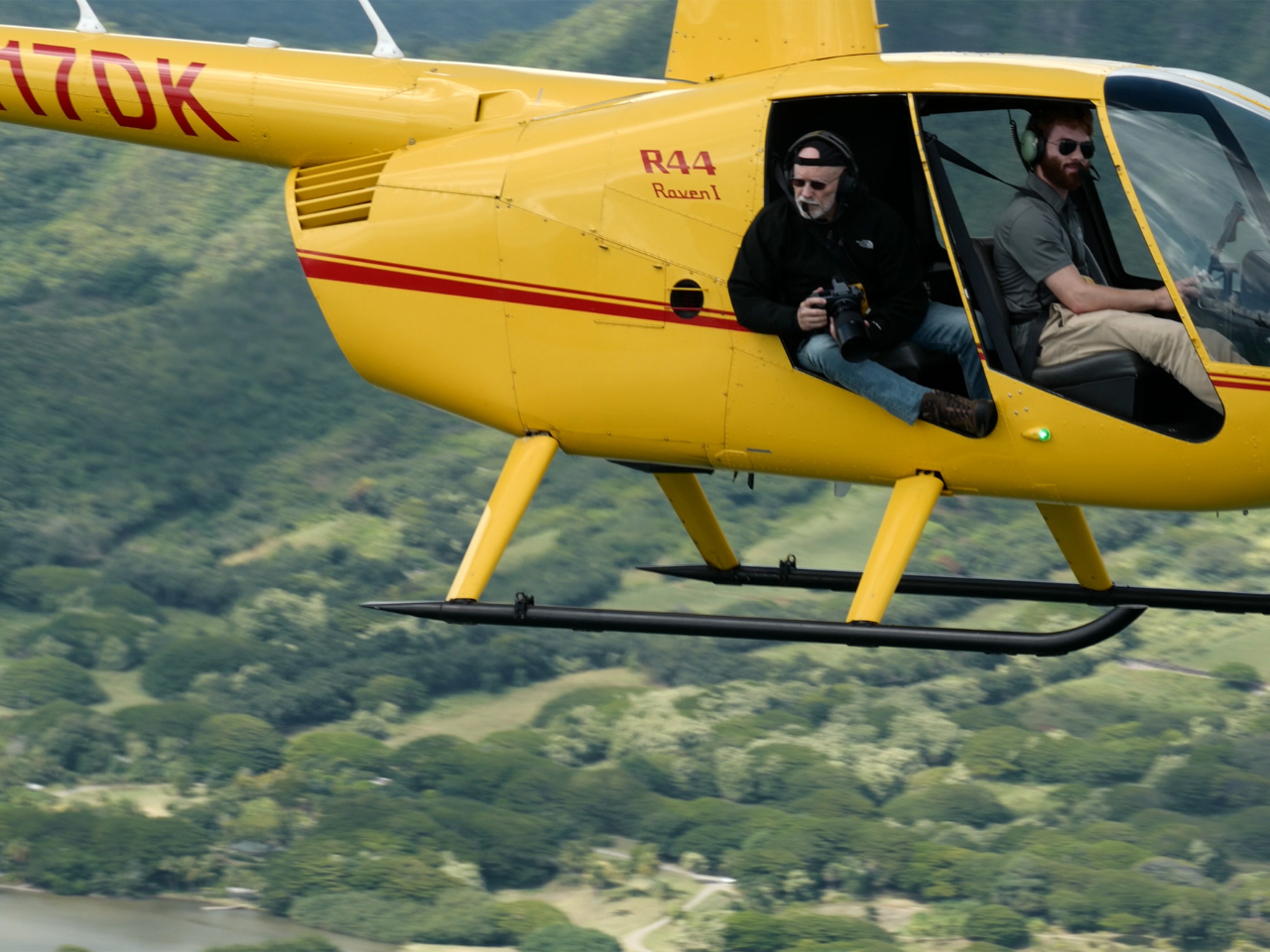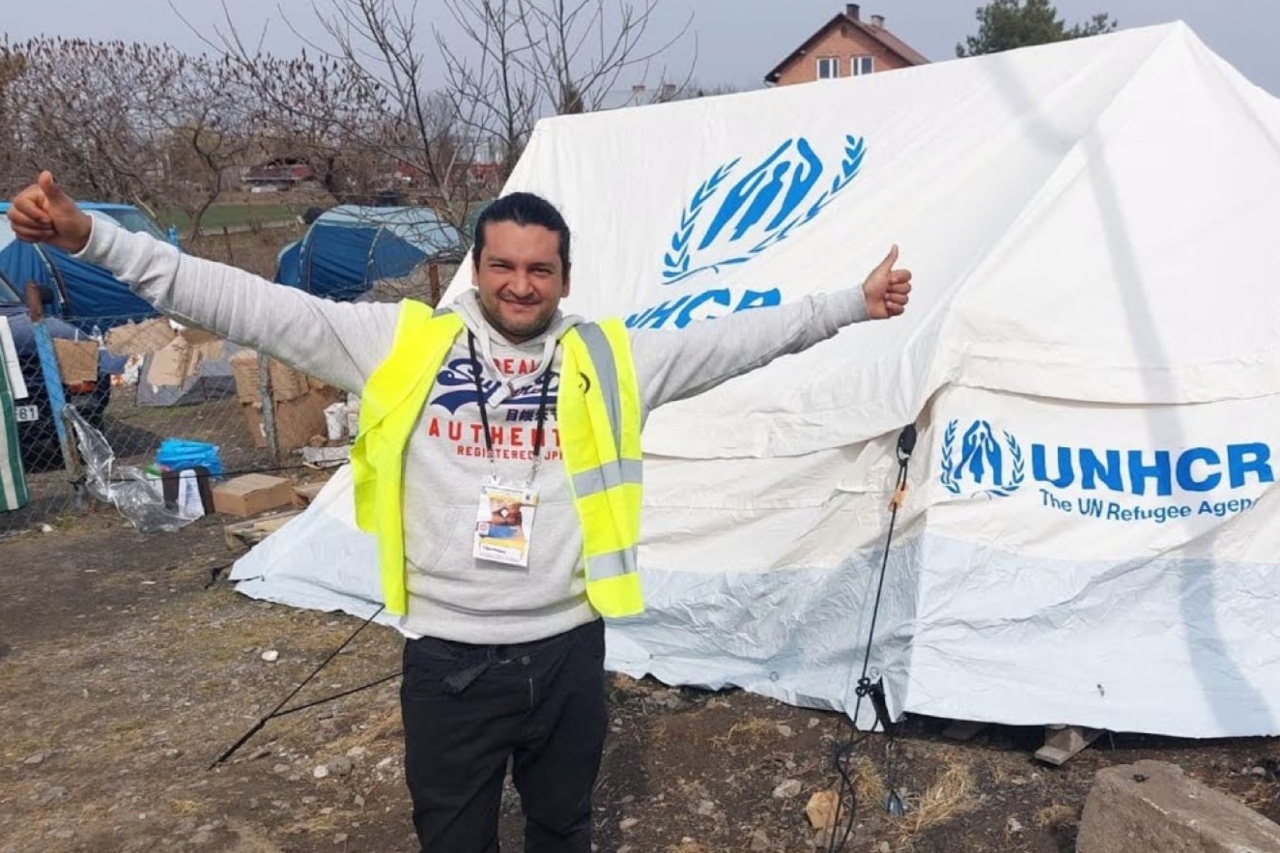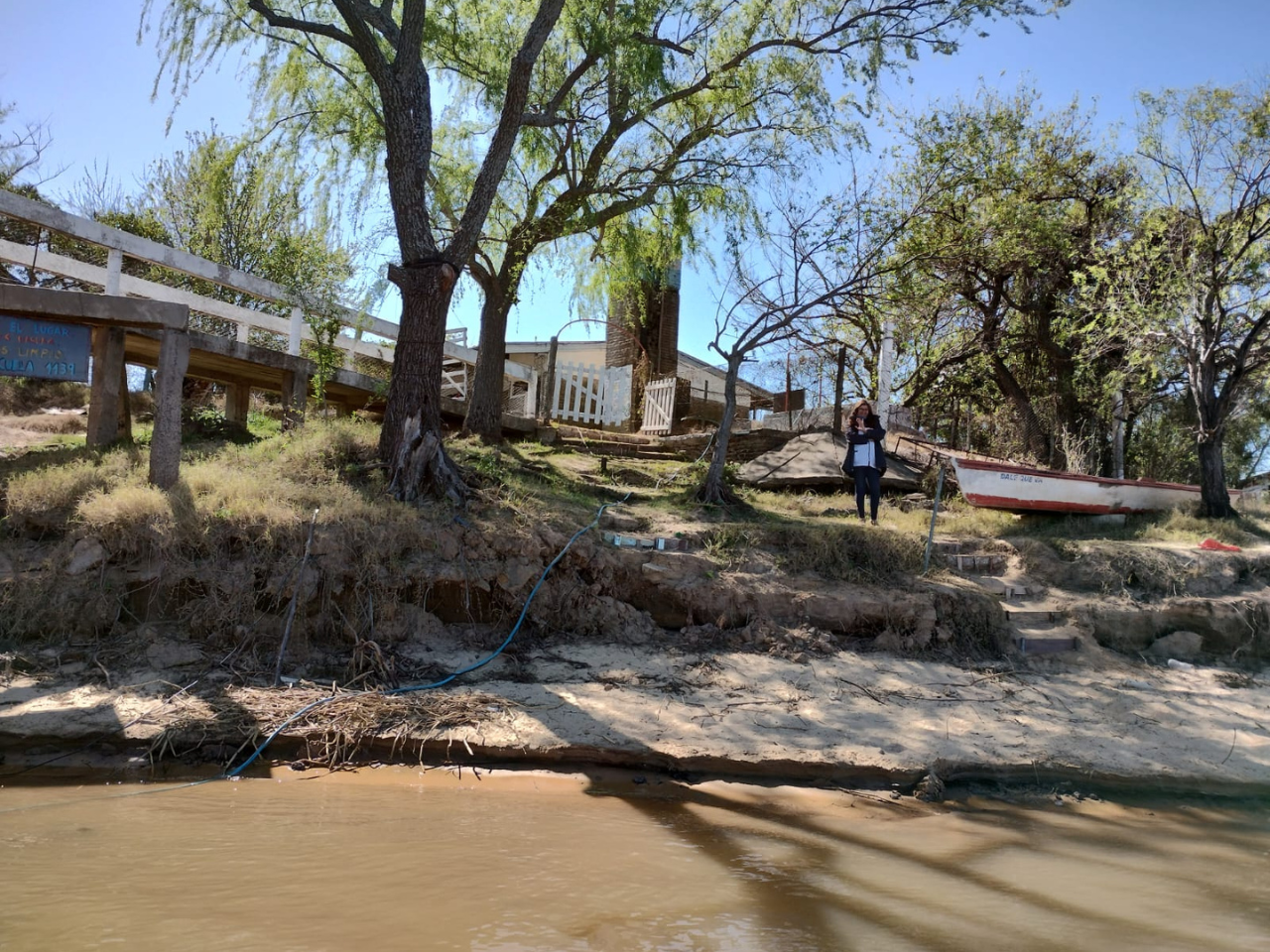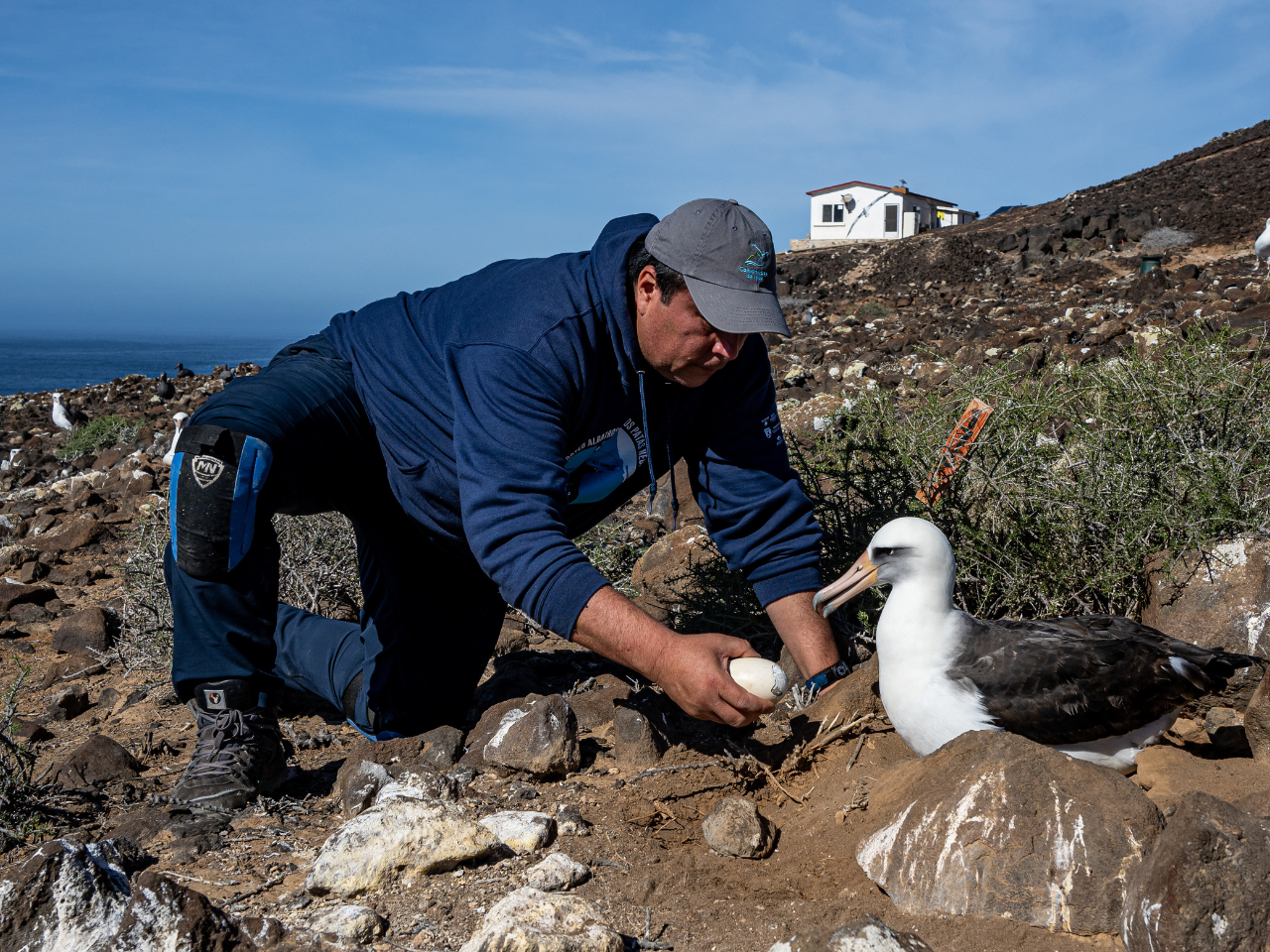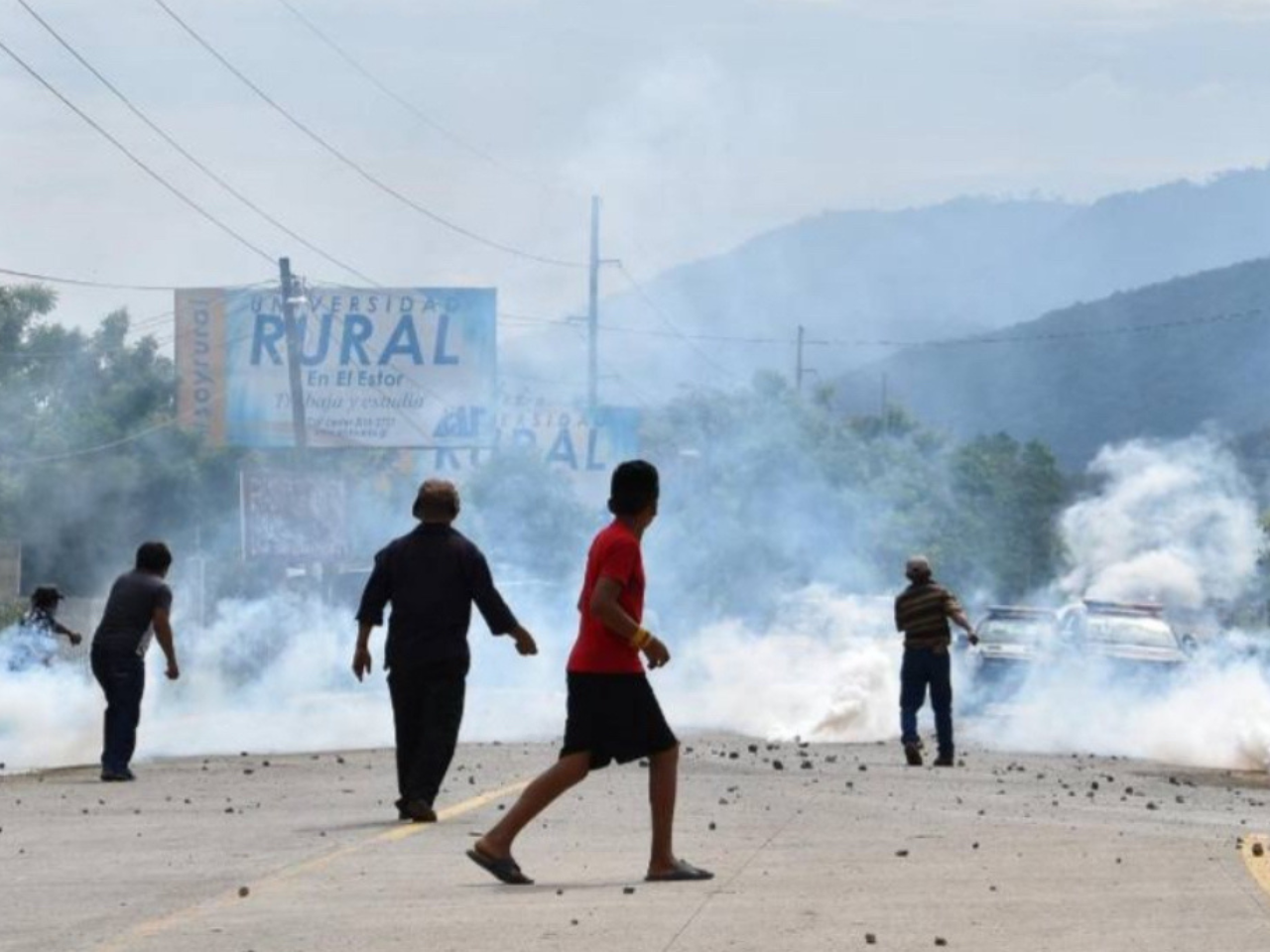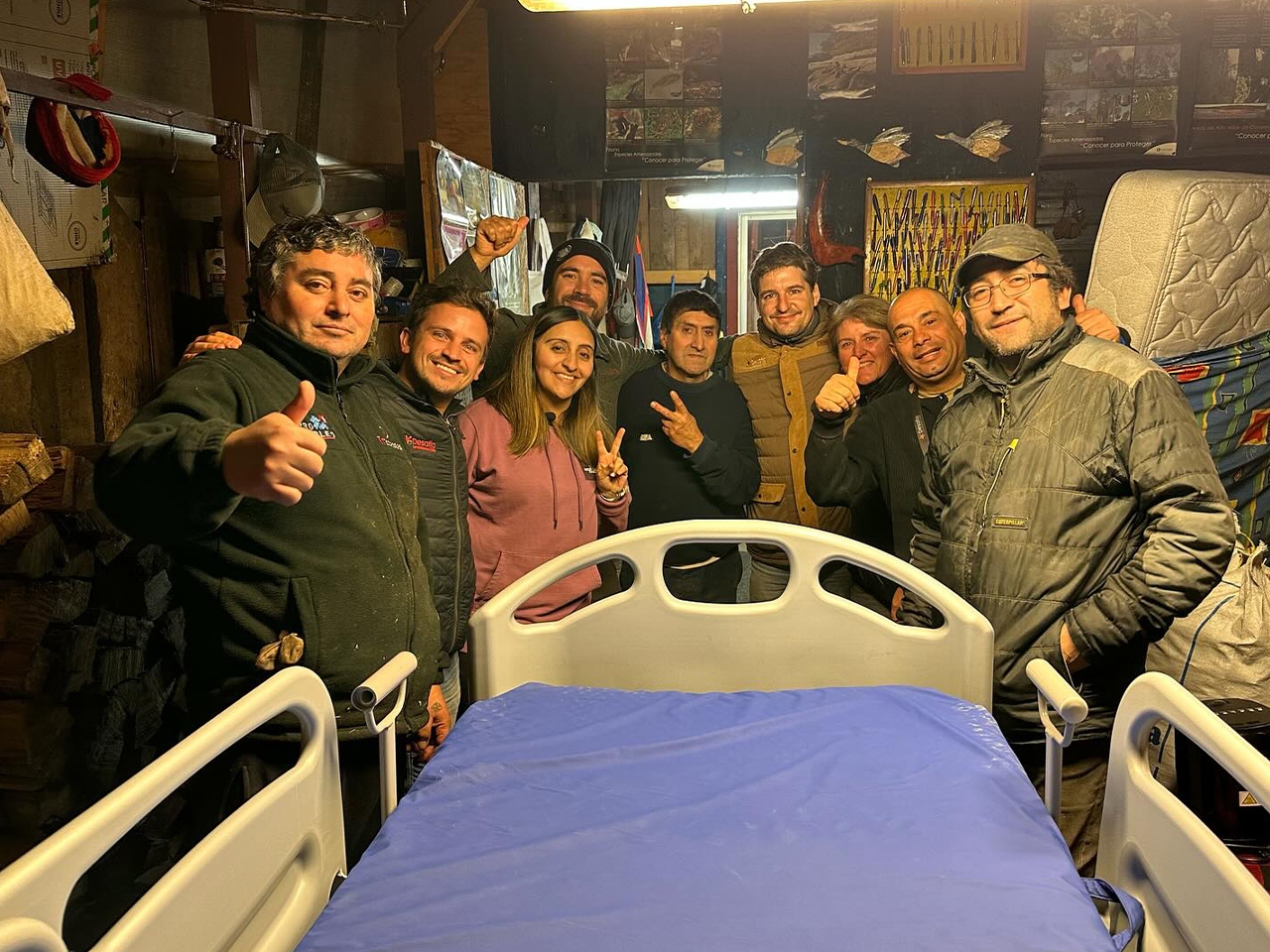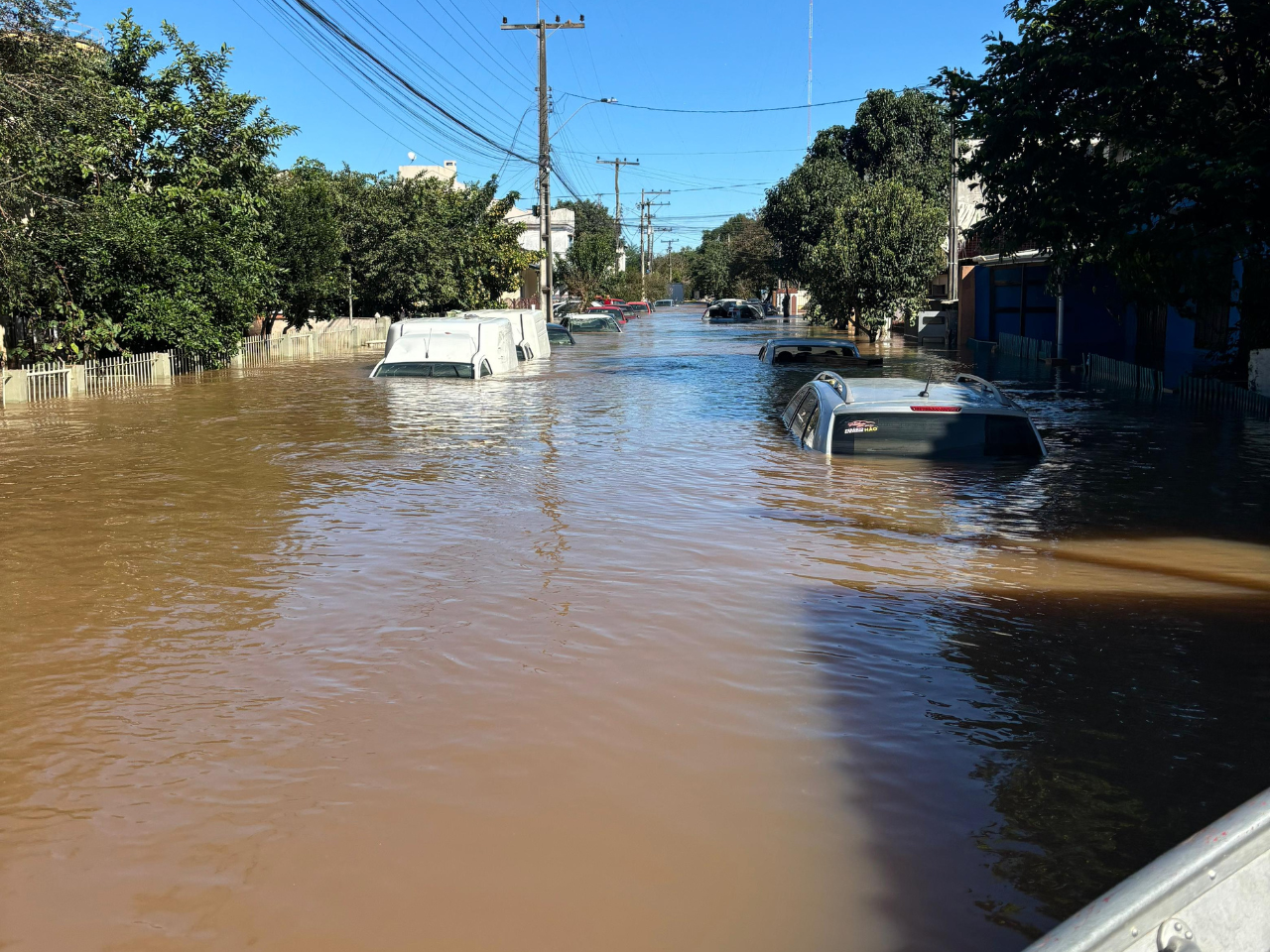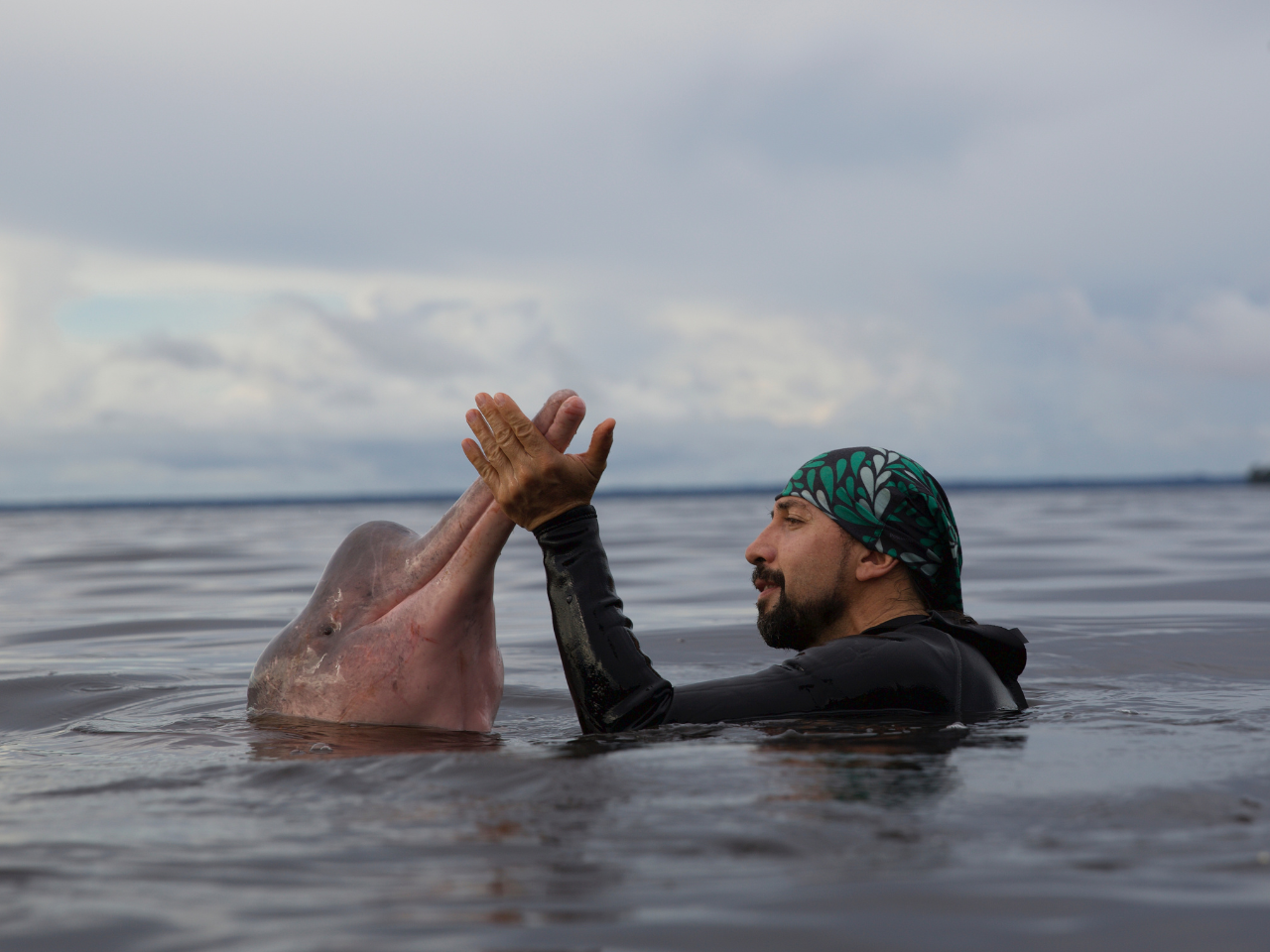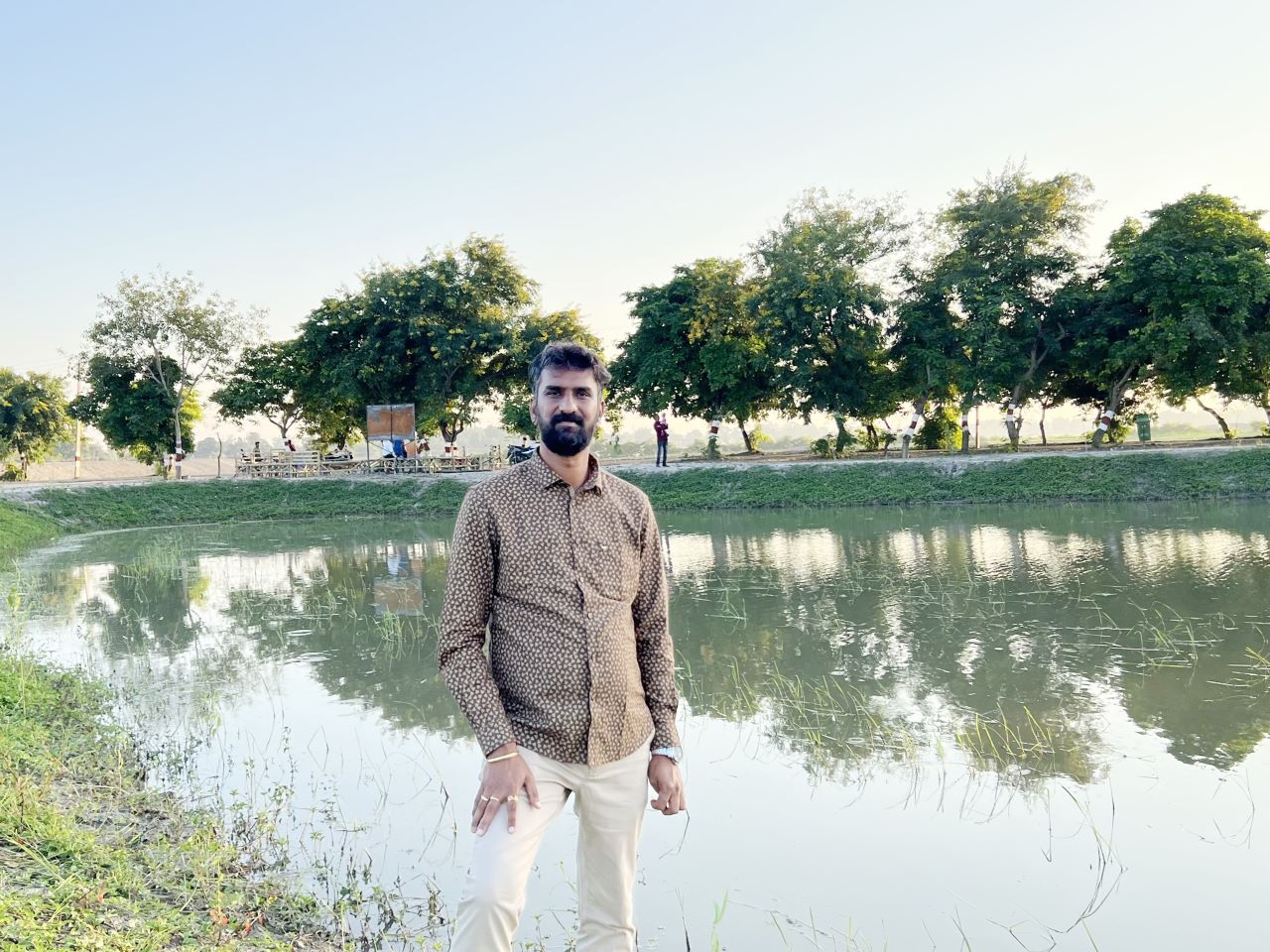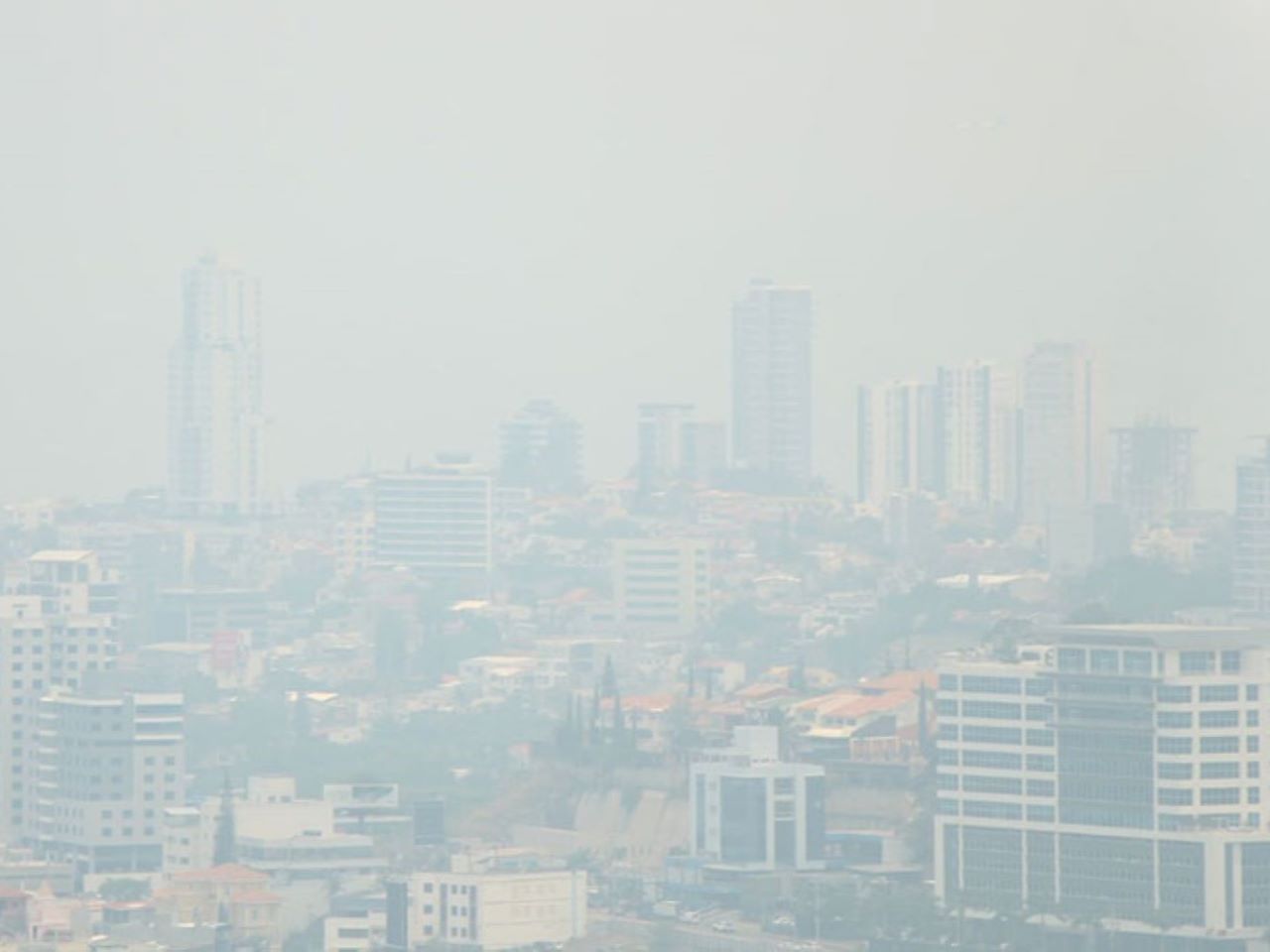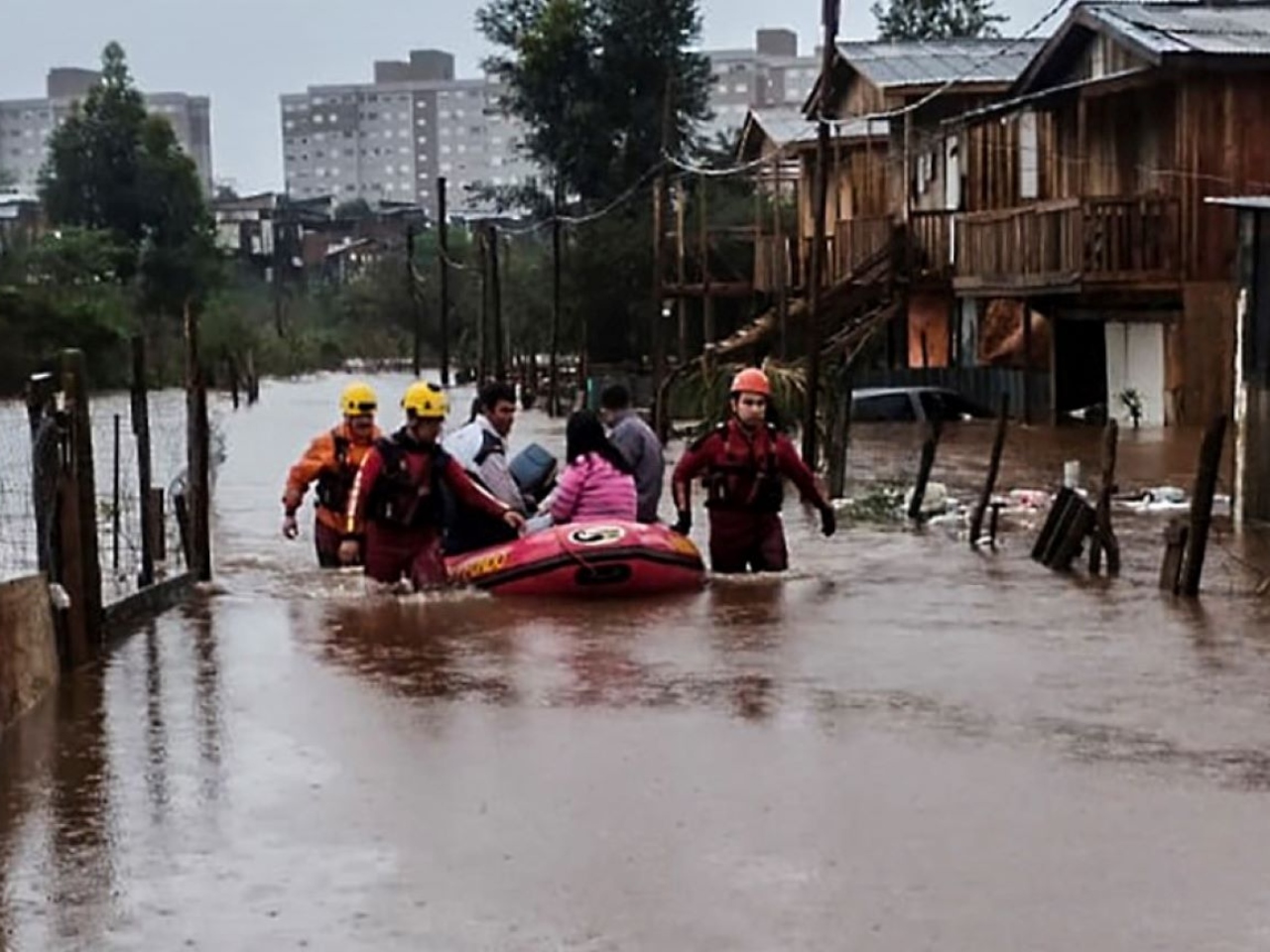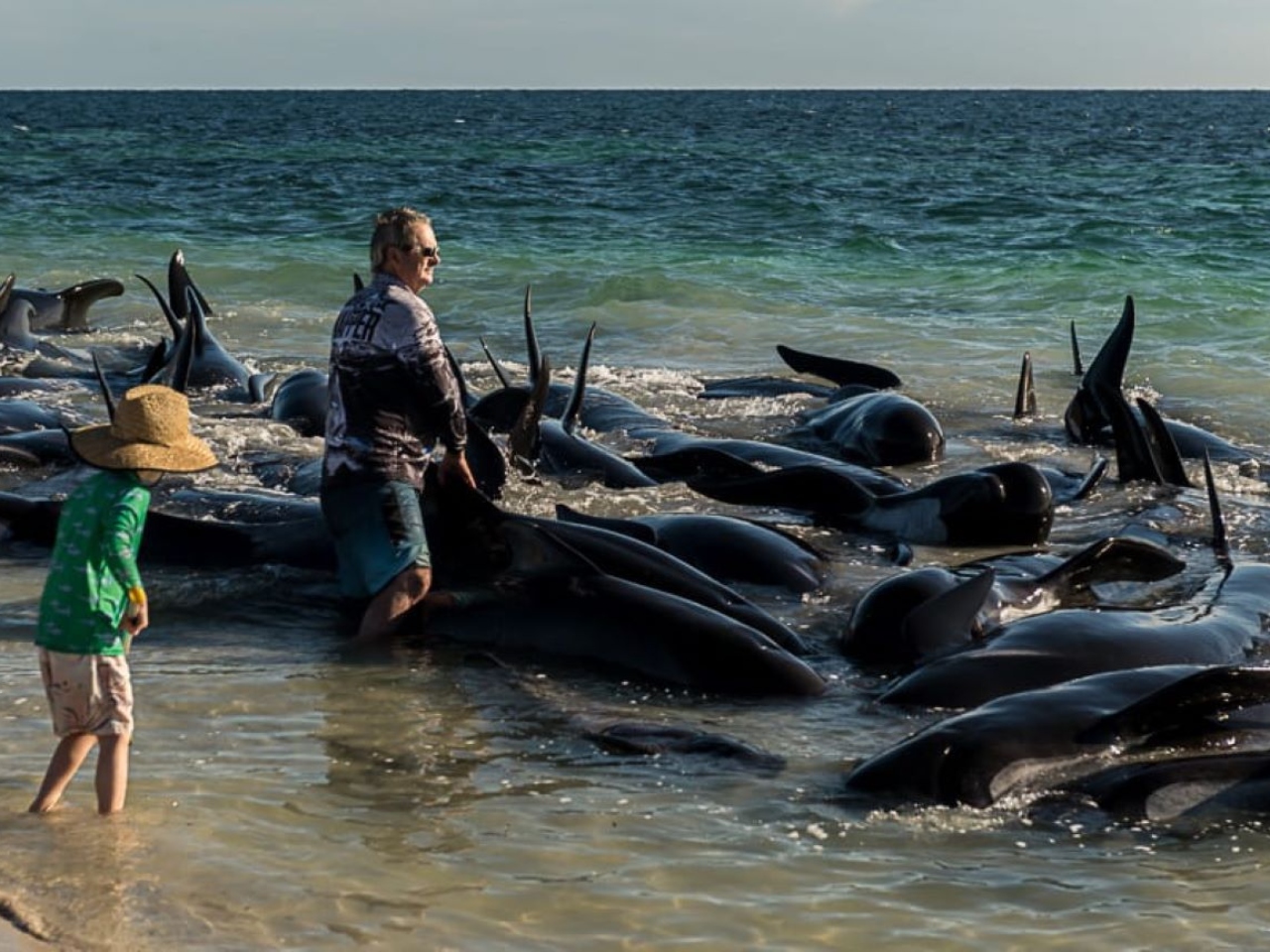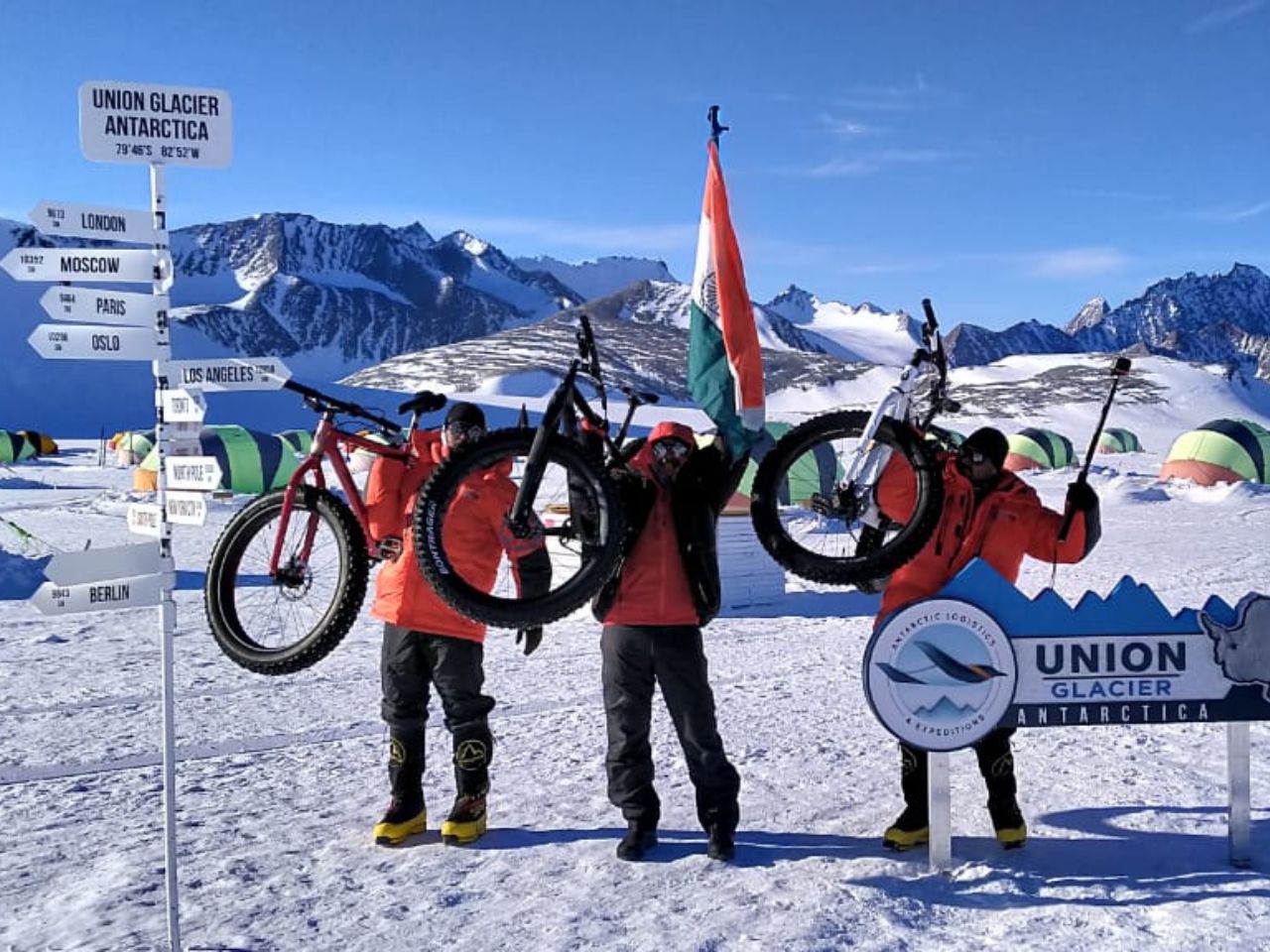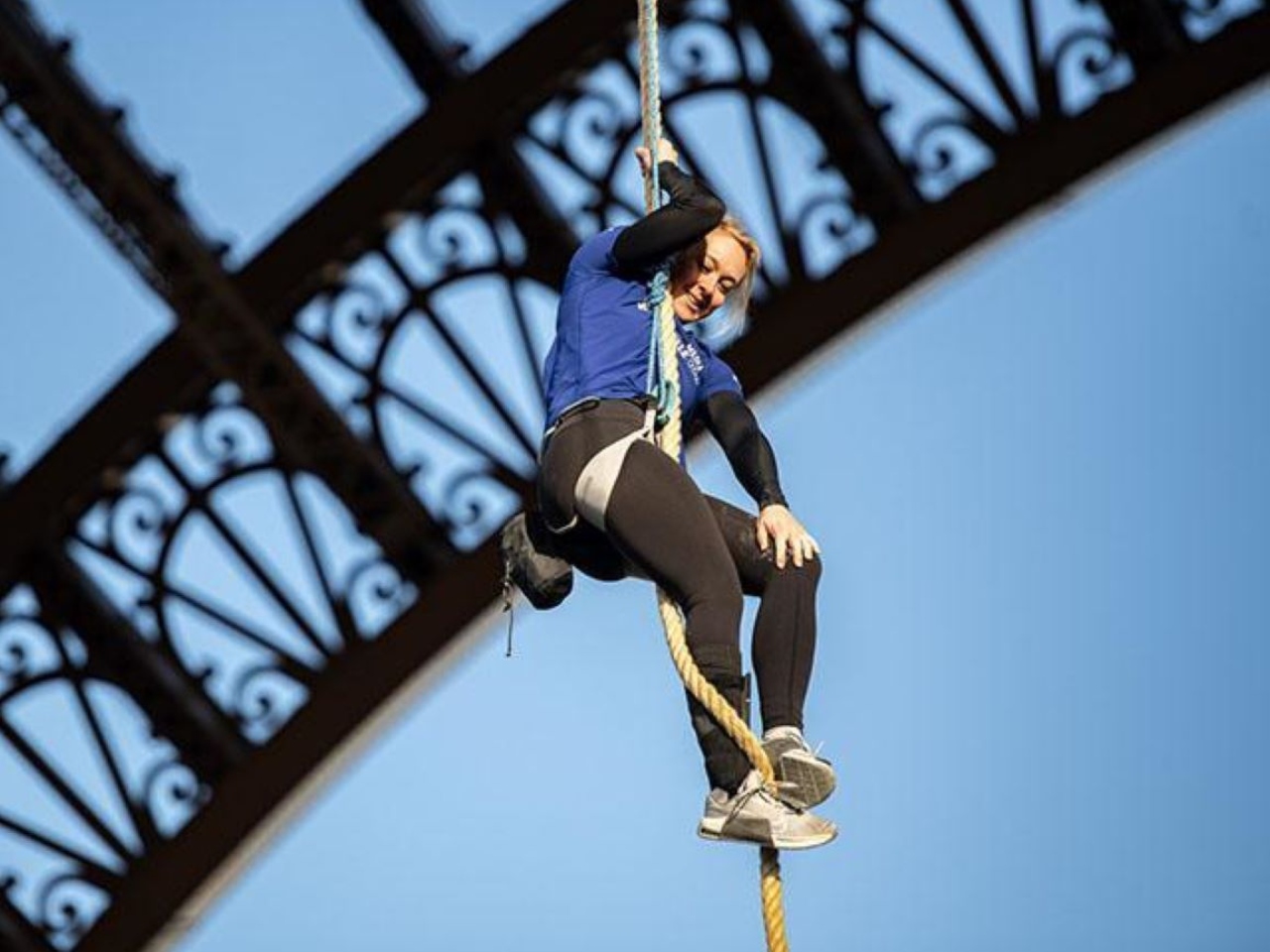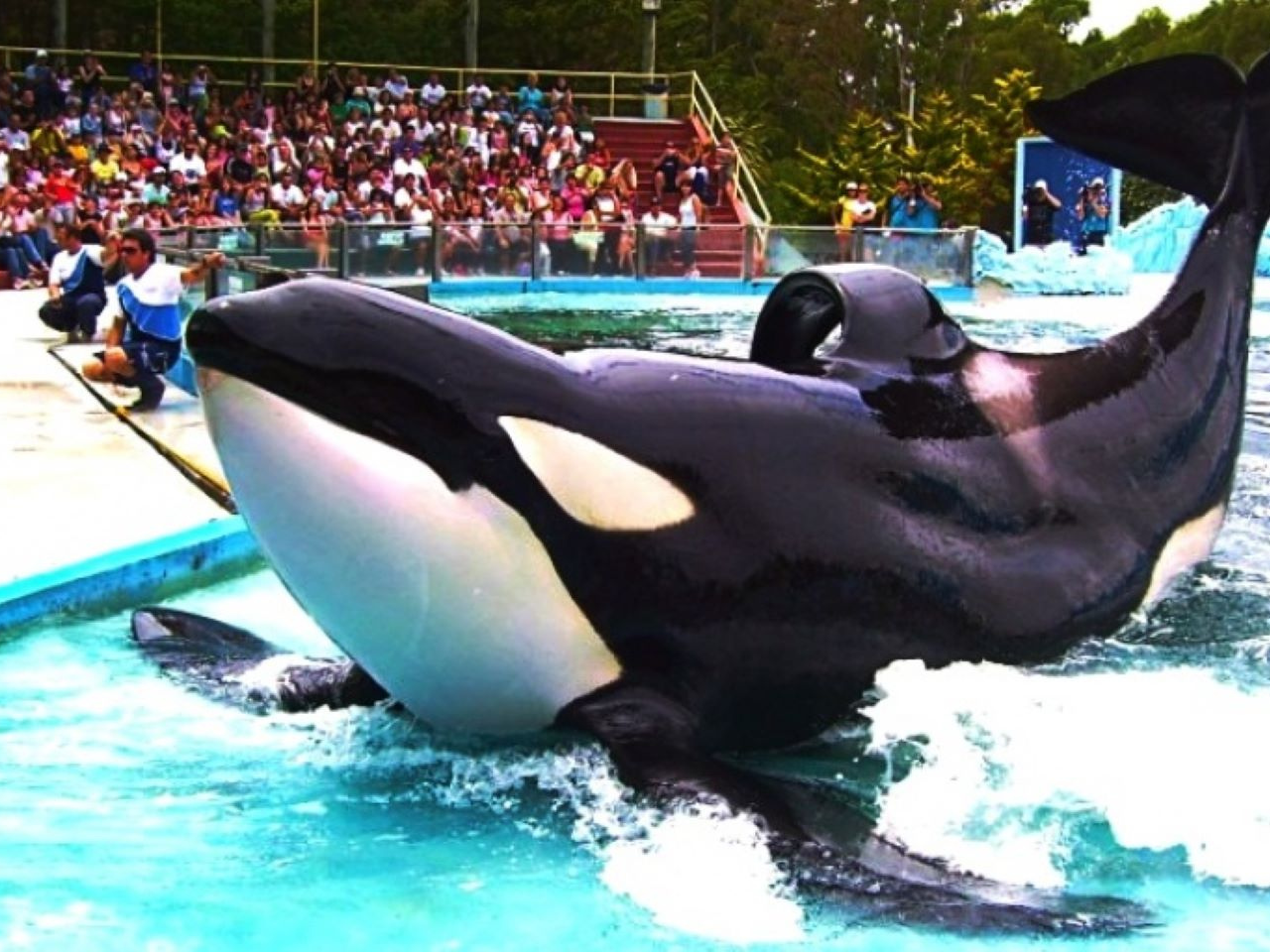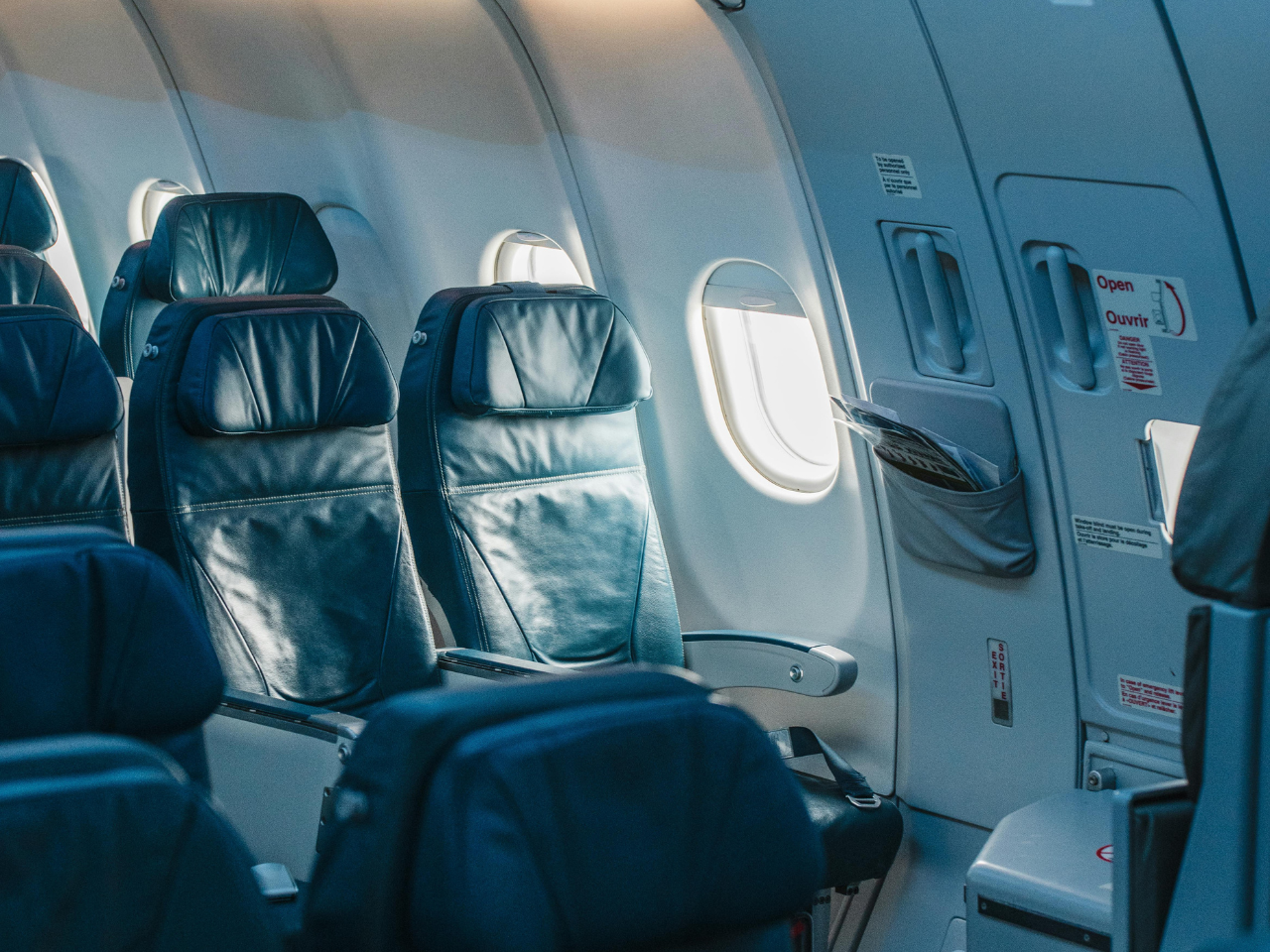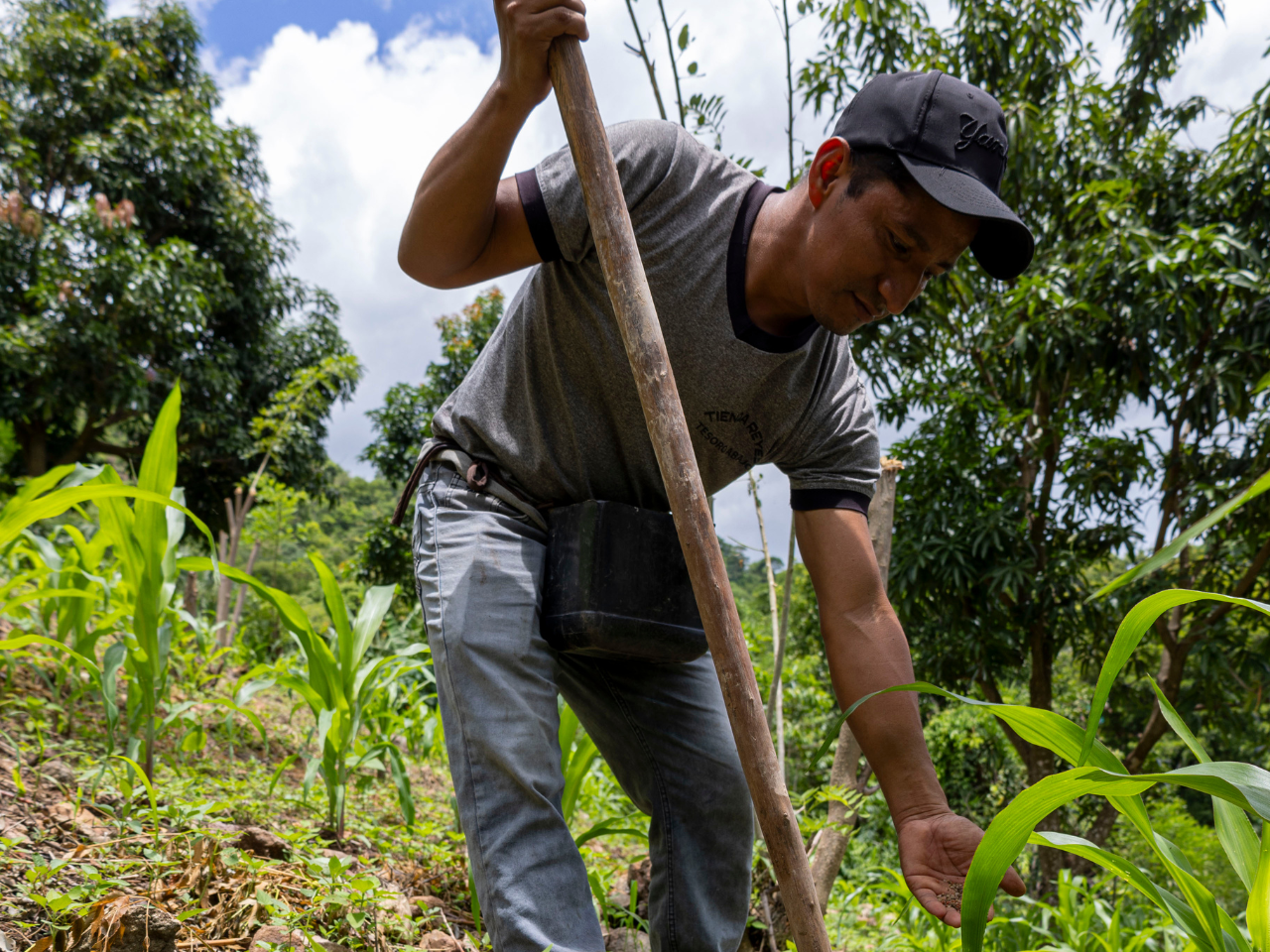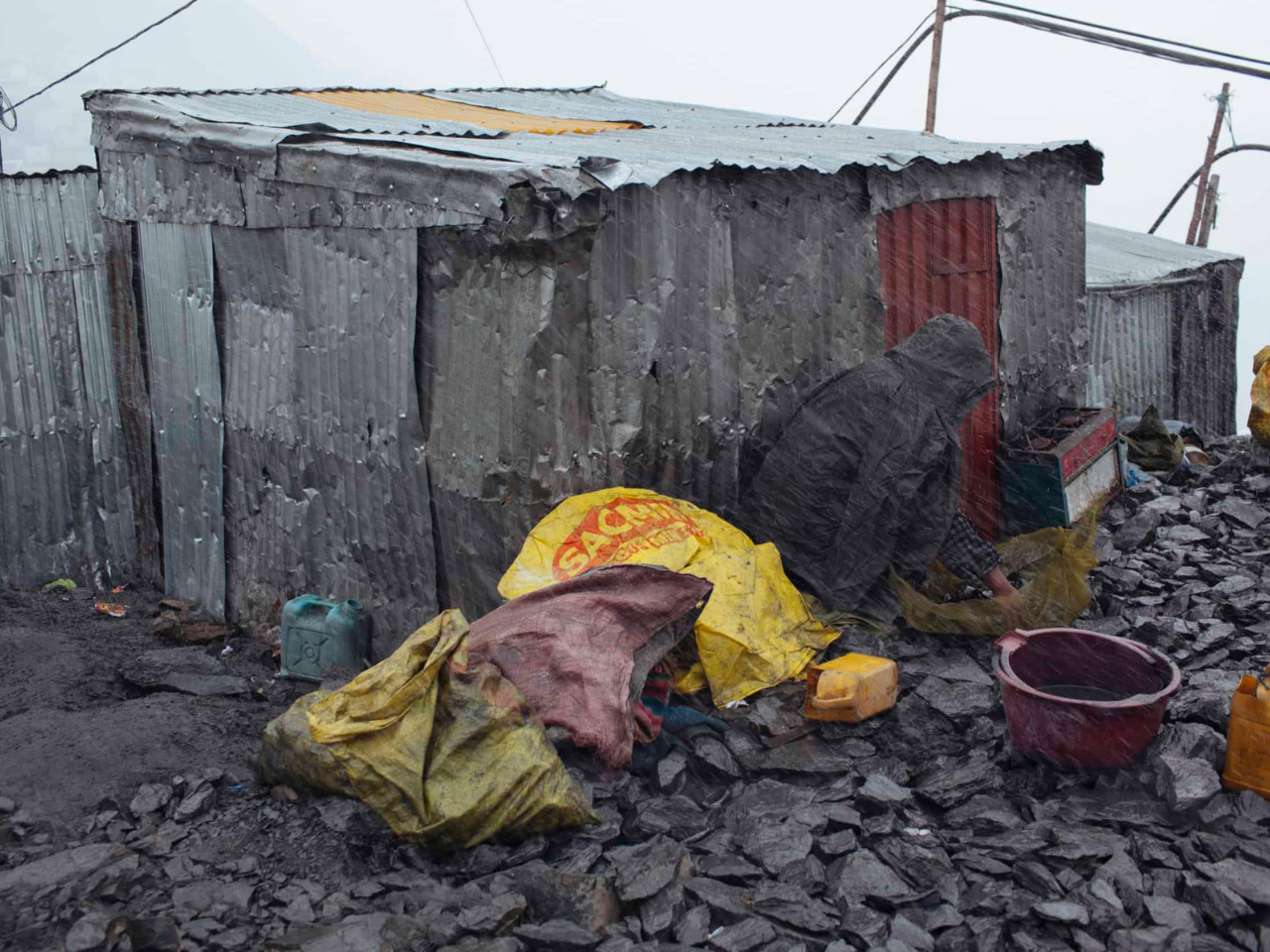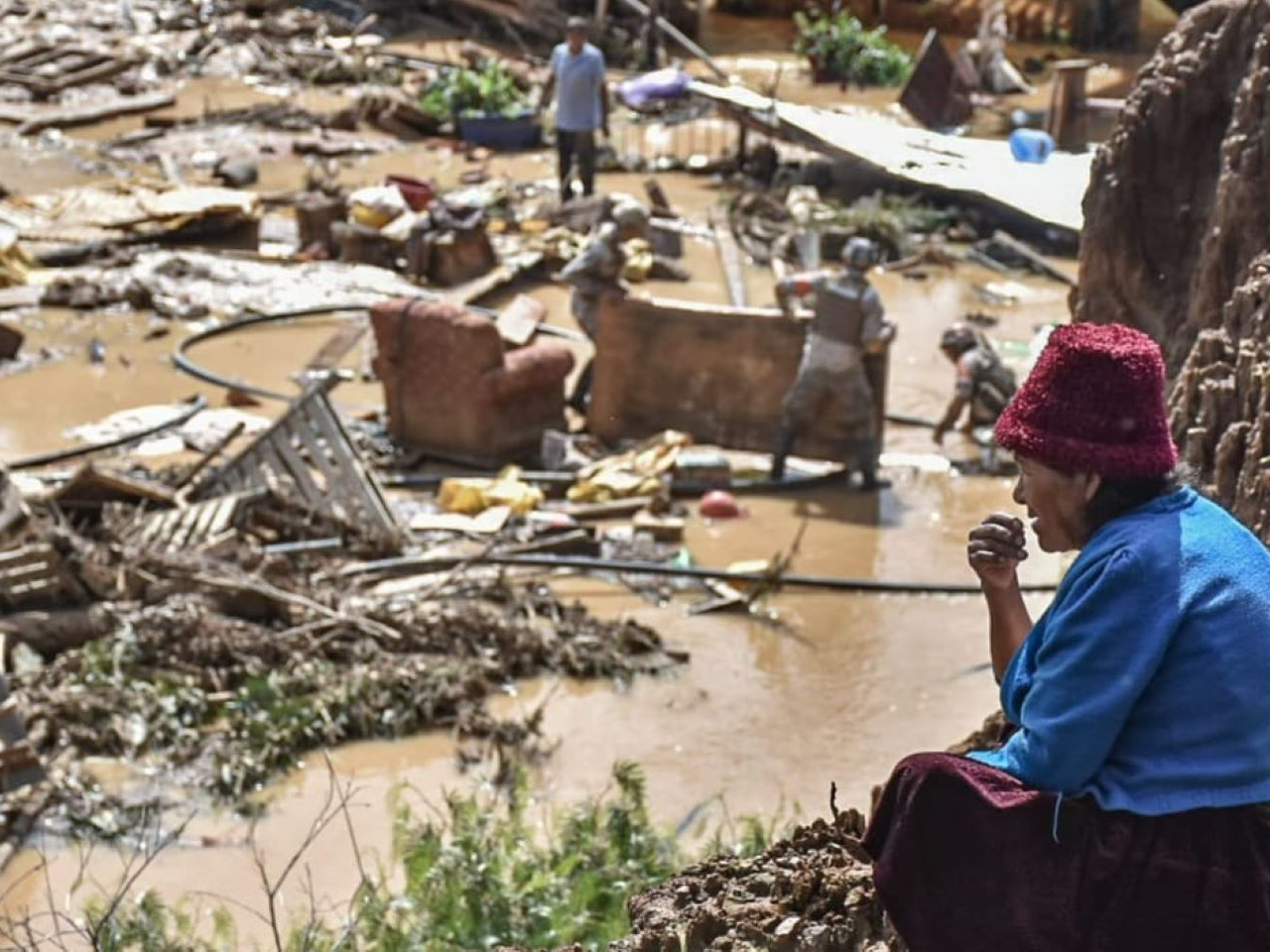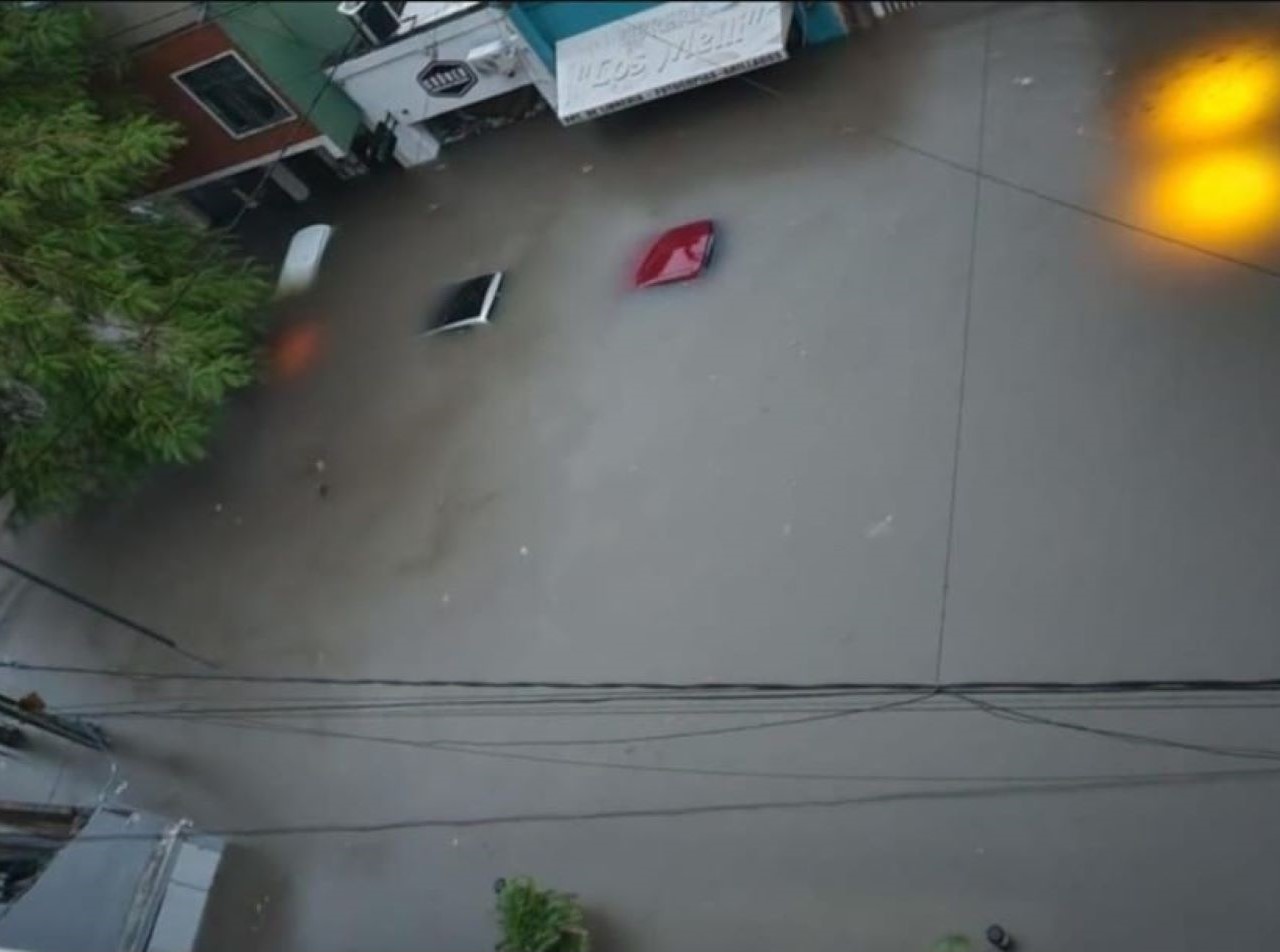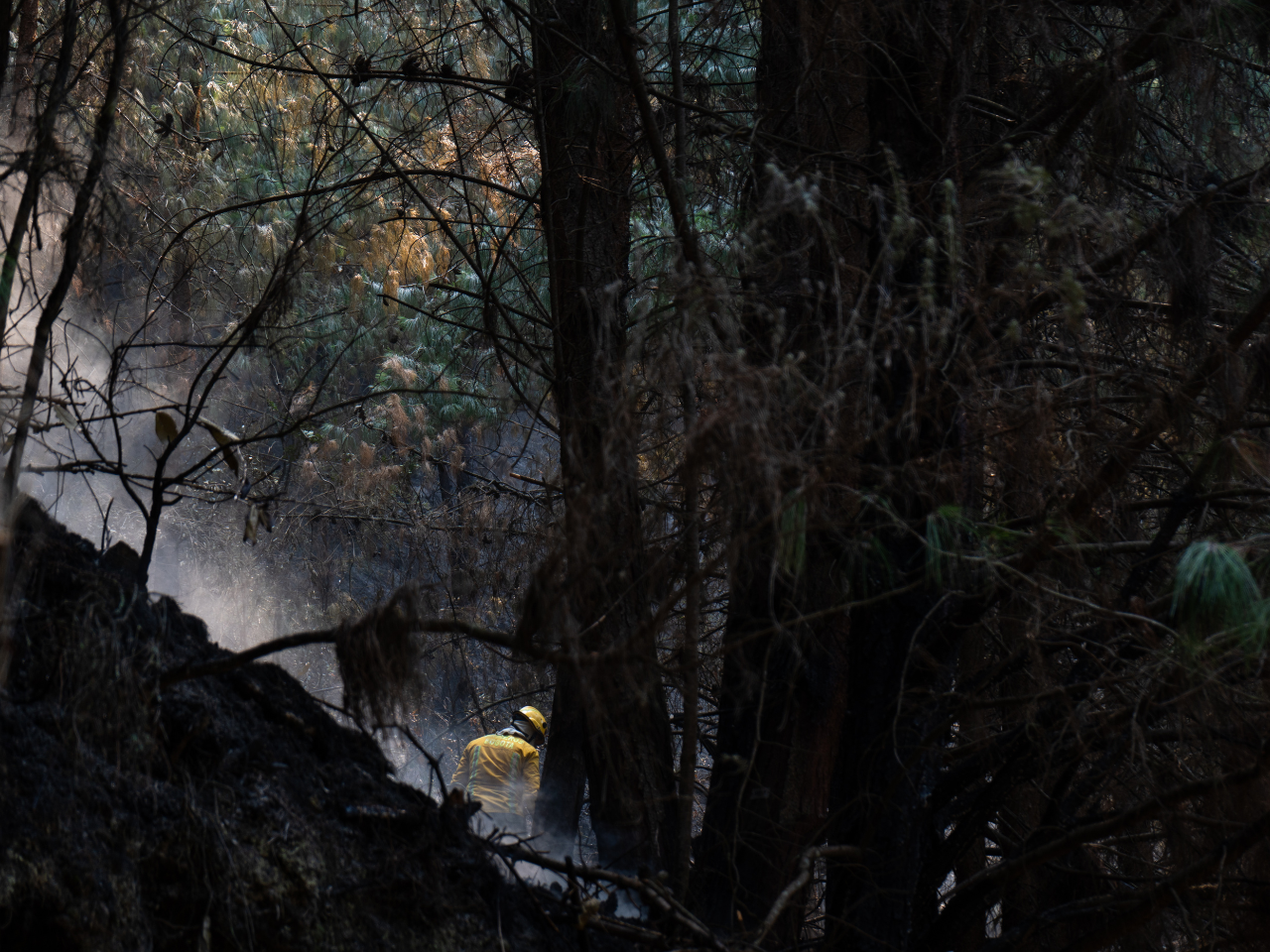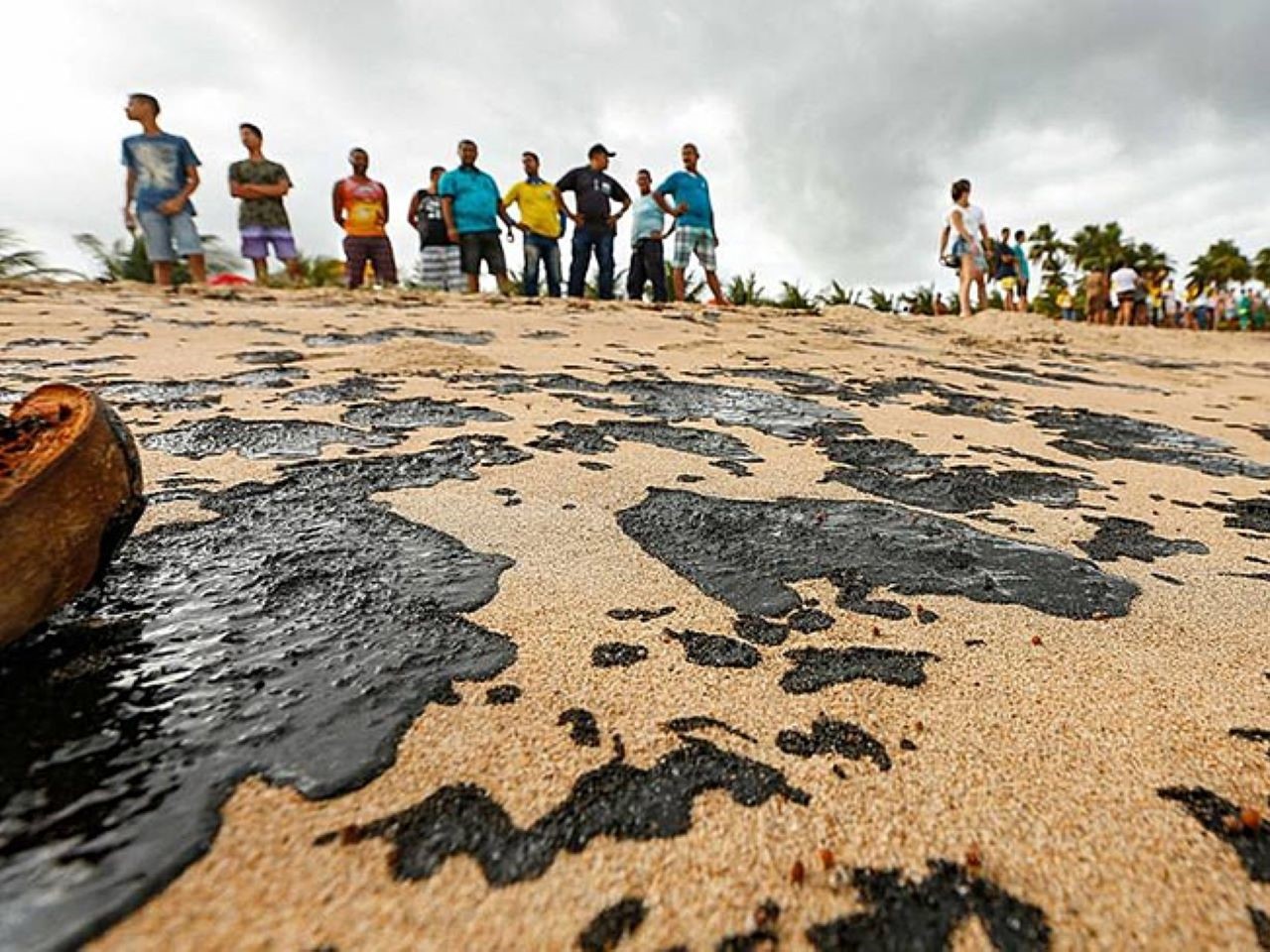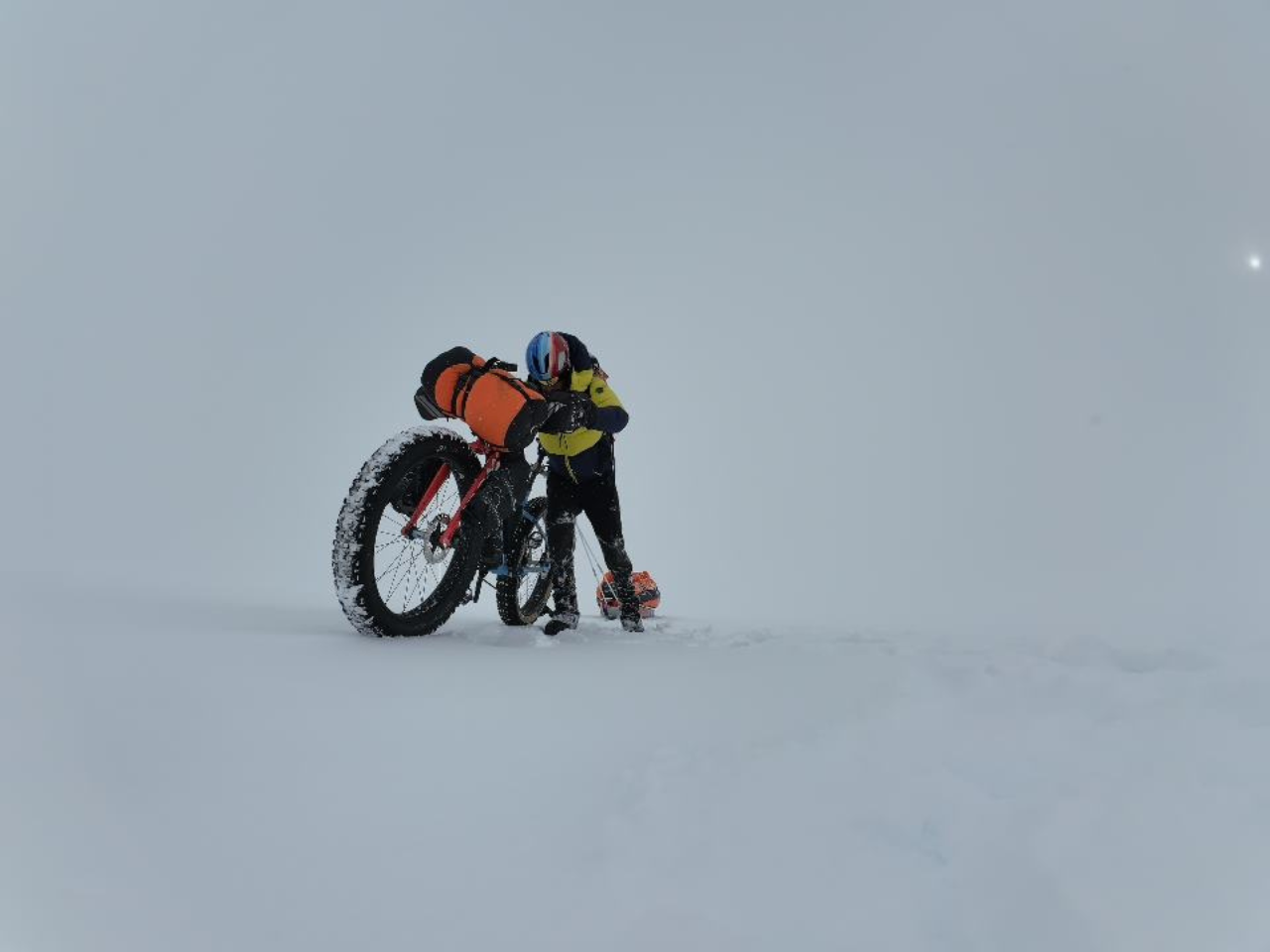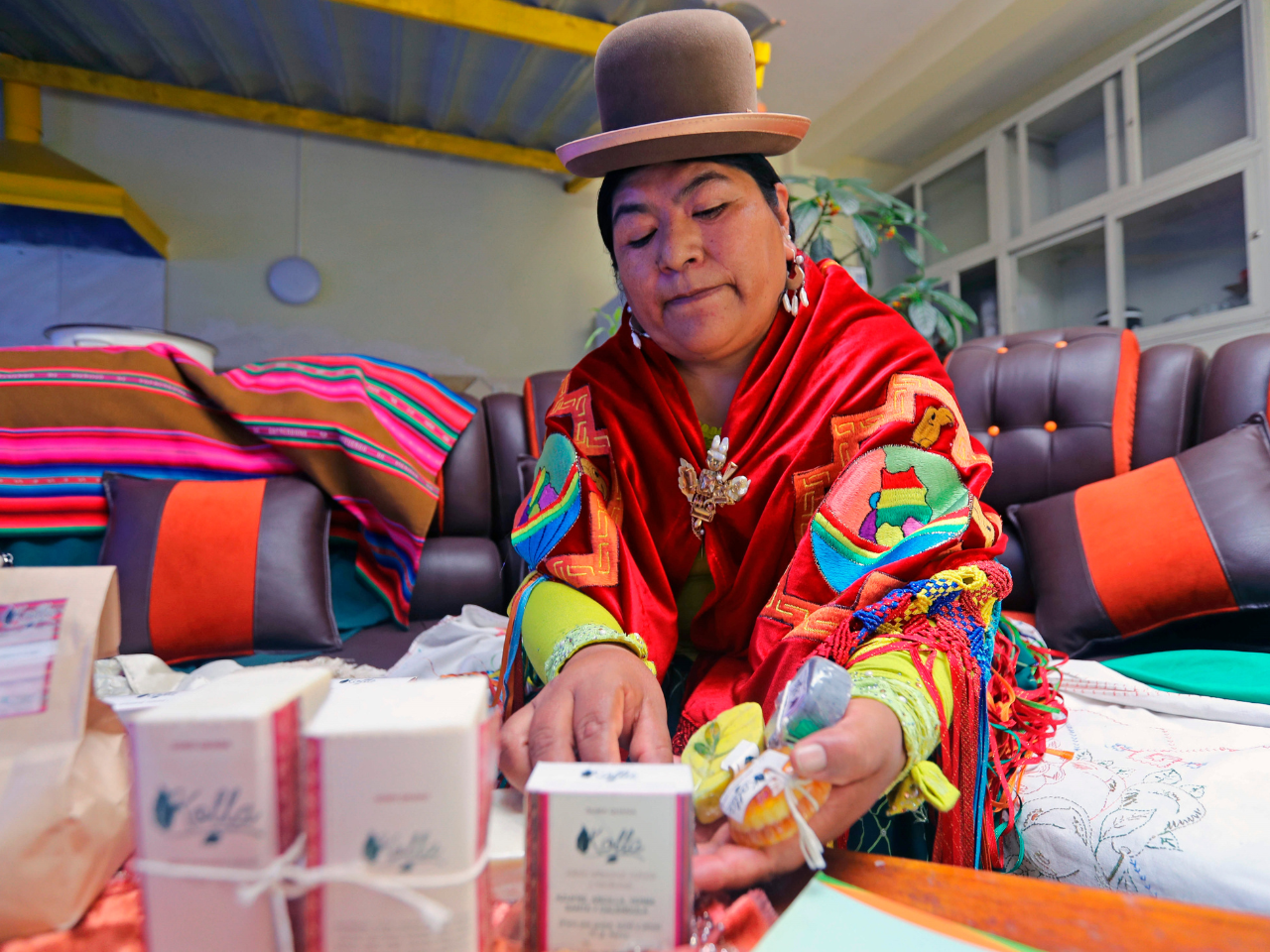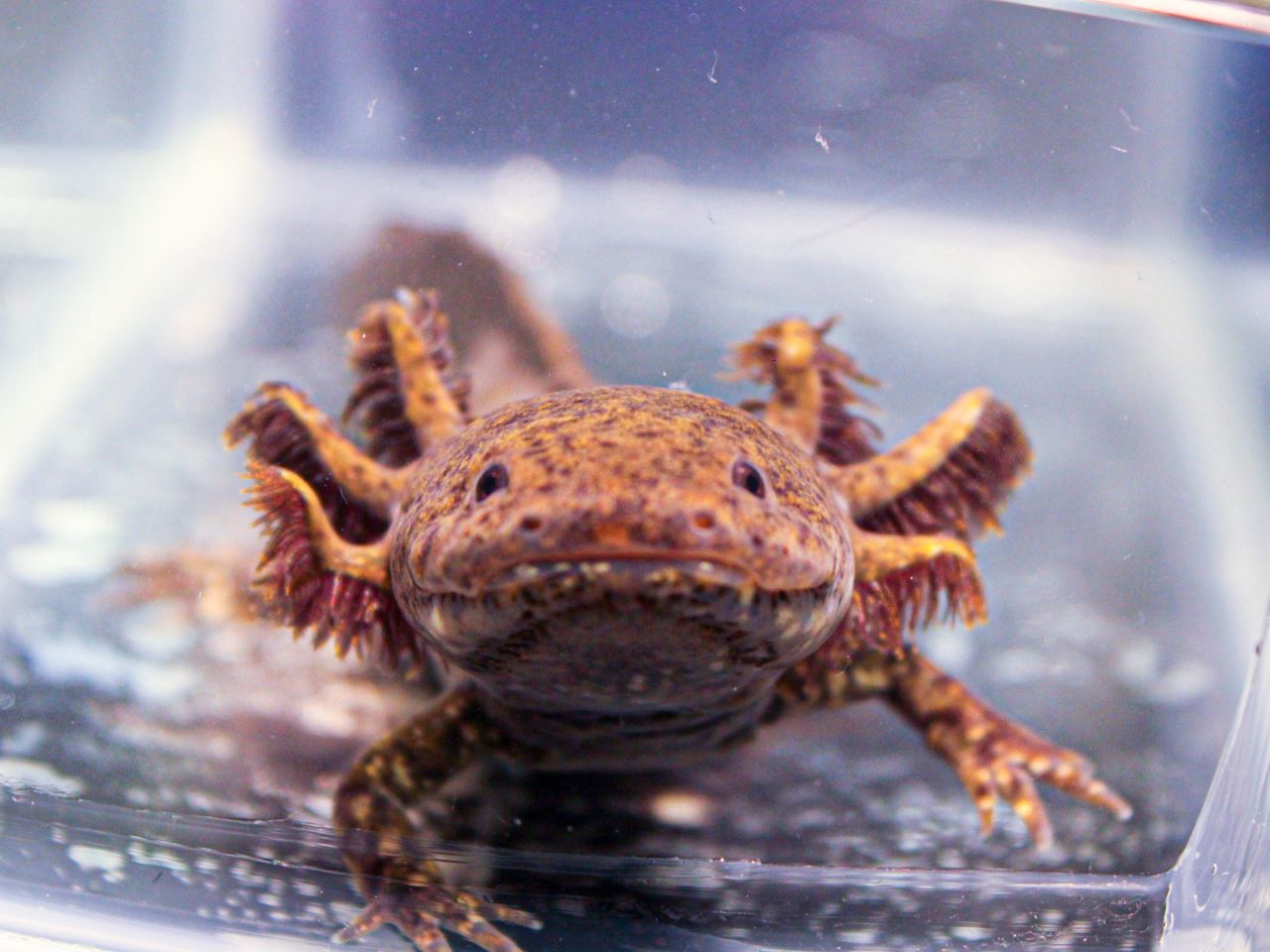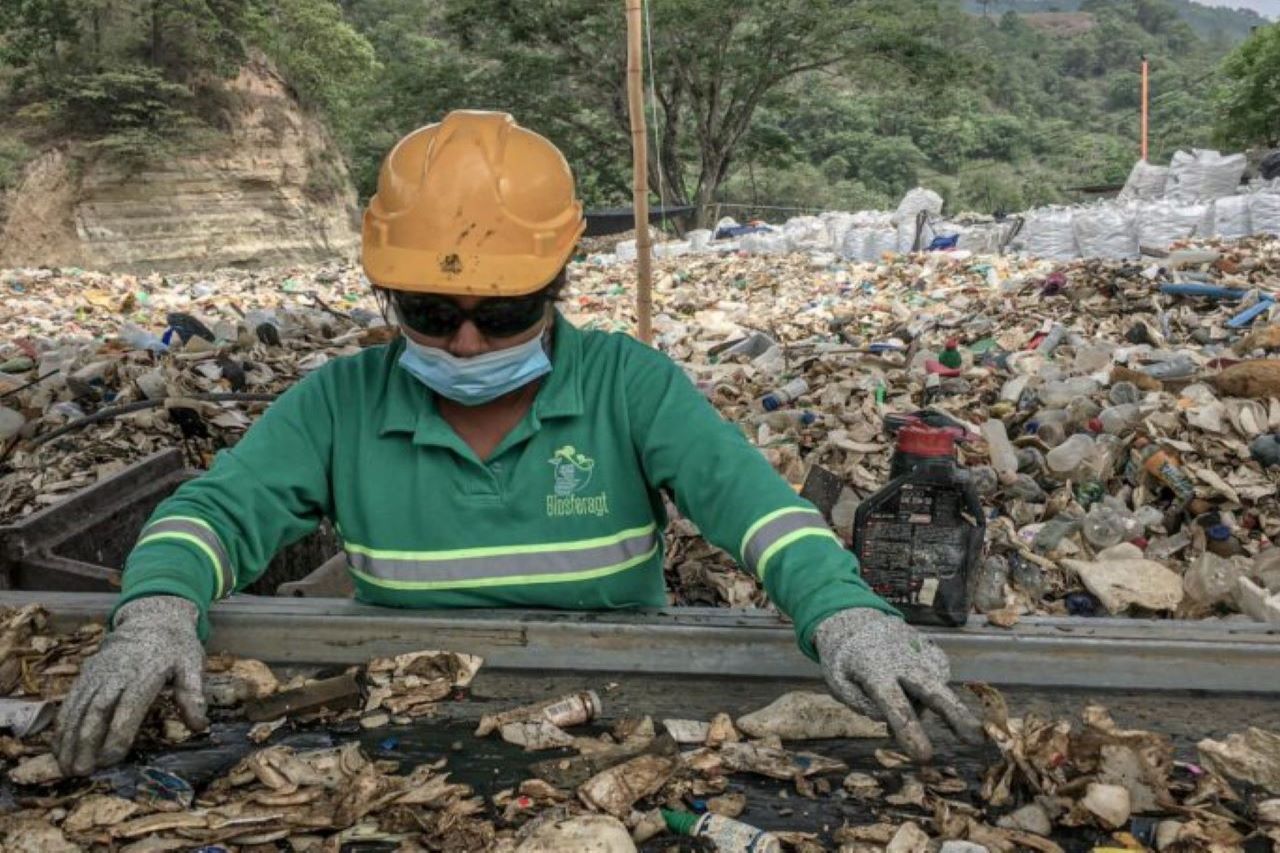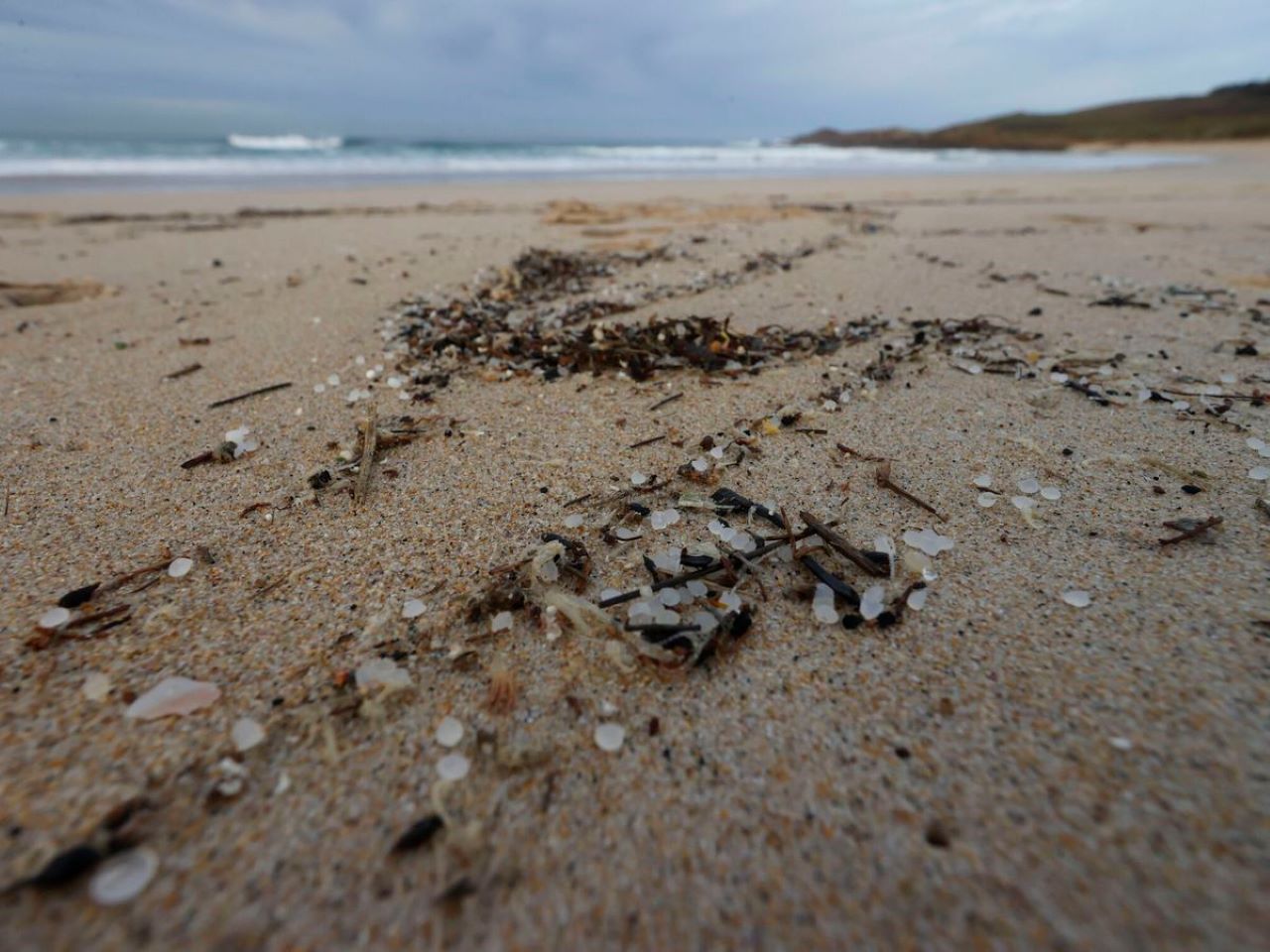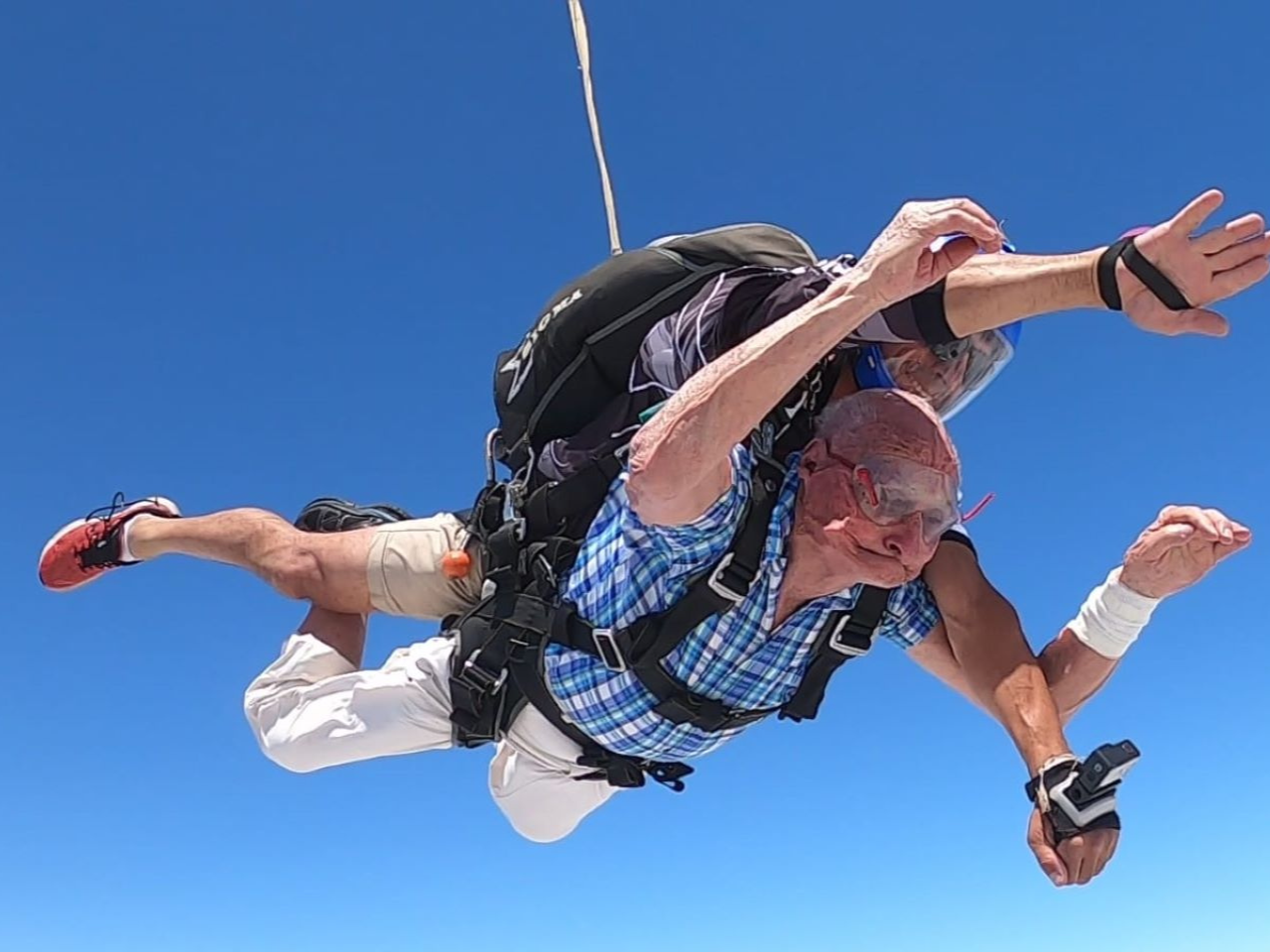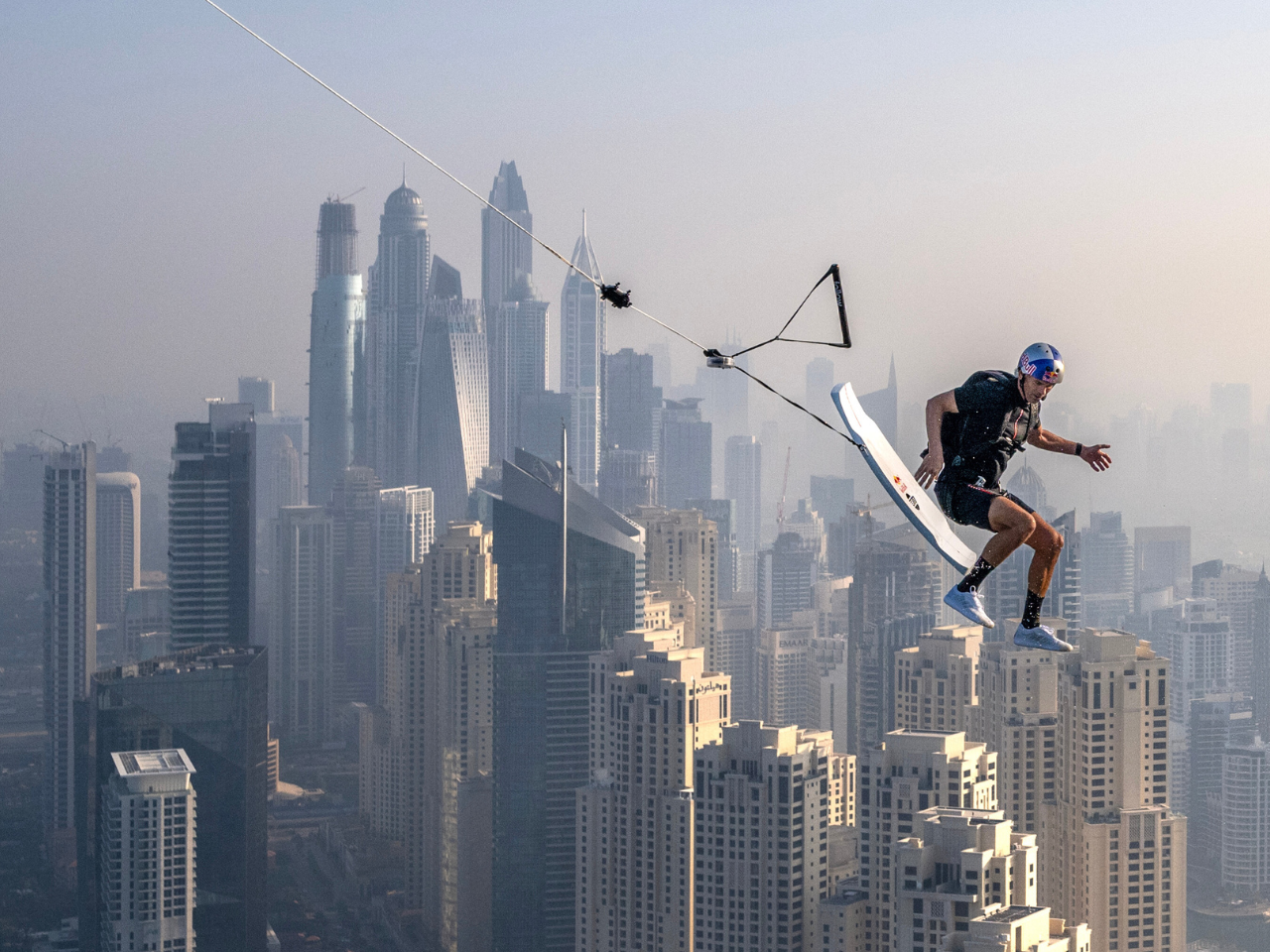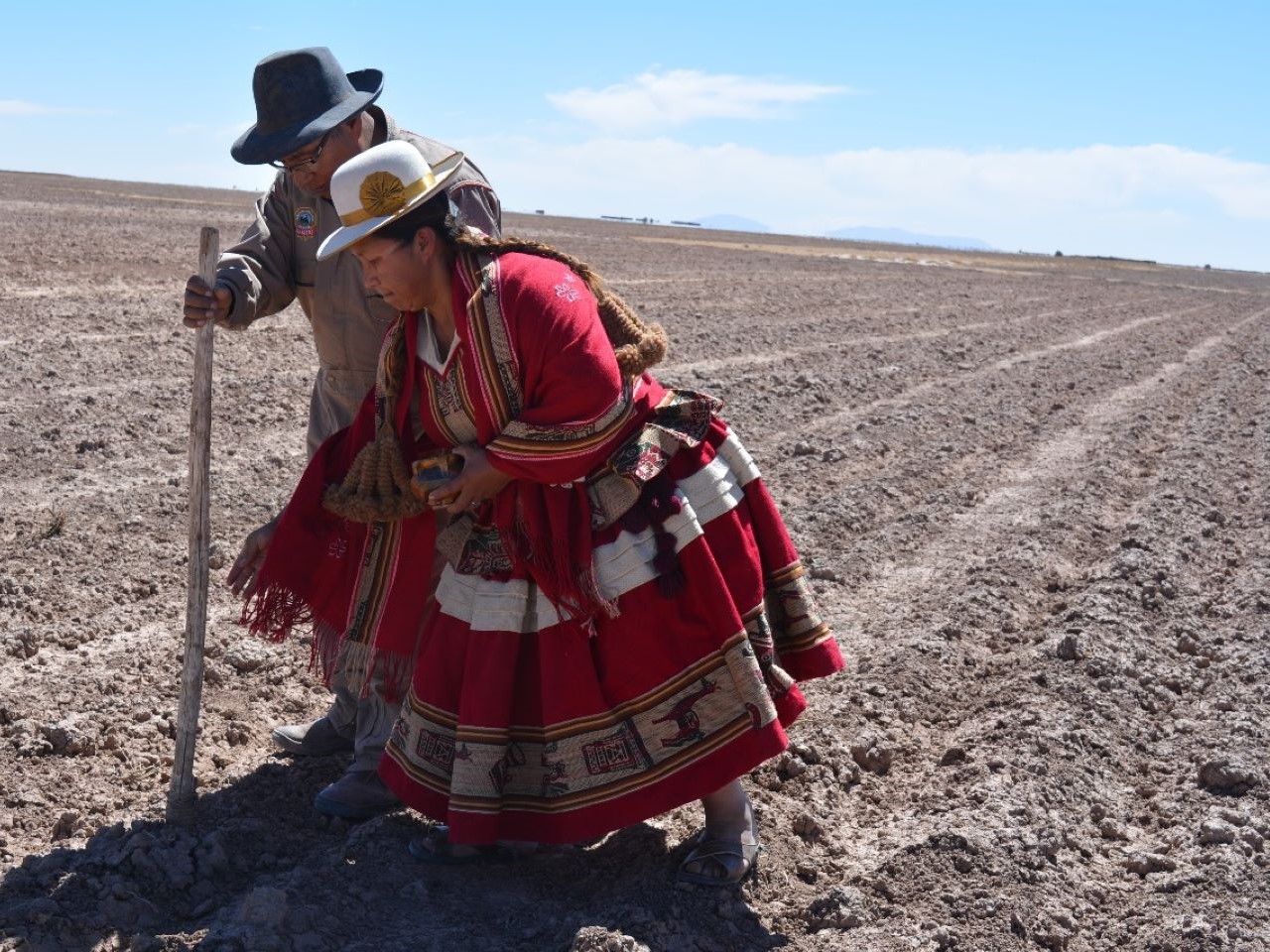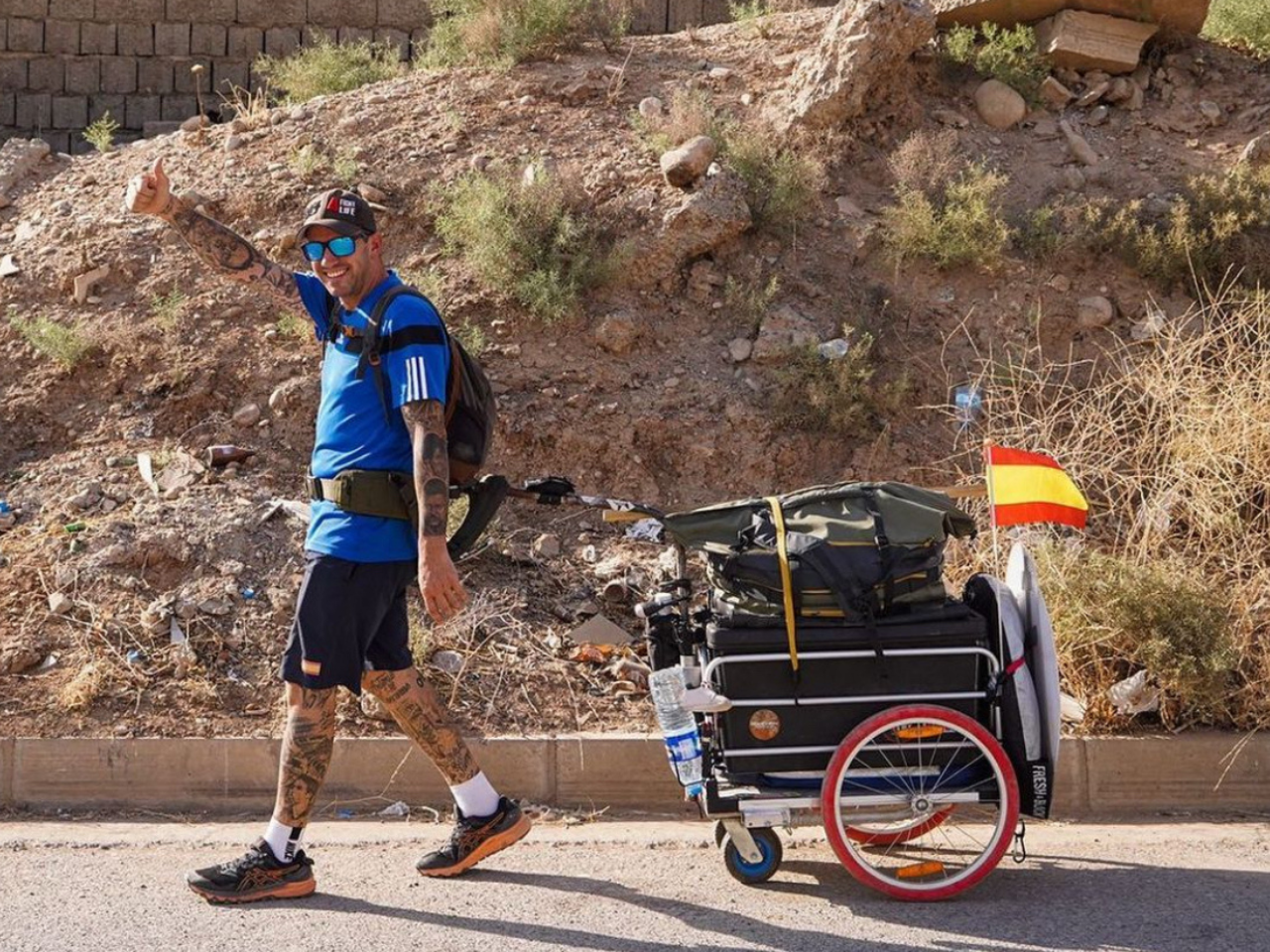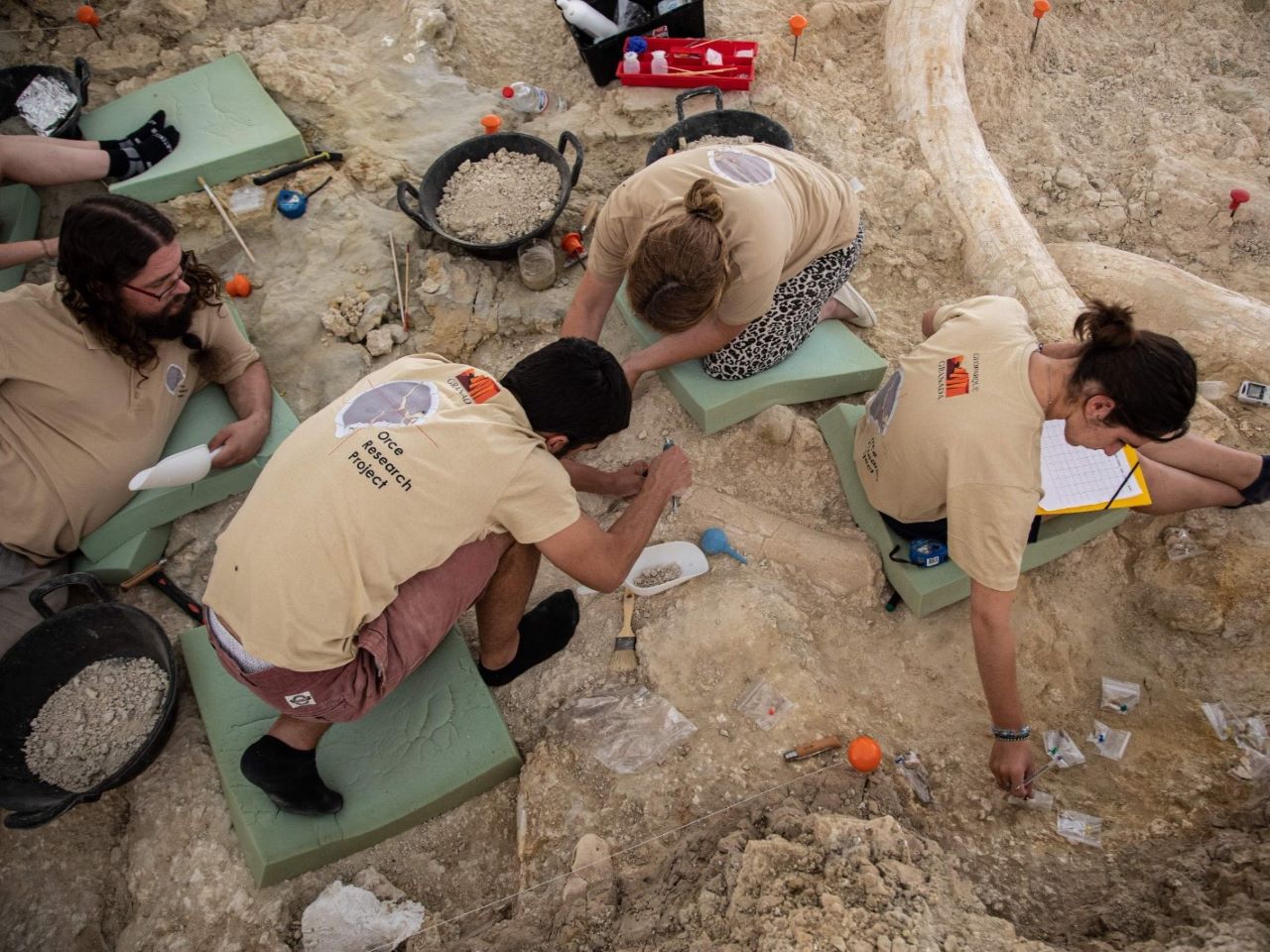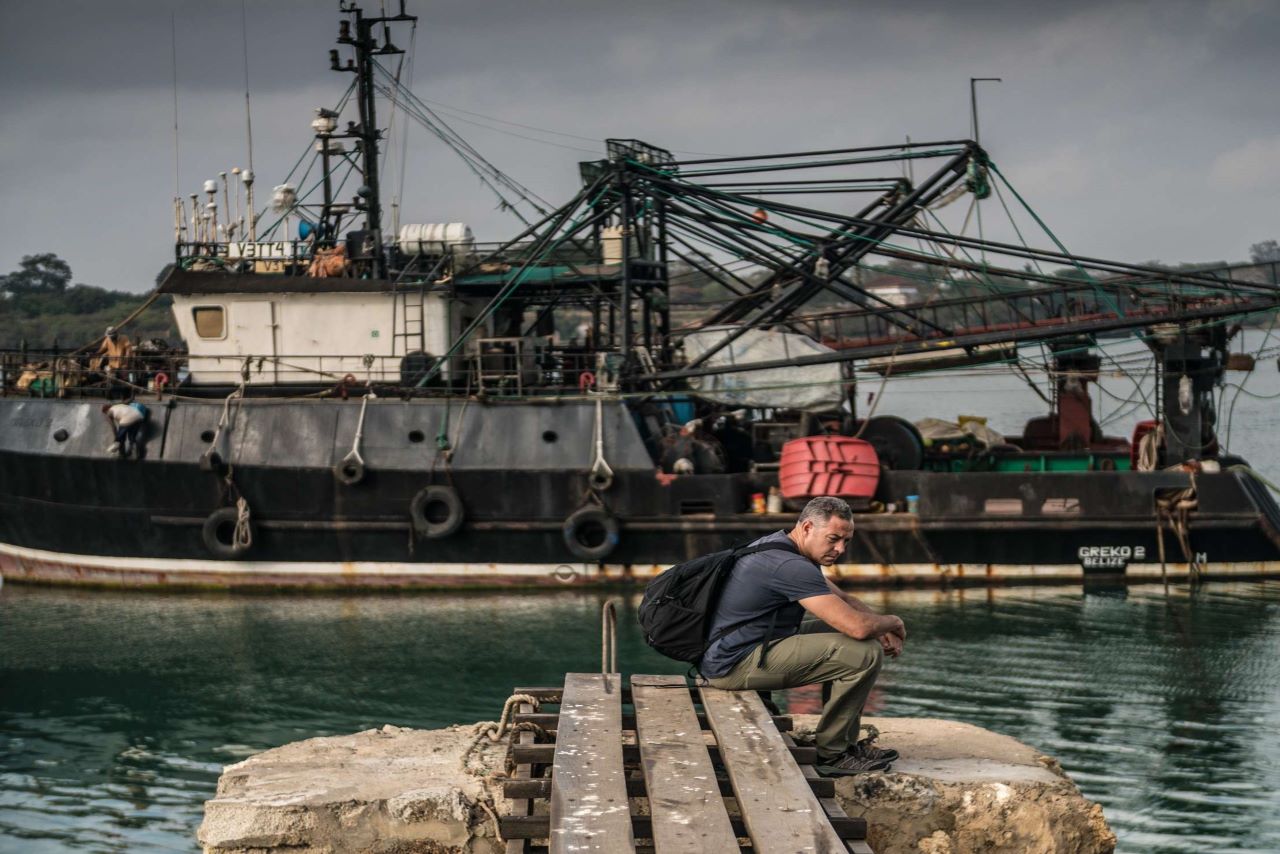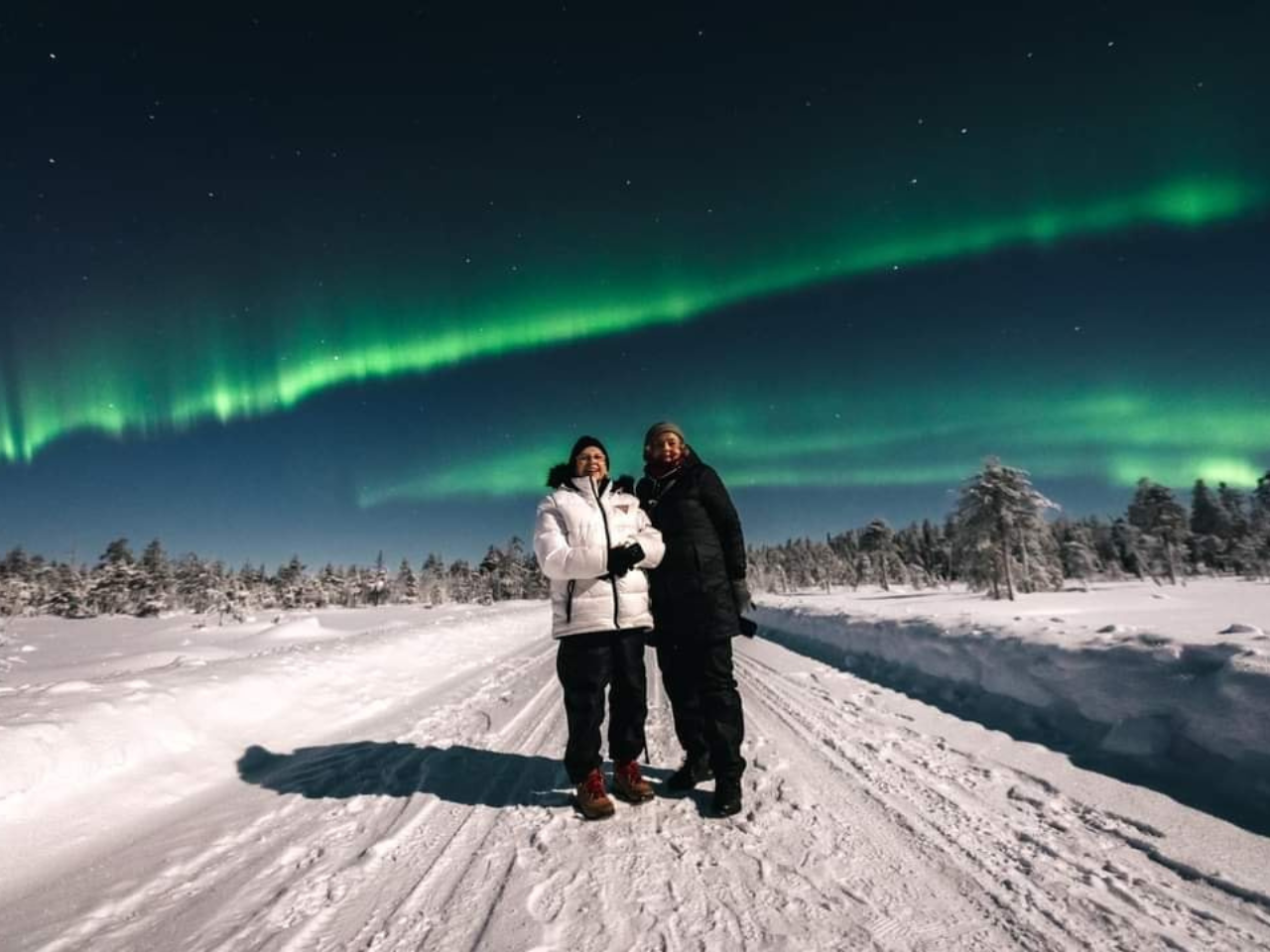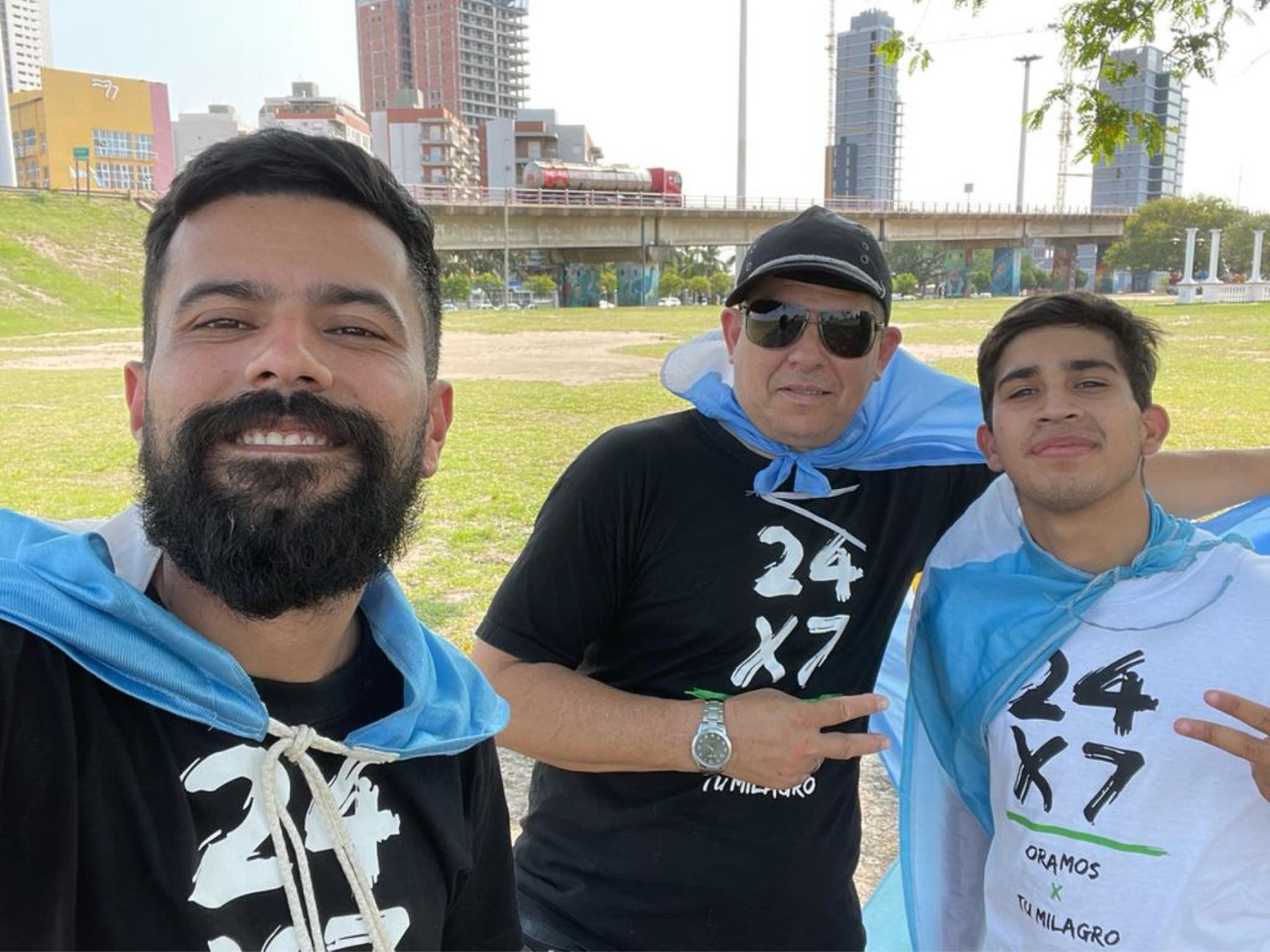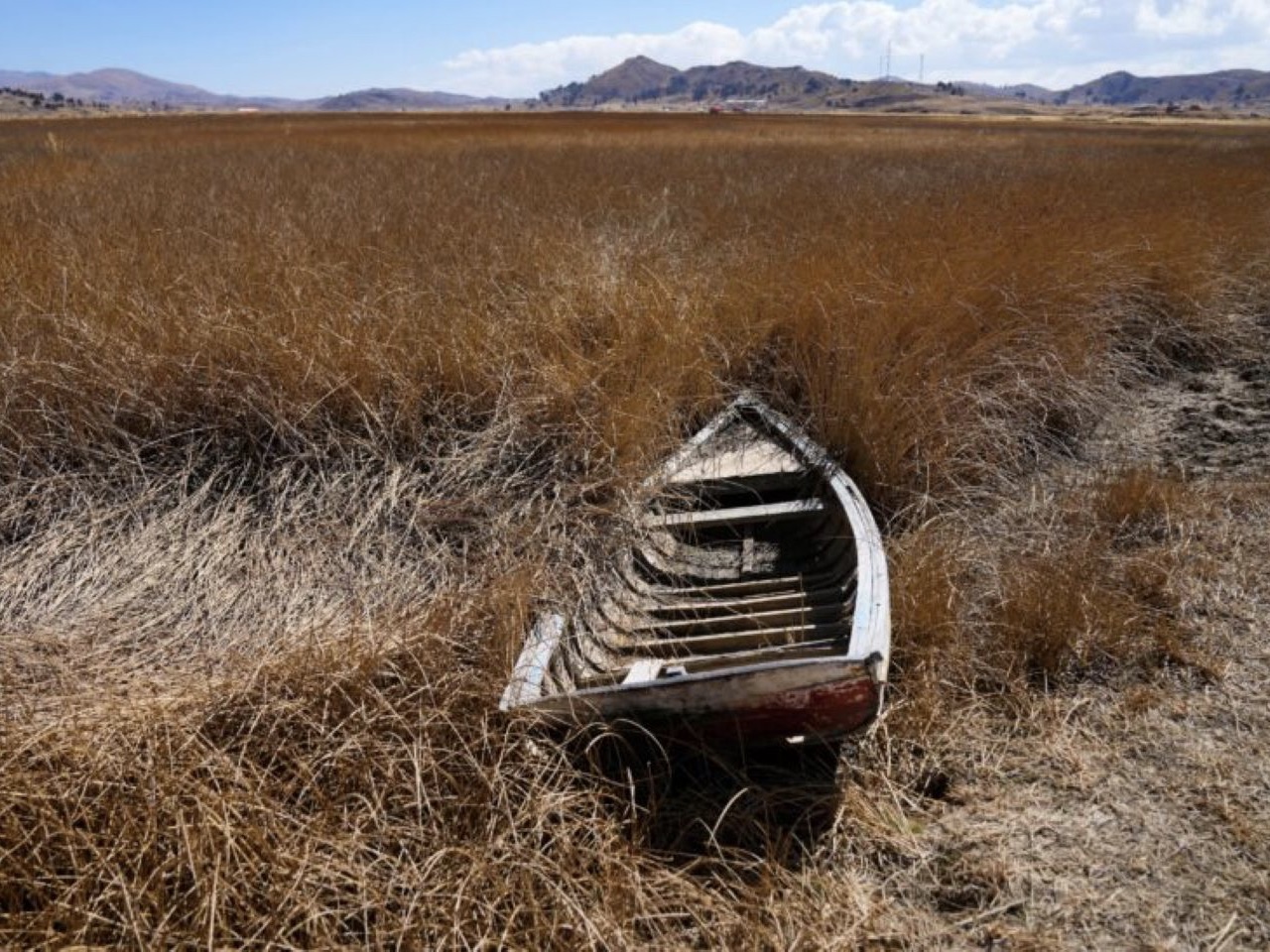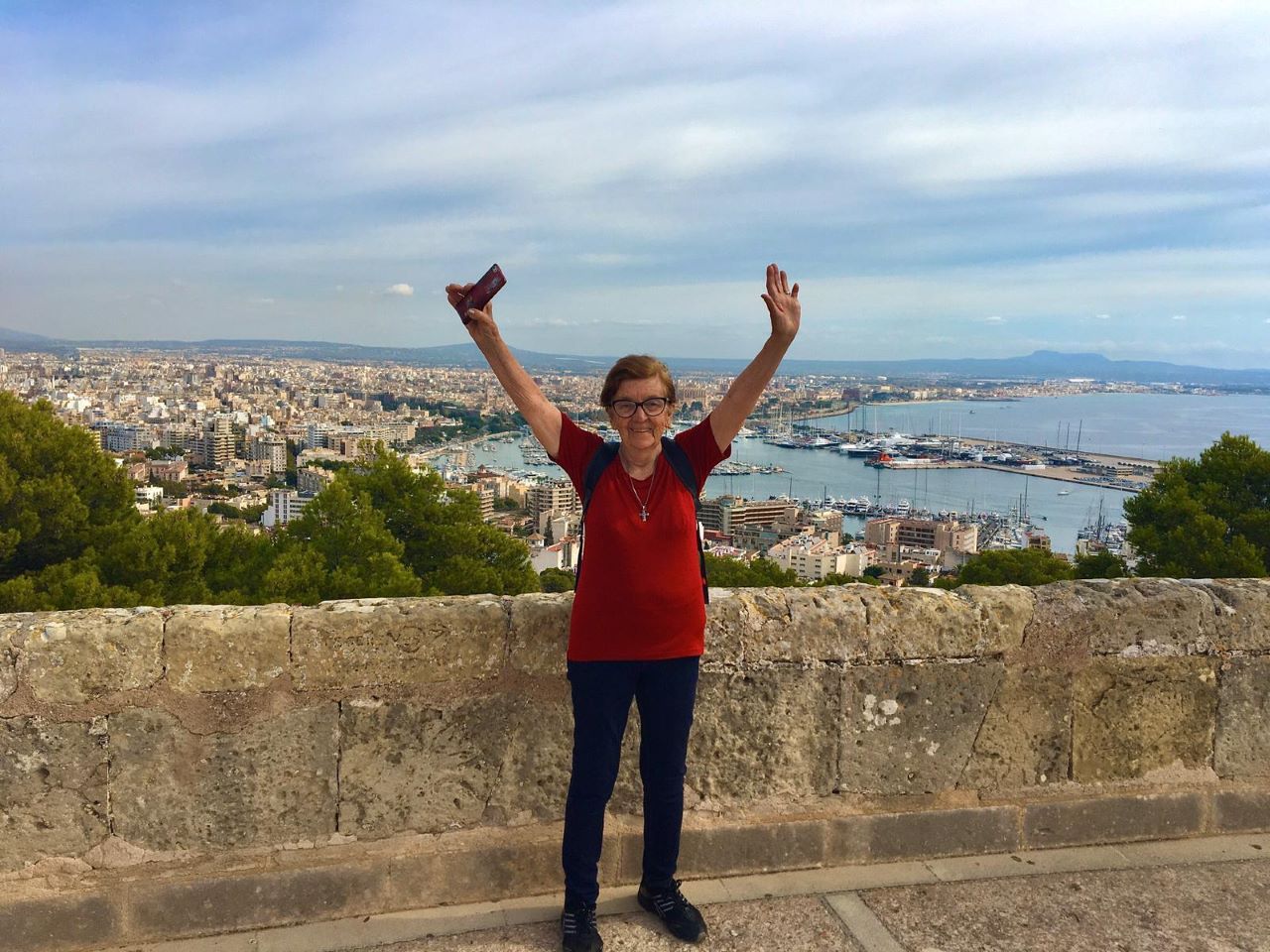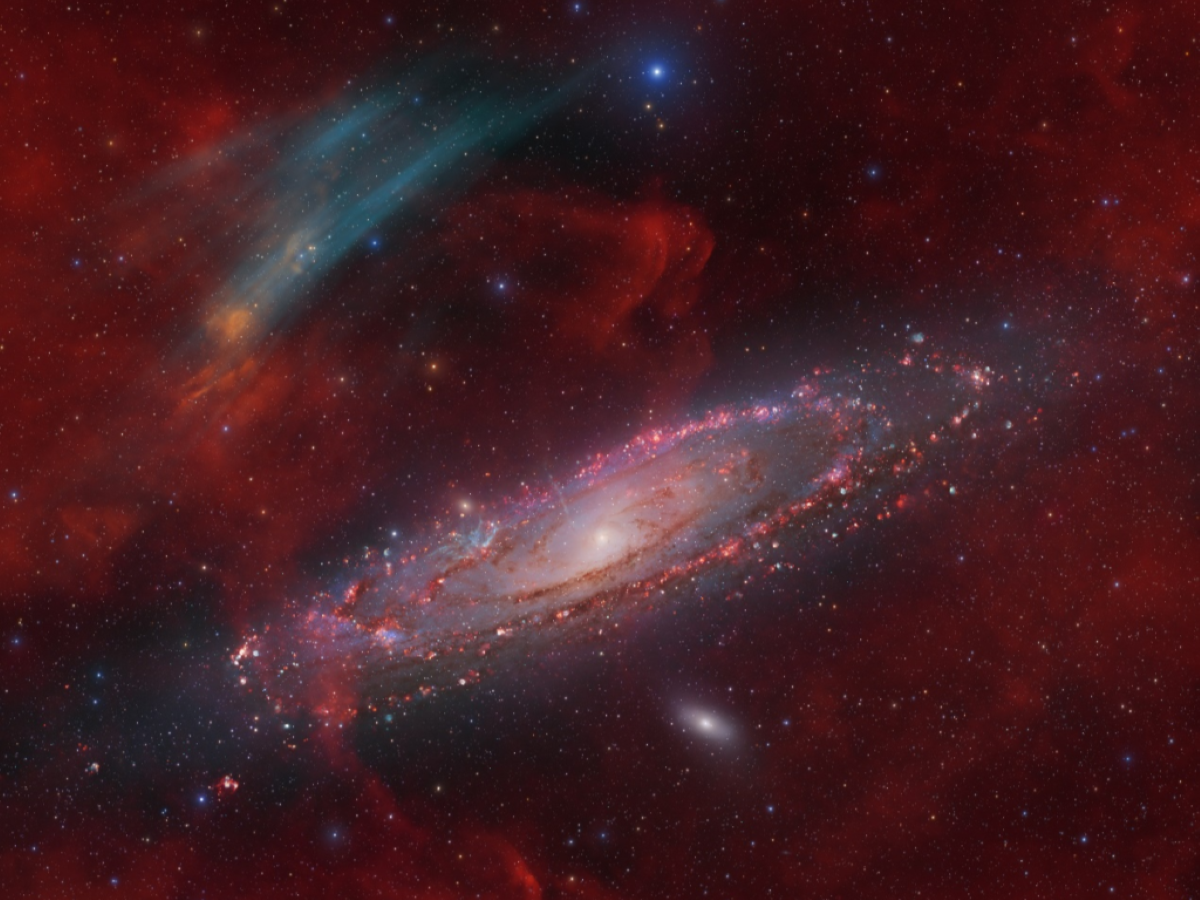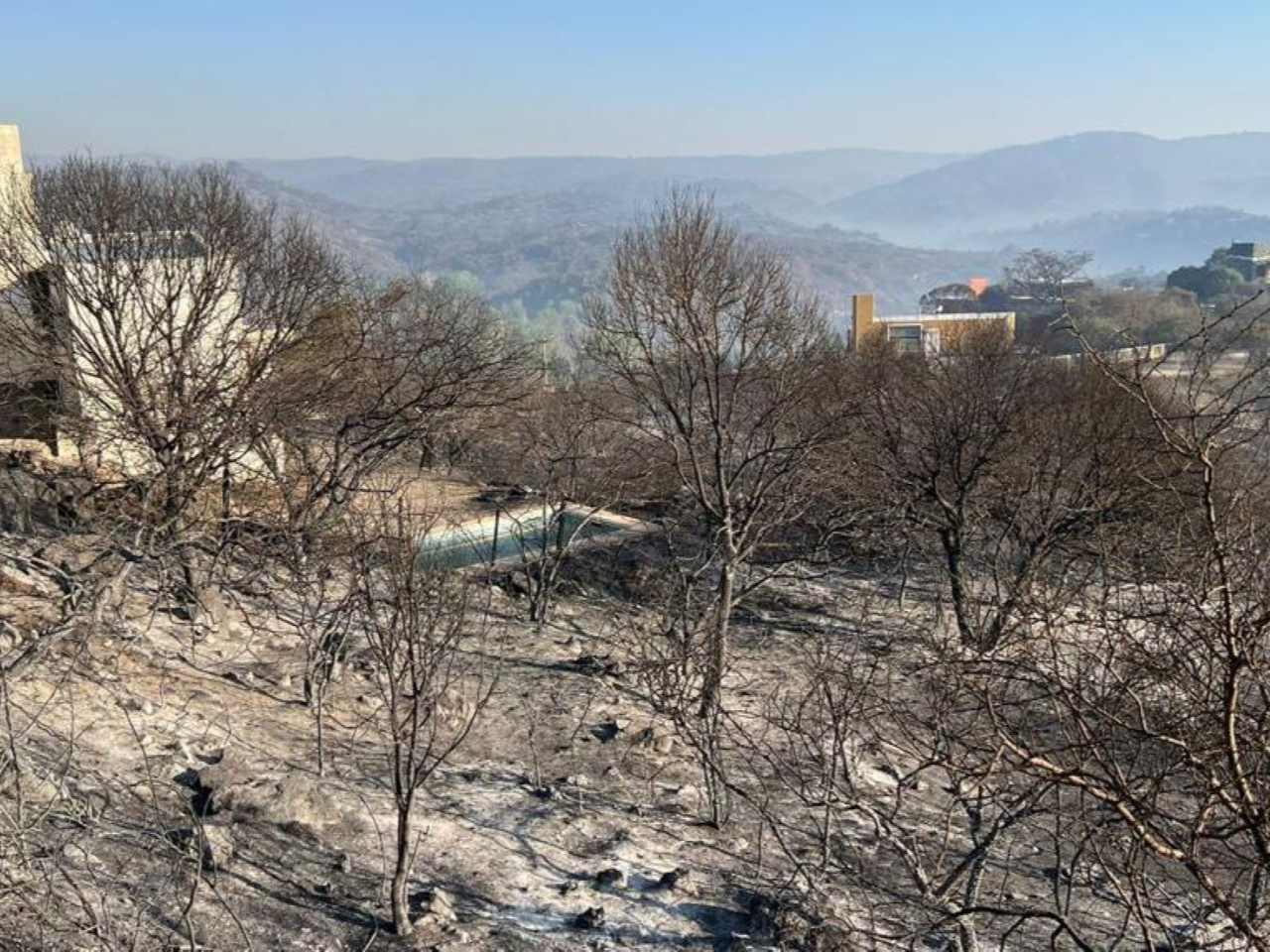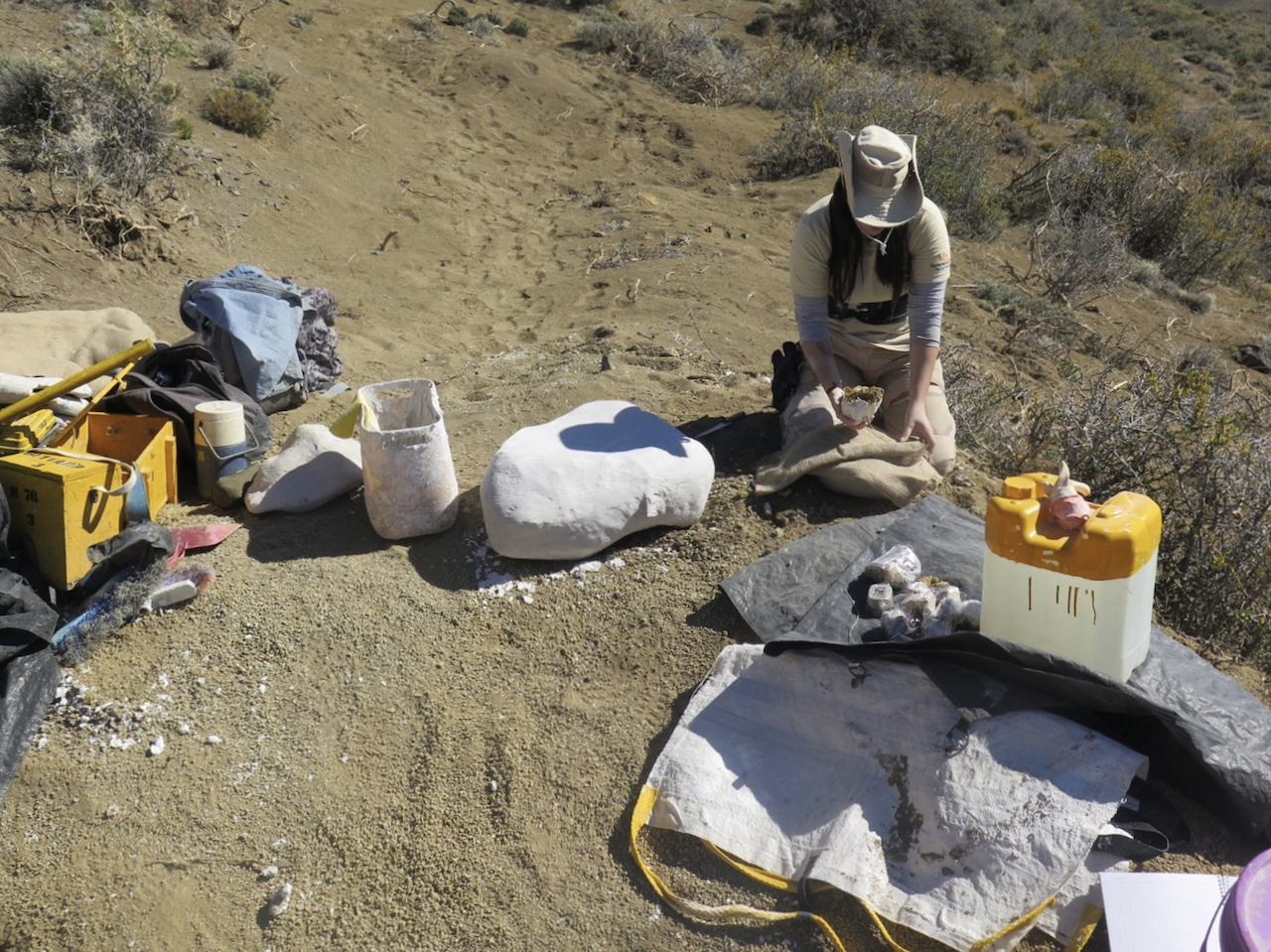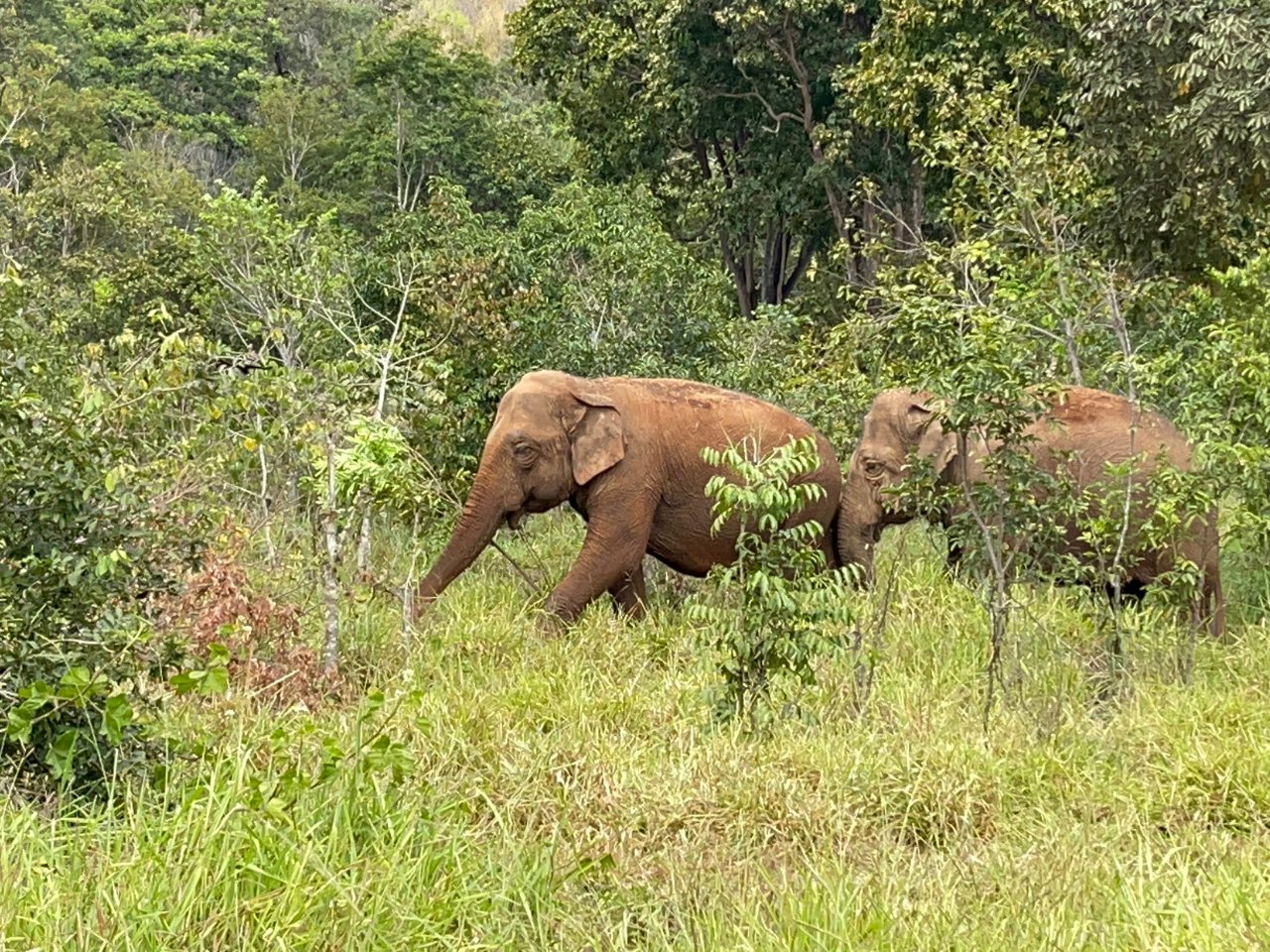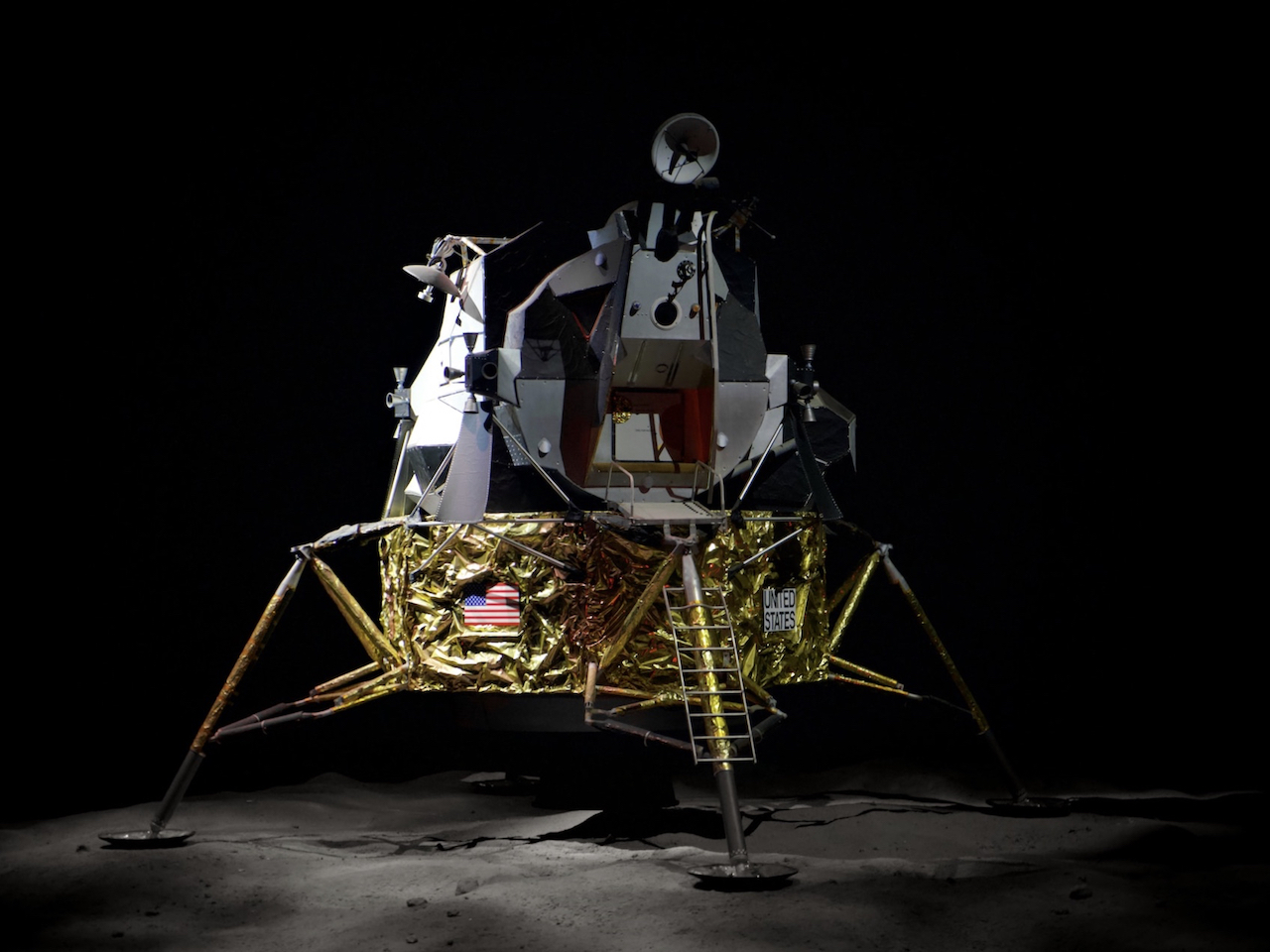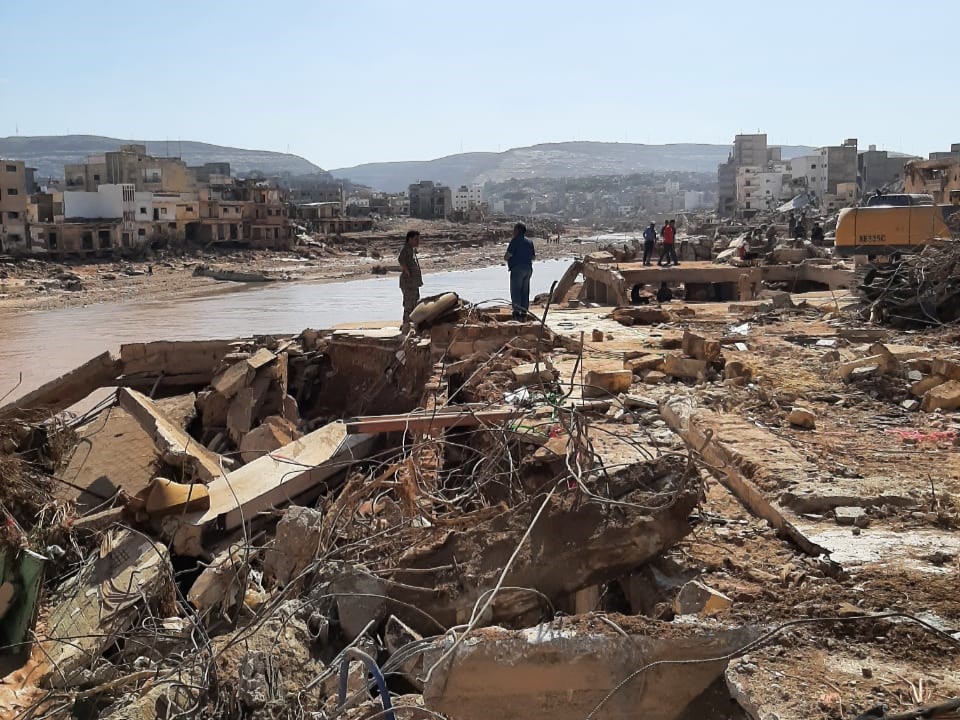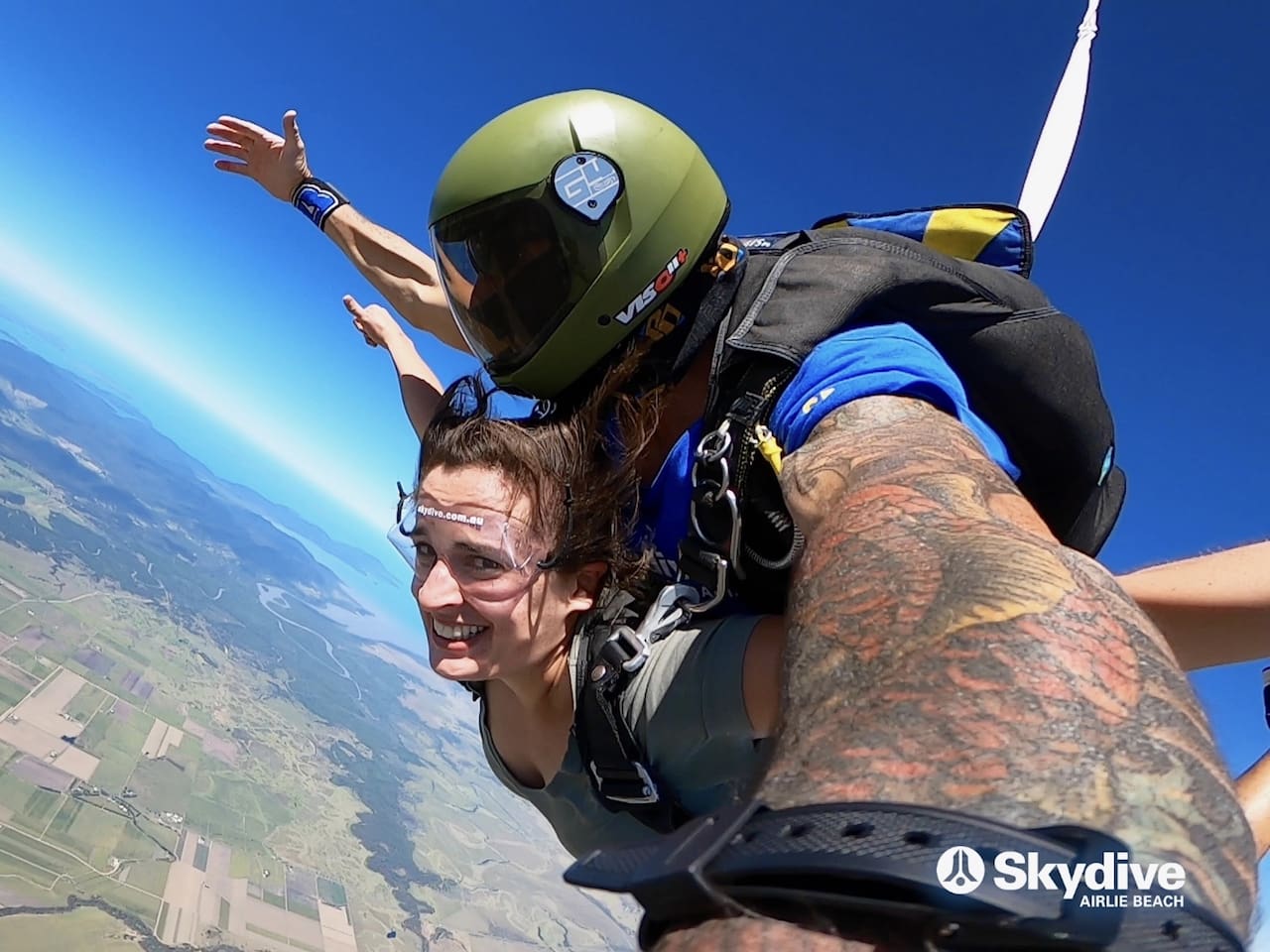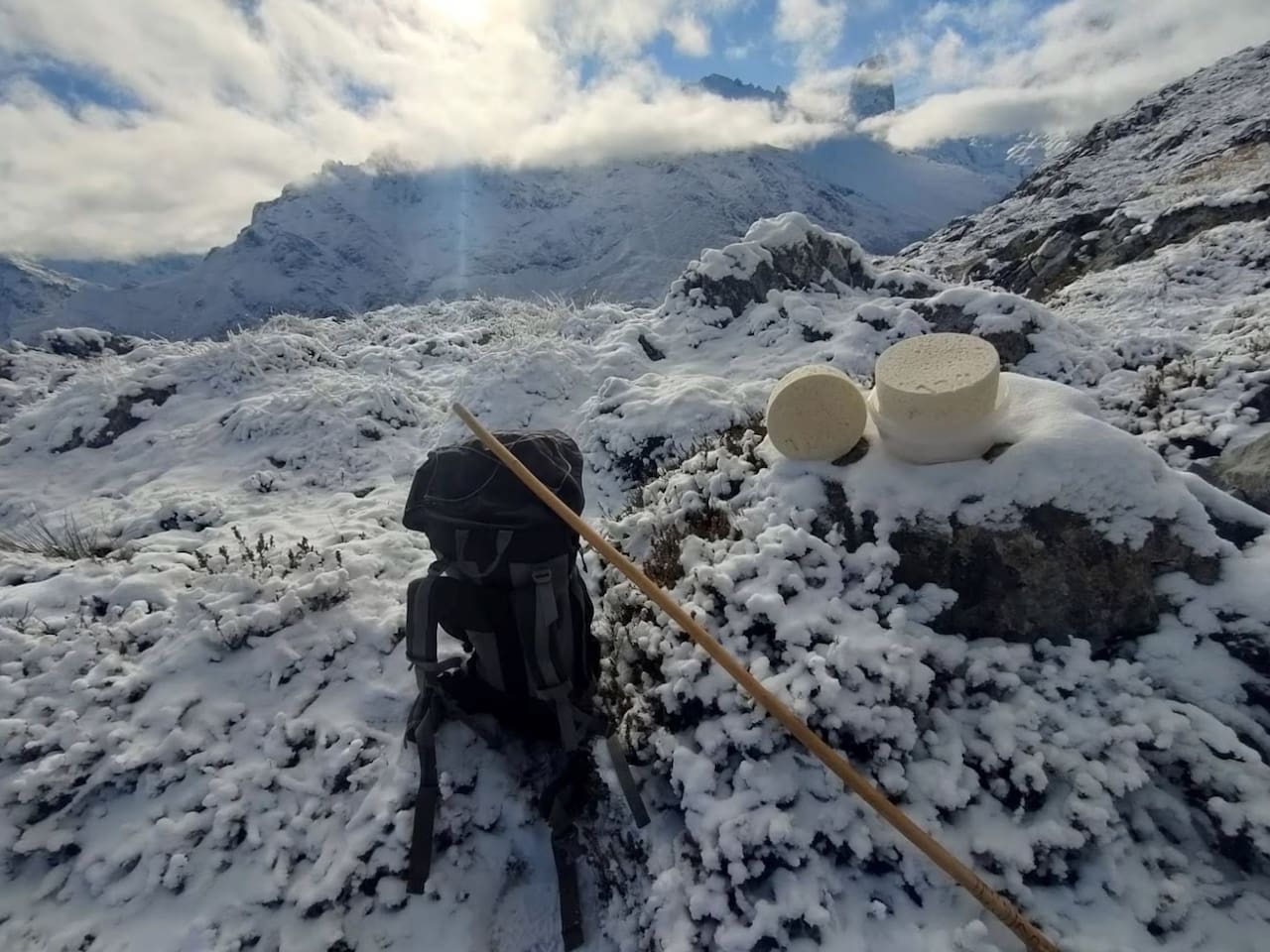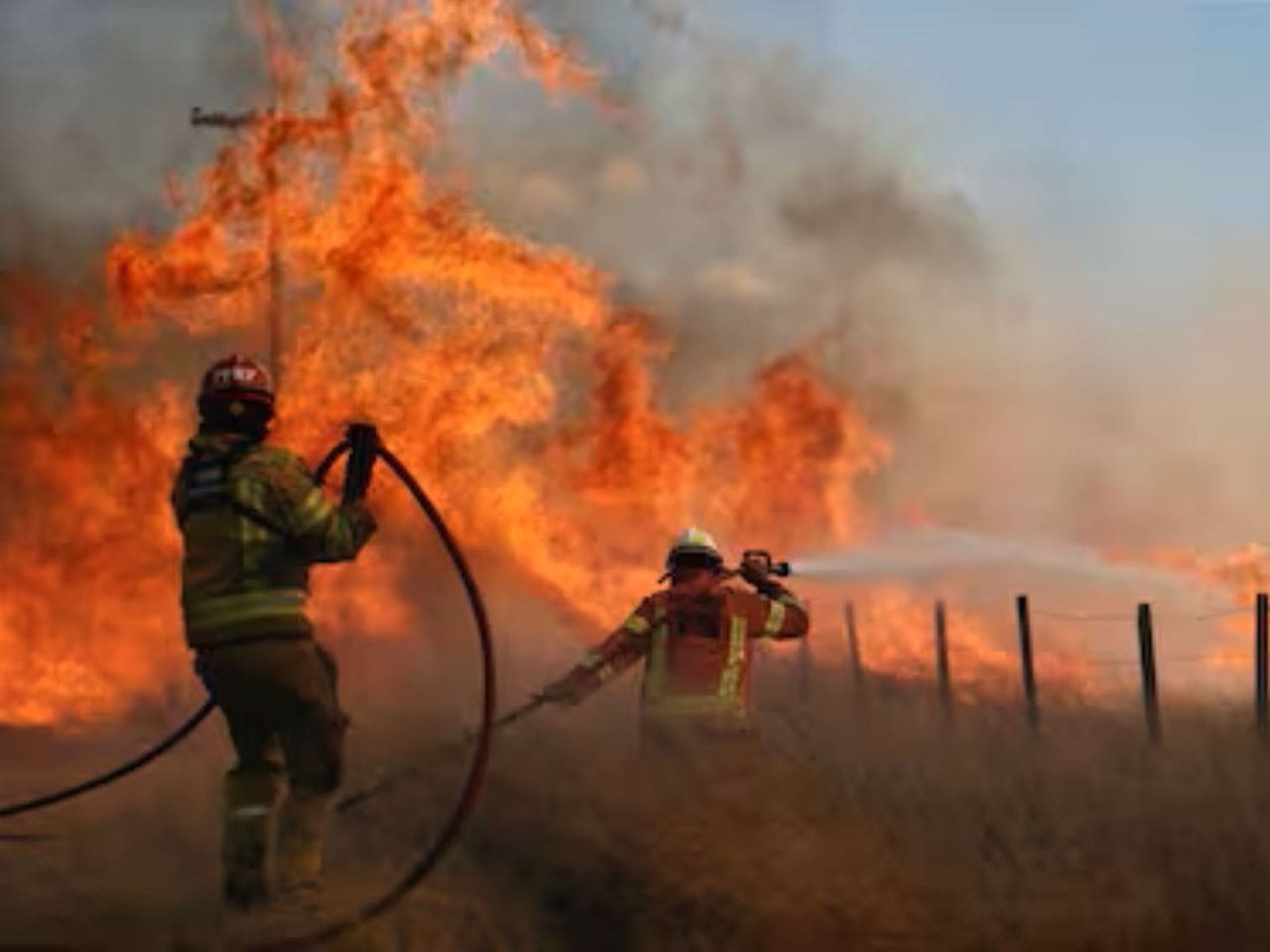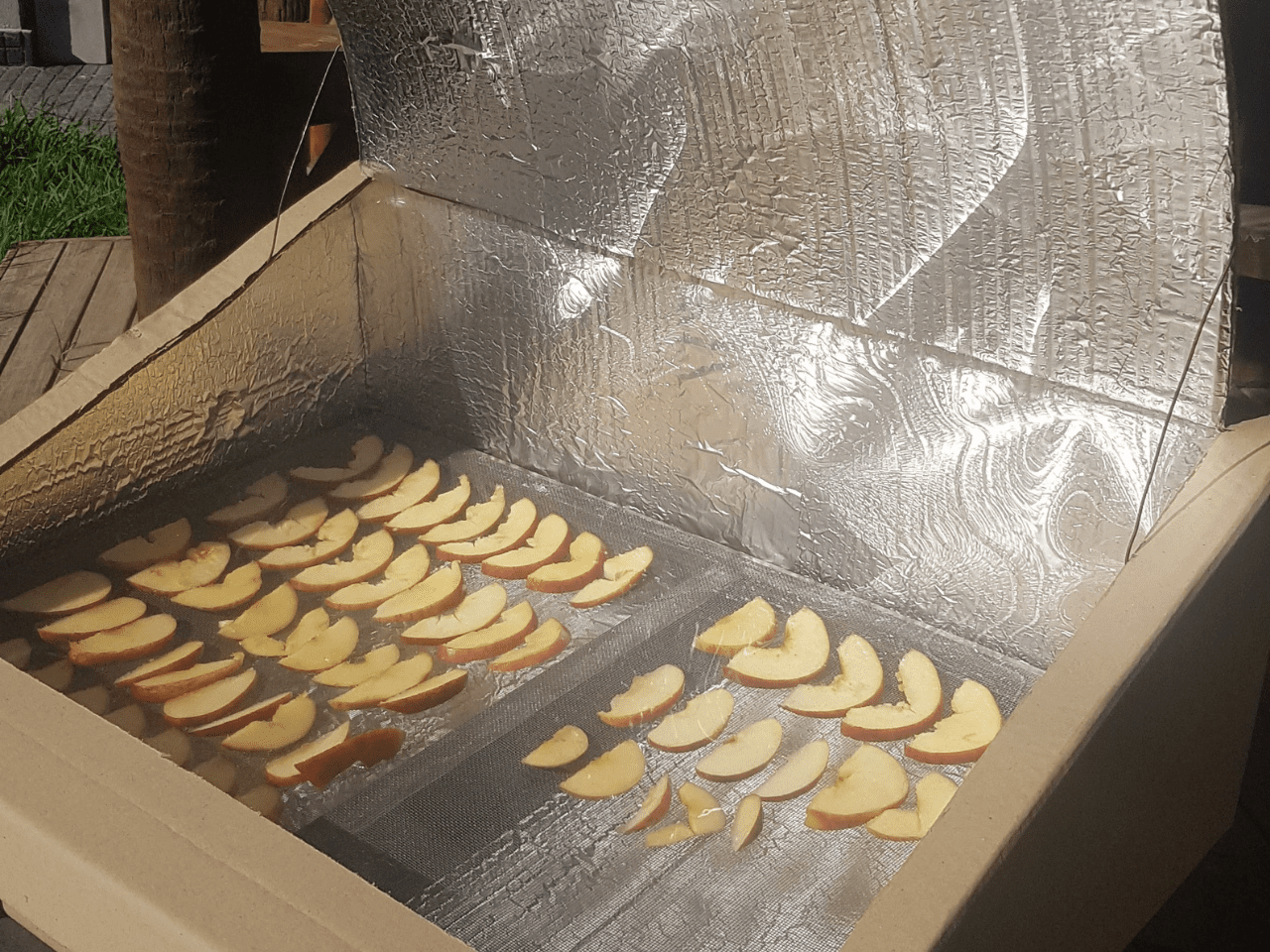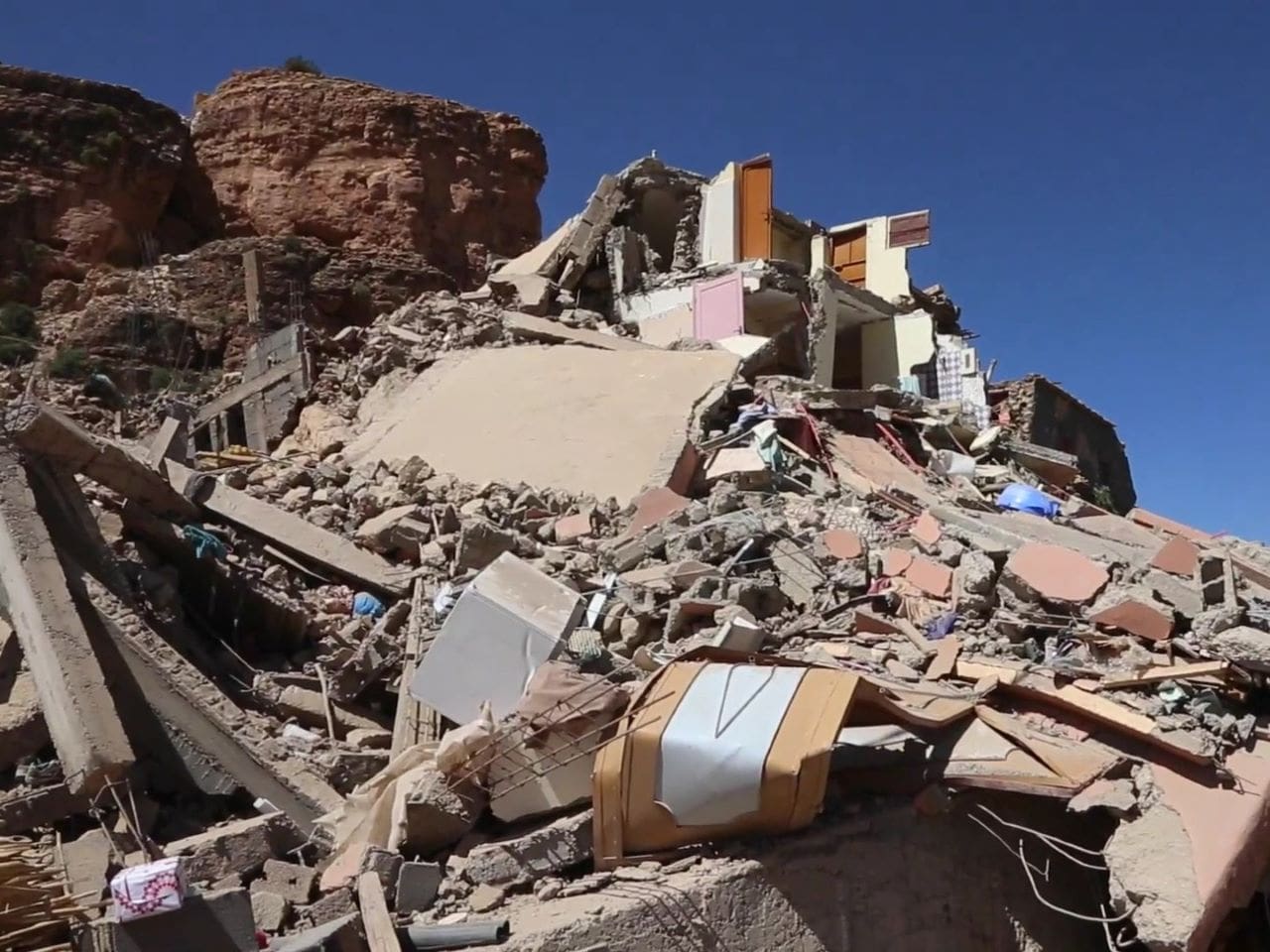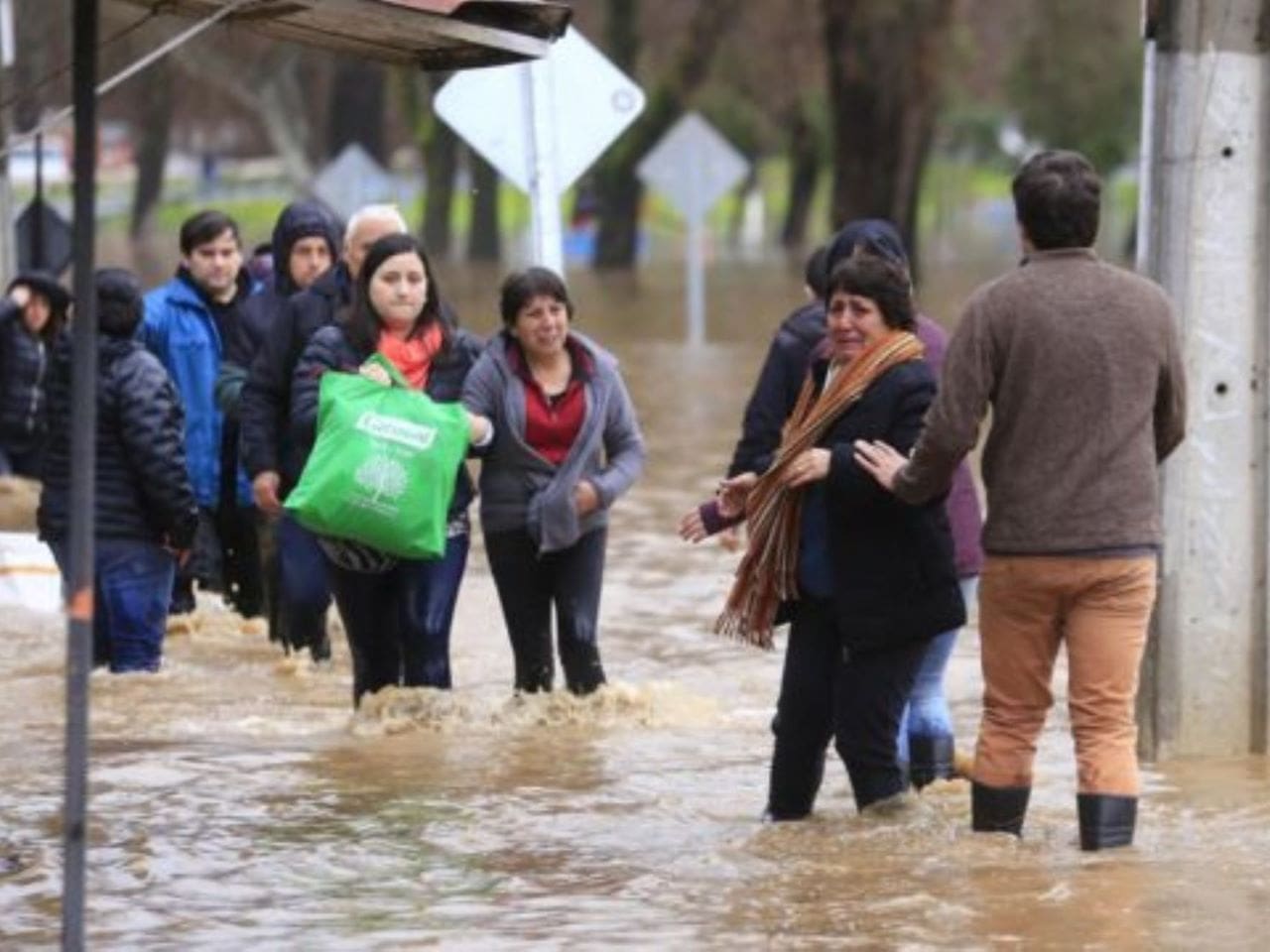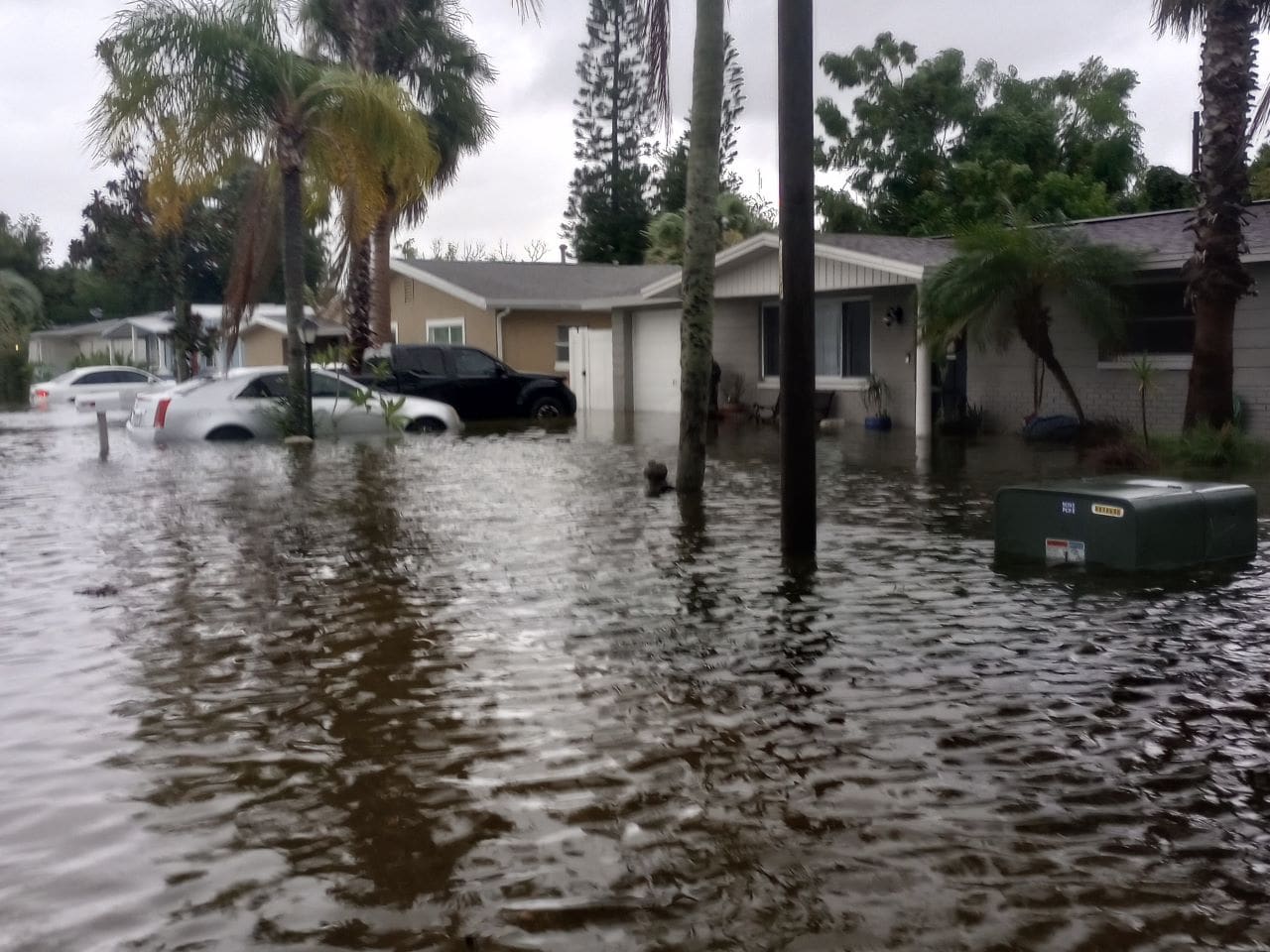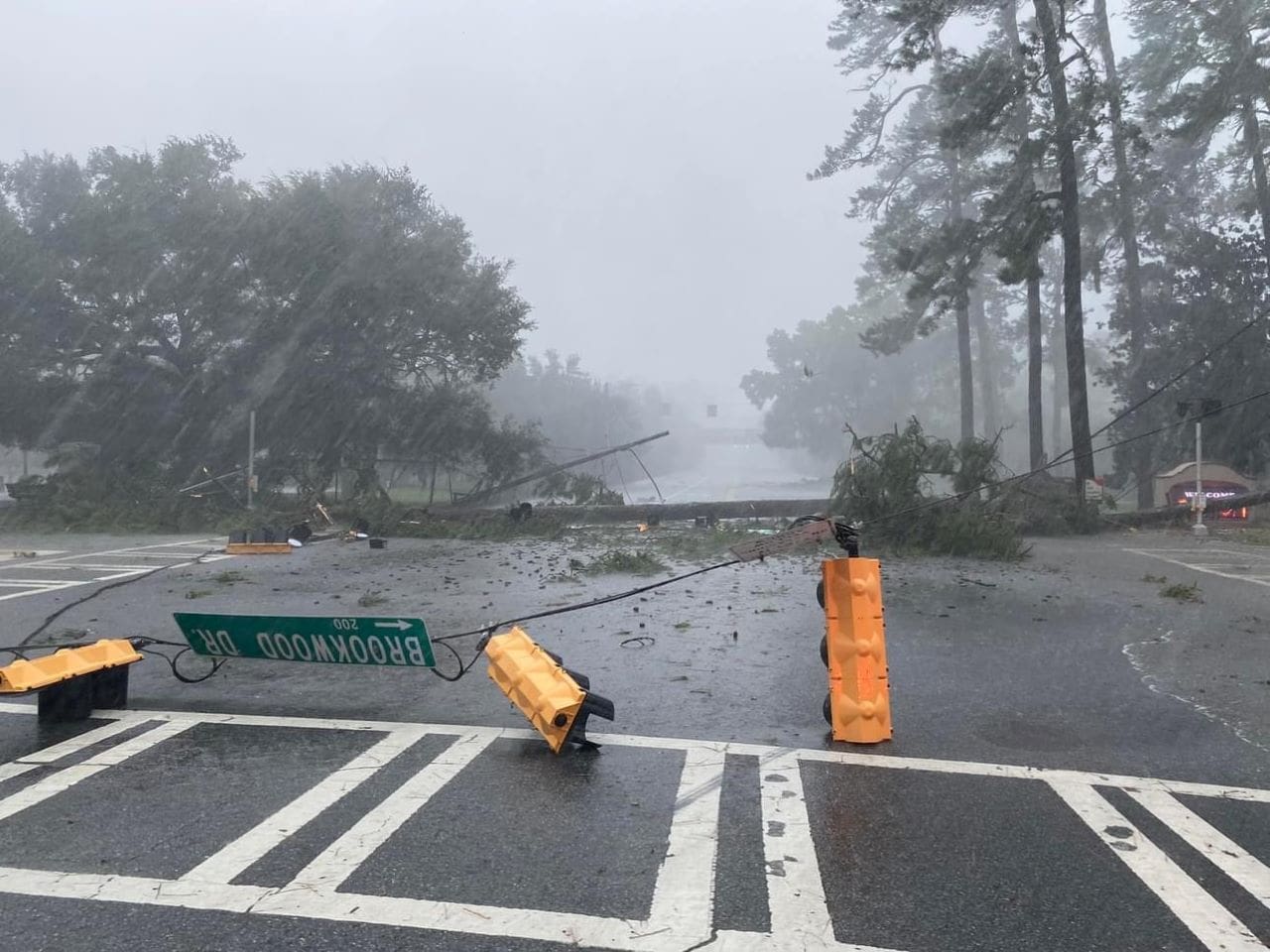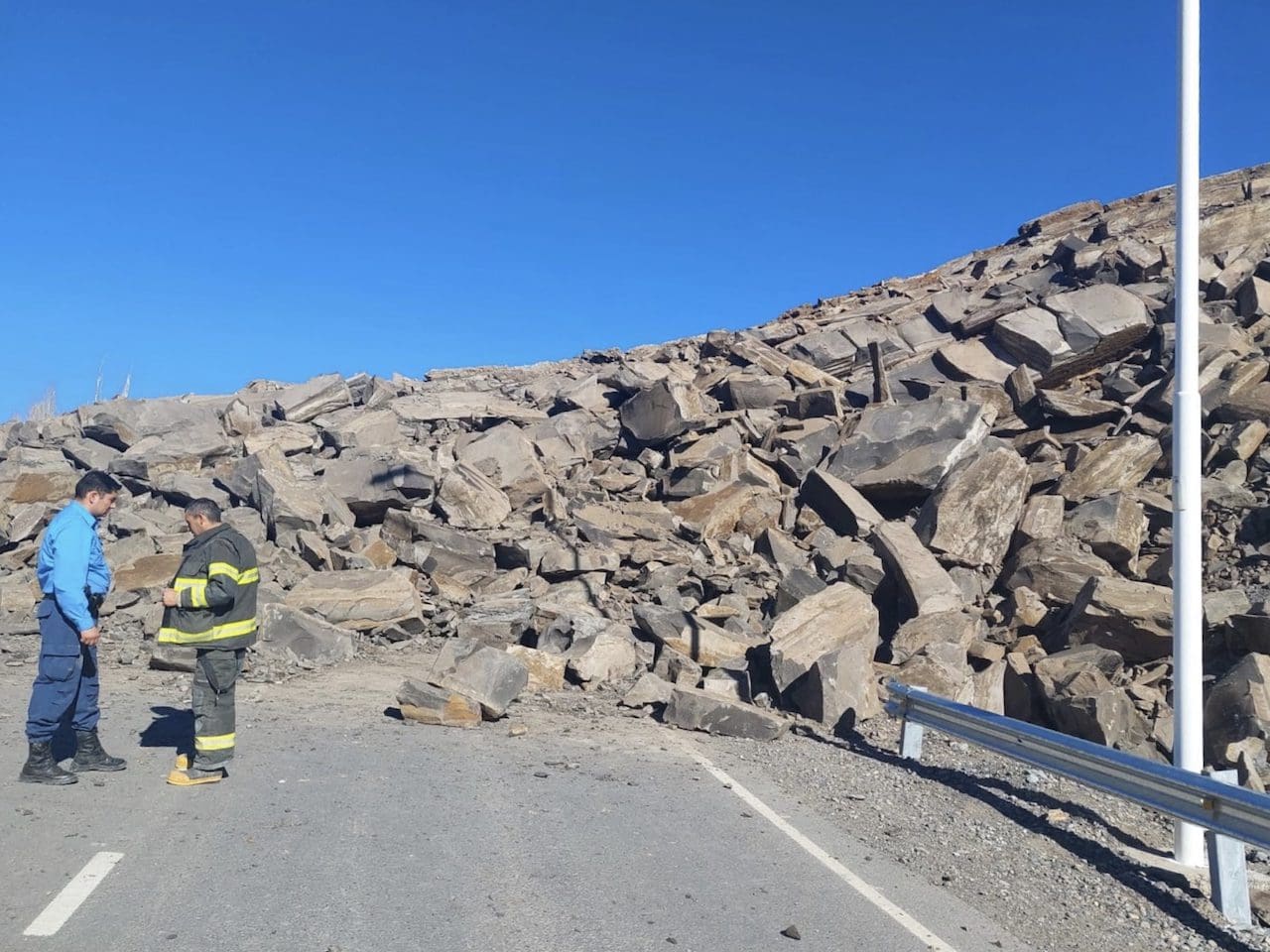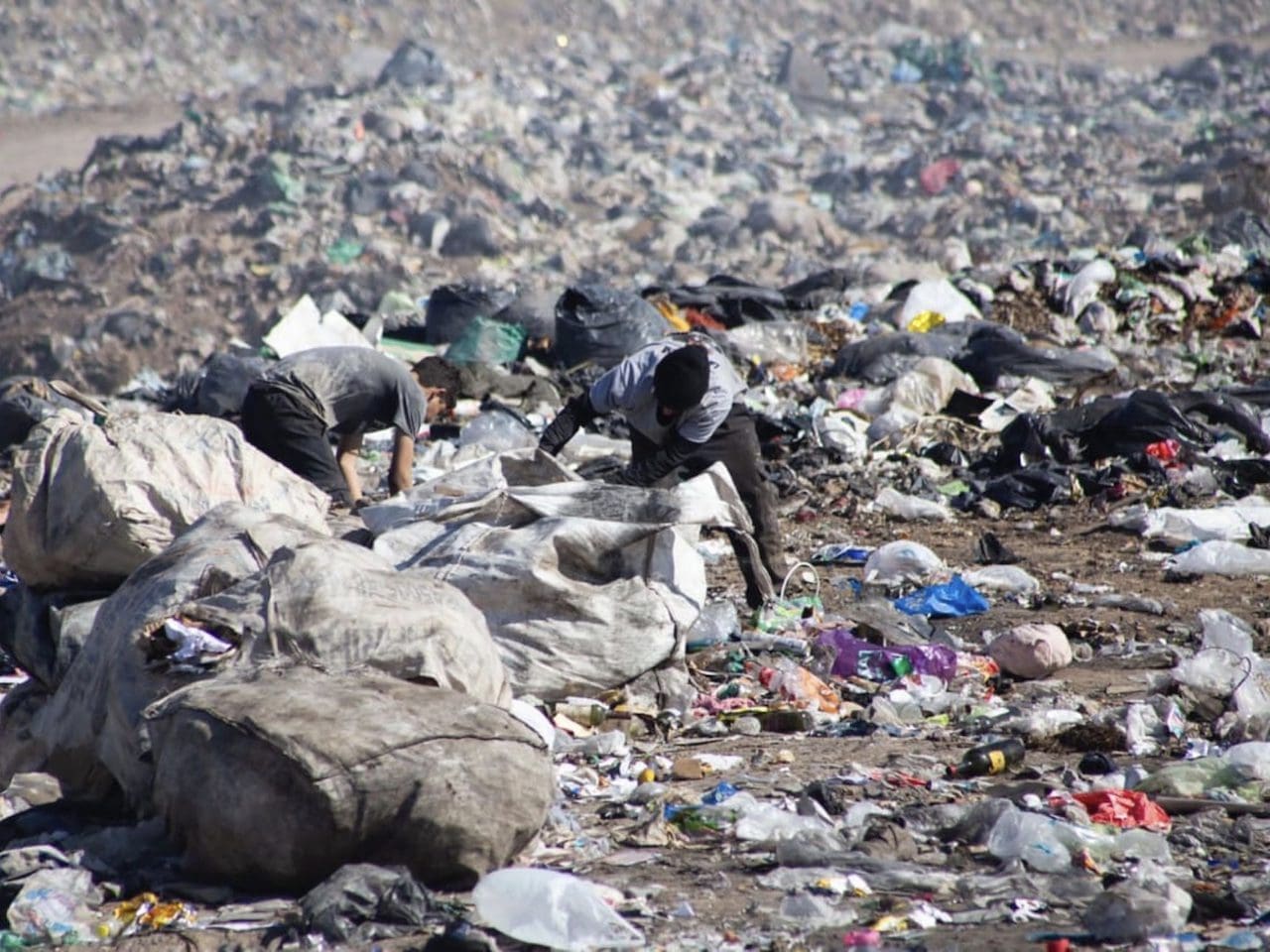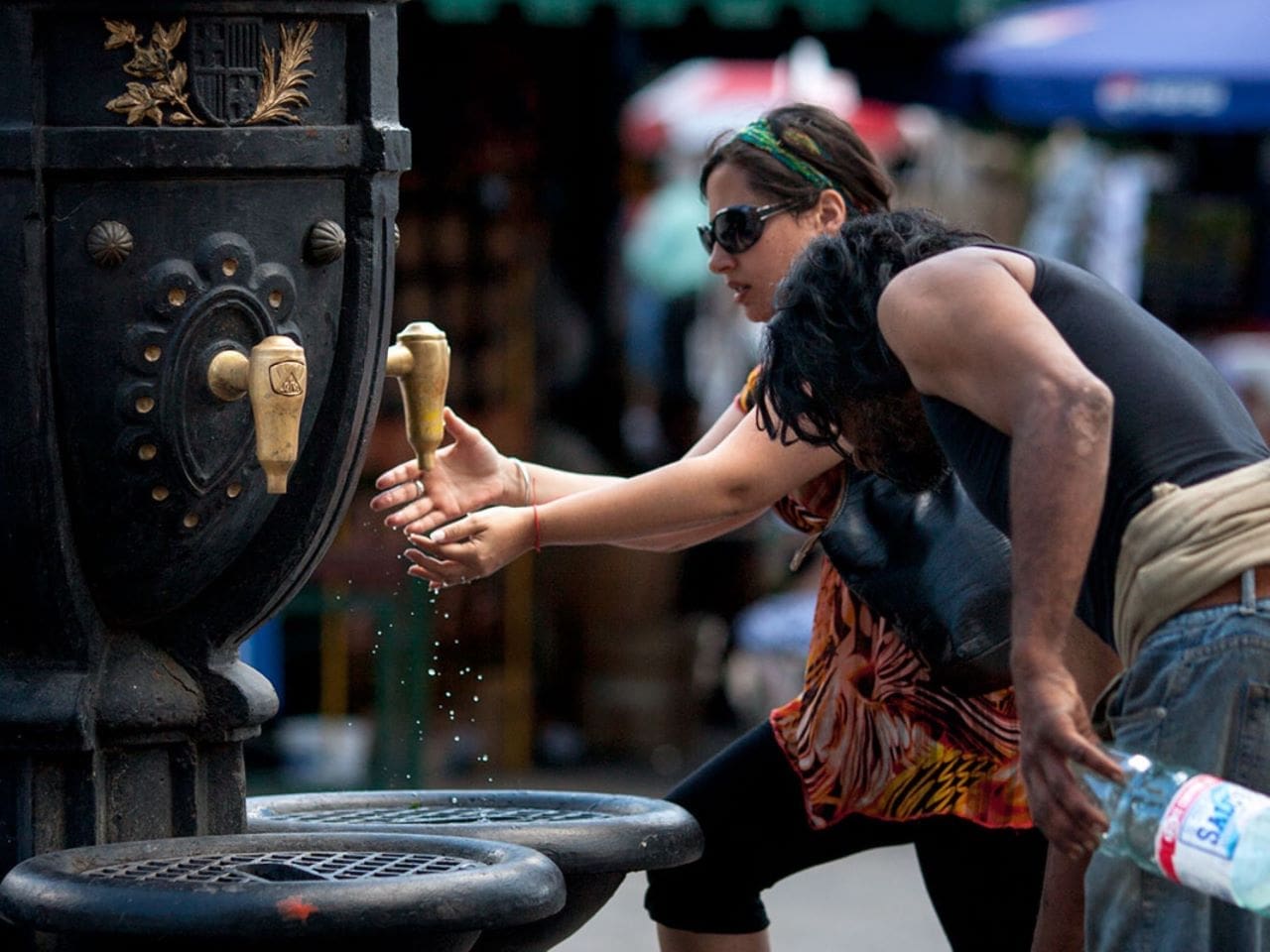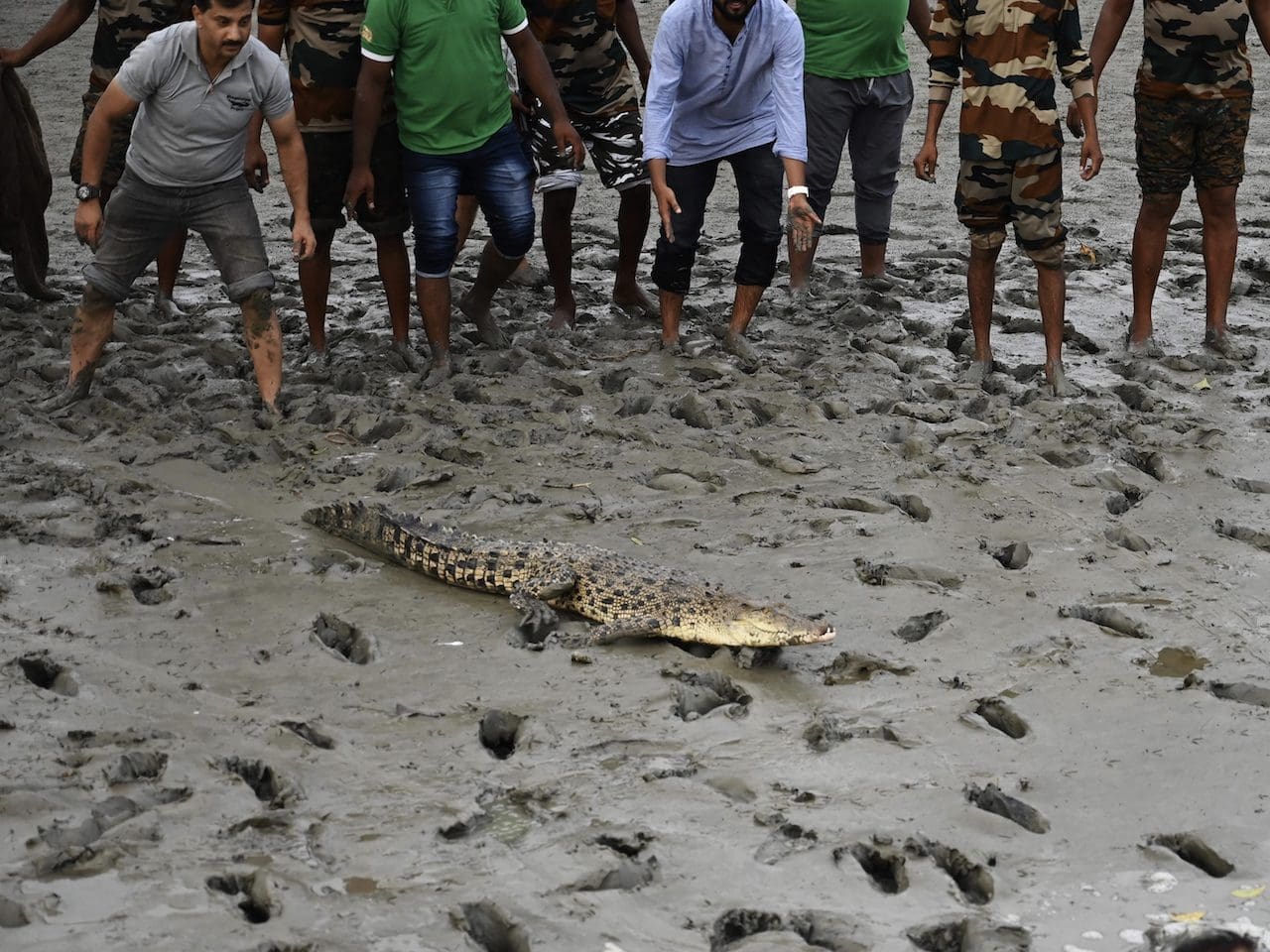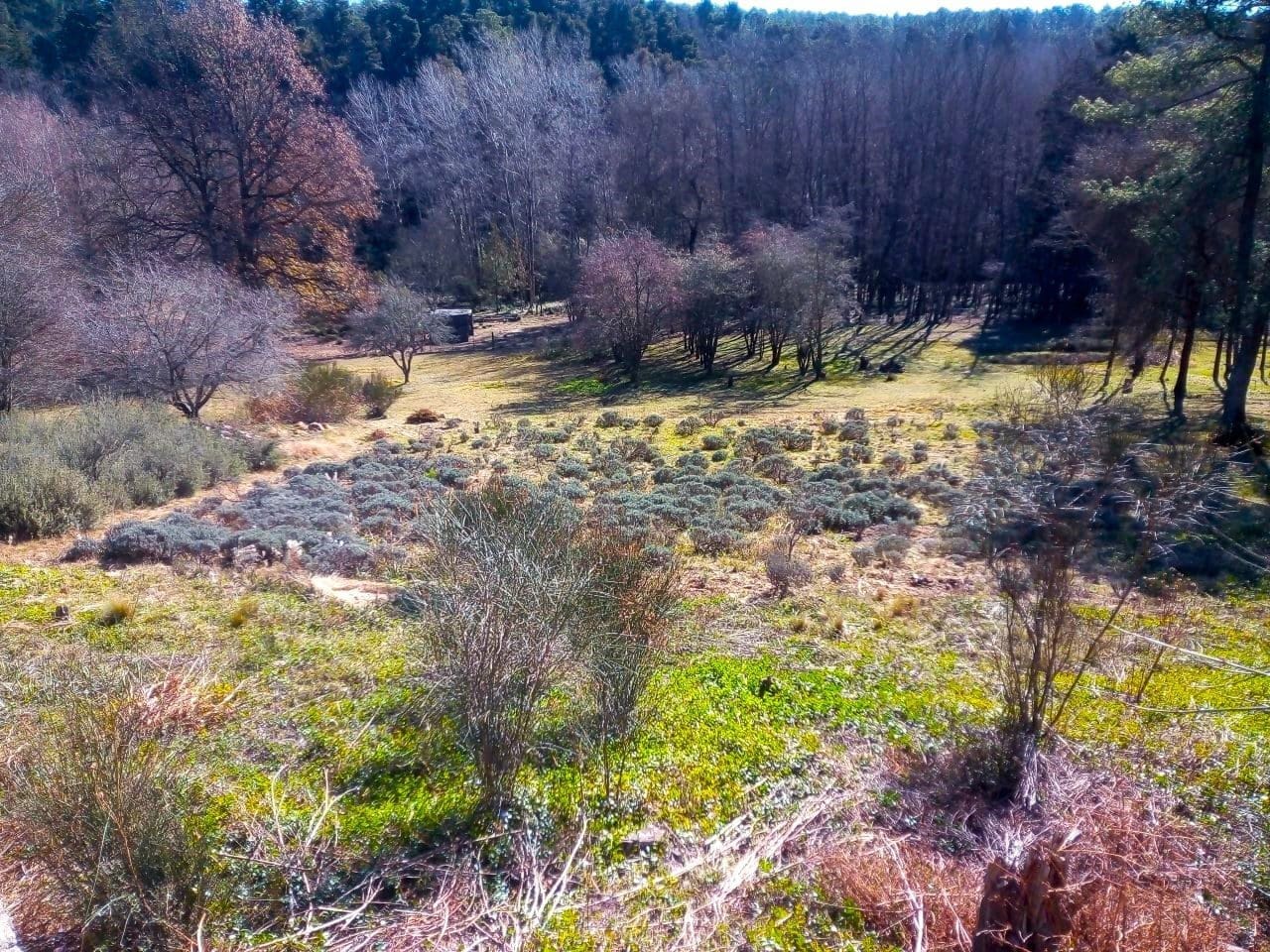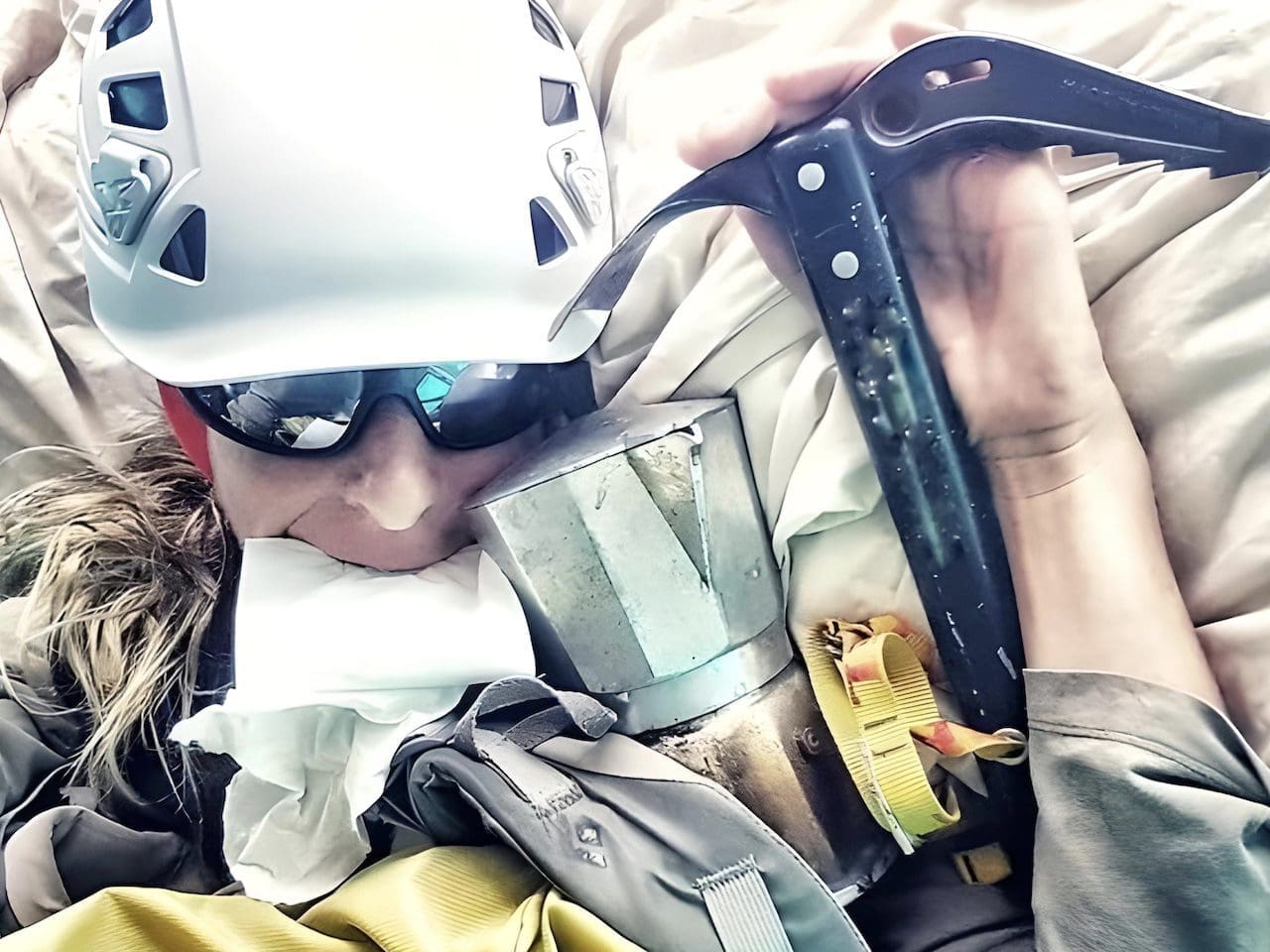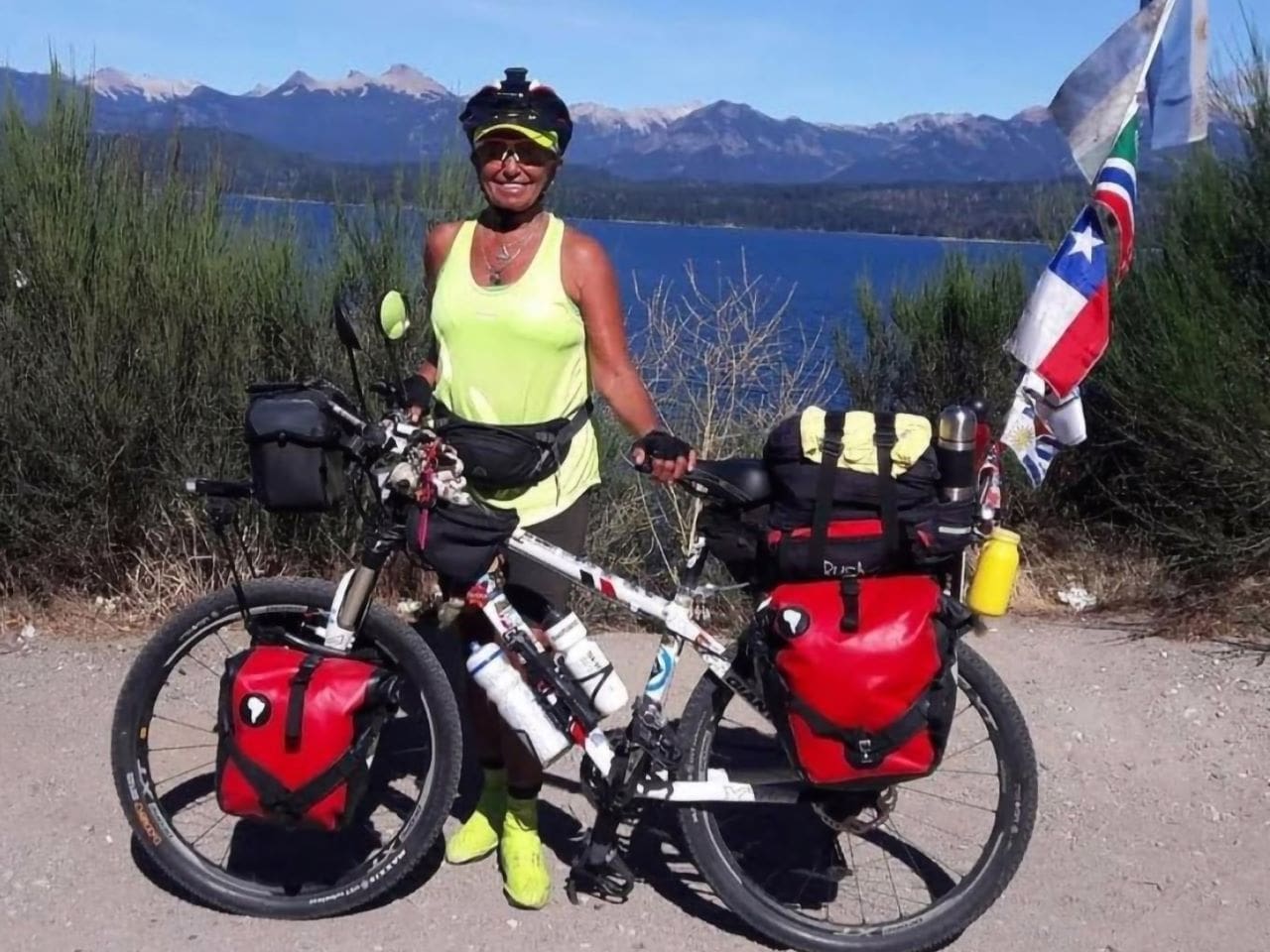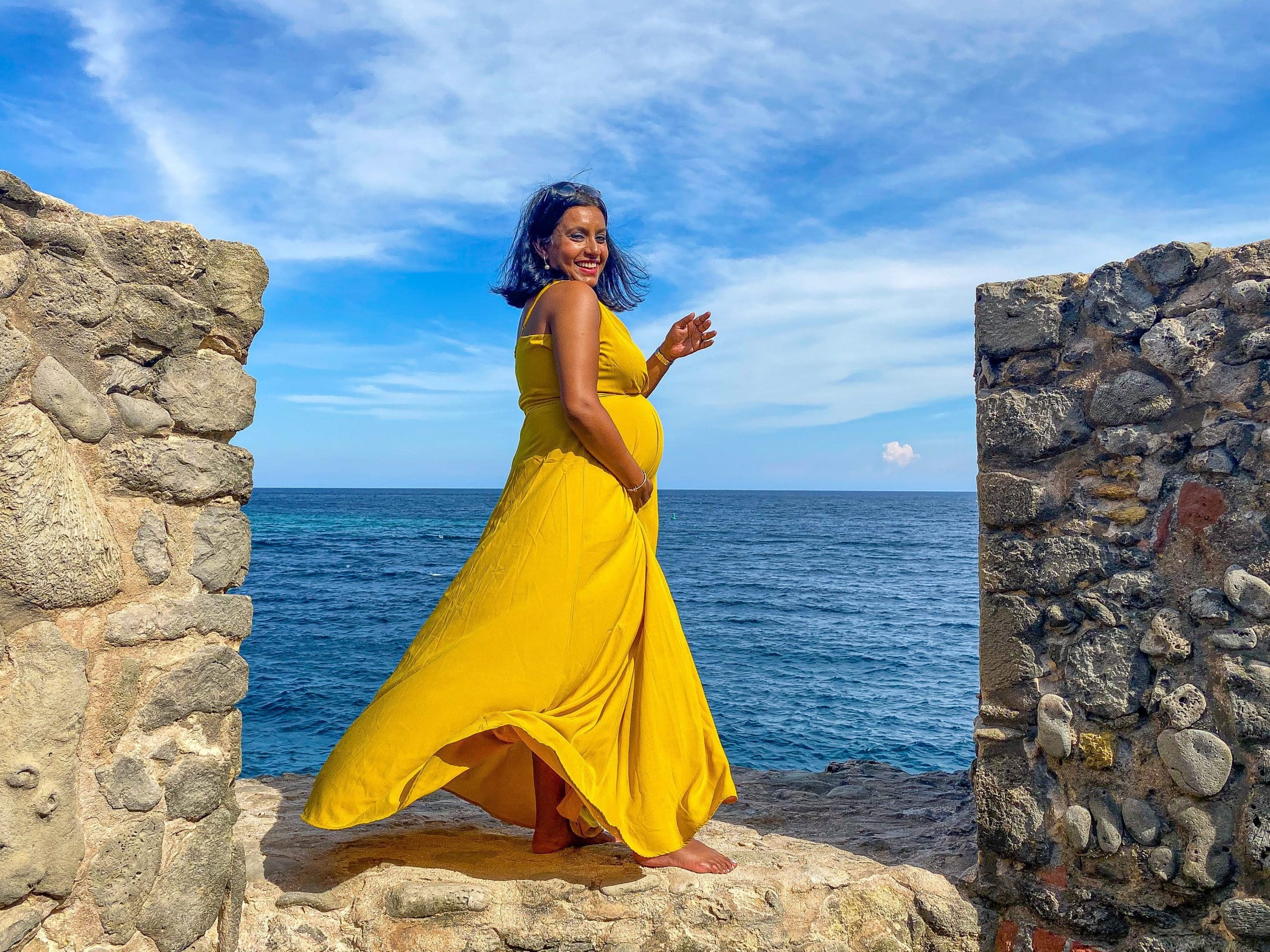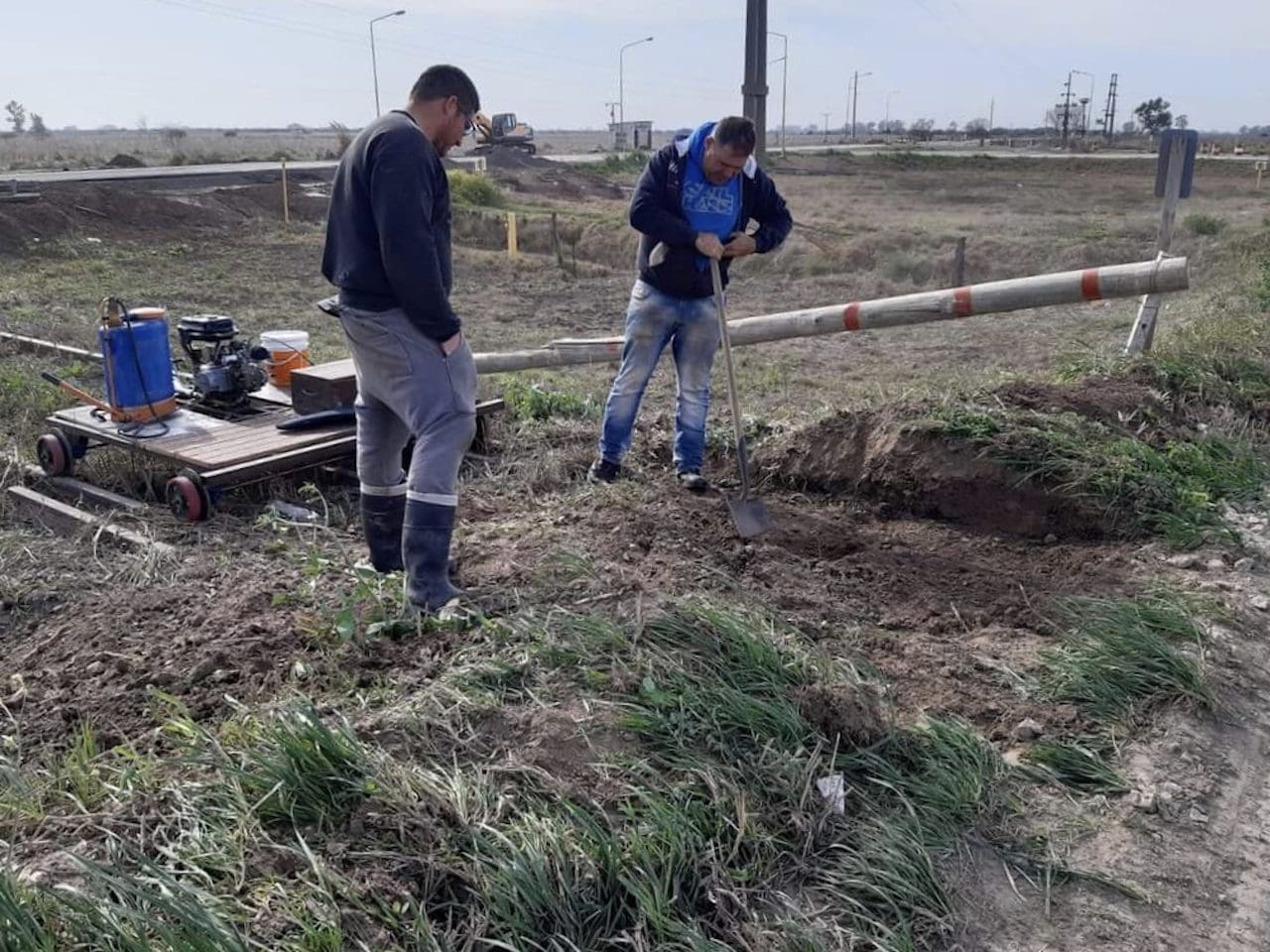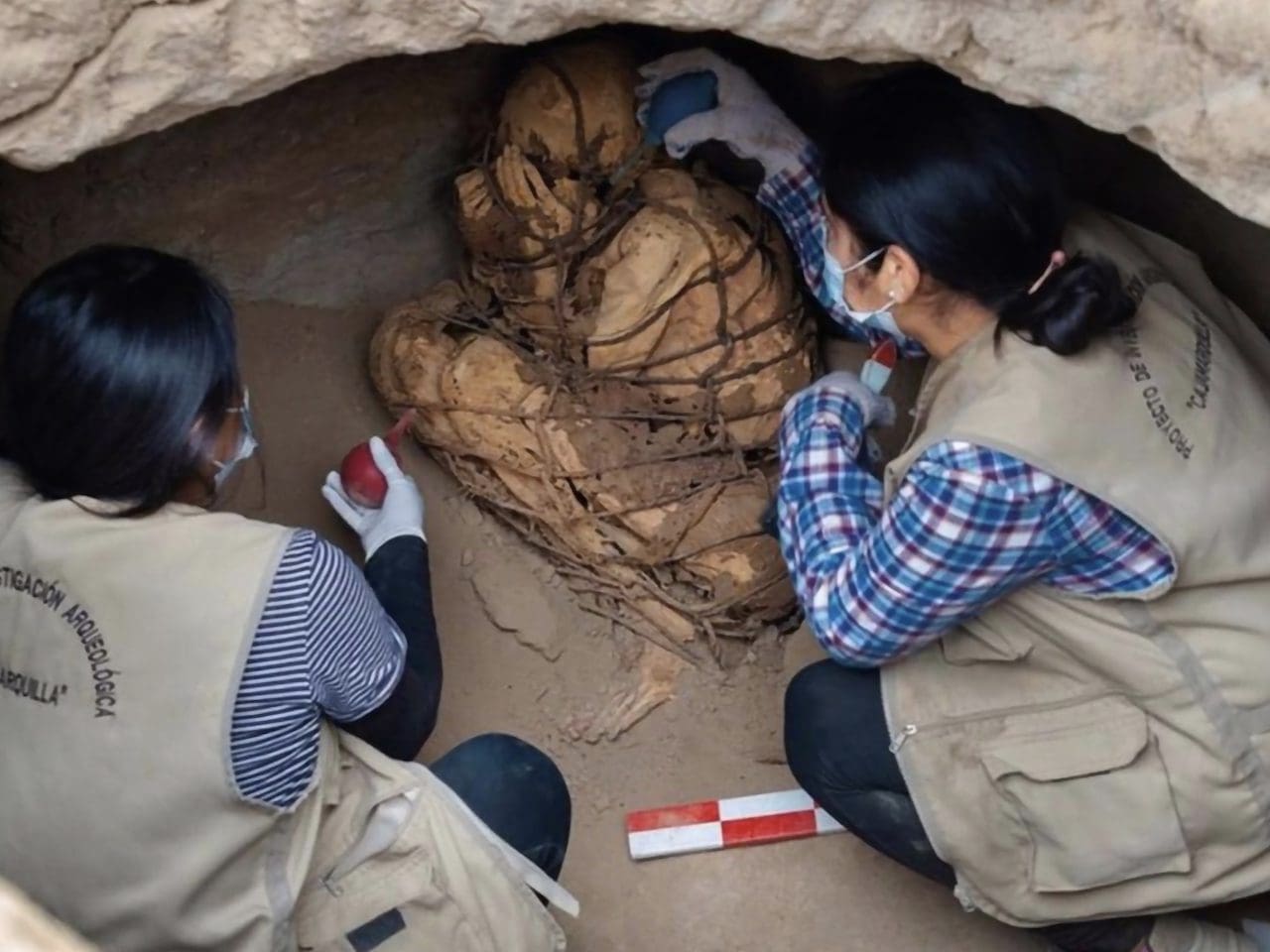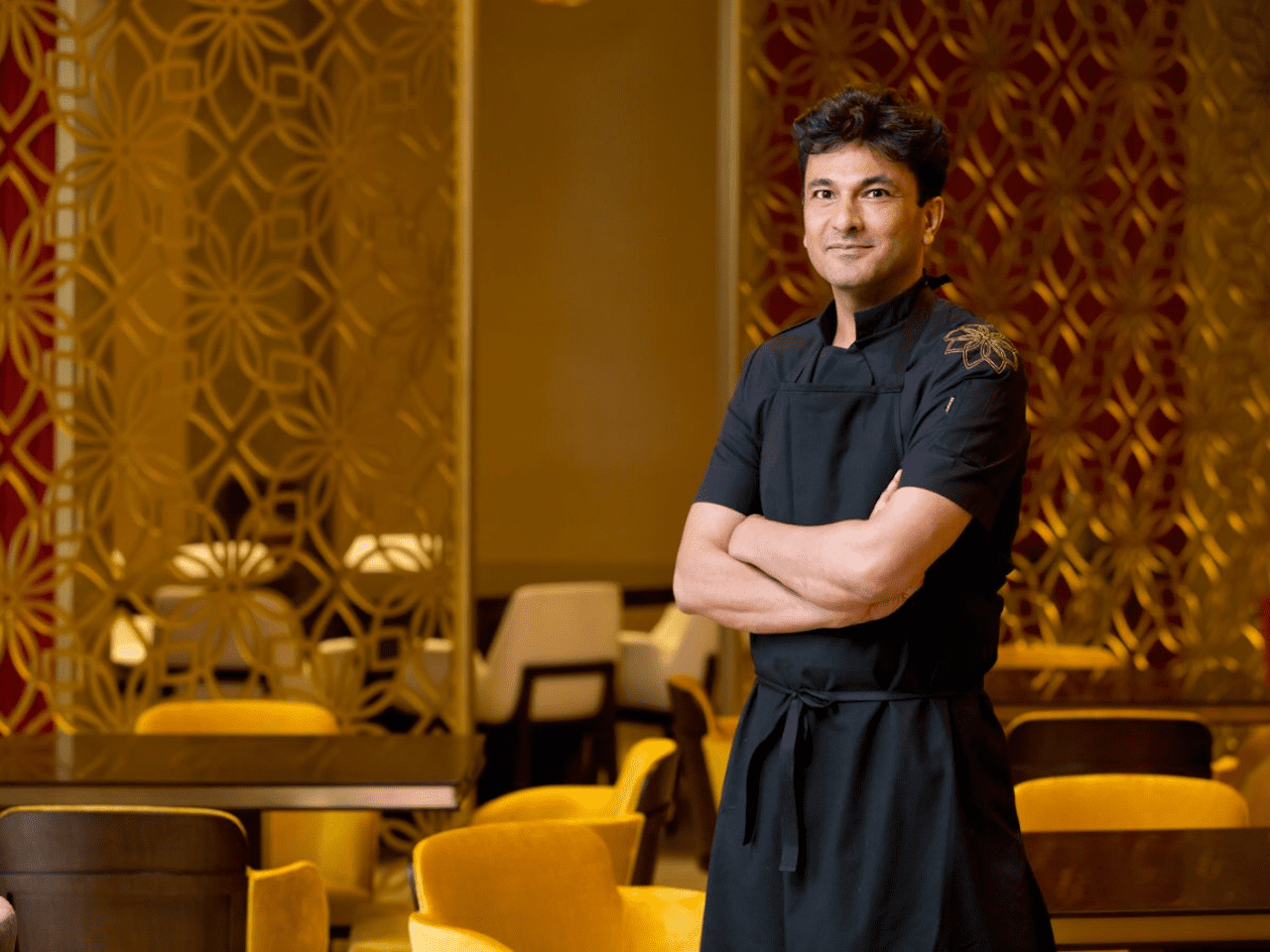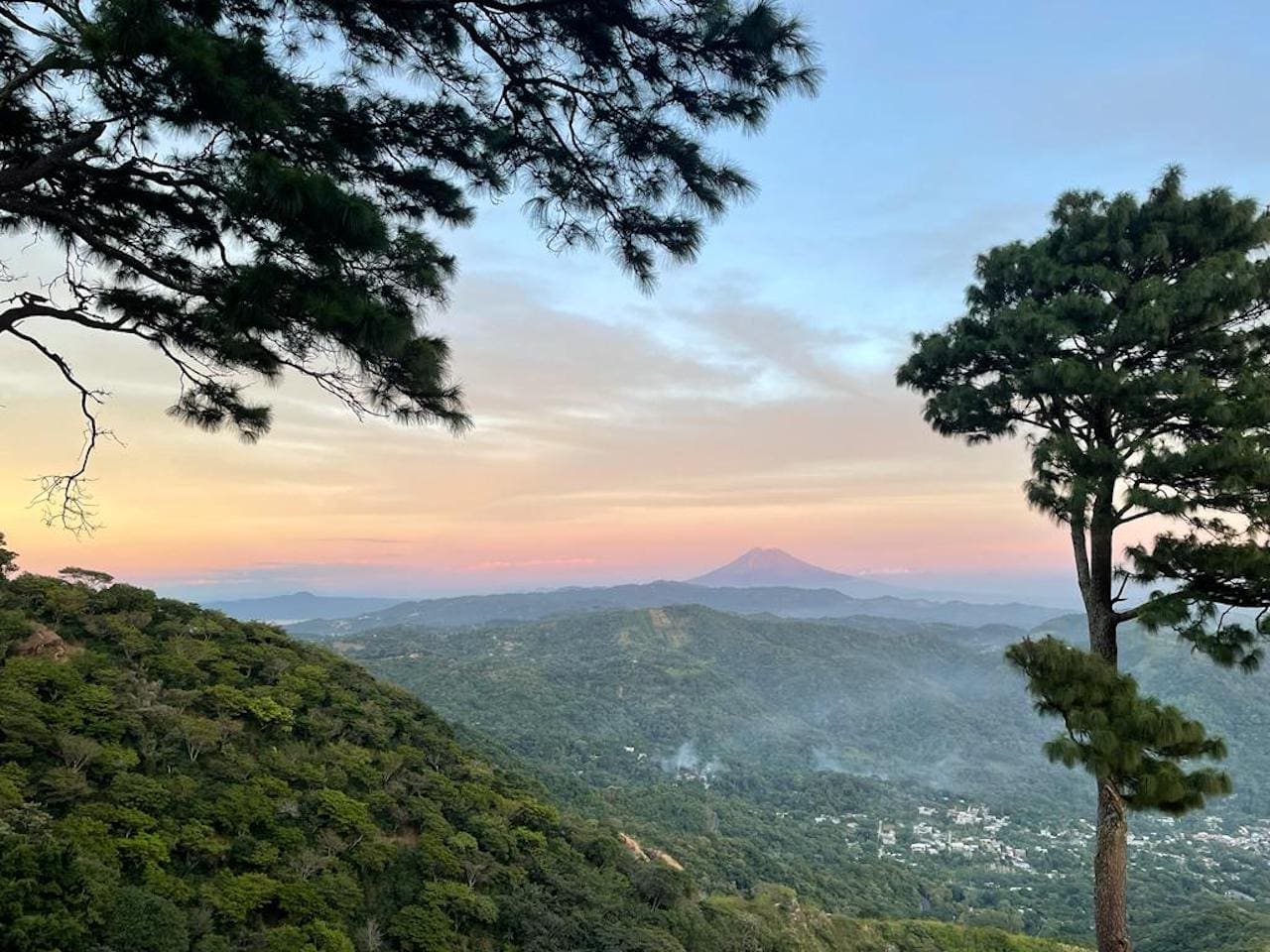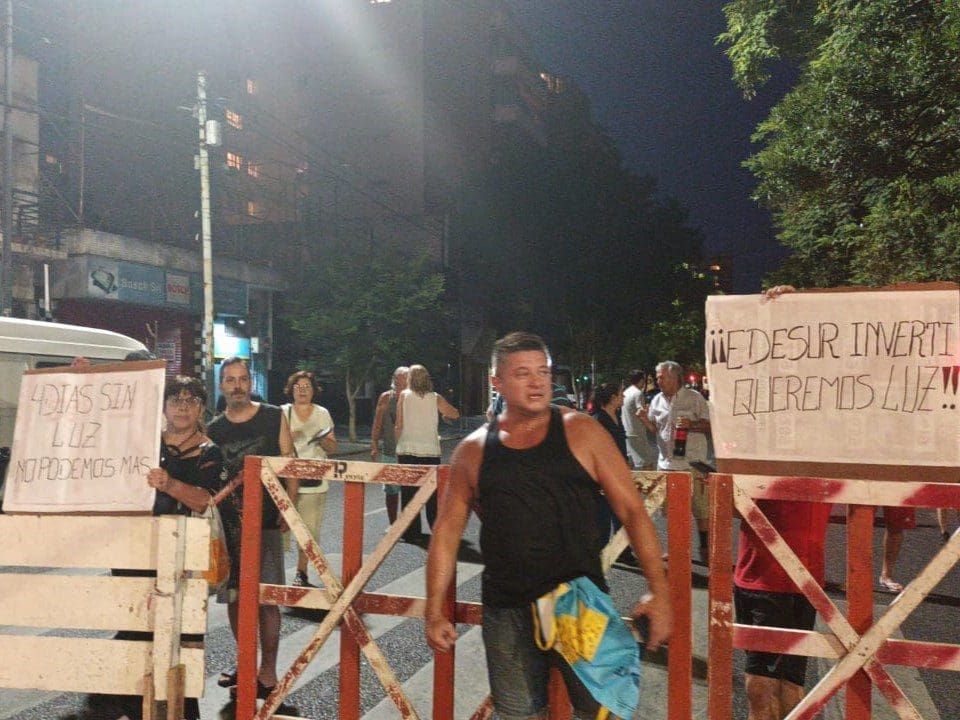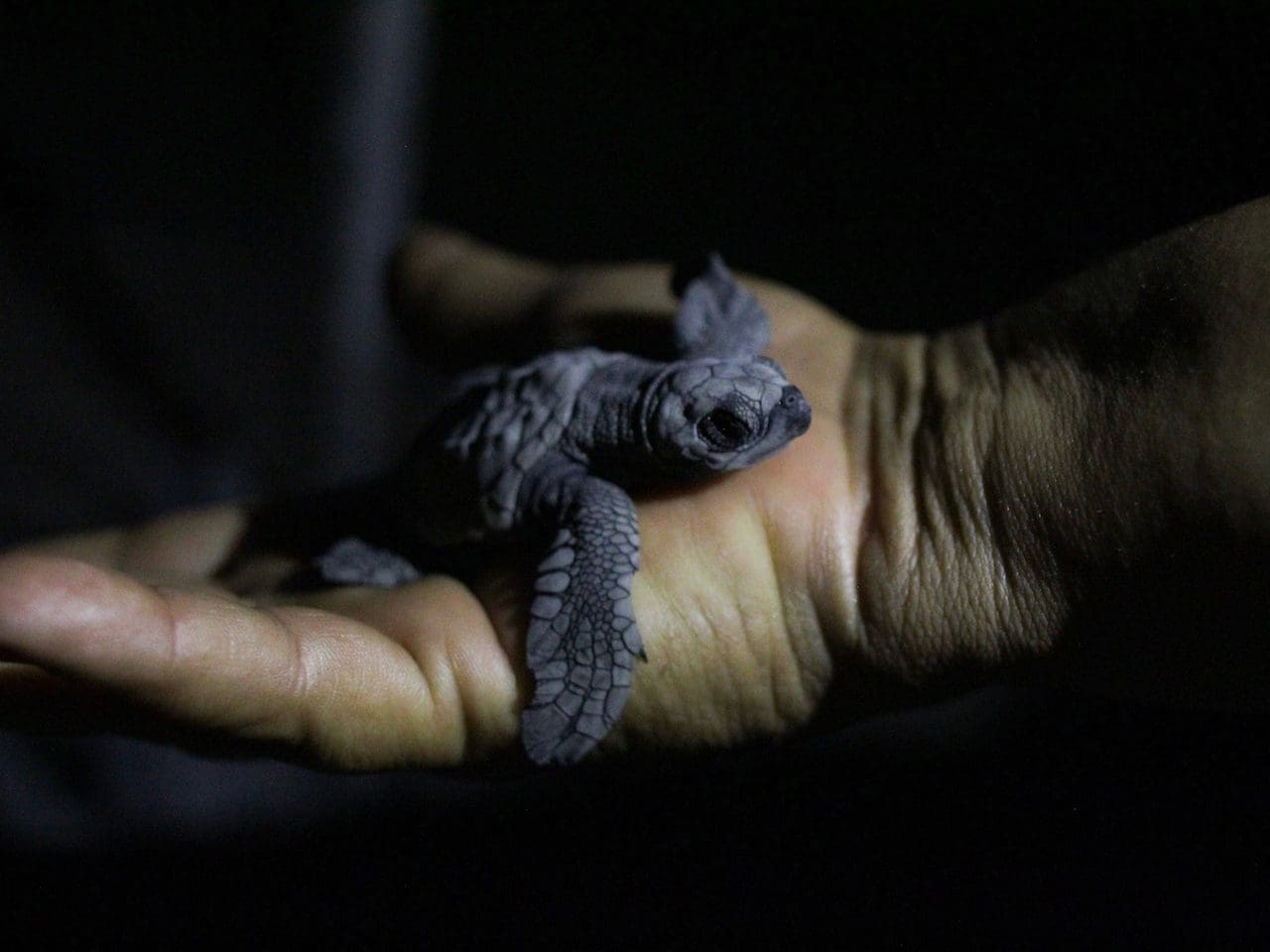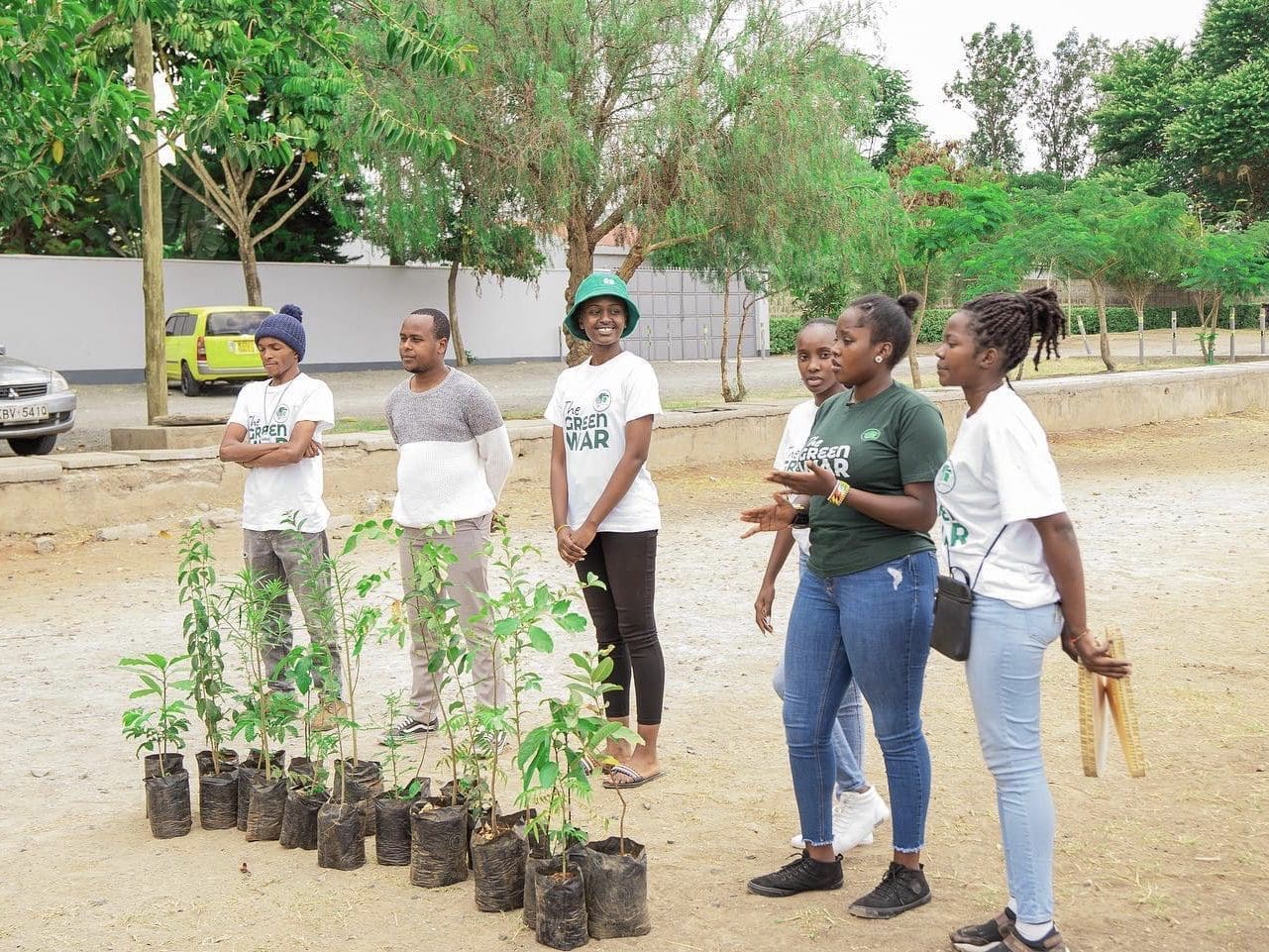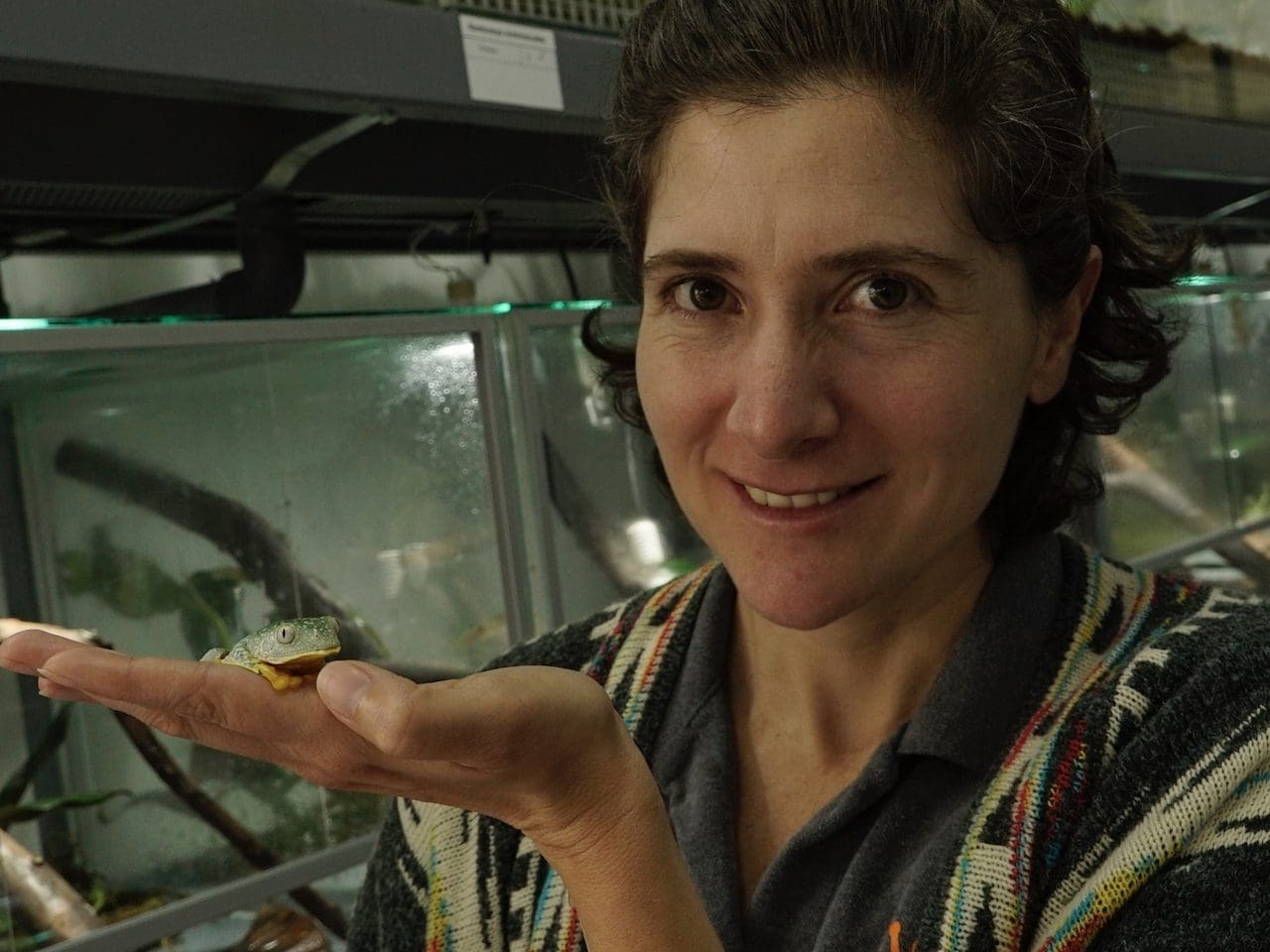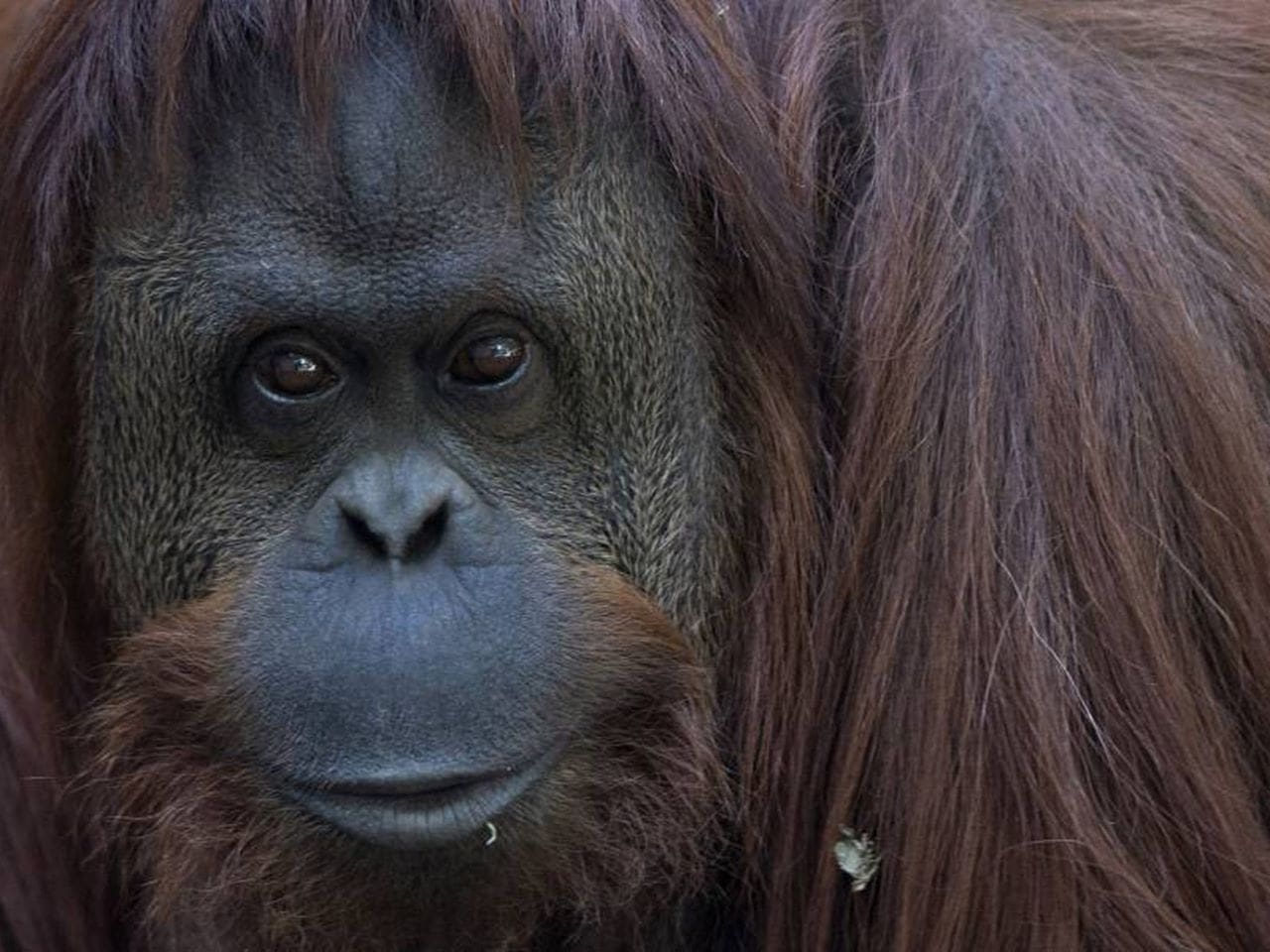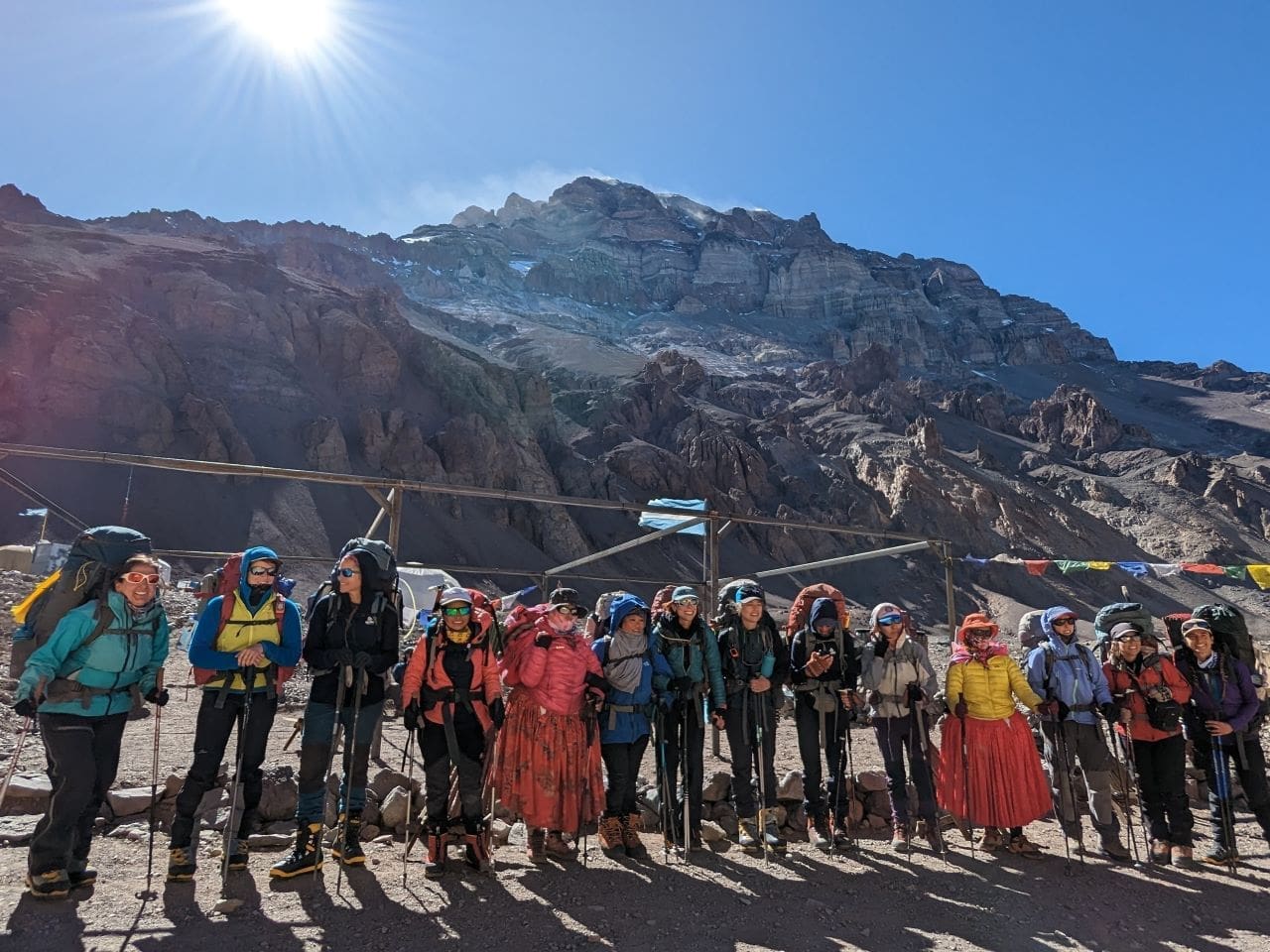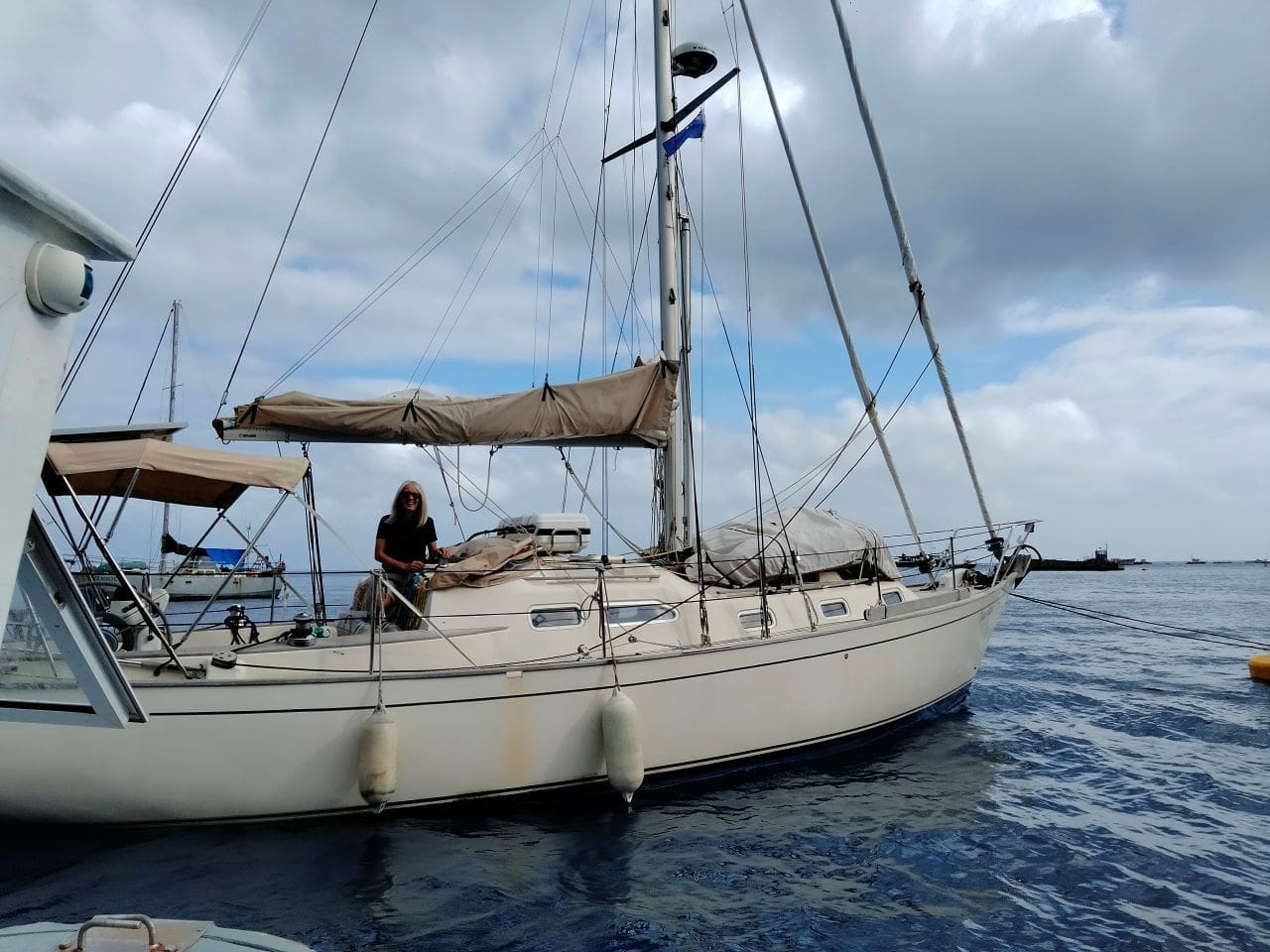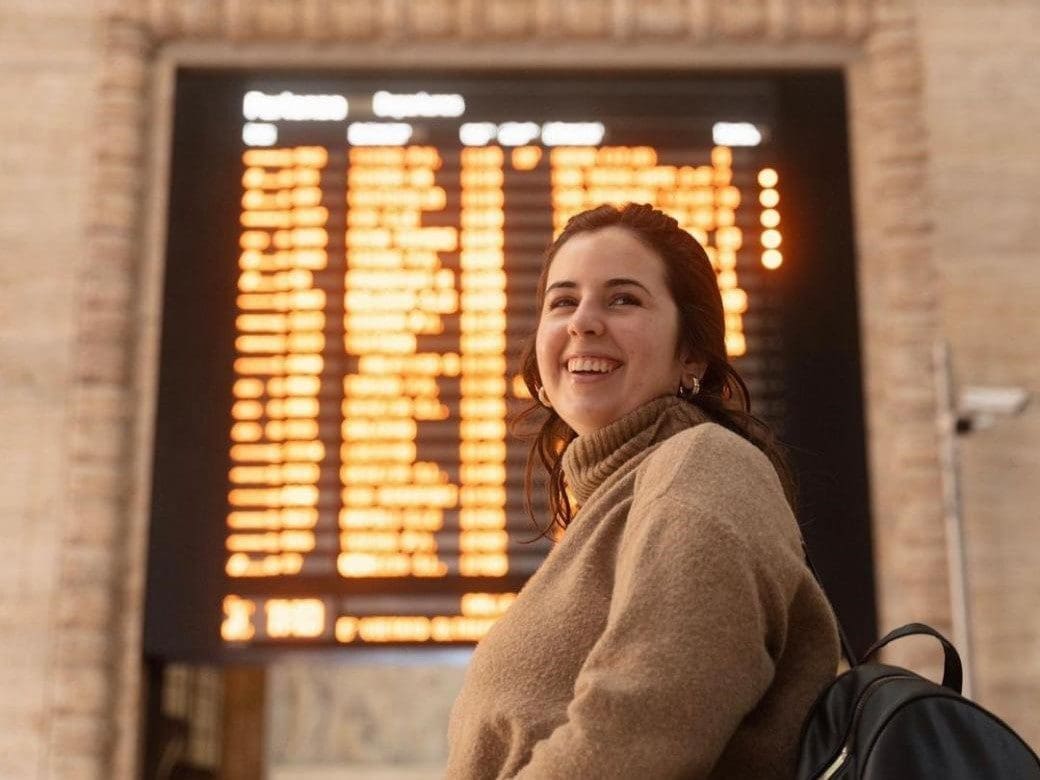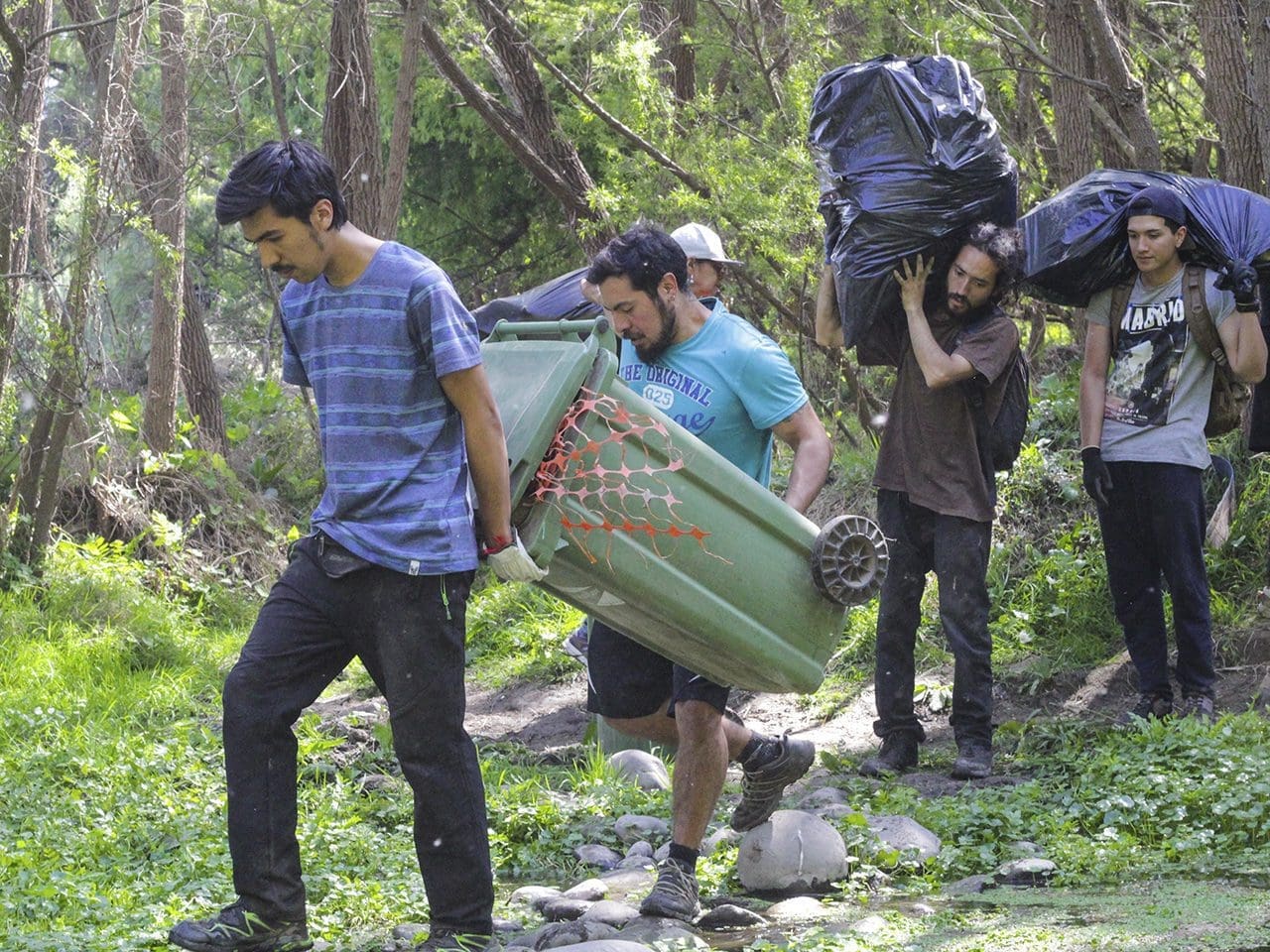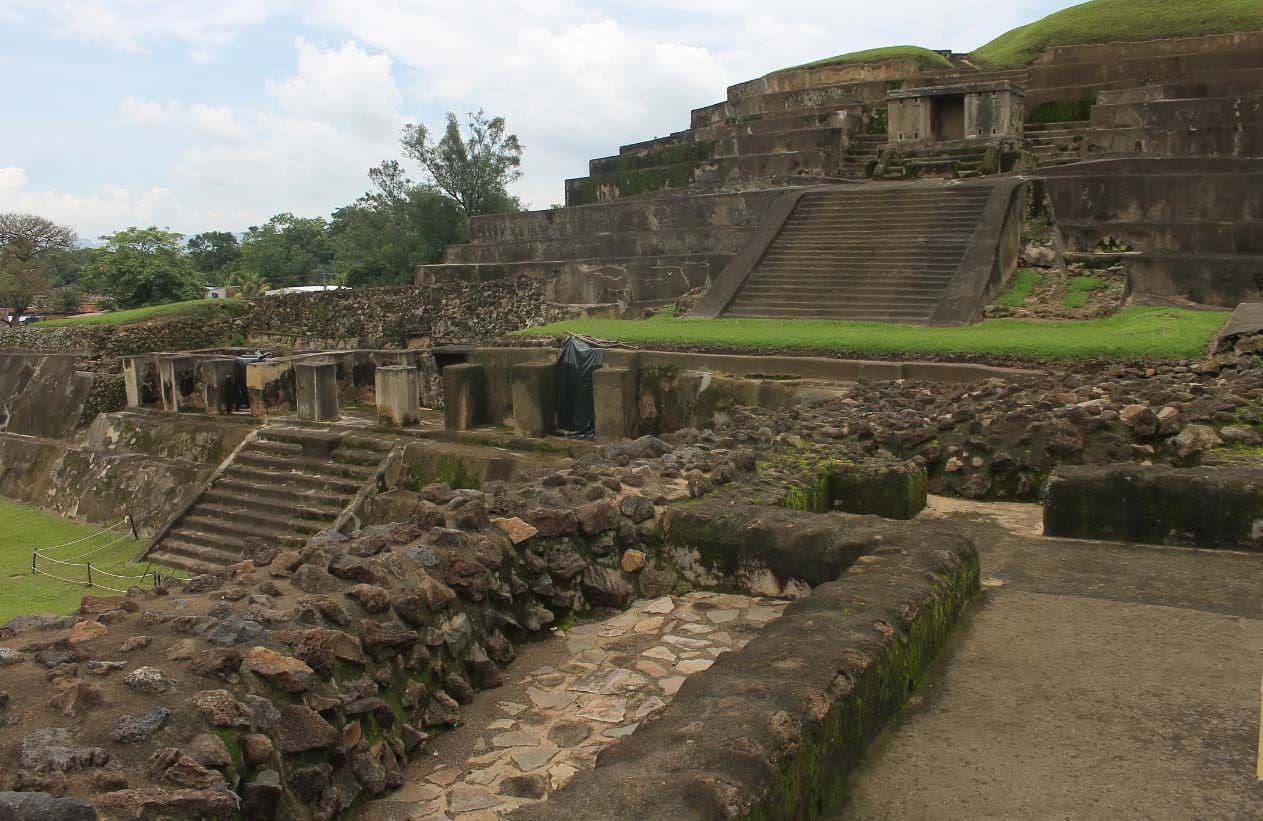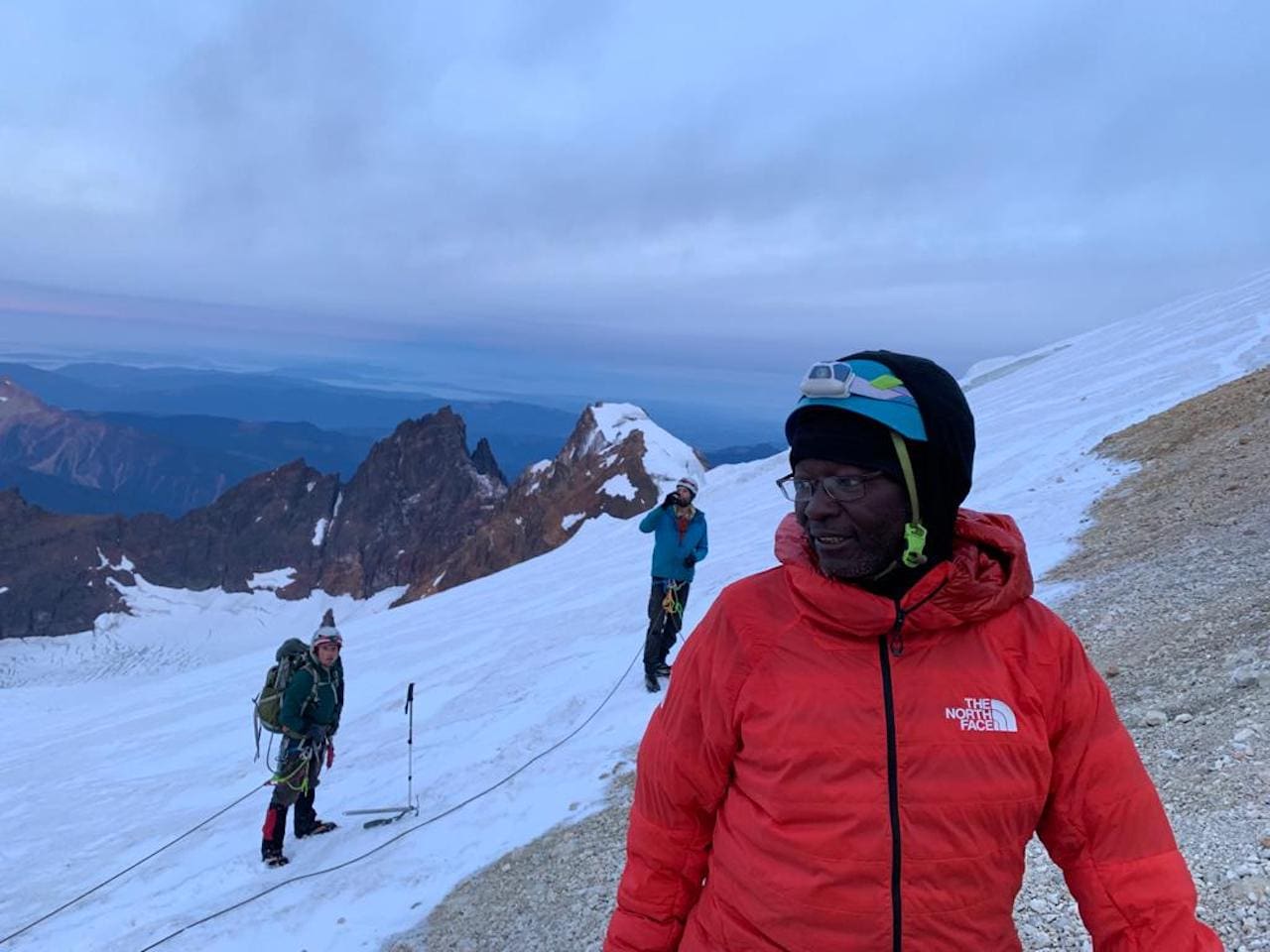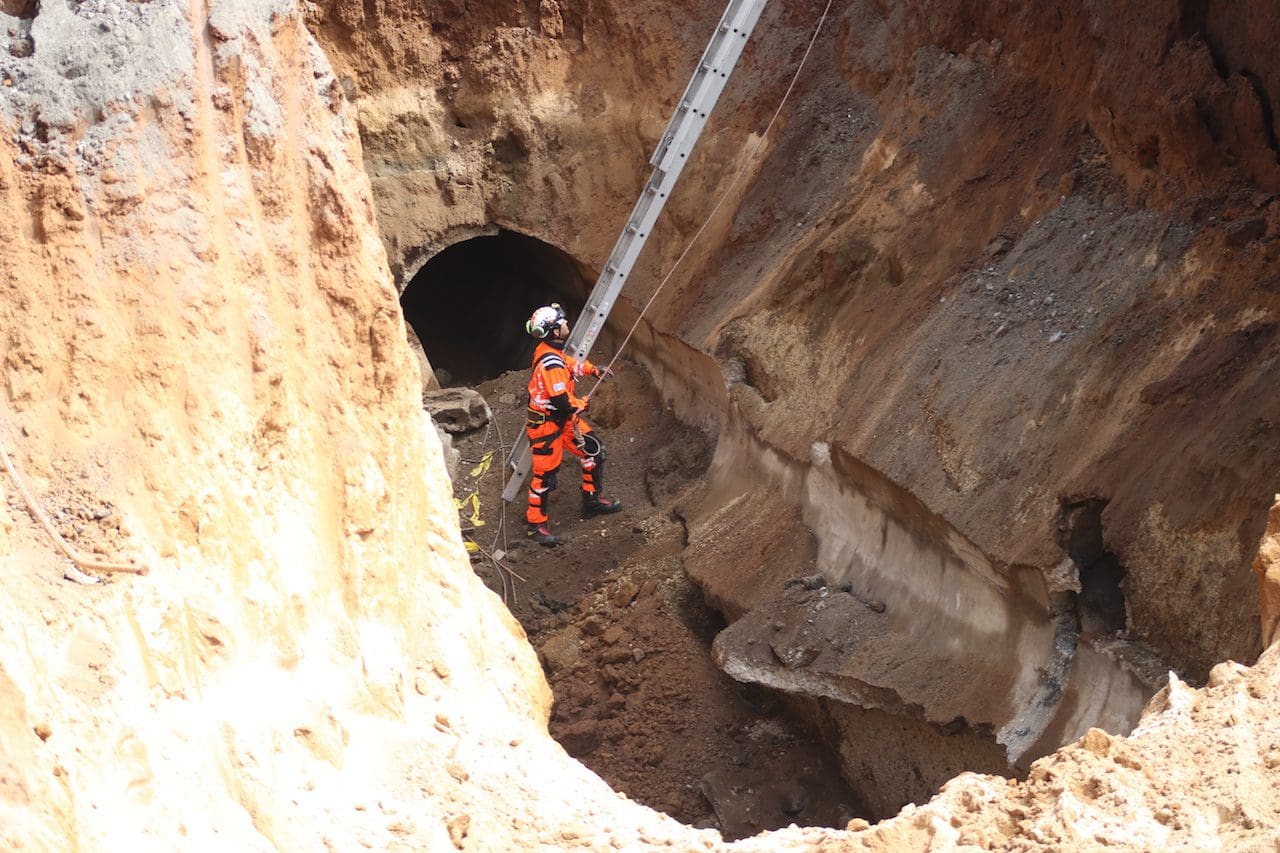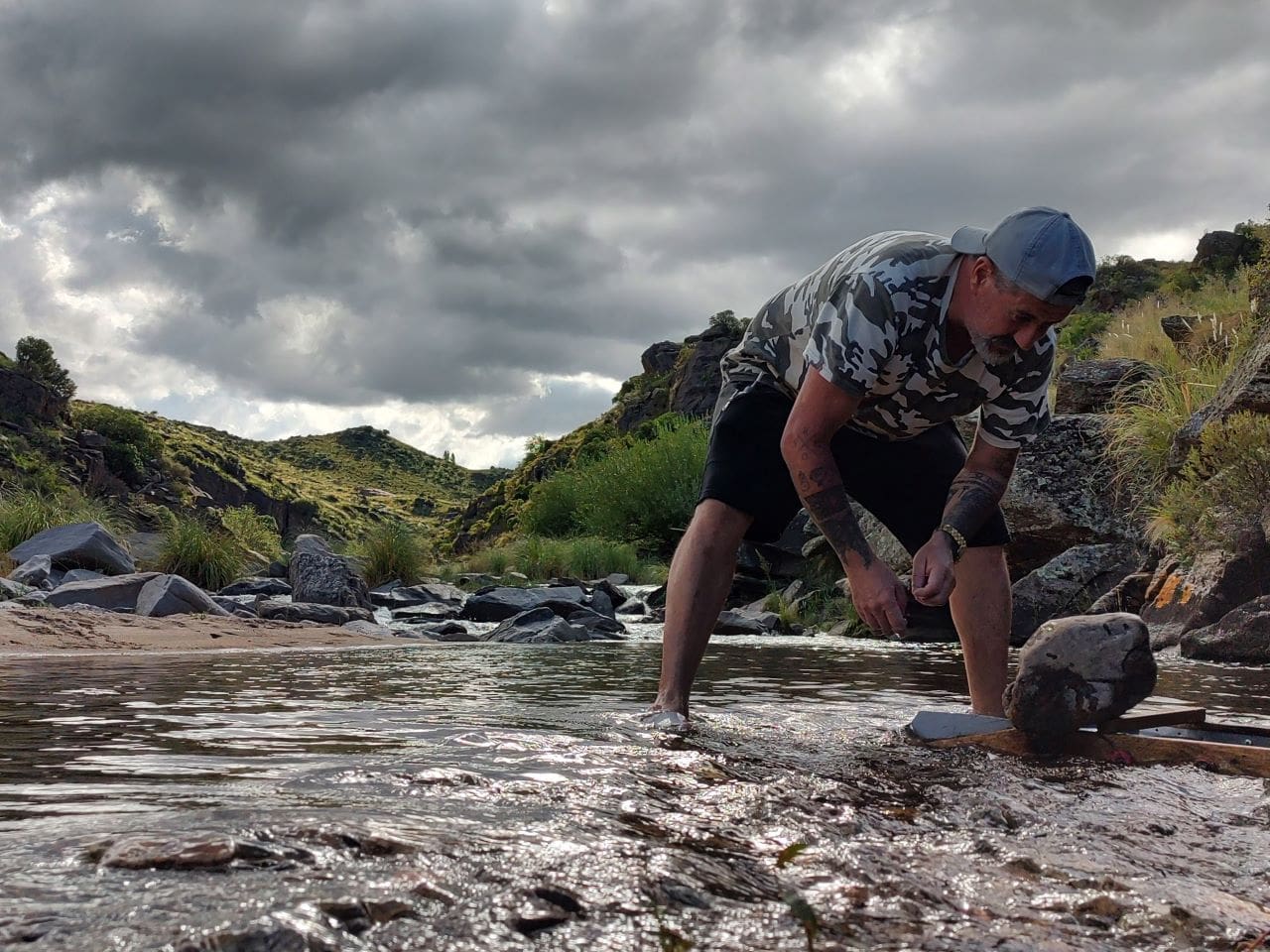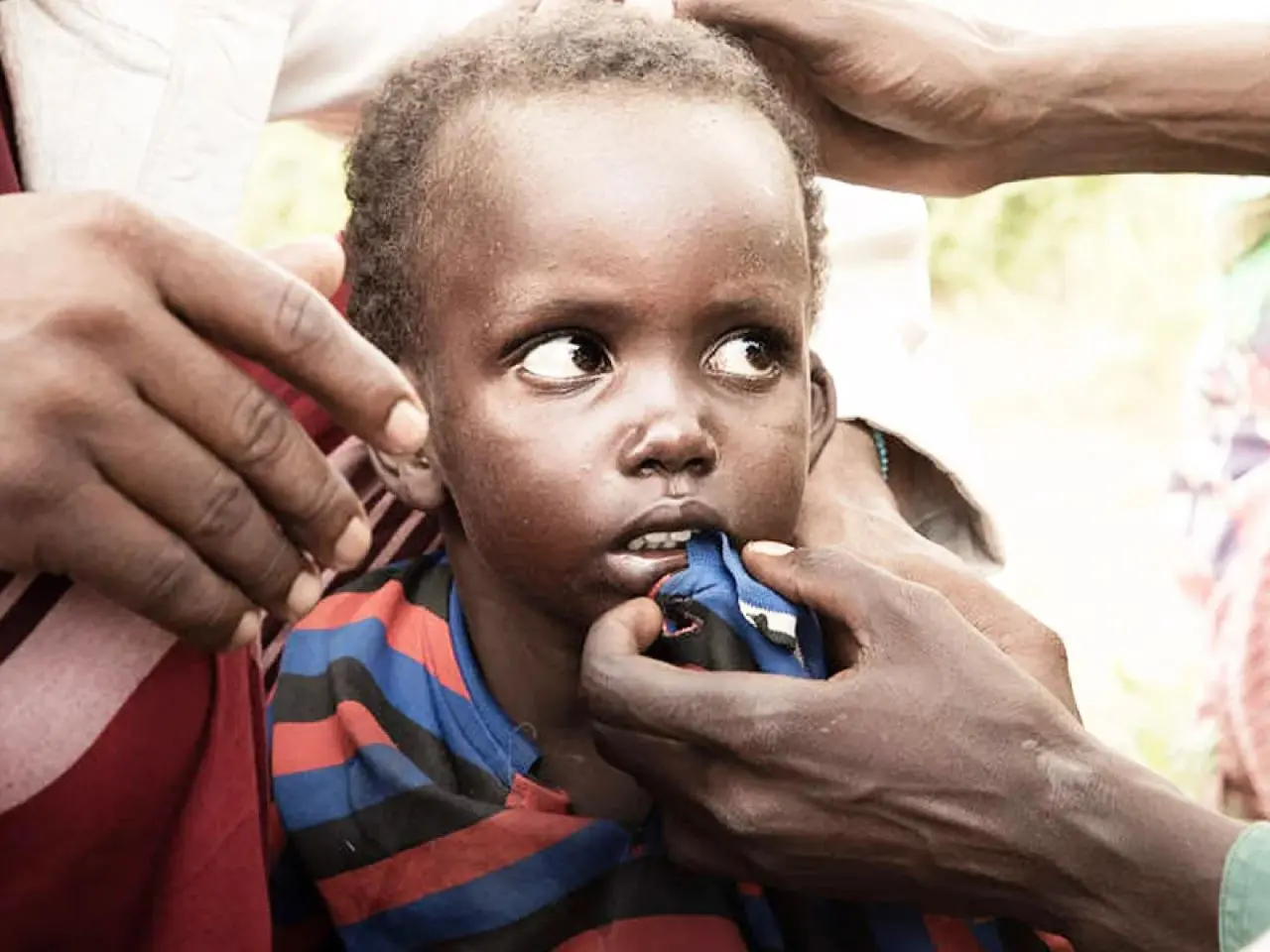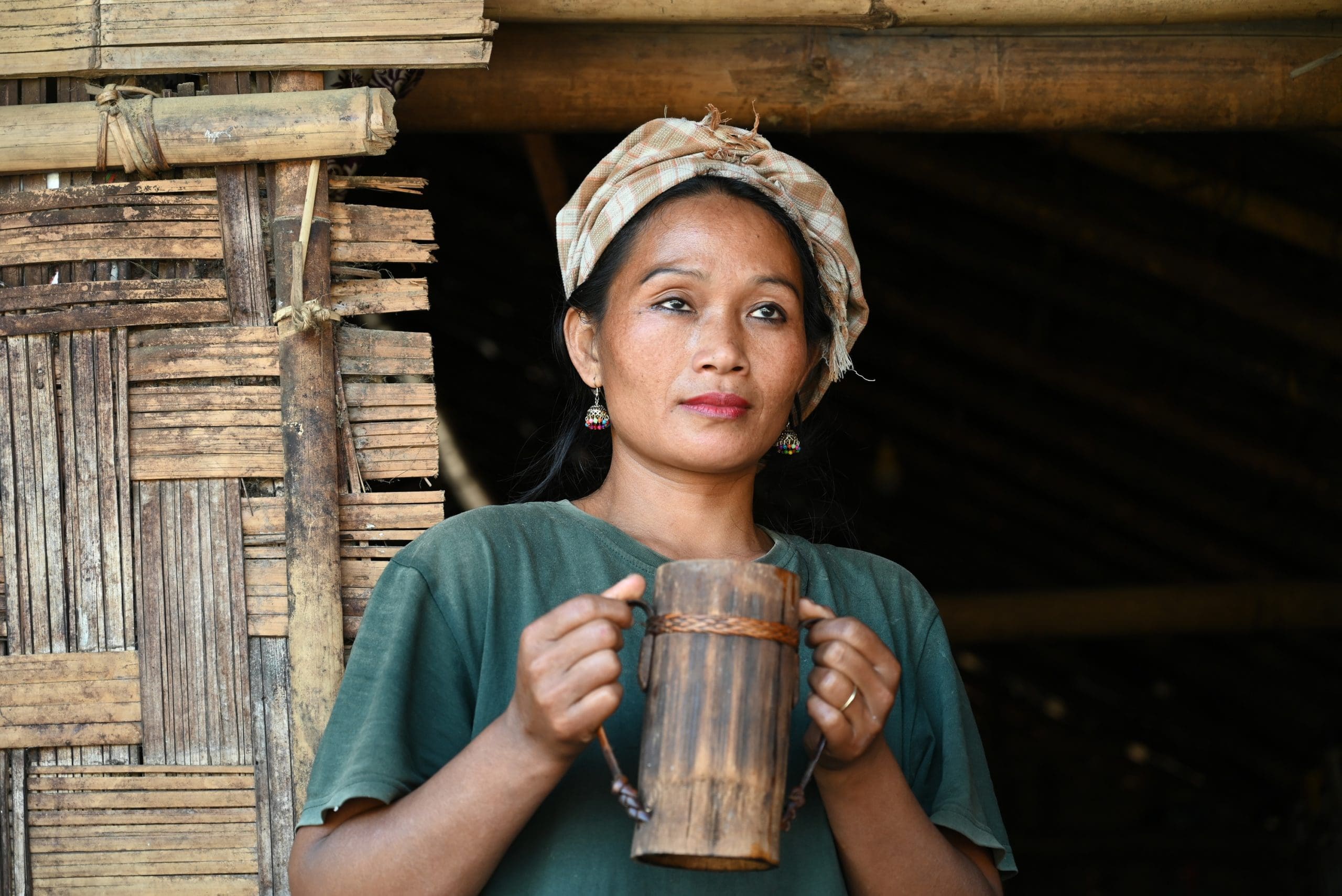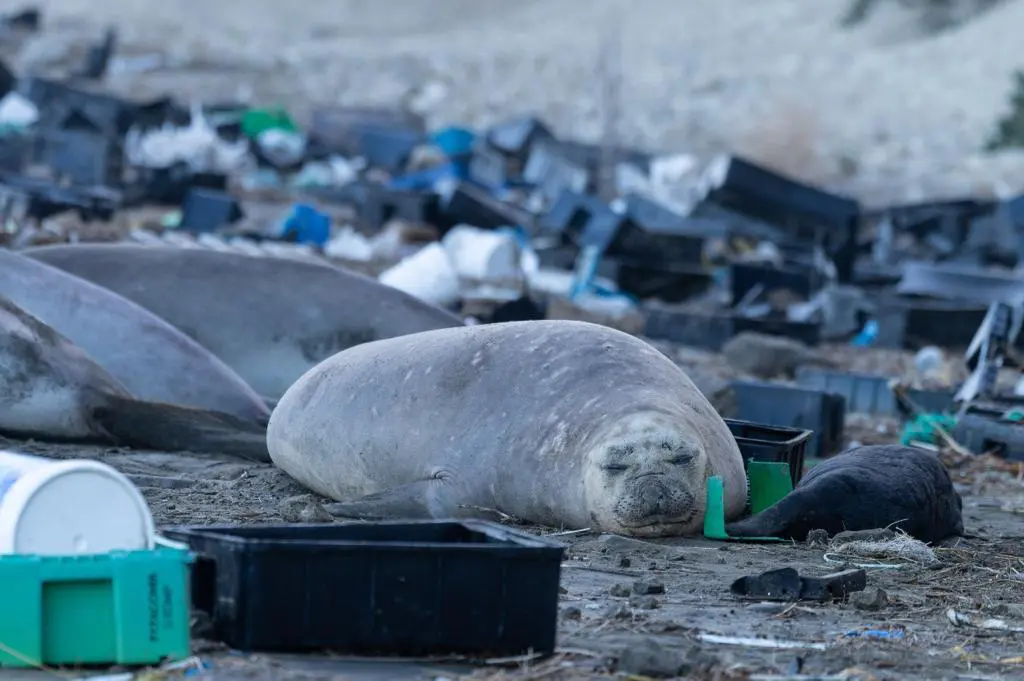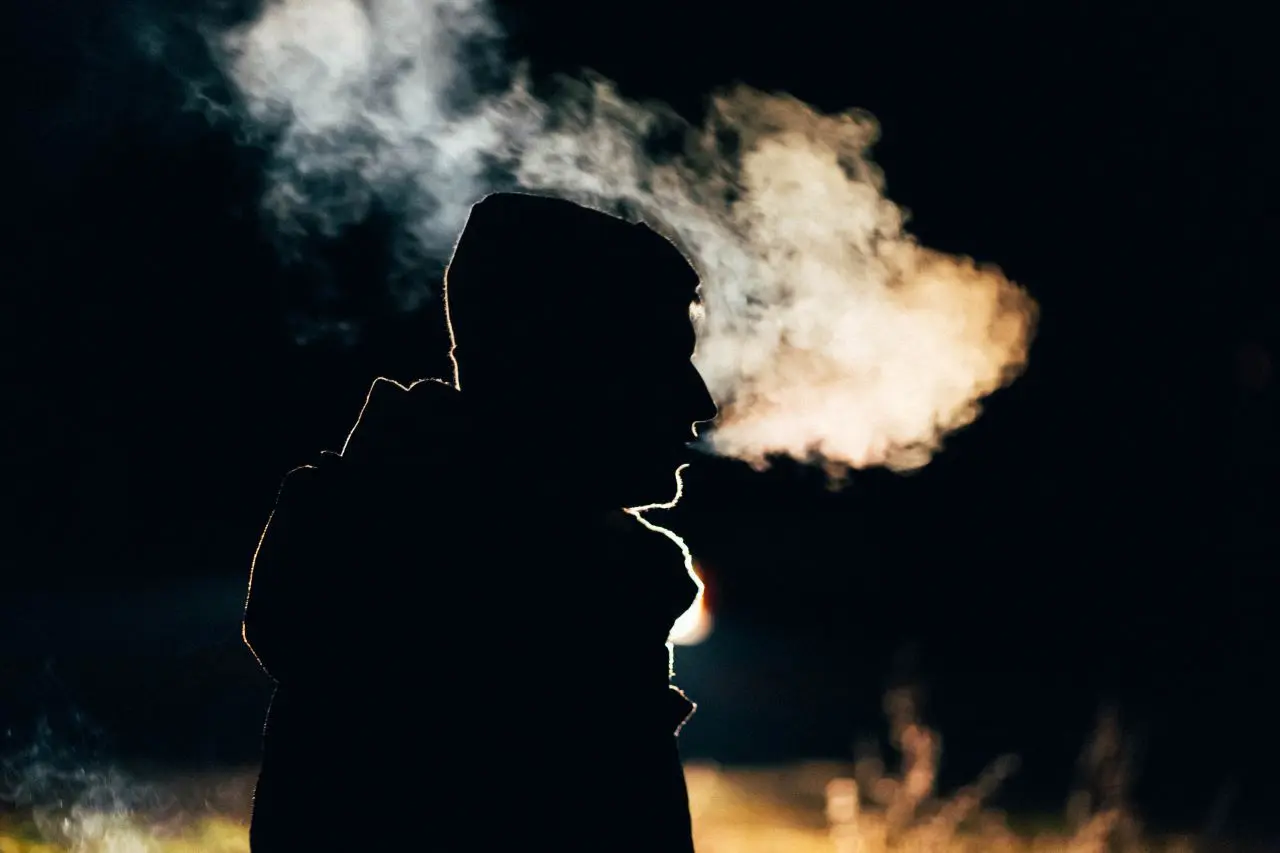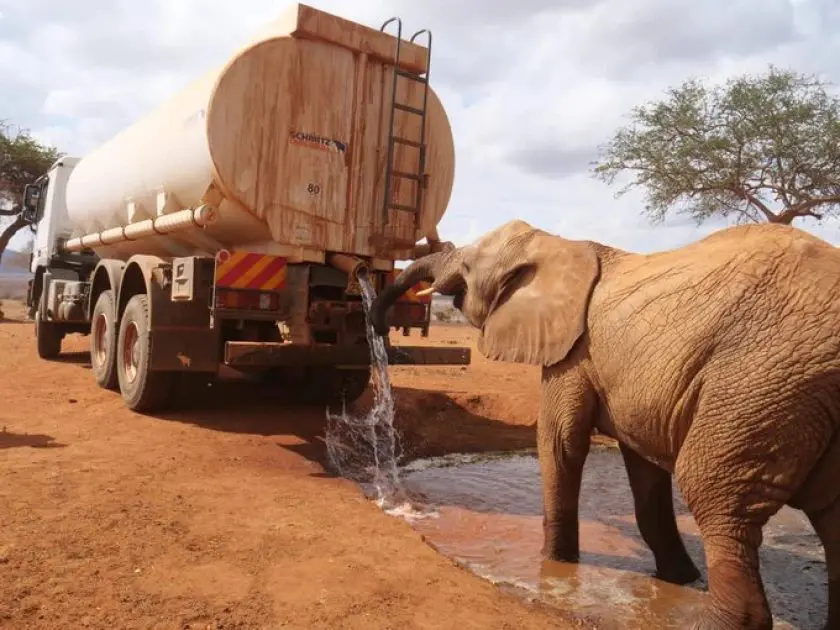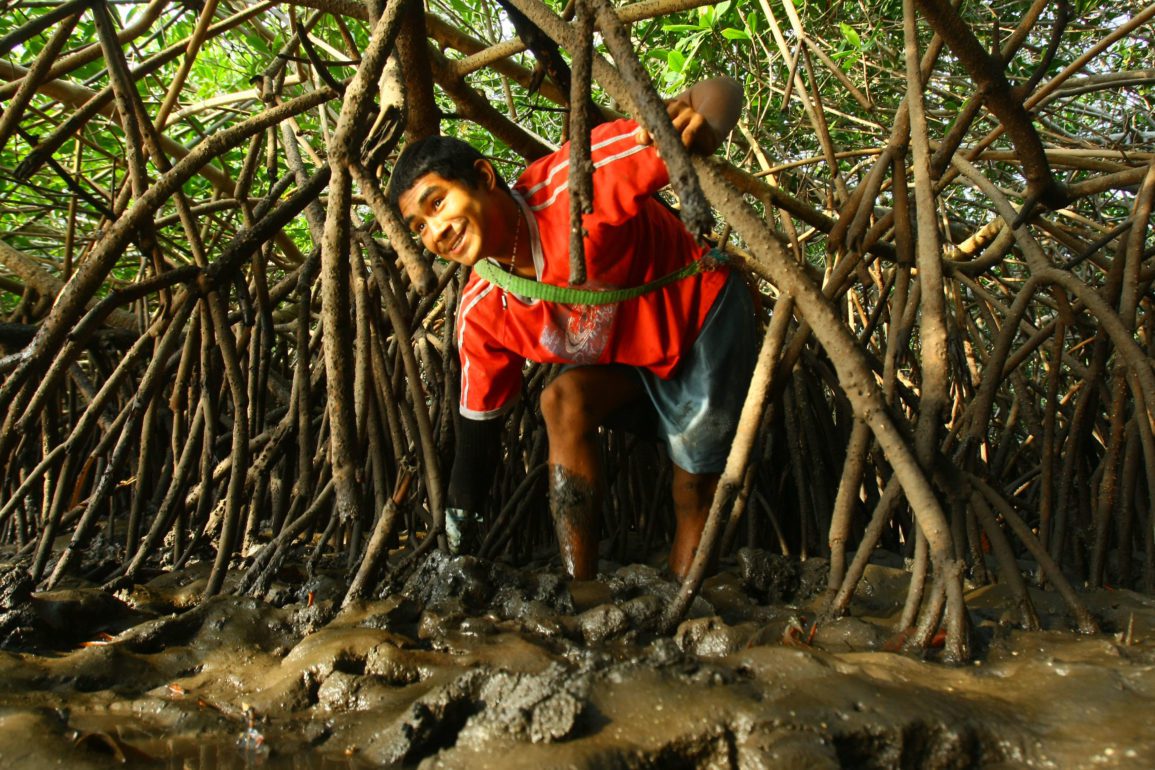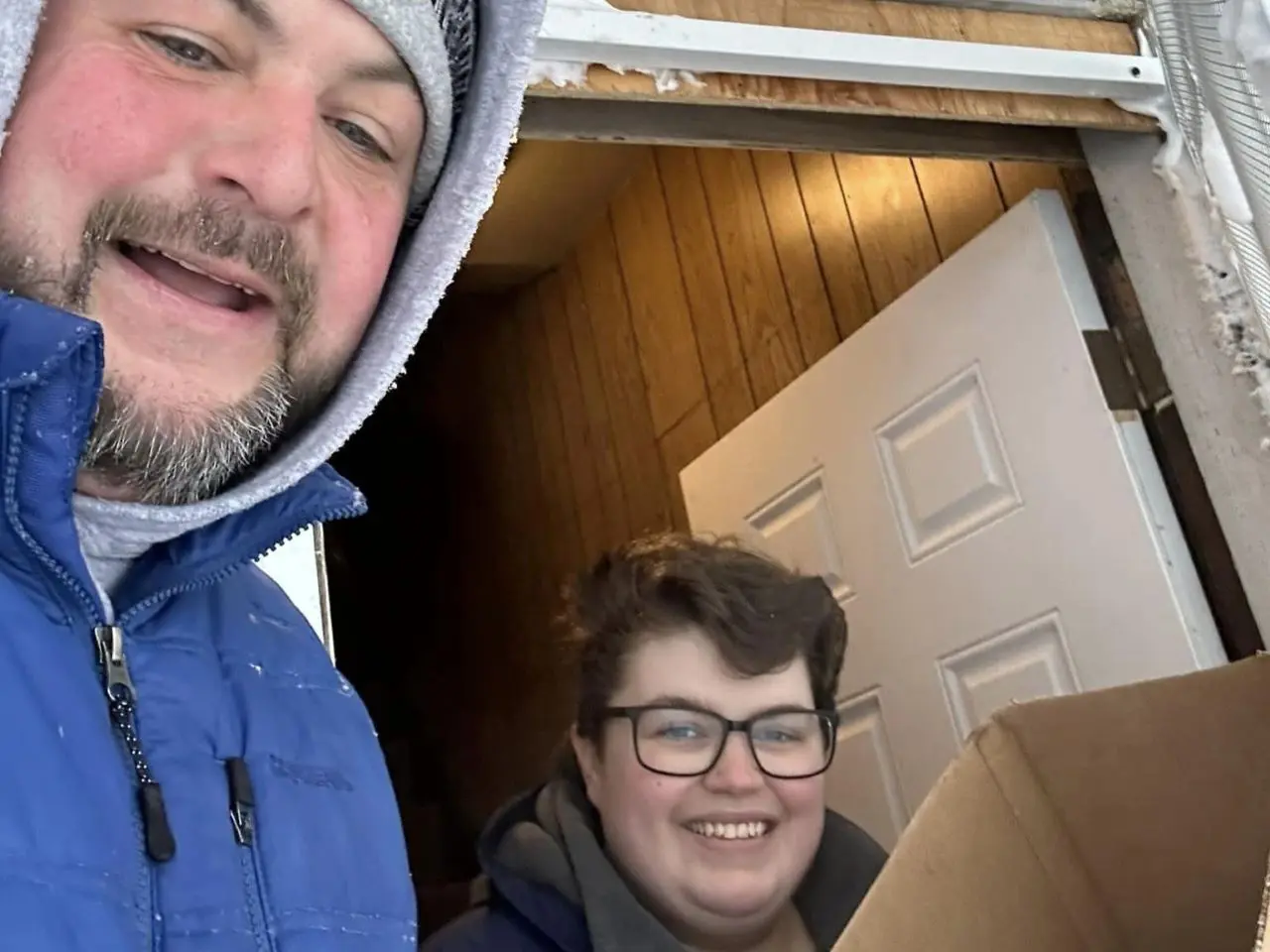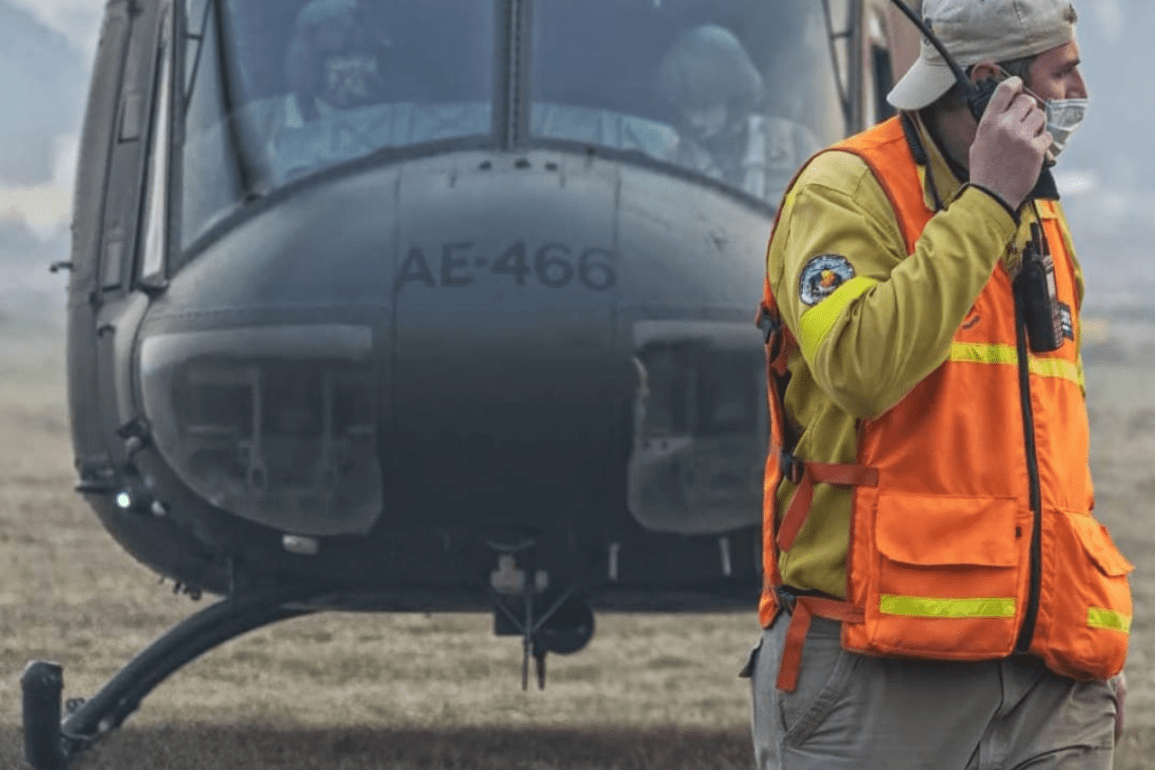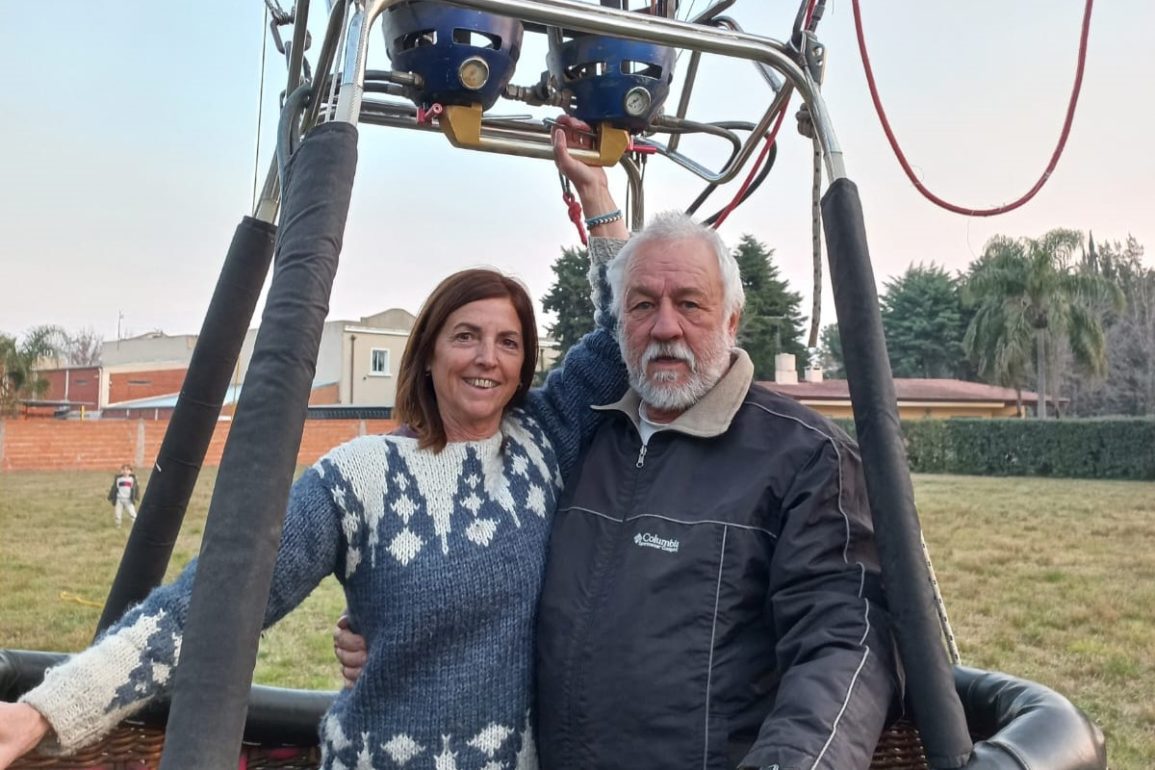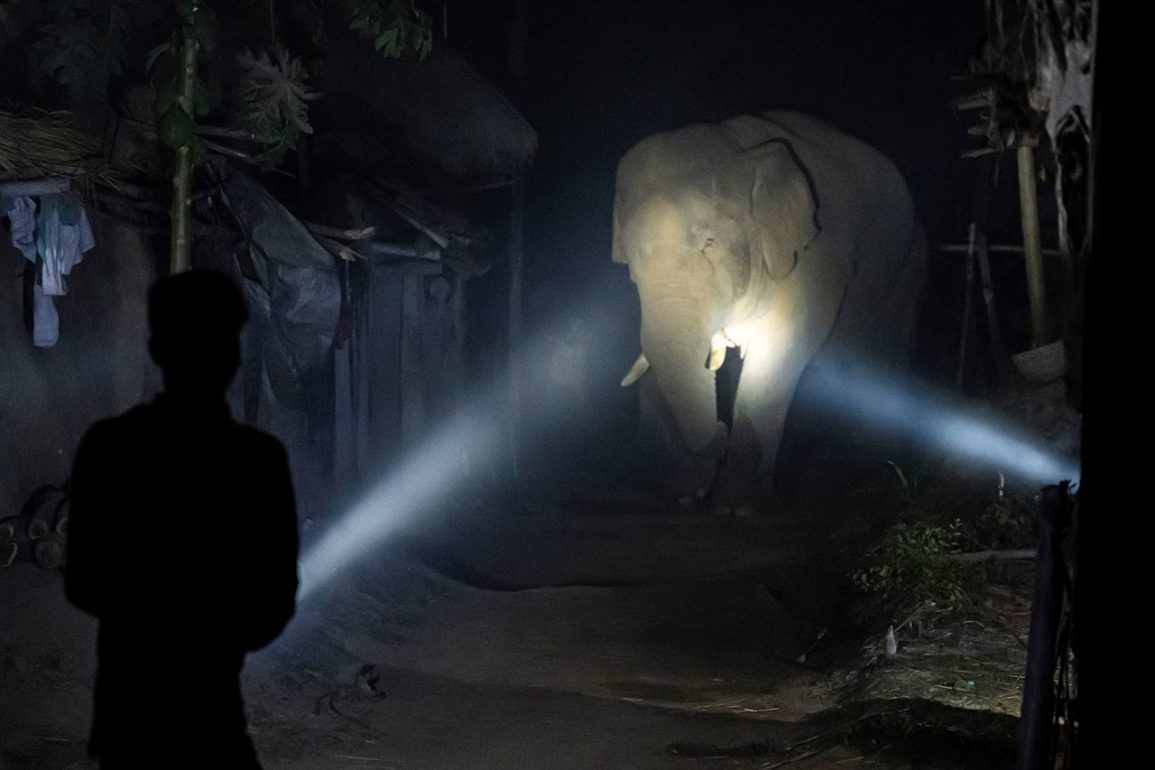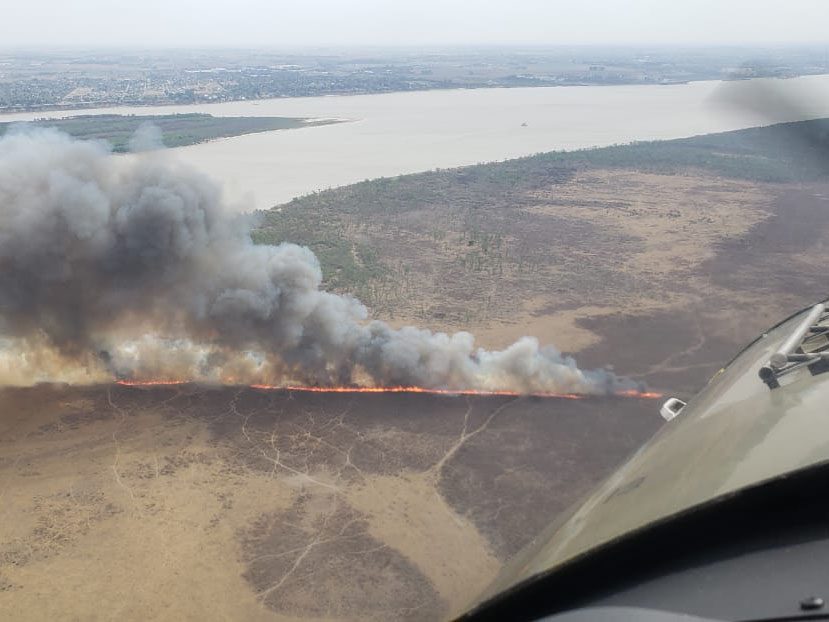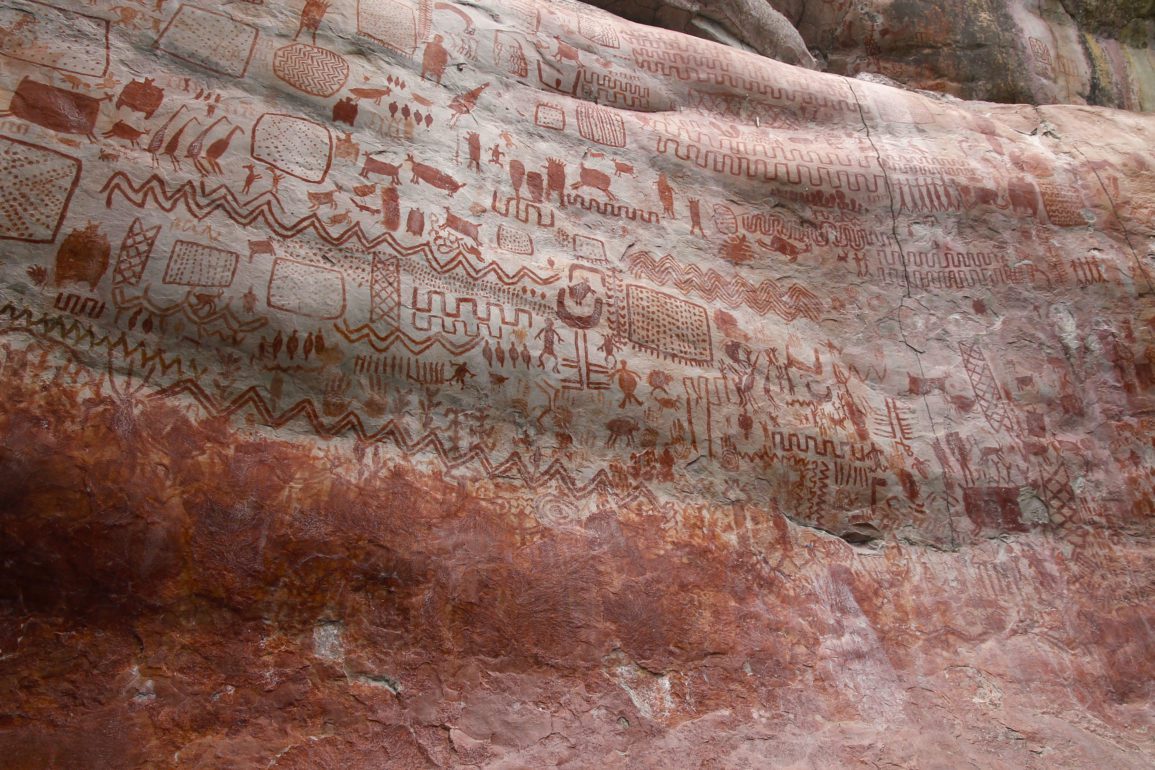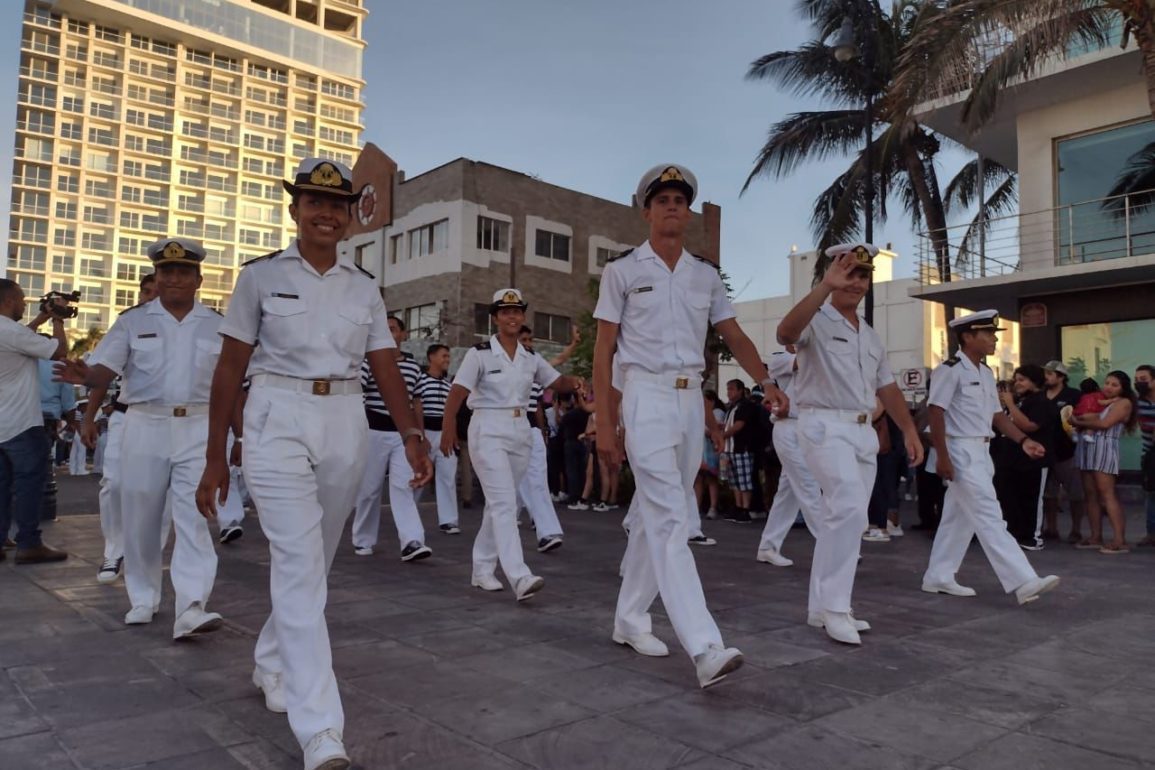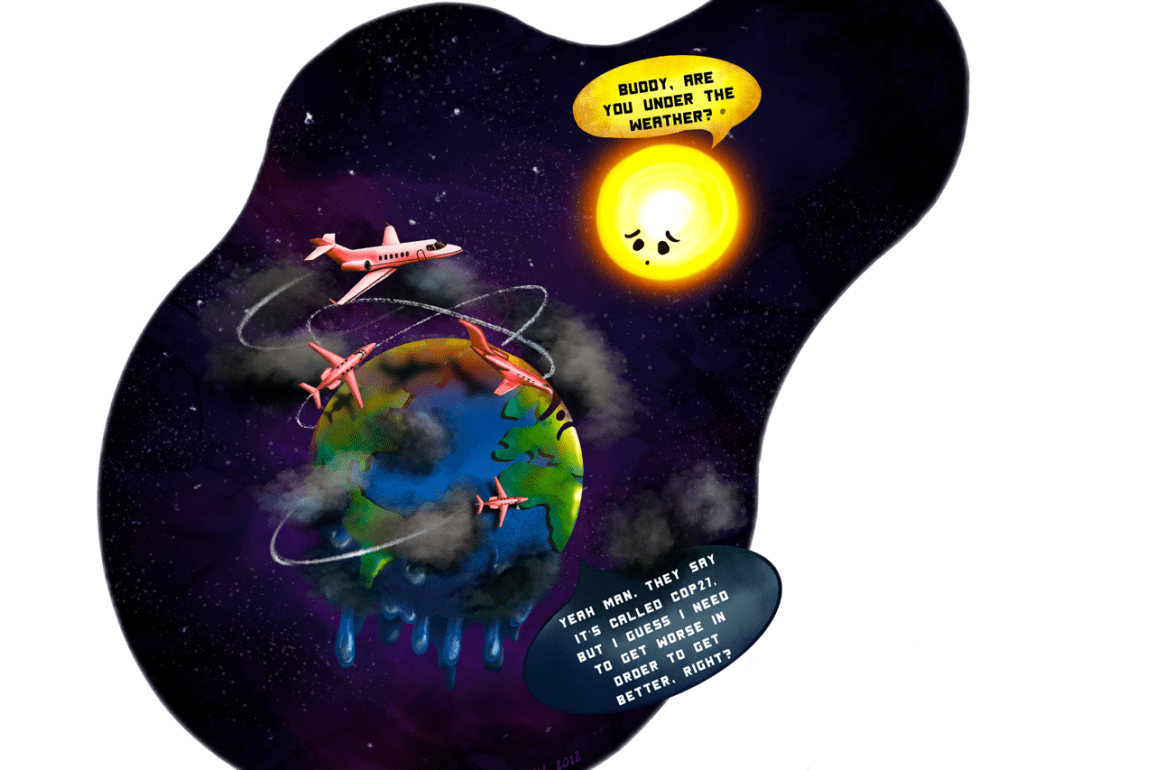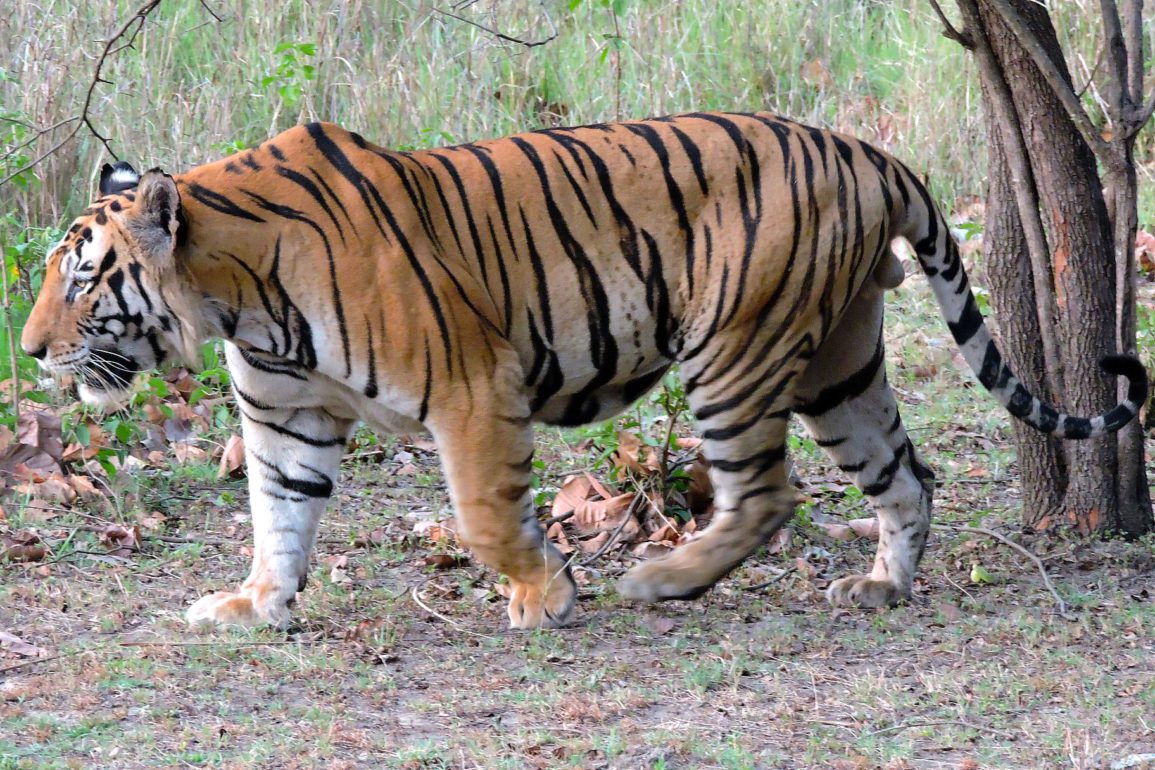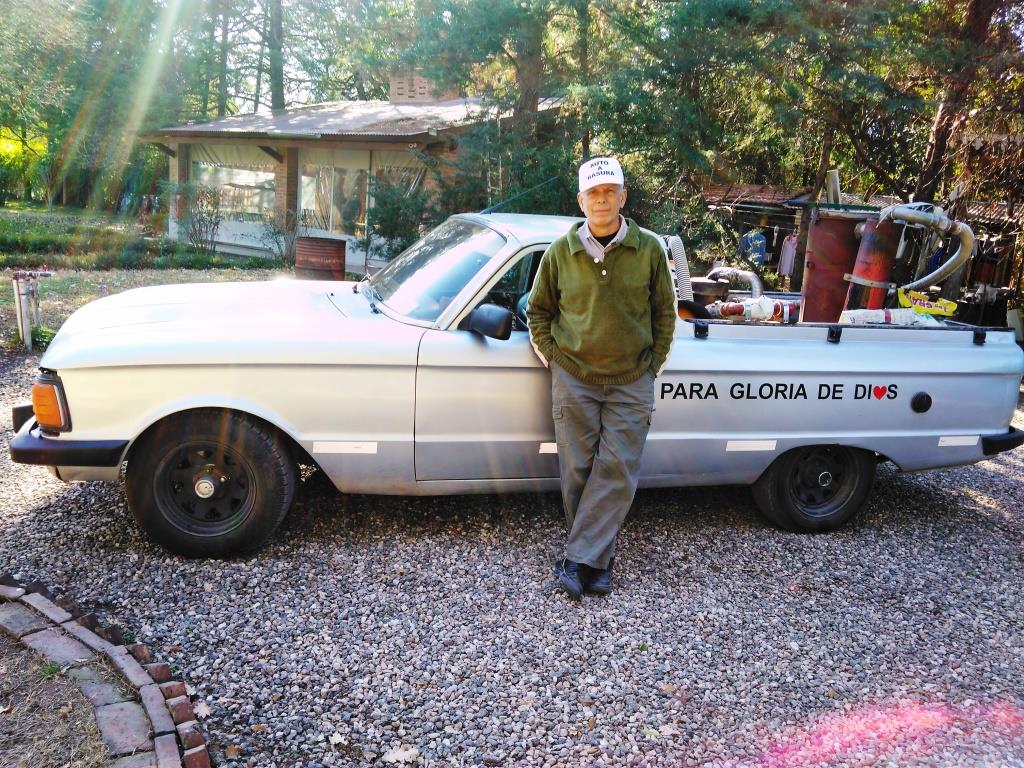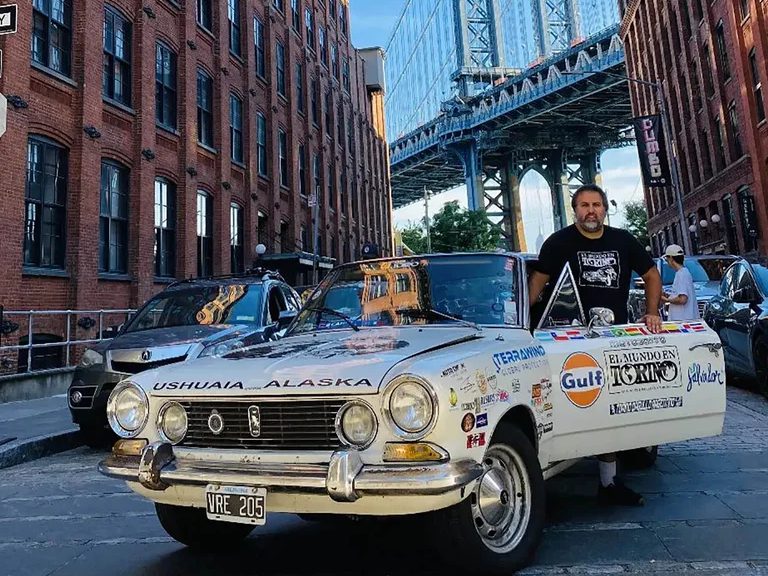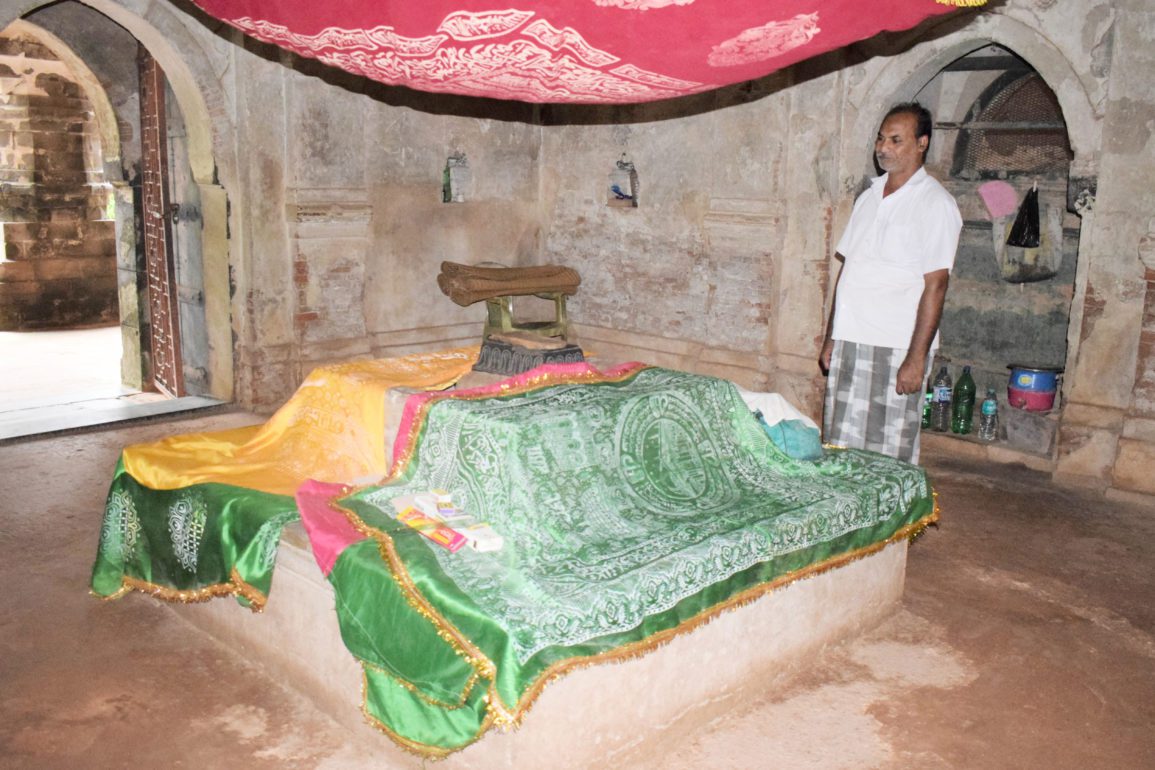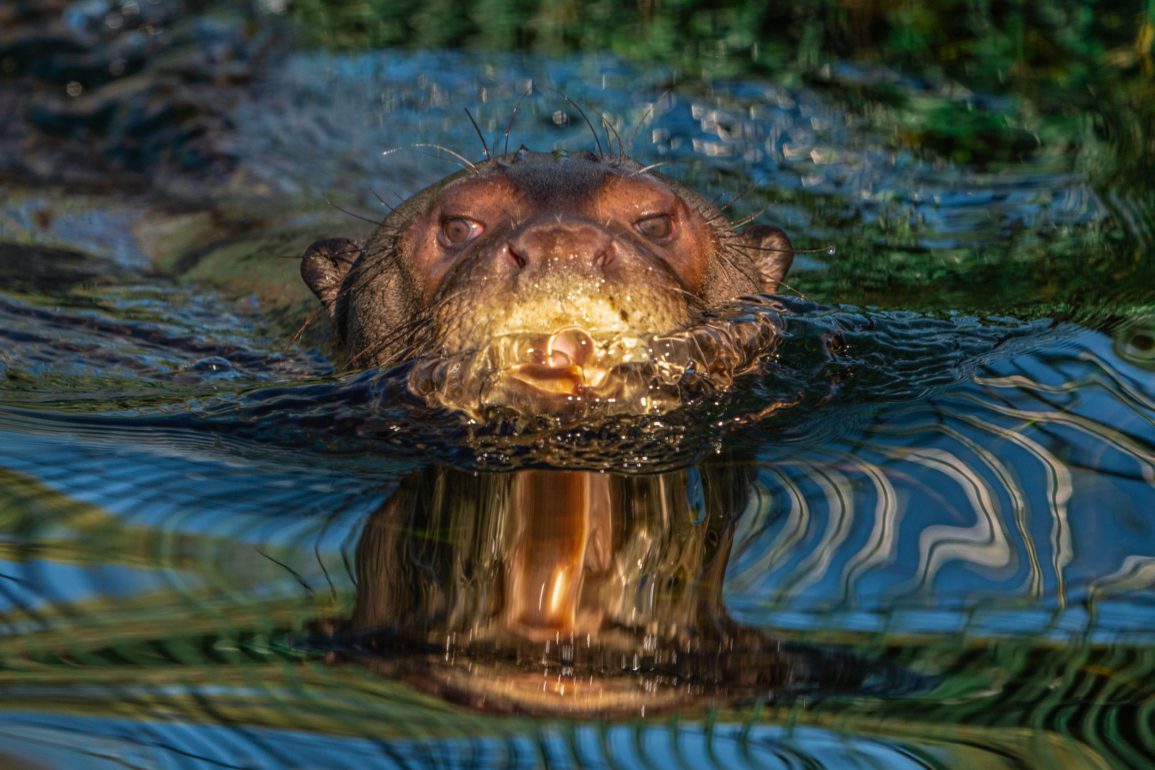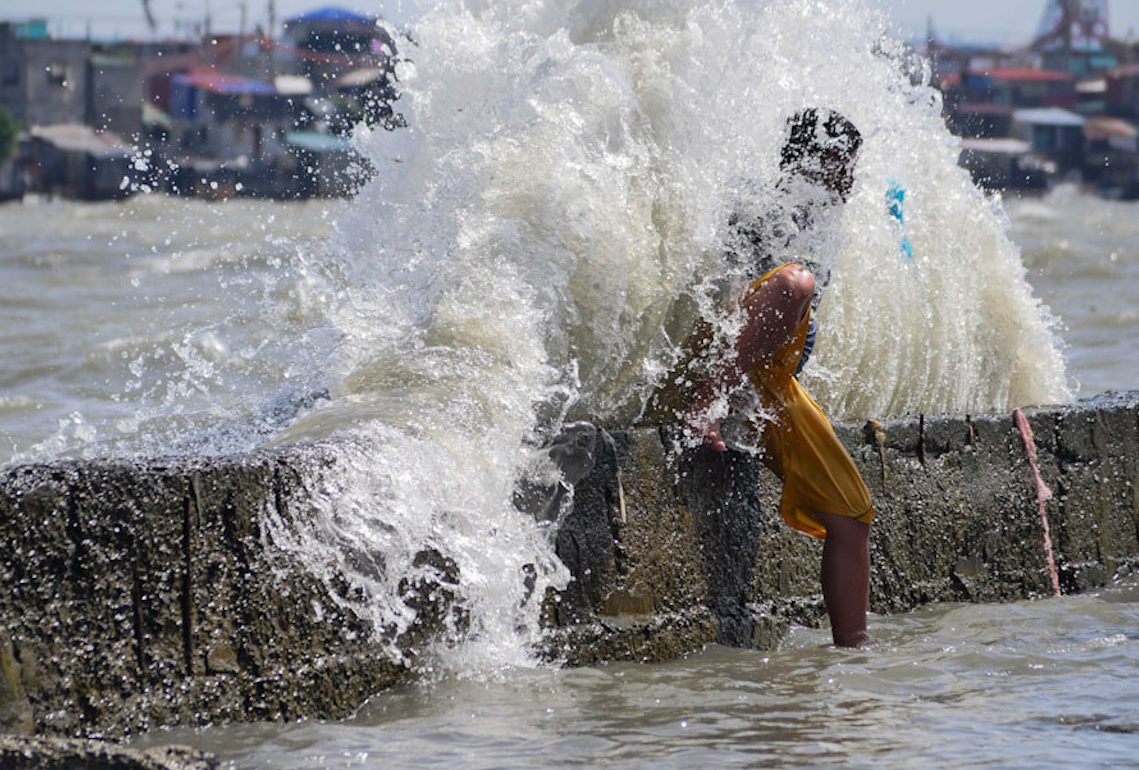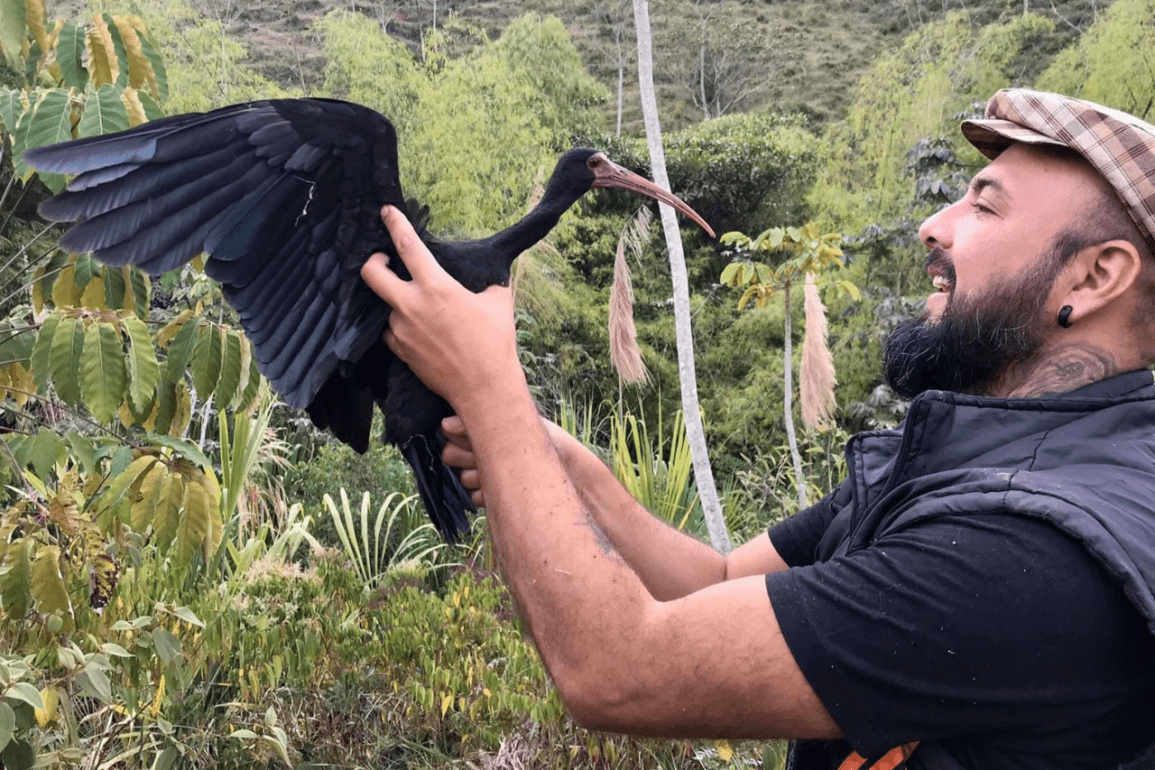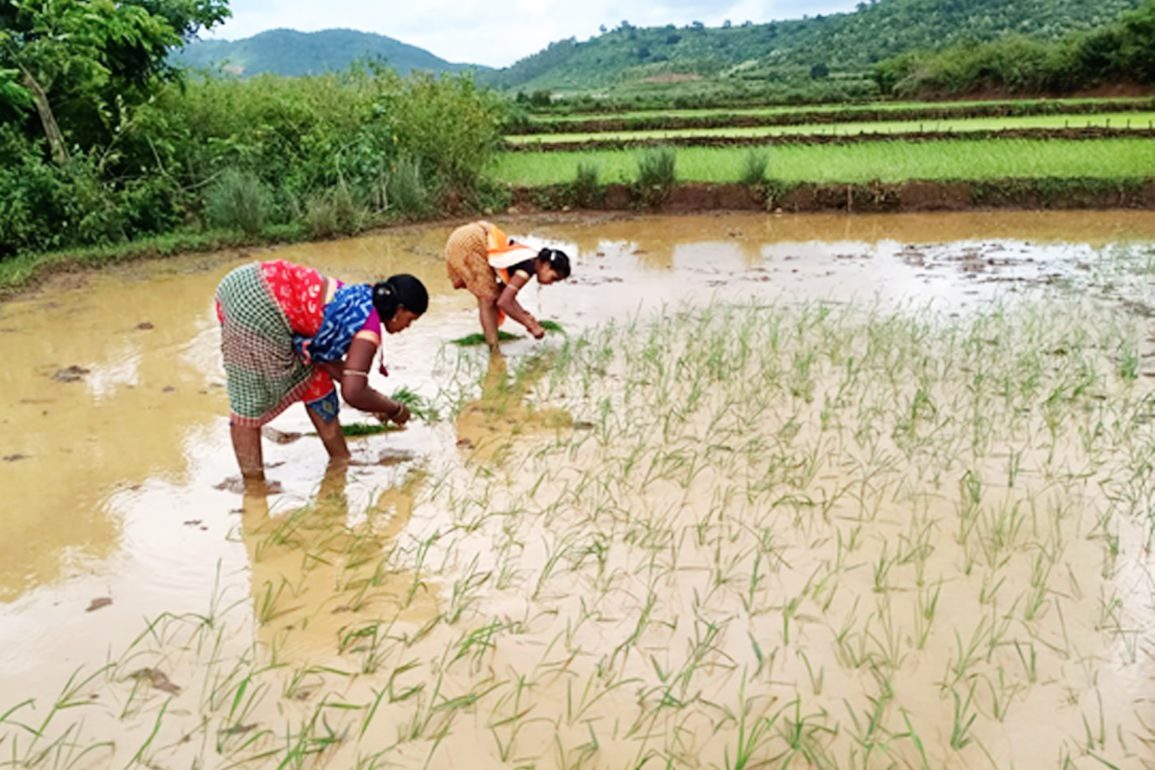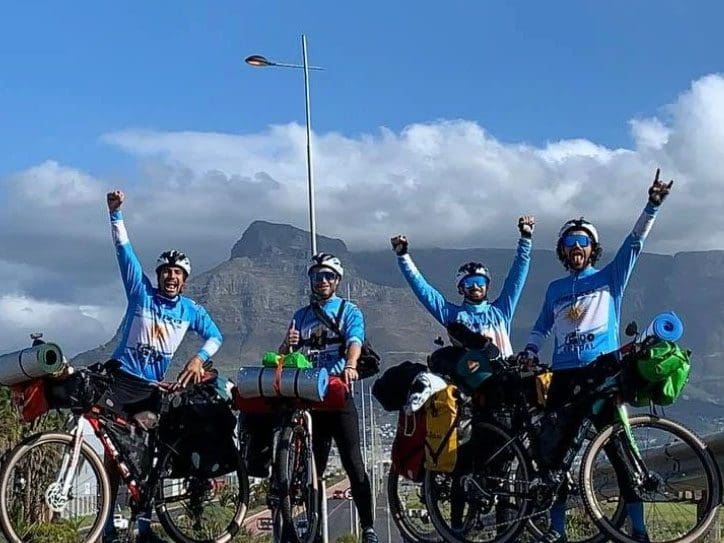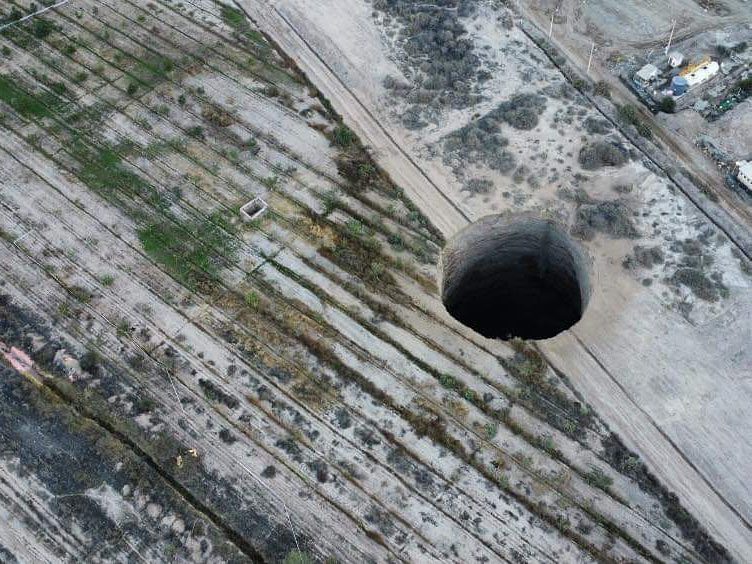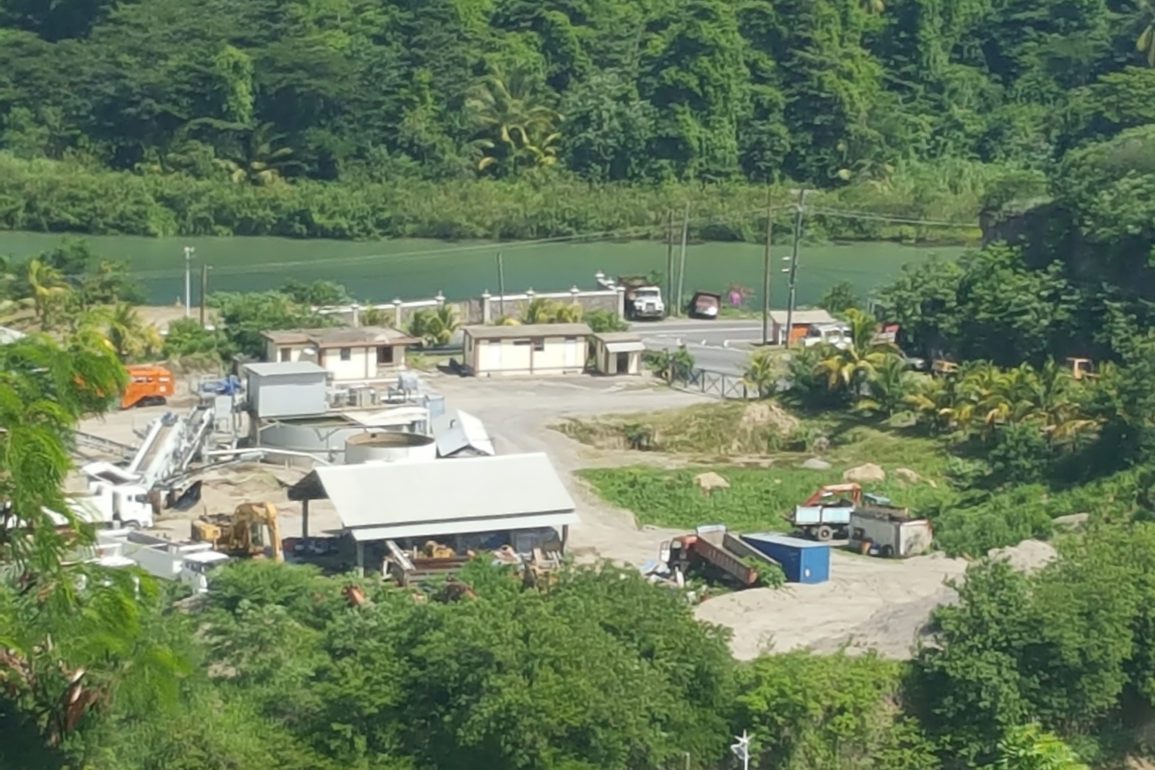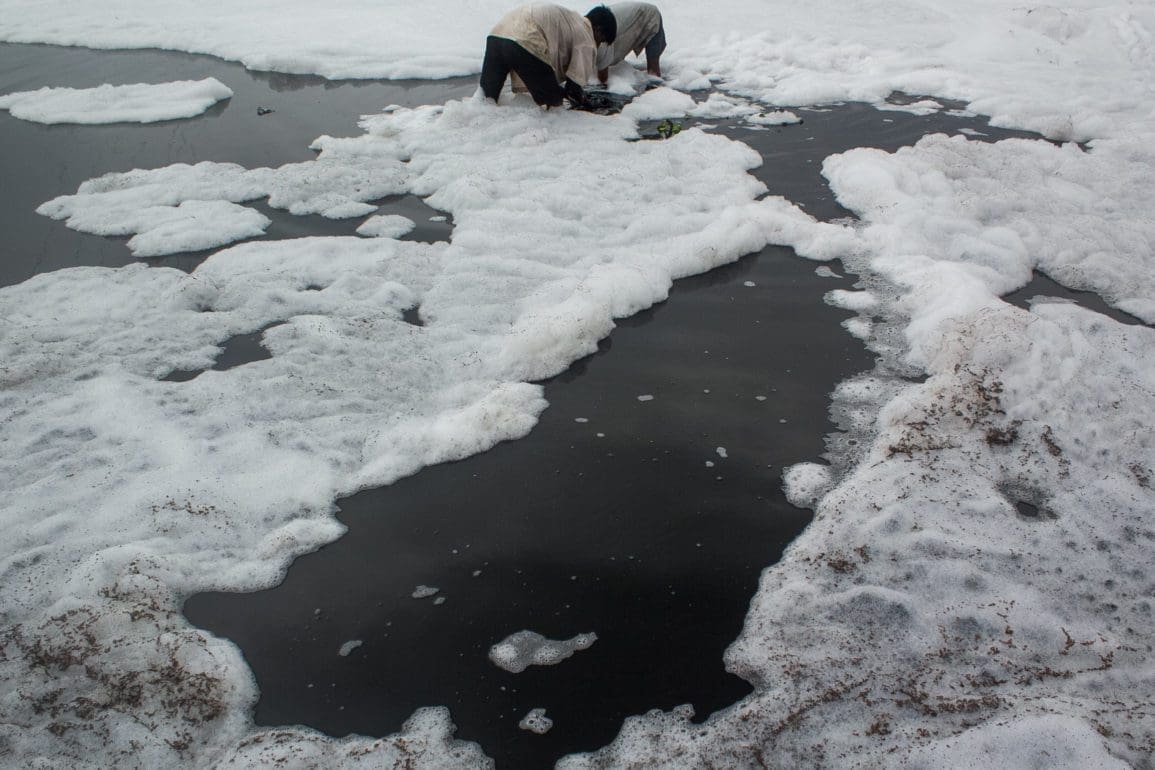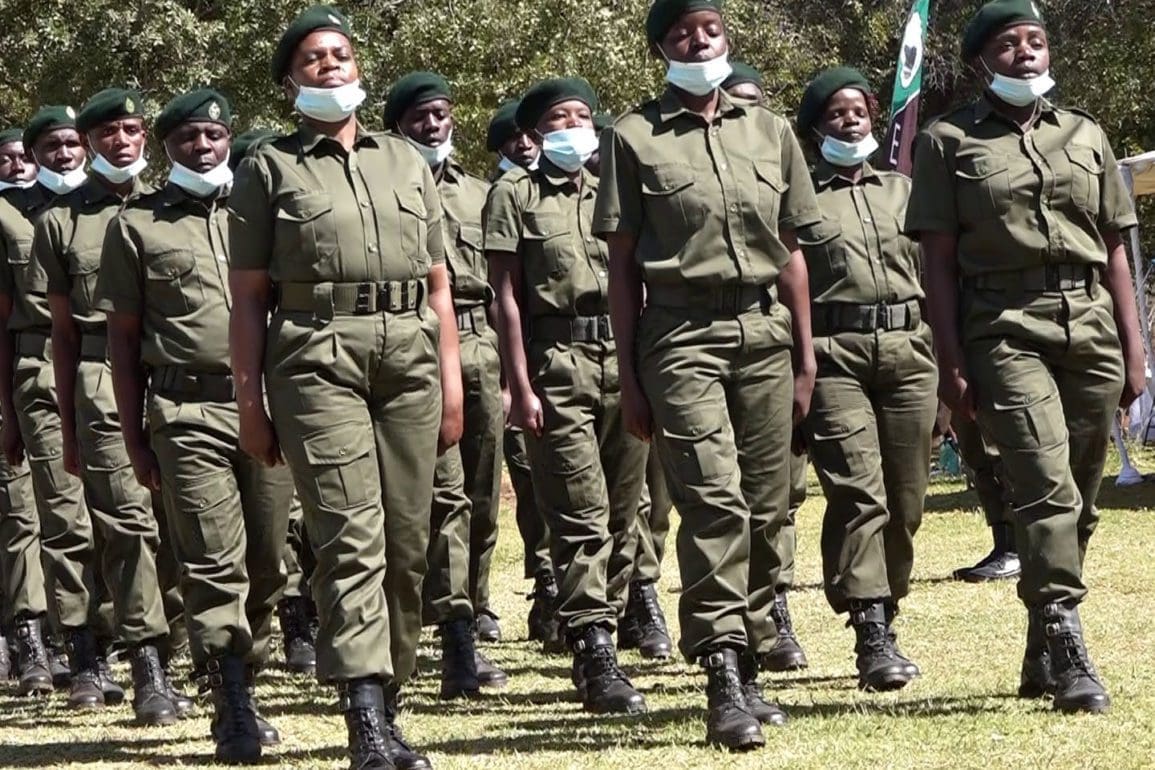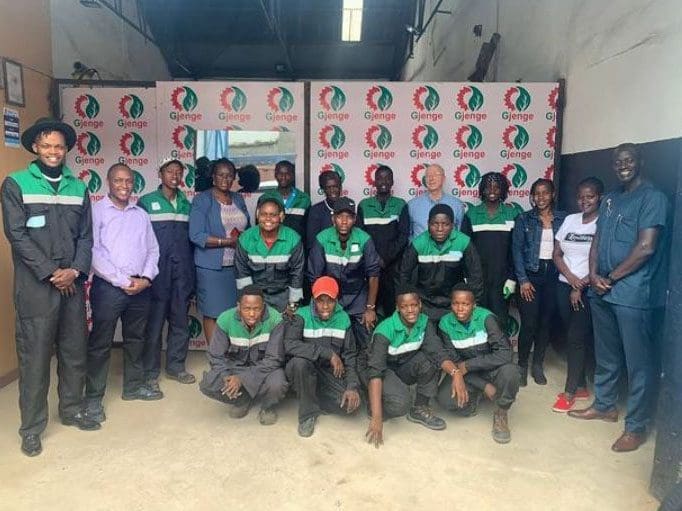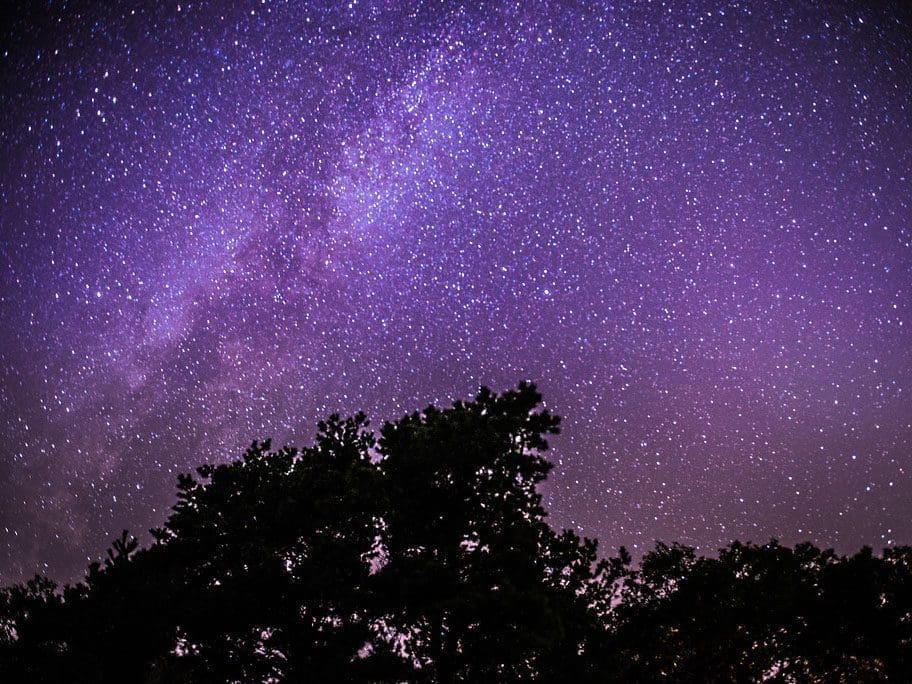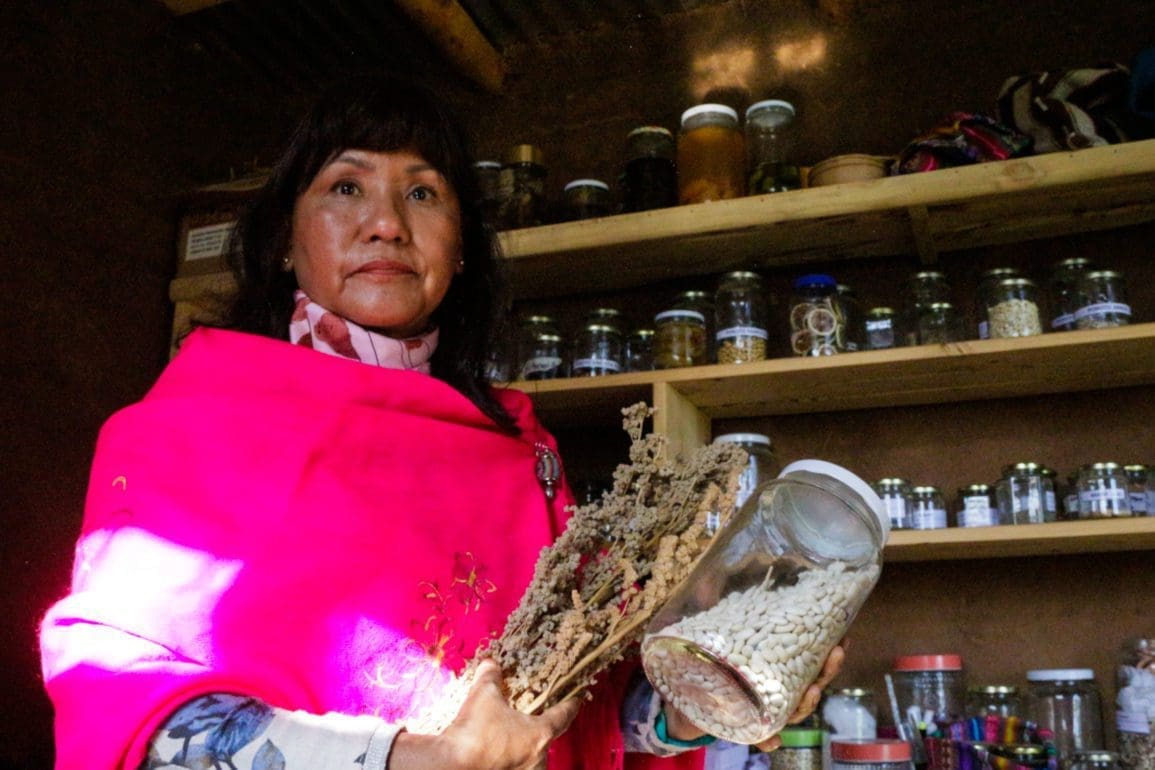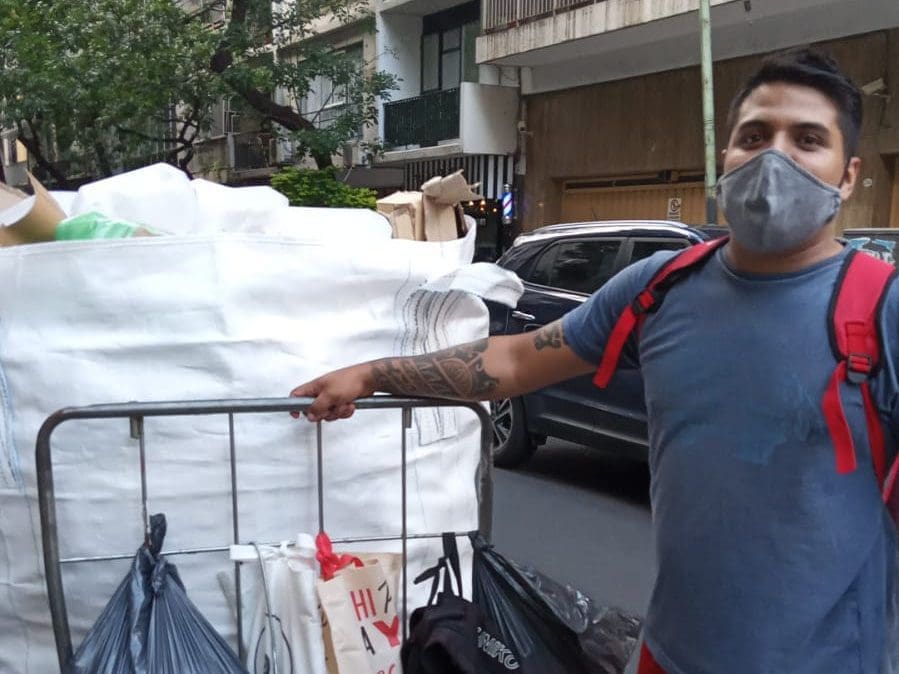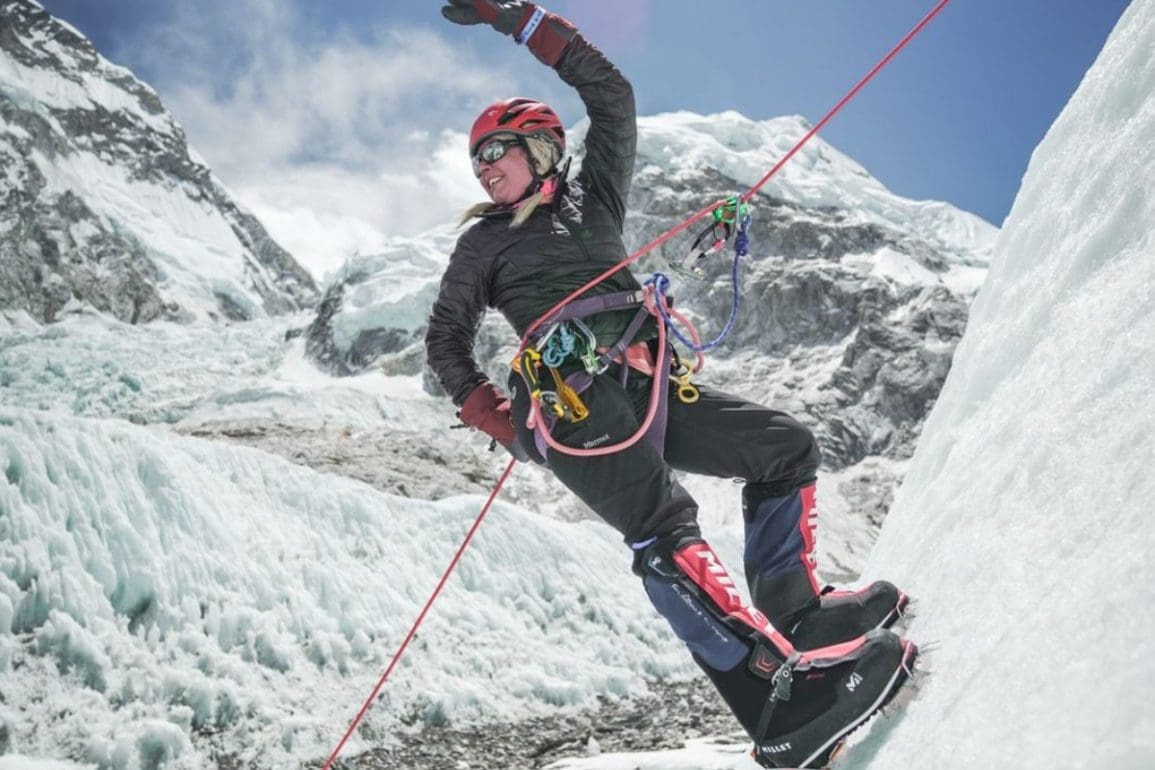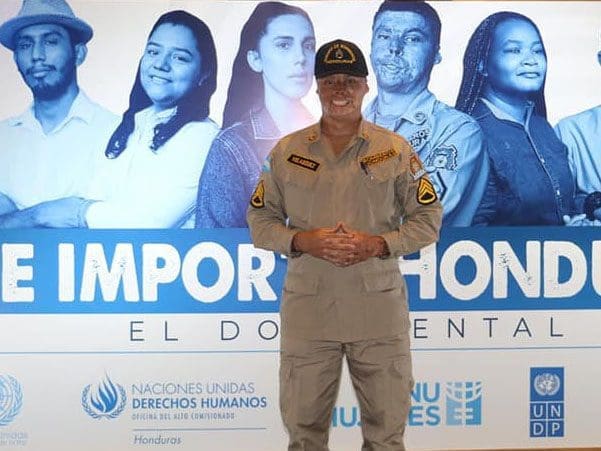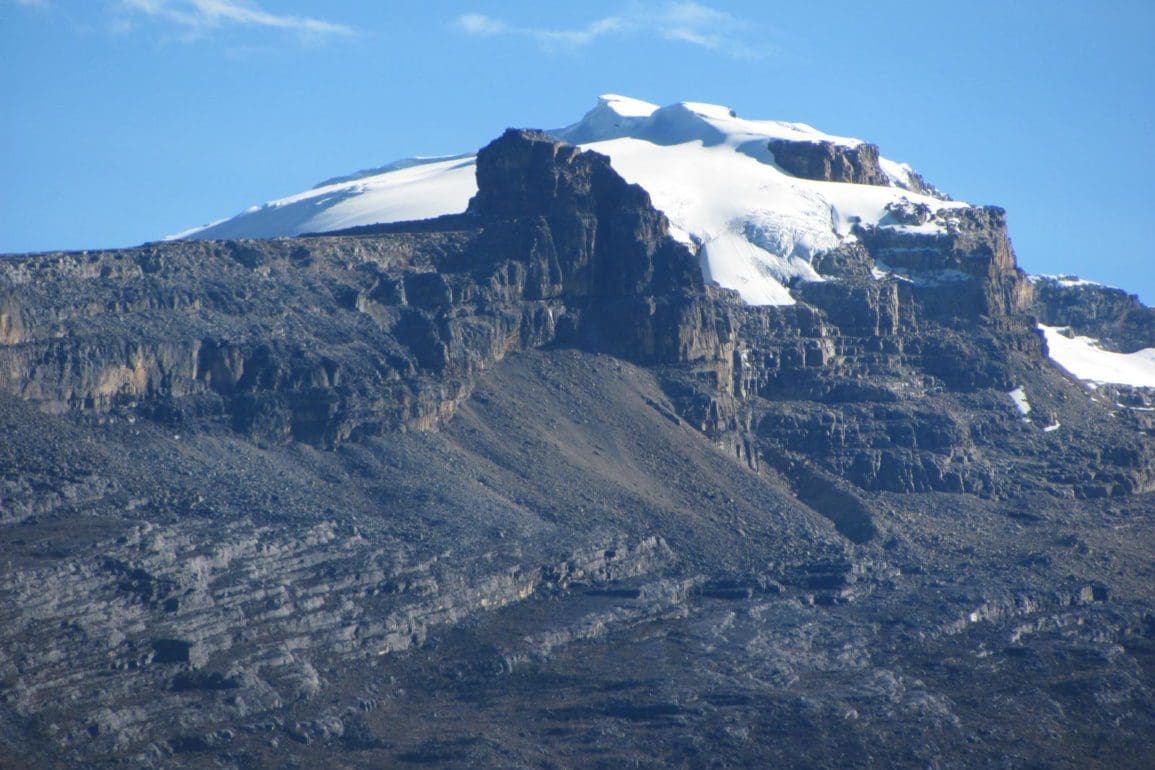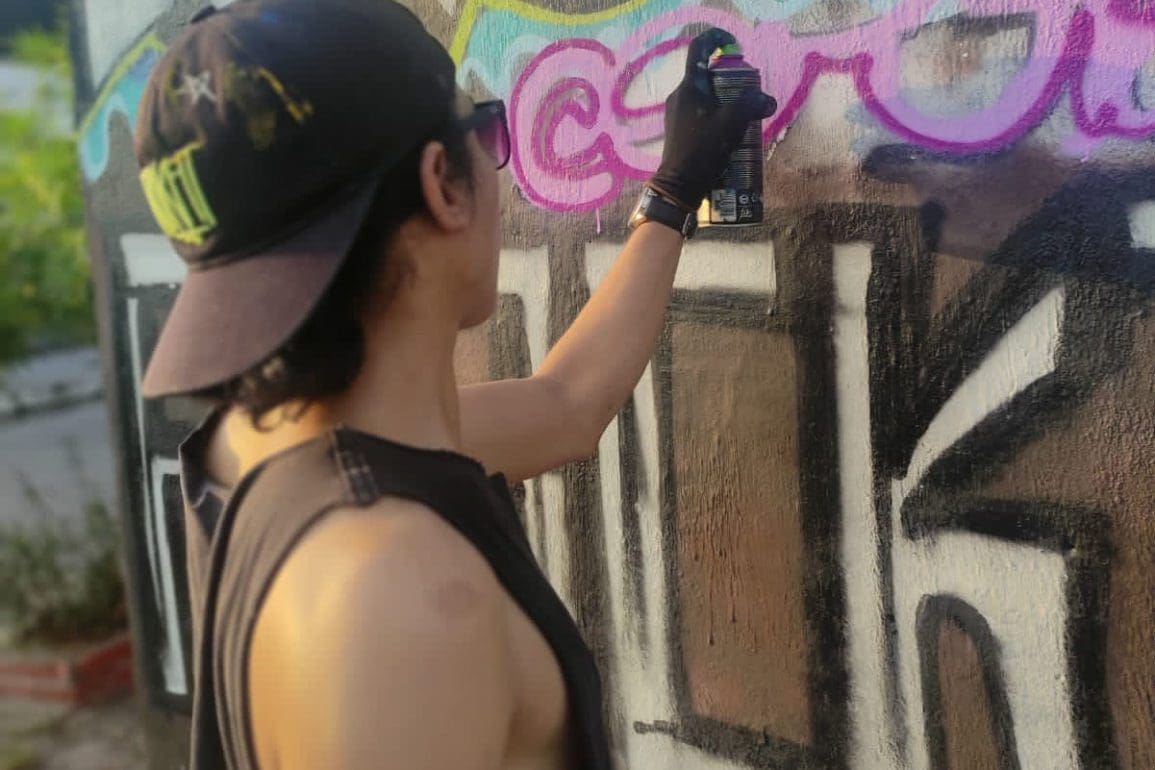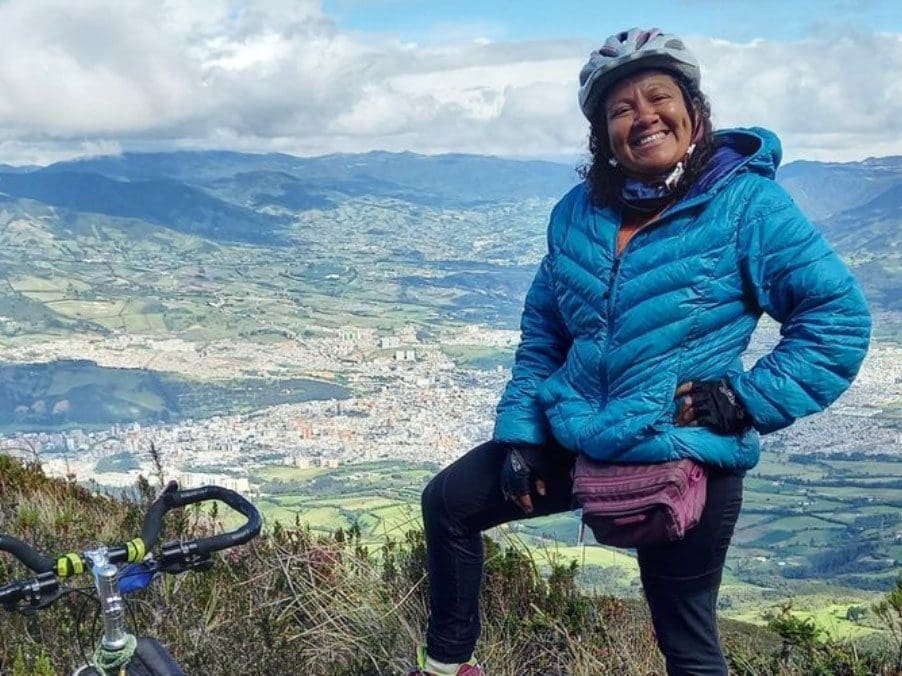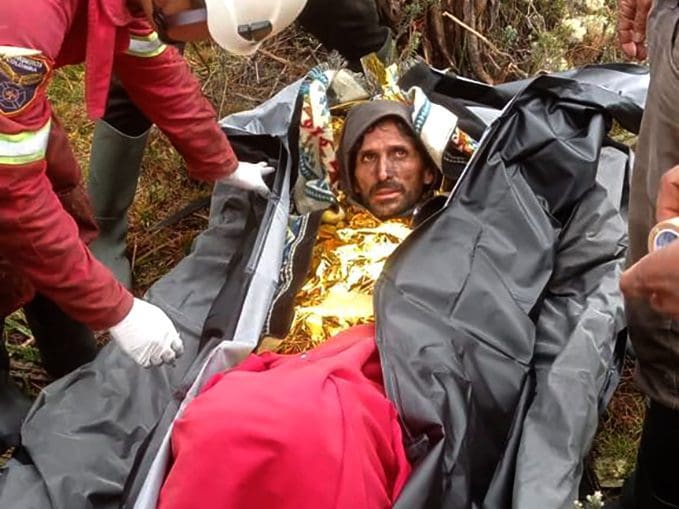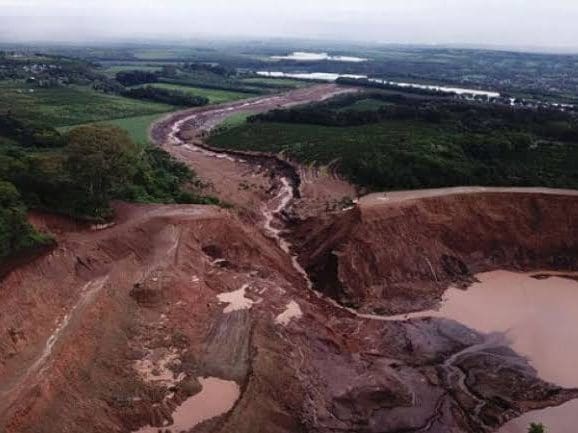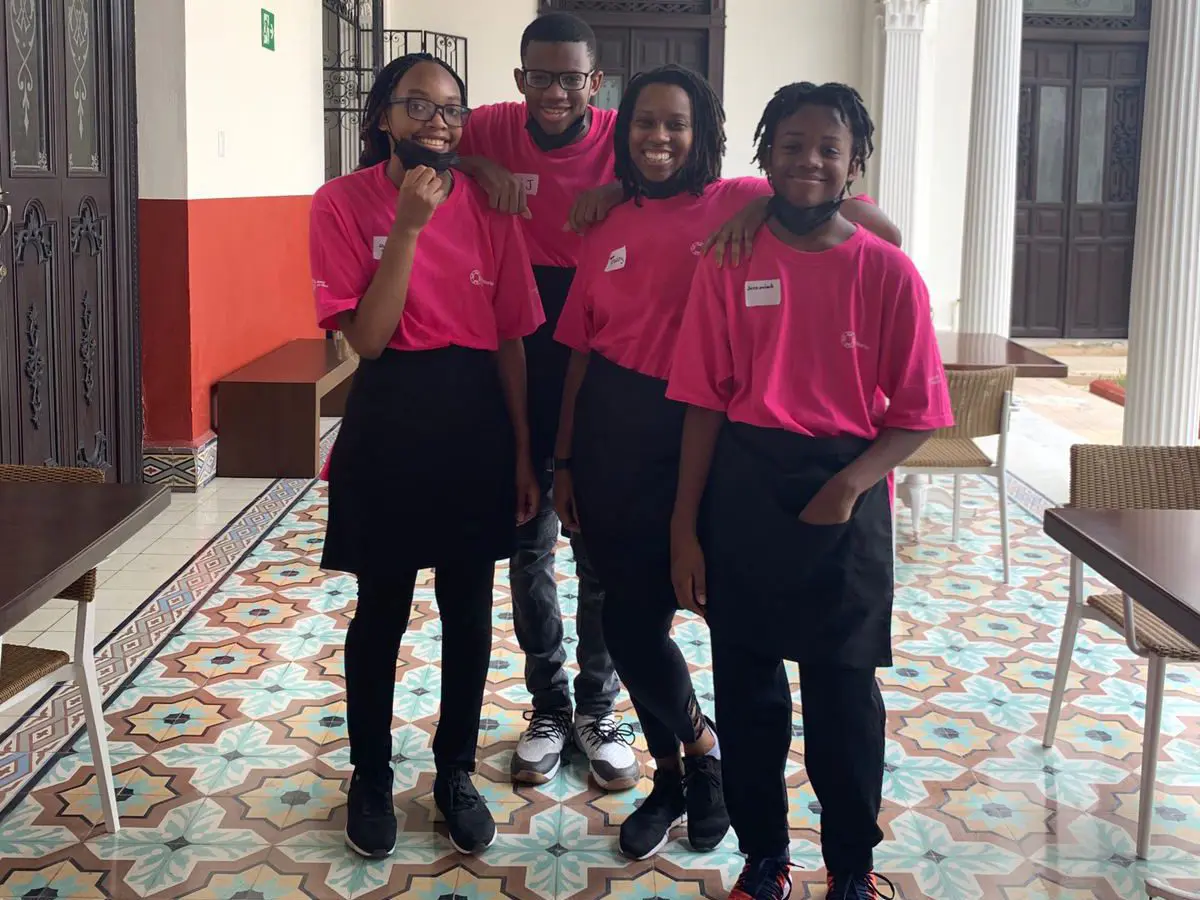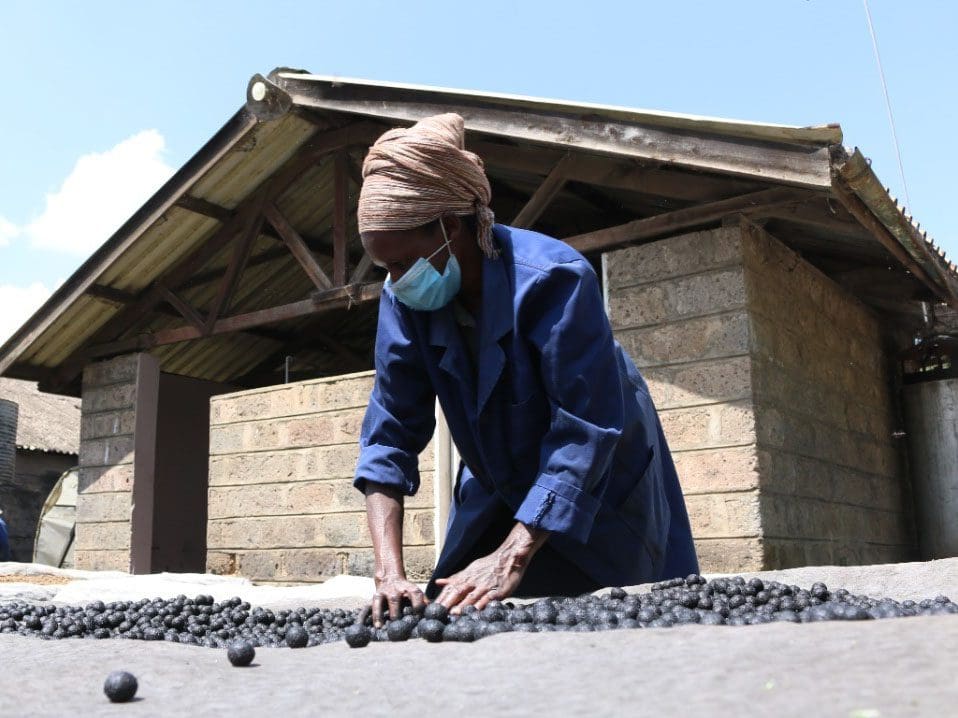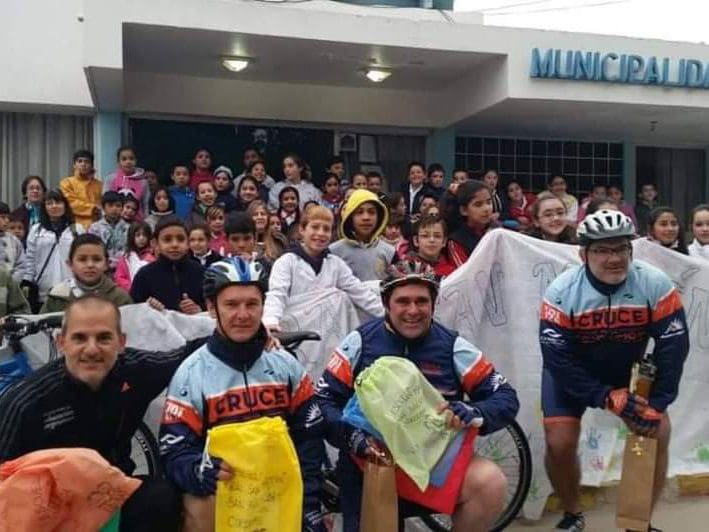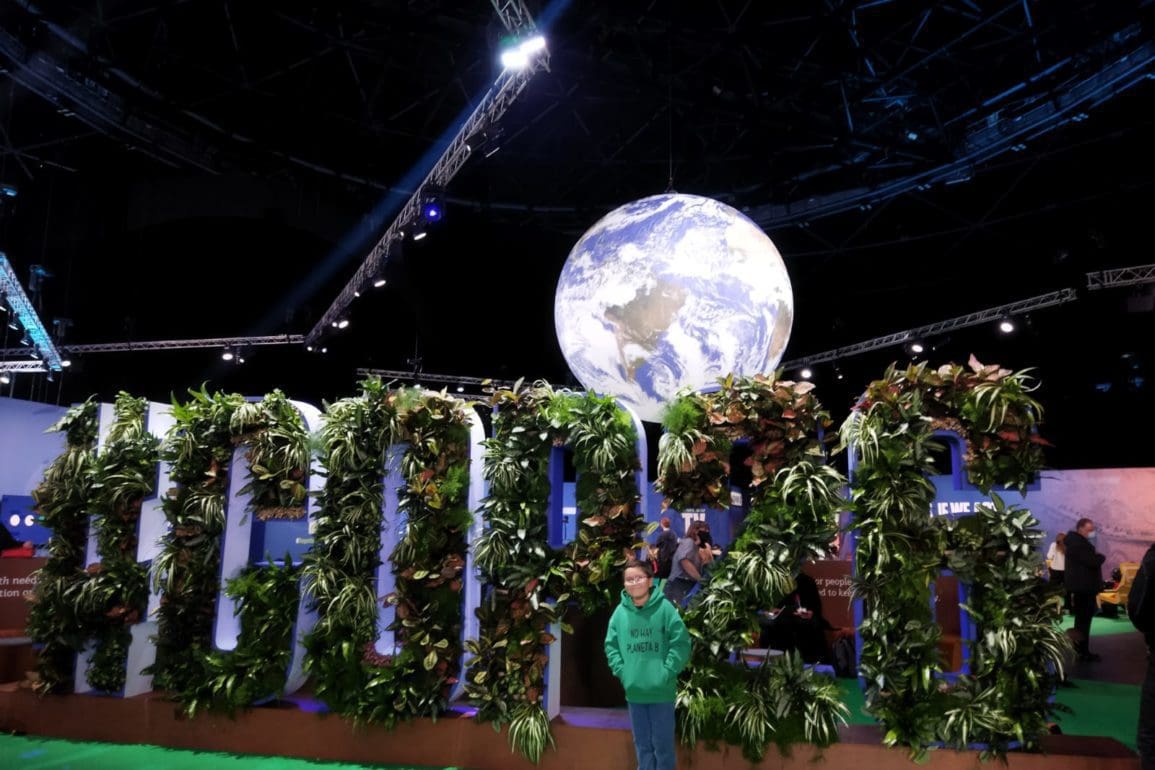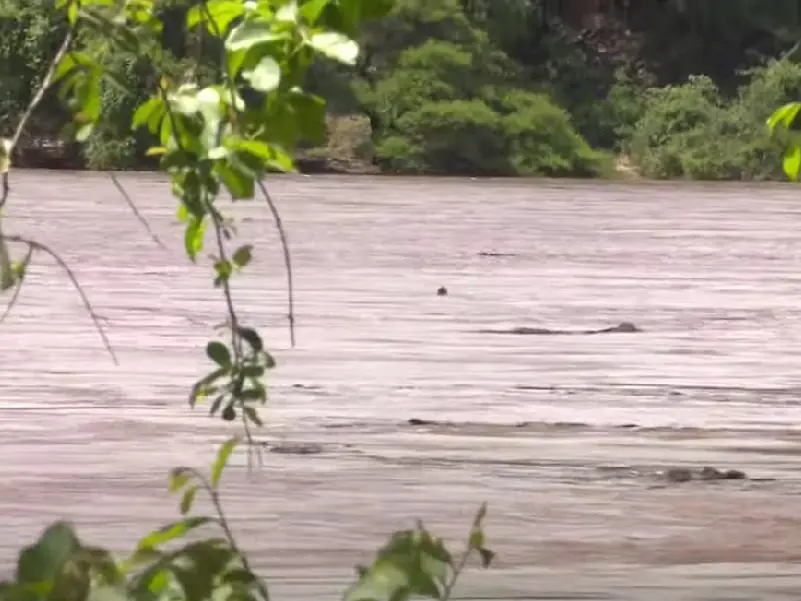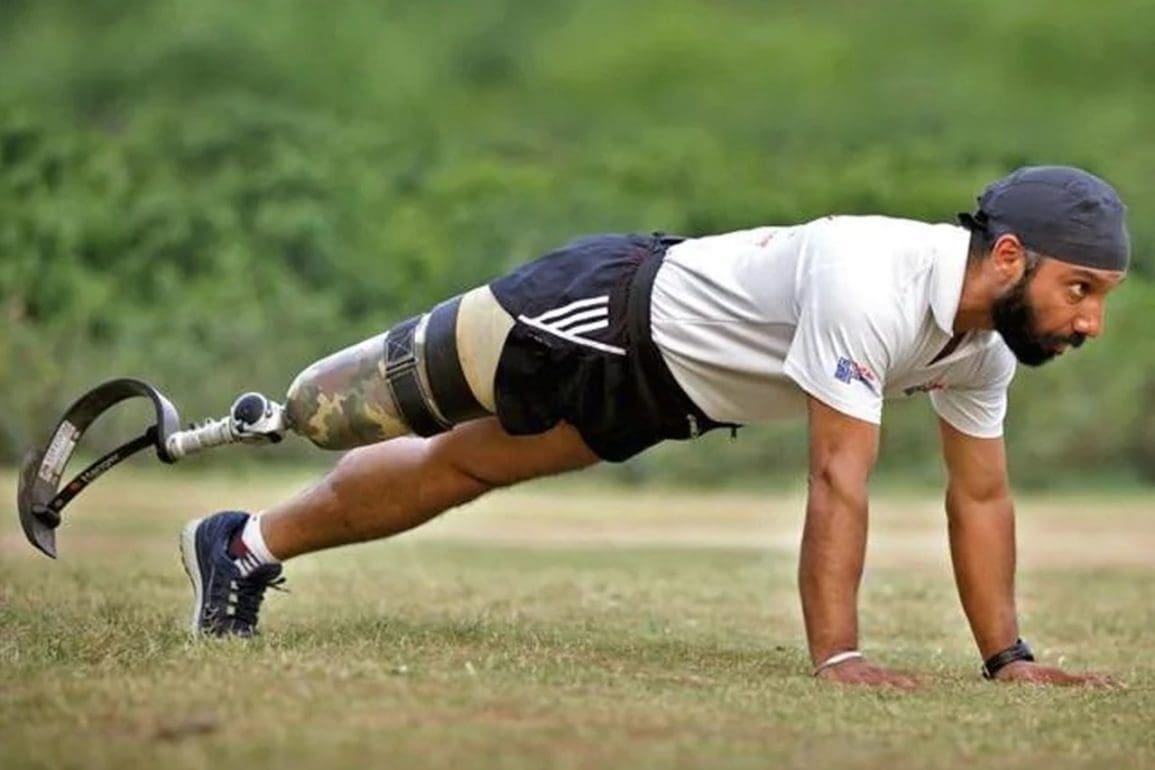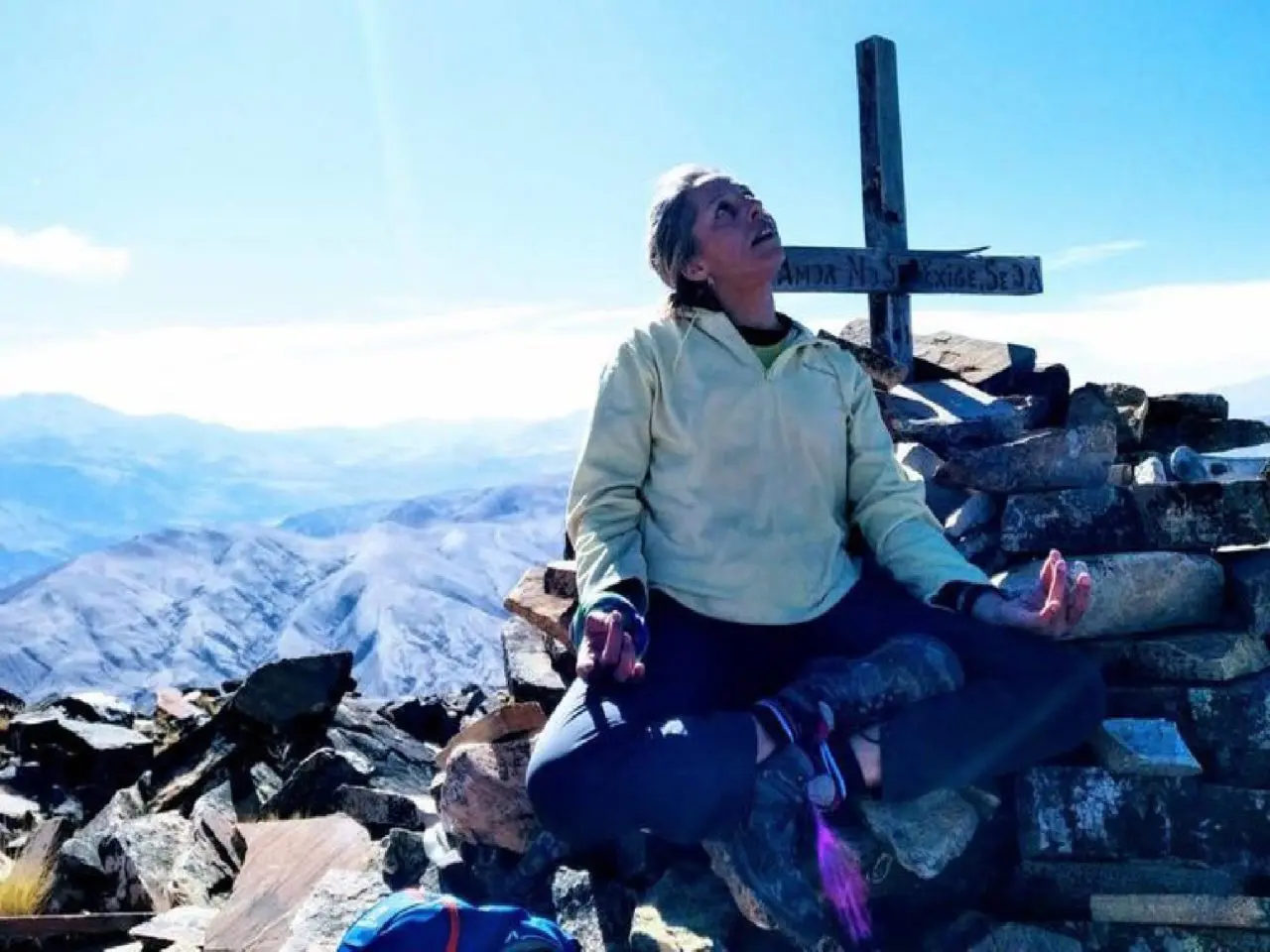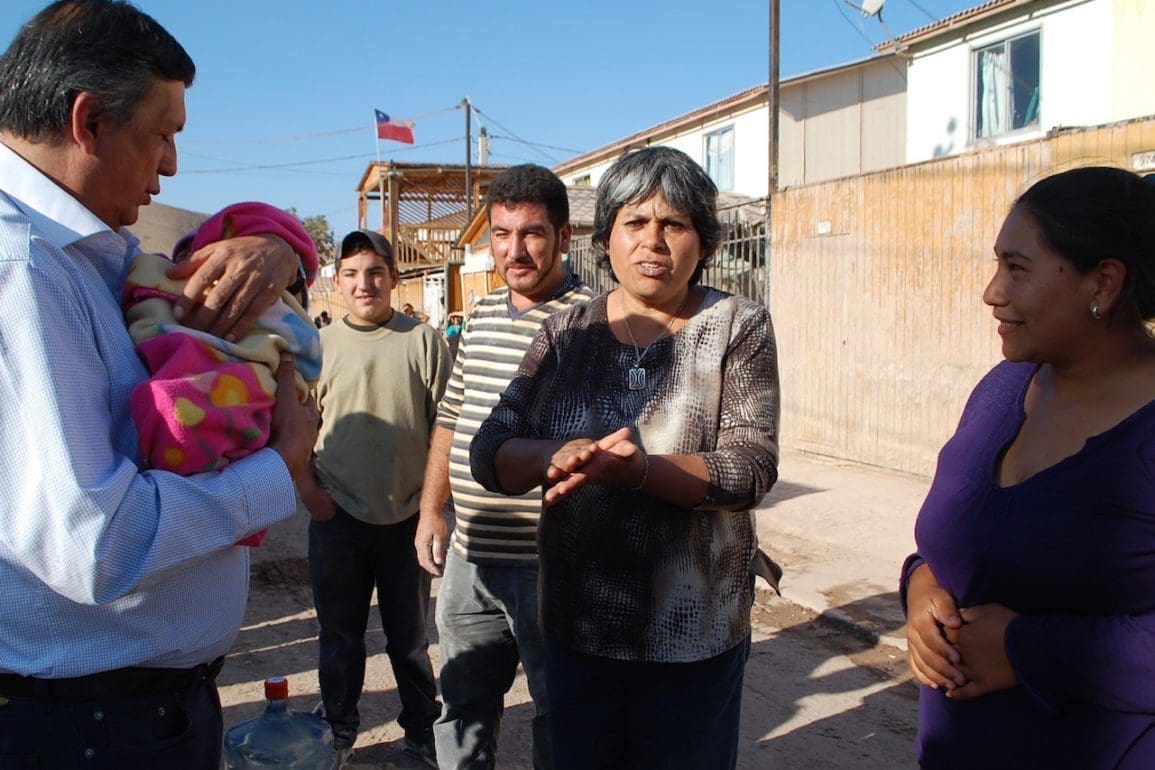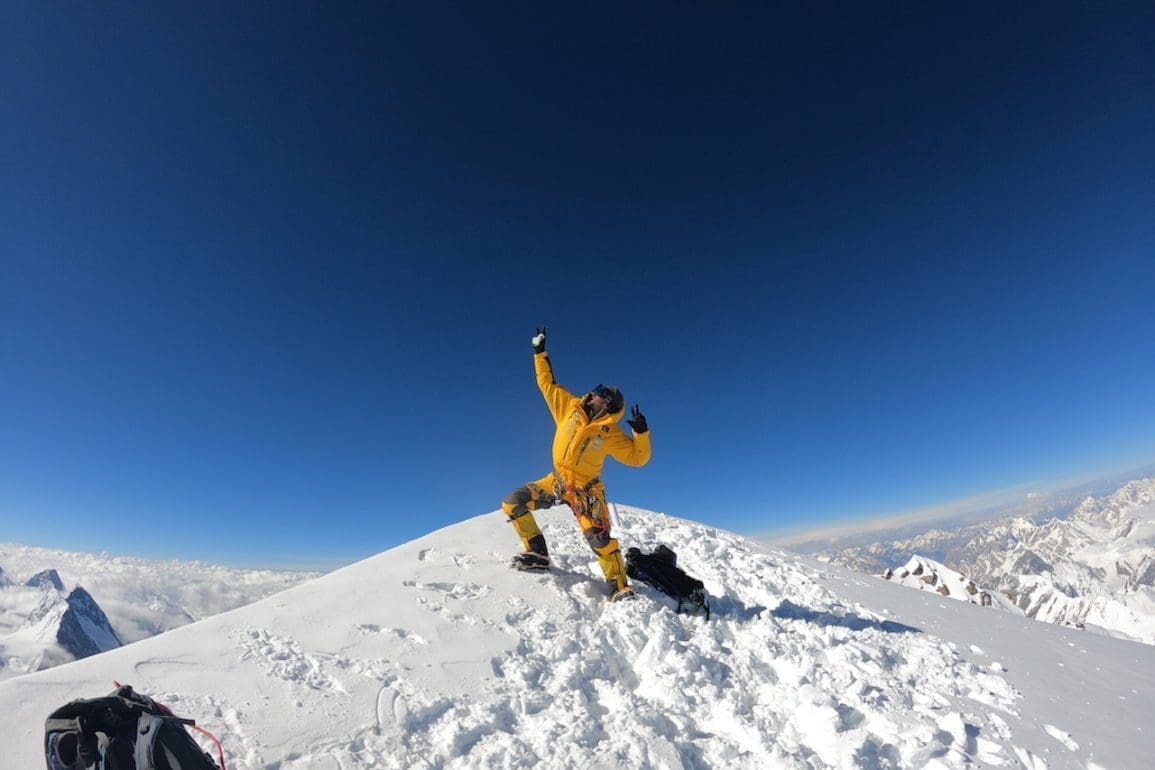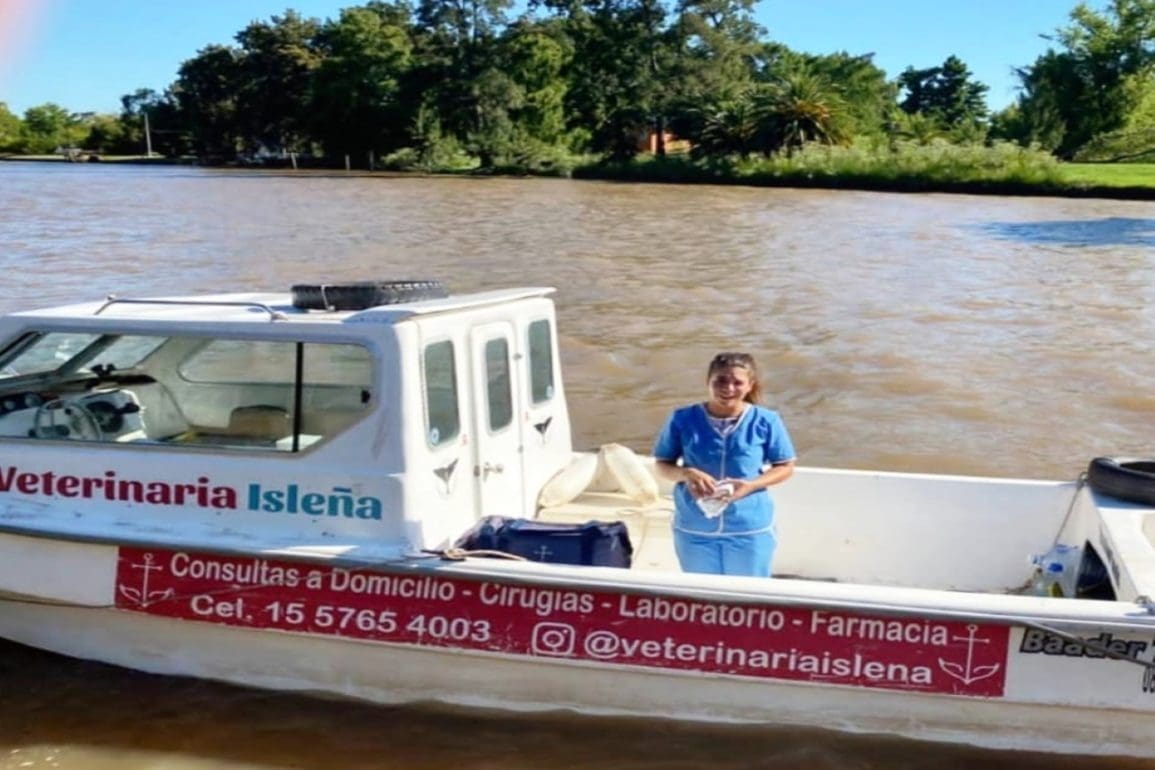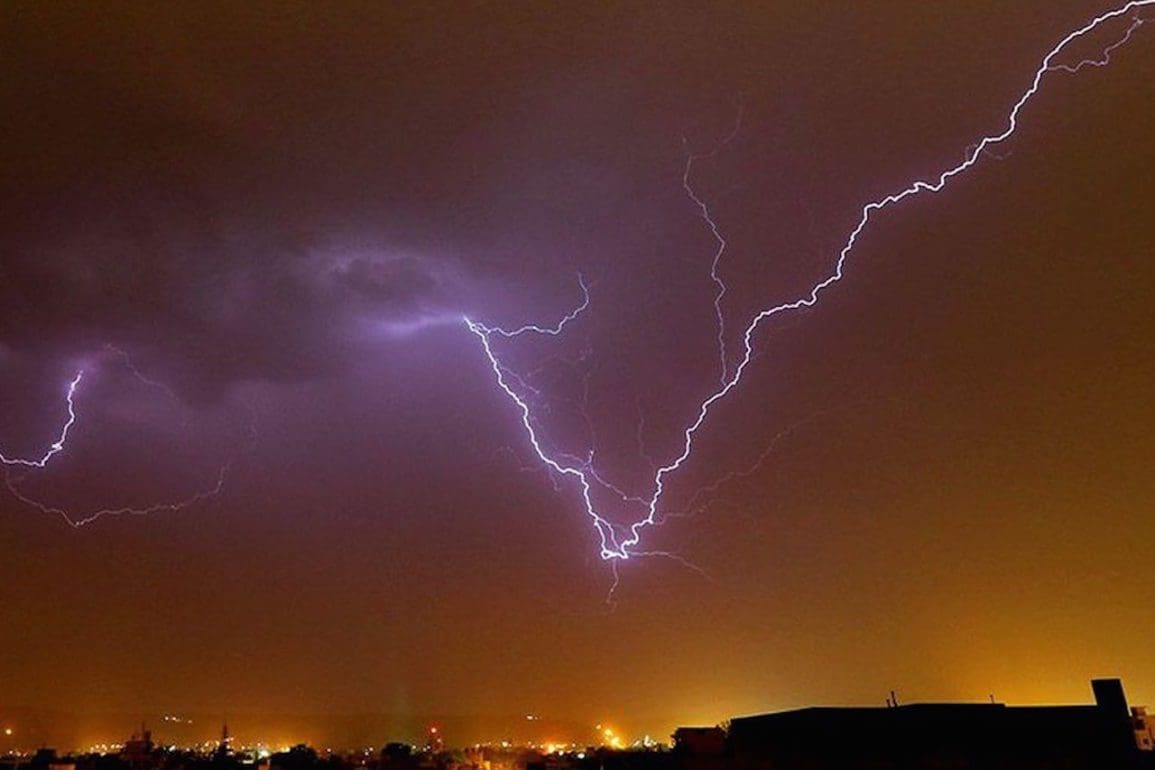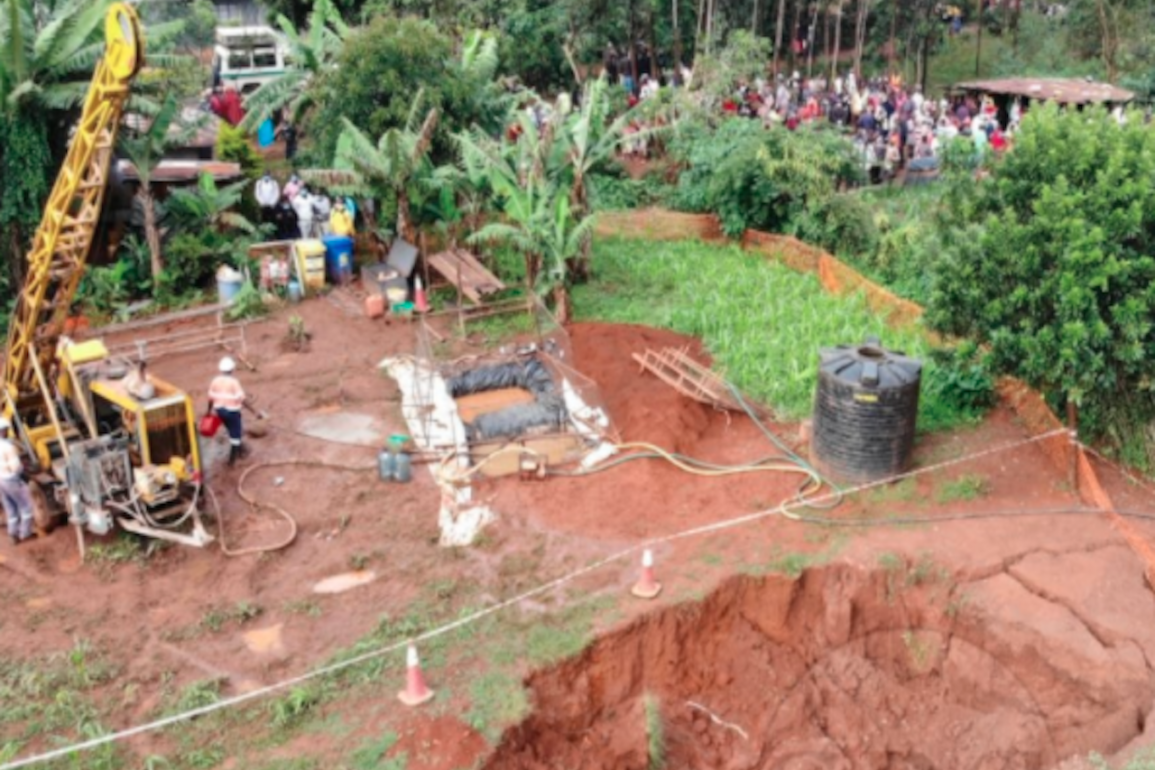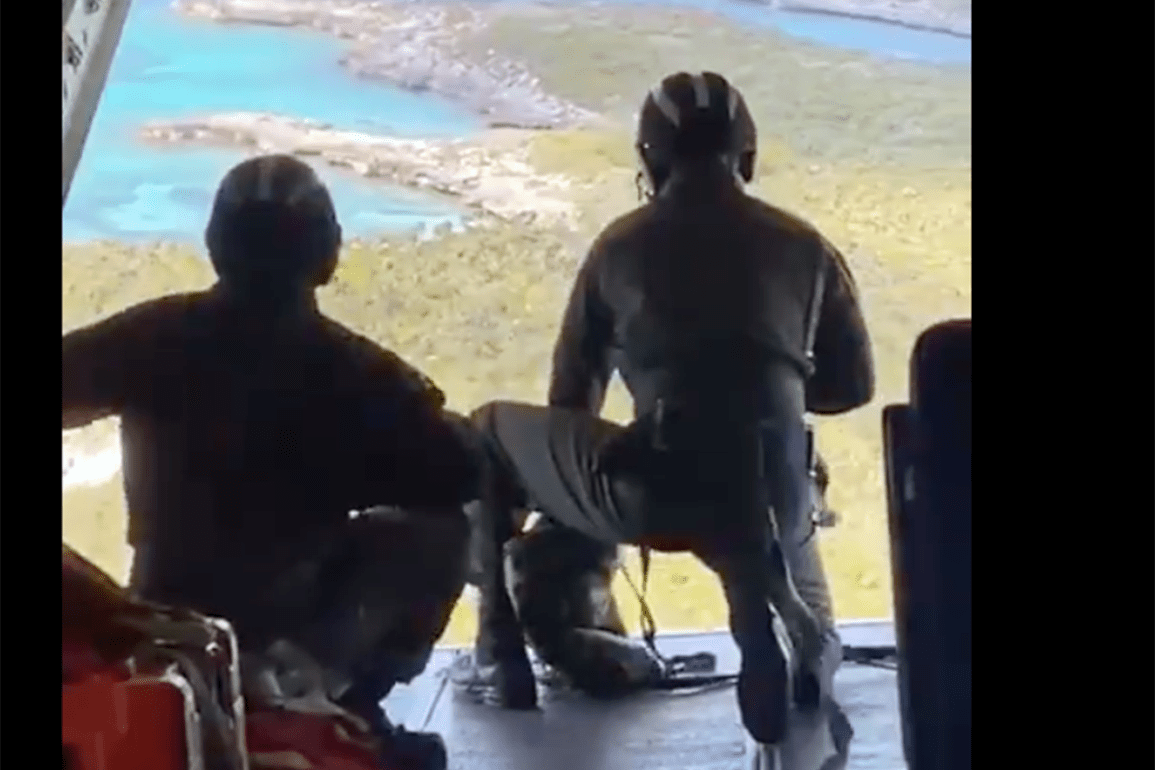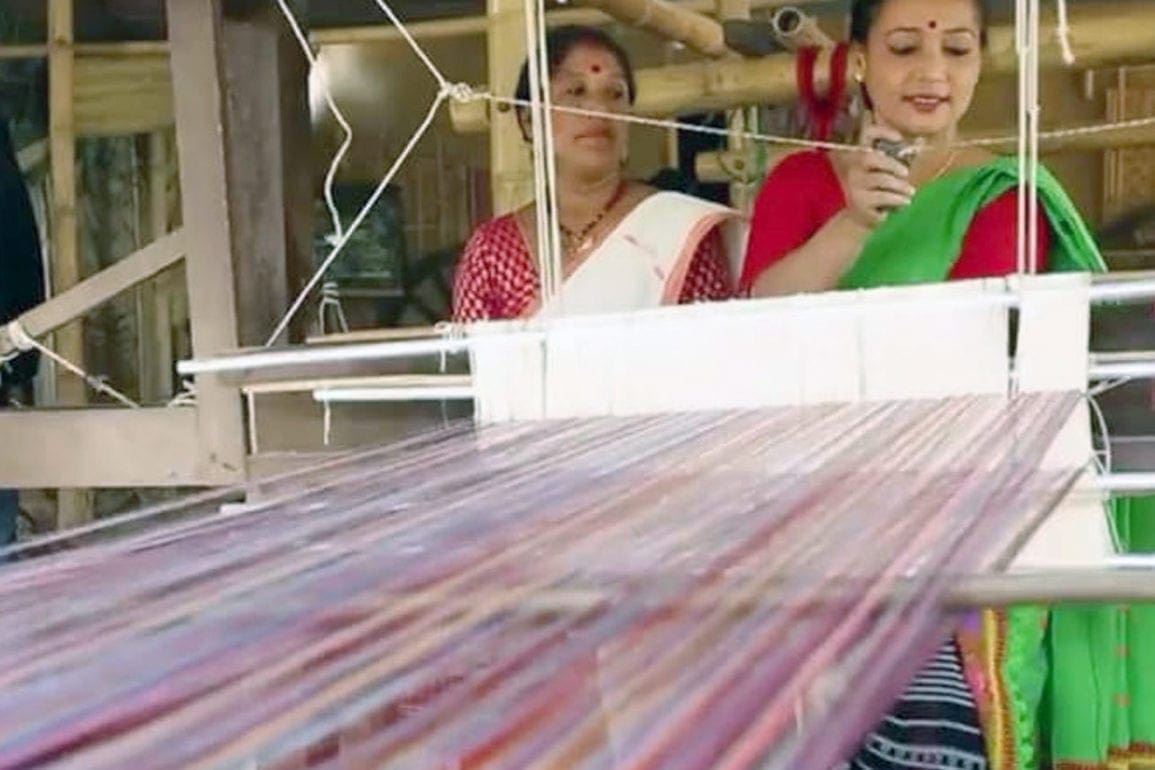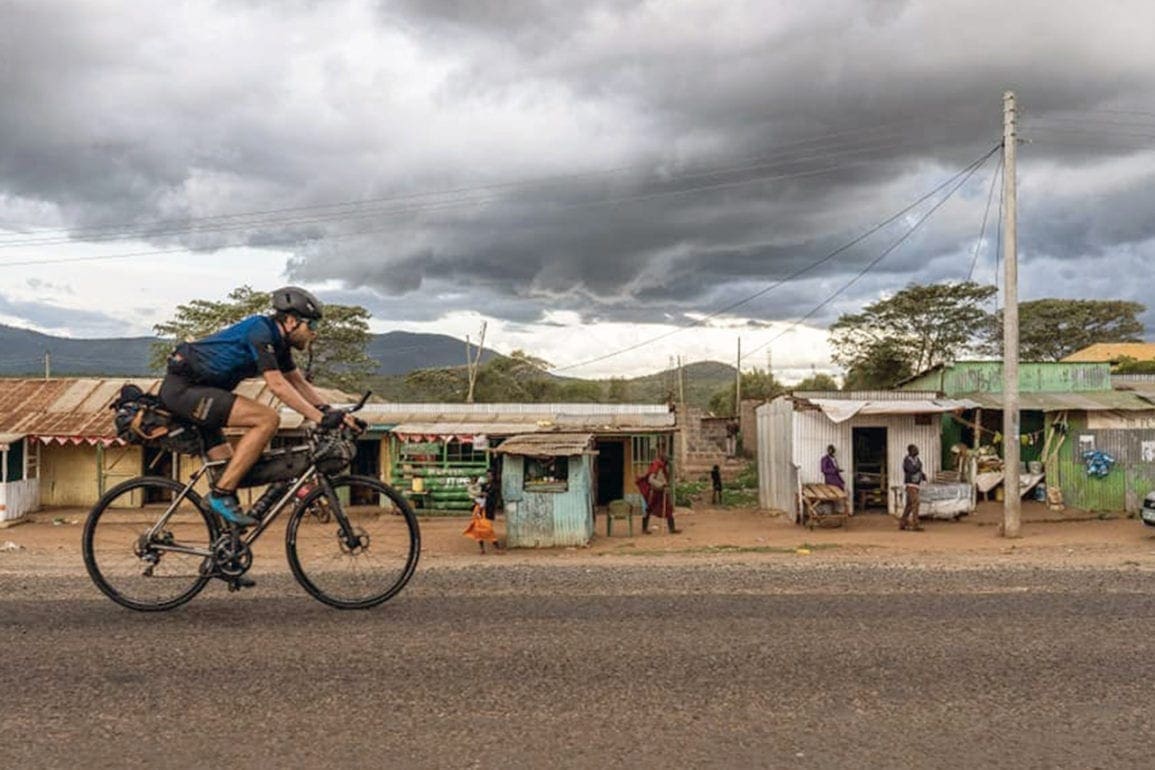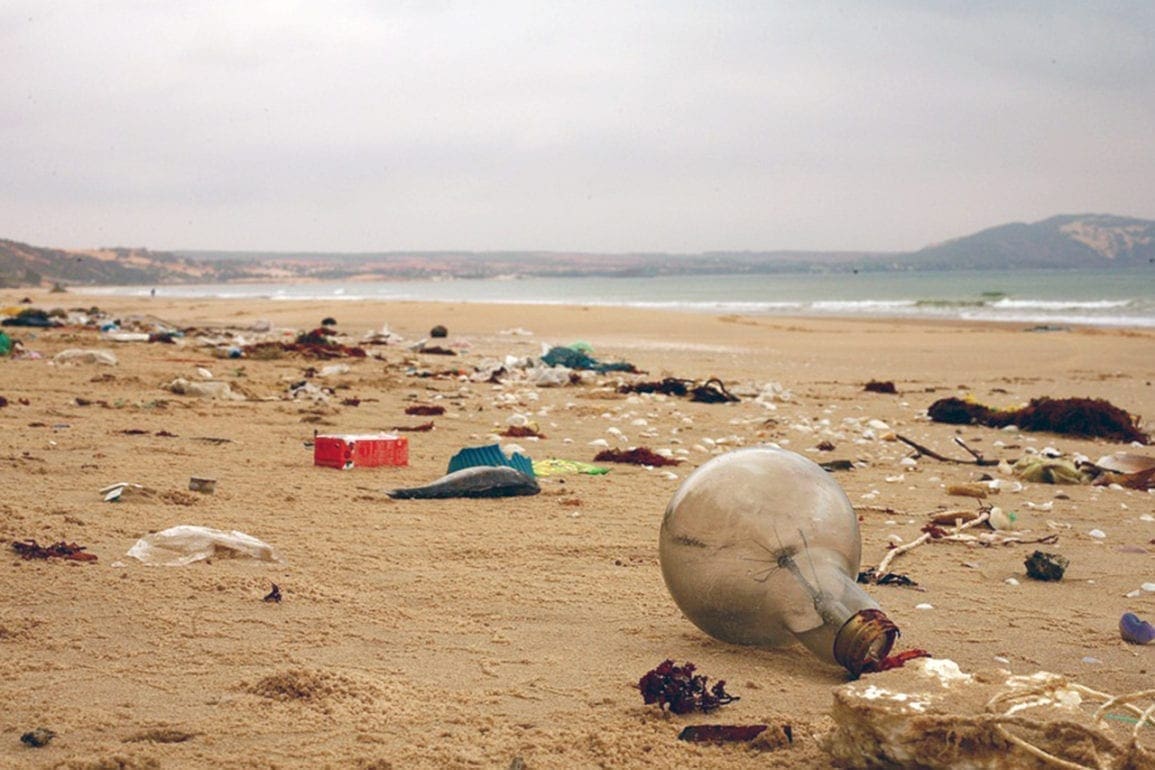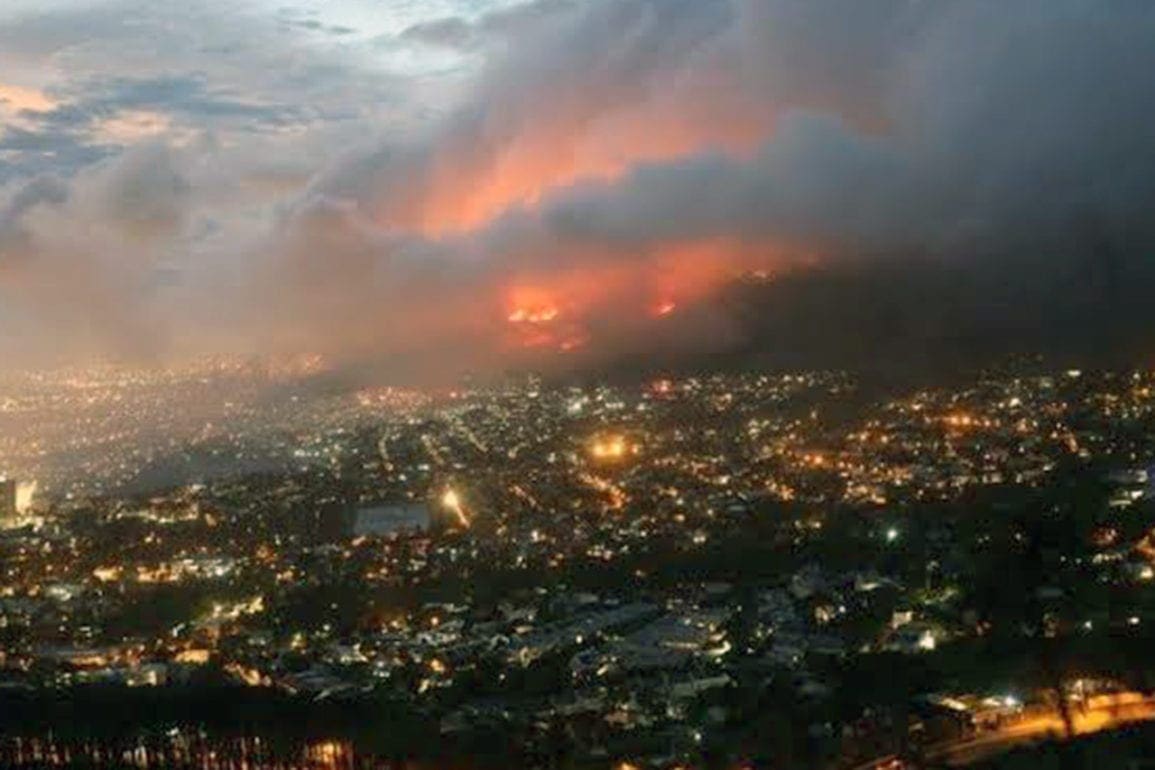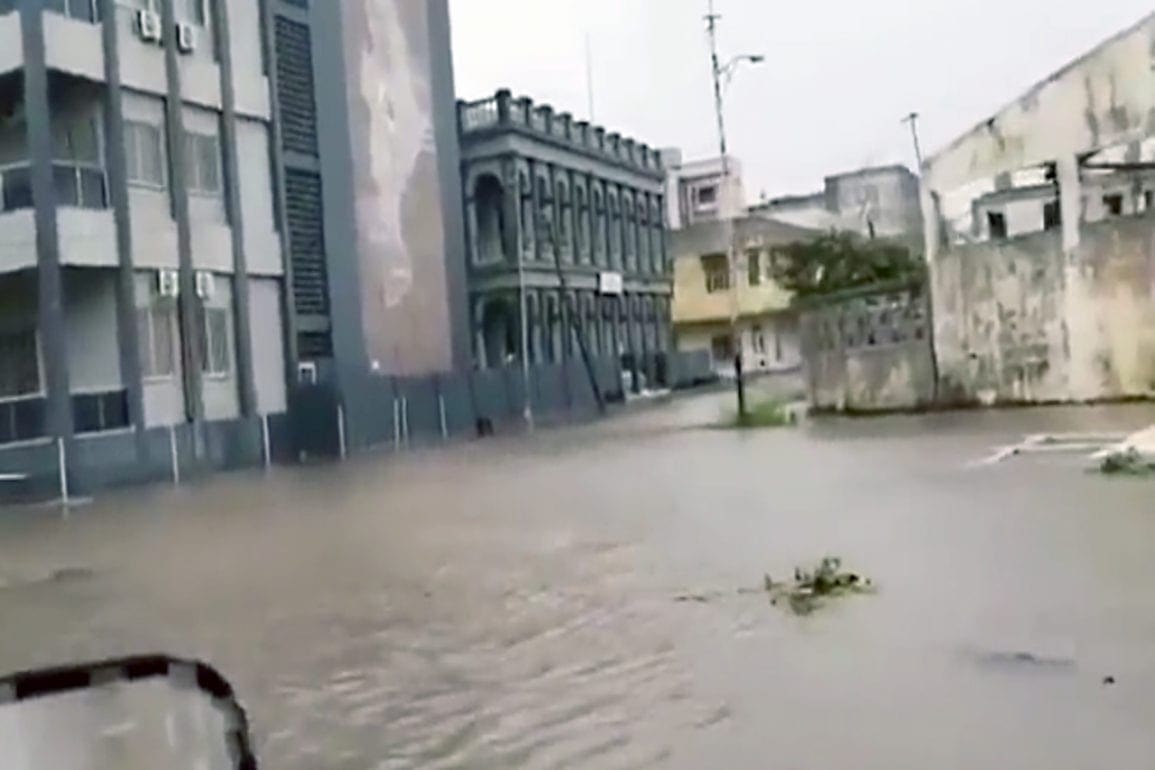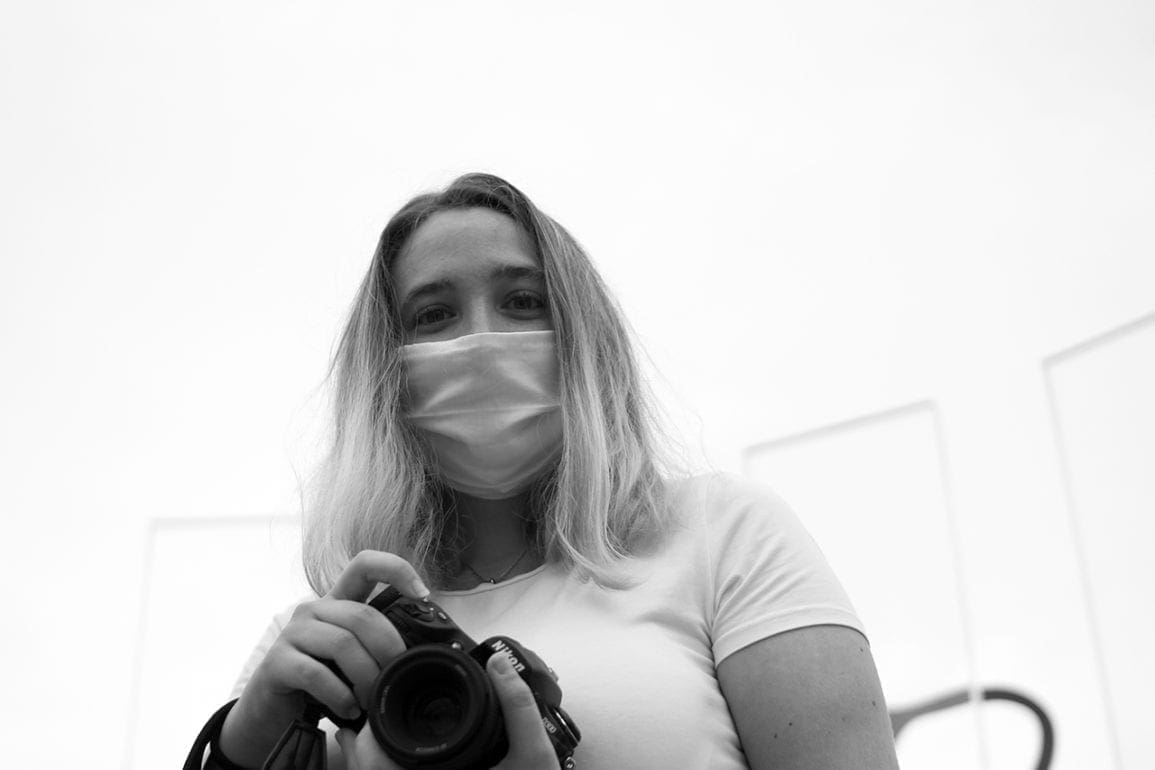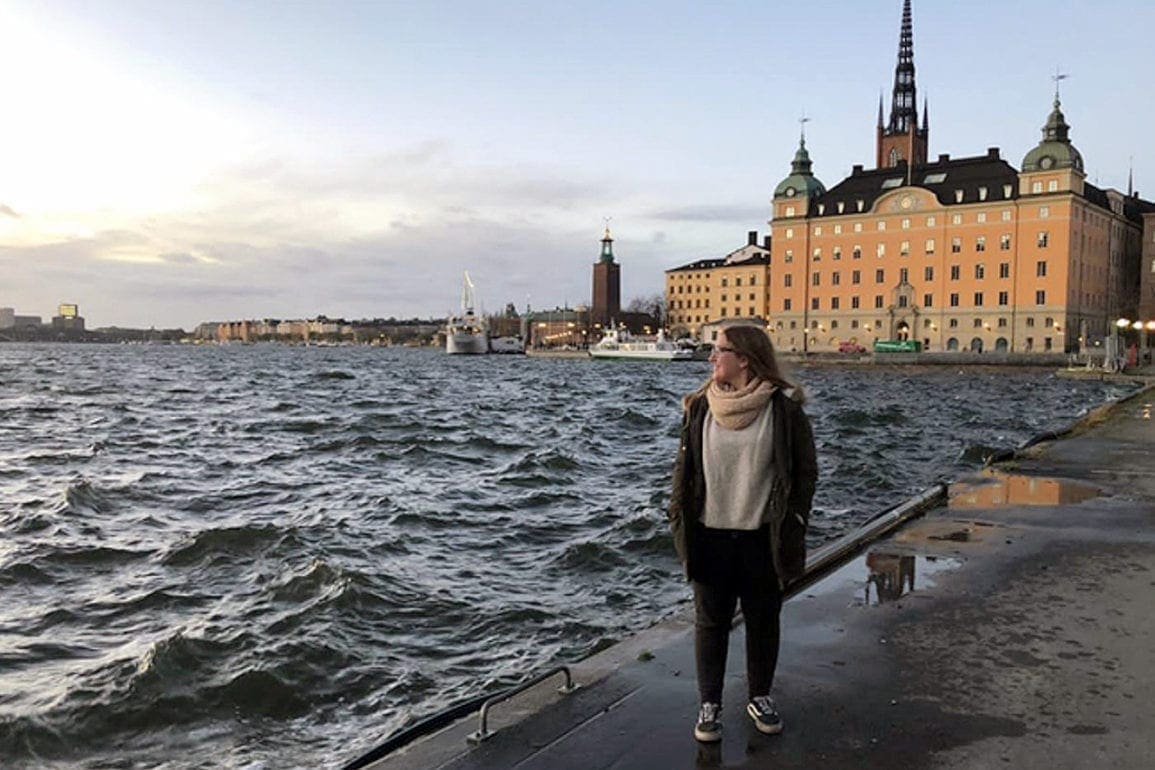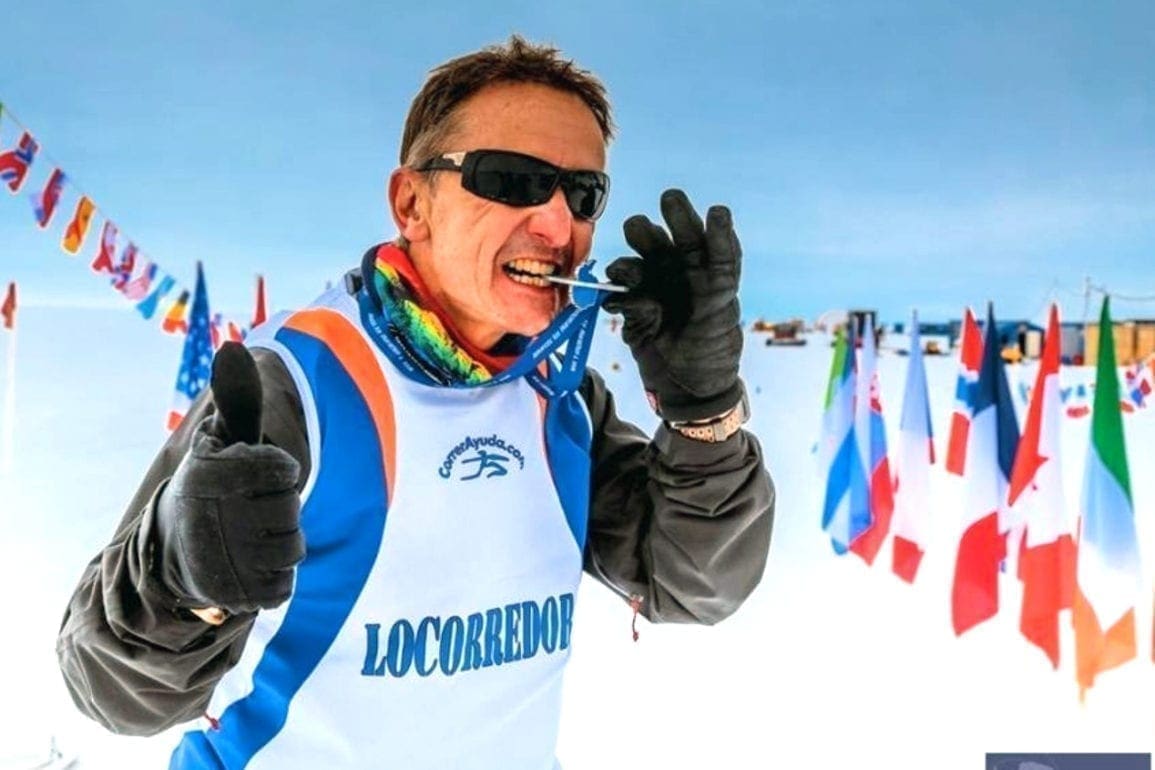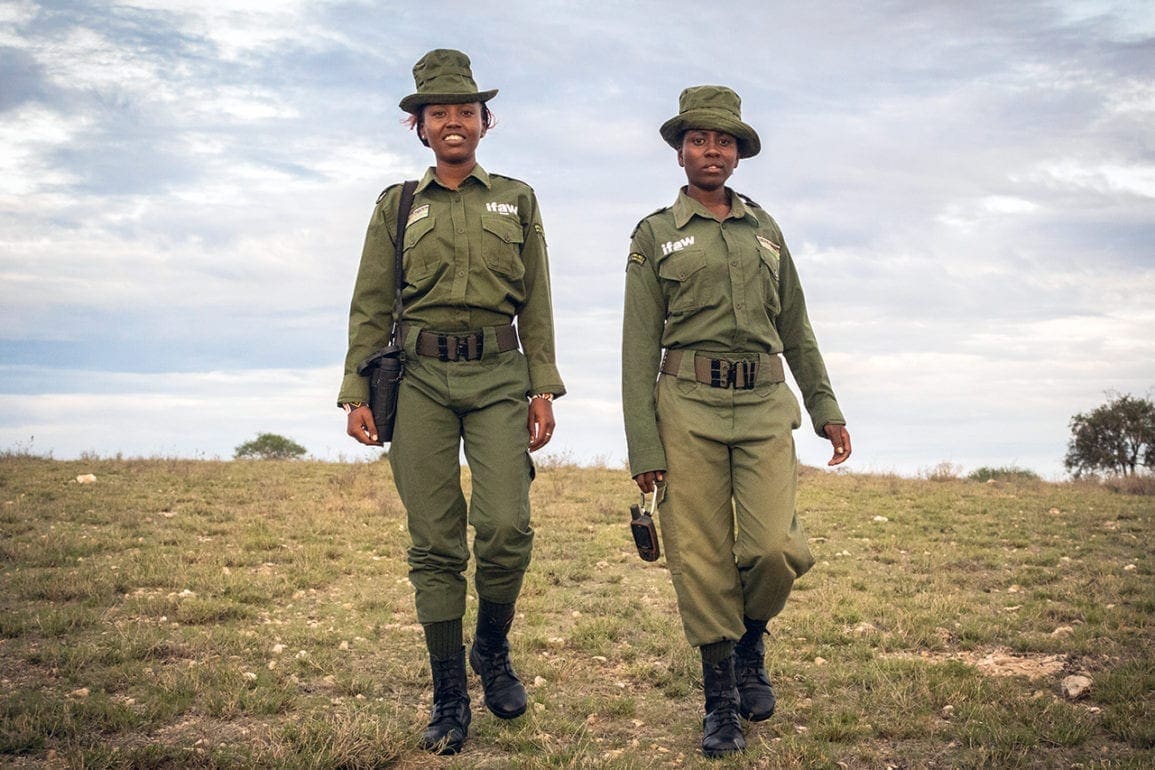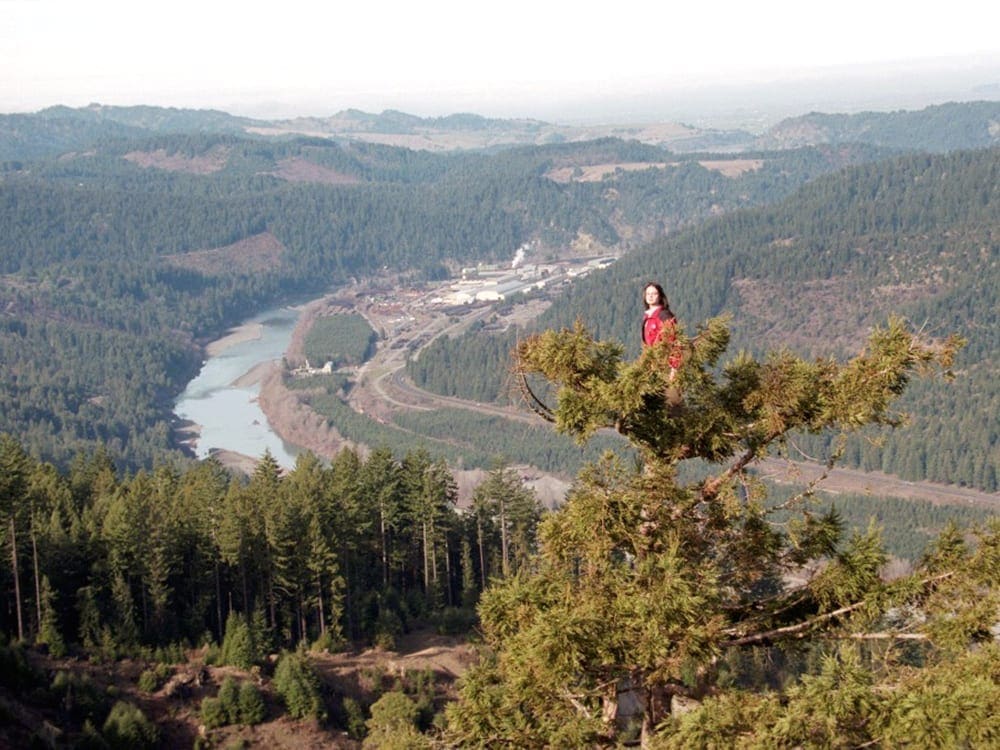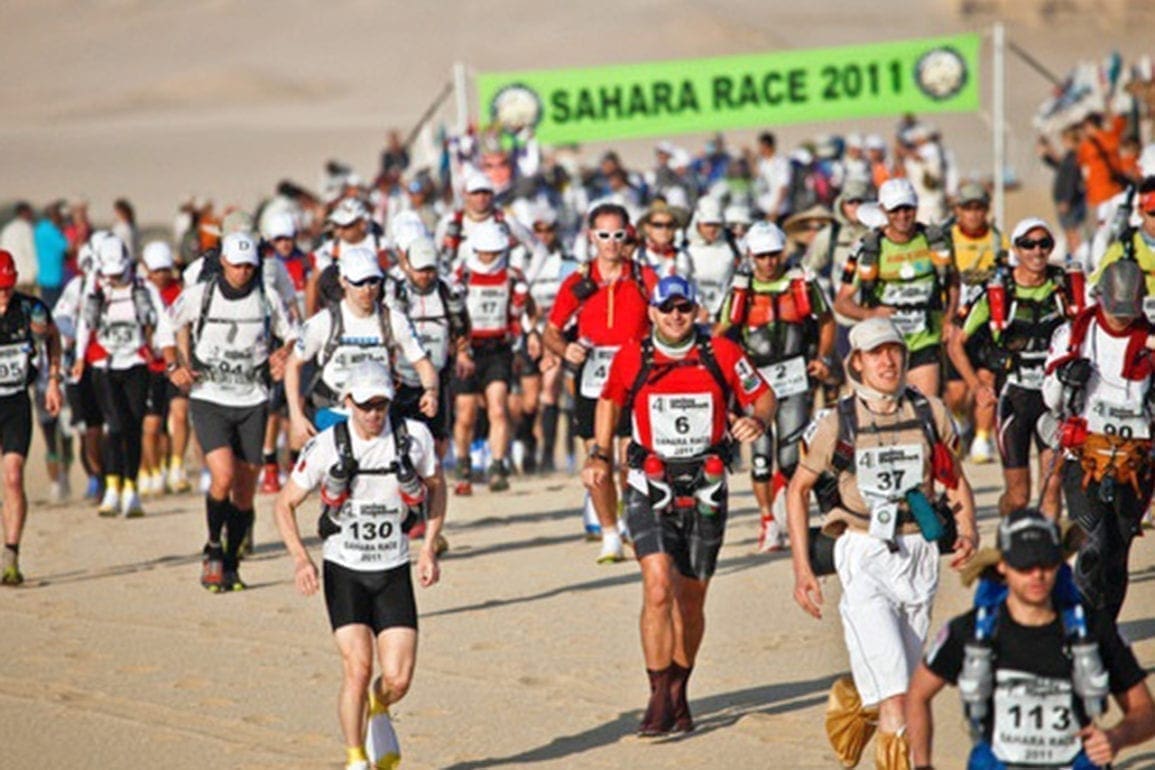First female sailor to spend winter solo in the Arctic: eight months of survival and self-discovery in Greenland
On board, I followed the stars, watched constellations shift as I traveled, and marveled at the ever-changing ocean. The black waters and towering waves reminded me how fragile I was compared to the sea. Yet, being alone felt liberating.
- 1 year ago
October 11, 2024
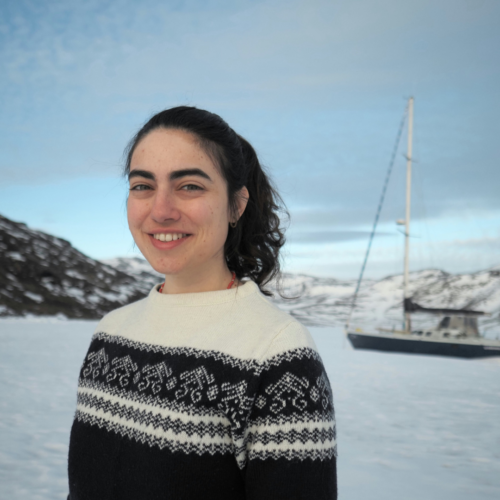
DISKO BUGT, Greenland — Over a year ago, I set sail from the coast of France aboard Sardinha 2, my ten-meter sailboat, heading for Greenland. I navigated through icebergs for 20 days to reach one of the most remote places on Earth, where the sun disappears in winter and the sea freezes solid.
I became the first woman to spend an entire winter alone in the Arctic, trapped by ice for eight months. I lived amongst foxes and ravens, with only brief emails for human contact.
Read more travel & adventure stories at Orato World Media.
Turned my dream of adventure into a life at sea
My interest in travel began at a young age, sparked by the stories of my father Amyr Klink, a renowned explorer, sailor, and writer. He embarked on numerous solo expeditions, including to Antarctica. As a result, my father often remained away from home, exploring the world.
When he returned, he shared tales of his adventures and encounters with wildlife. I dreamed of experiencing those things firsthand. I wanted to hear the sounds of nature, feel the wind on my face, and see the world for myself. As my sisters and I grew older, my father stopped sharing his adventures, so I turned to books on sailing.
I devoured every book I could find. I even learned other languages to read more. At that time, I lived in São Paulo, far from the sea and its horizon, surrounded by a bustling, urban landscape. When I asked my father for help to start my sailing journey, he answered with a firm no. He saw sailing as dangerous and wanted me to learn to make decisions independently first.
I knew the preparation for my solo trip and building this life project were things I needed to do on my own. At the time, an artificial schedule dictated my life. Tied to the clock, I felt far removed from nature’s rhythms. I wondered how I could break free from this artificial existence. The journey itself became my answer.
I began my studies at the Faculty of Architecture while searching for opportunities to take sailing courses. Later, I pursued my path by enrolling in a naval architecture school in France. Although I did not speak the language well at first, I learned over time. Being a stranger in a new place gave me a sense of freedom to explore and discover, which boosted my confidence.
Solo sailing the Atlantic: a journey from France to Brazil
To gain more experience, I joined other trips as an assistant on various sailboats, including a voyage between France and Norway. With that experience, I felt ready to embark on my first solo sailing project, which meant finding my boat. A follower on YouTube tipped me off about a boat in Norway. While on vacation from college, I traveled there to check it out. I devised a plan to sail solo from Norway to France. I felt terrified, but I convinced myself that if anything went wrong, I would find a way to solve it.
The boat was far from perfect—small and bought for the price of a bicycle. With limited resources and help from others, I managed to equip it and successfully sail to France. It seemed impossible, but I proved to myself I could do it. Then, in 2021, I sailed from France to Brazil, becoming the youngest Brazilian to cross the Atlantic solo. At the time, one of the biggest challenges became overcoming the negative, limiting beliefs of others. I pushed forward.
On board, I followed the stars, watched constellations shift as I traveled, and marveled at the ever-changing ocean. The black waters and towering waves reminded me how fragile I was compared to the sea. Yet, being alone felt liberating. I relied solely on myself, realizing my strength and resilience. I fell in love with the ocean’s constant transformation during my journey. Each part of the seascape felt unique. The colors shifted from deep blue and violet in the middle of the Atlantic to greener waters as I neared the coast. I saw flying fish, dolphins, and more birds the closer I got to land.
Planning my new adventure to the Arctic
Throughout the voyage, I received immense help. My messages, sent via a small satellite GPS, were shared online by a friend. Strangers in ports offered cars, food, and even a place to take a much-needed bath, which felt incredibly gratifying. I received an incredible amount of help from many people. The journey became a collective effort, made possible by everyone who supported me.
As I neared the Brazilian coast, I faced black clouds and strong winds but managed to navigate through them. After the storm, the sky turned a brilliant blue. Surprisingly, over 300 people greeted me at the port. It felt like a celebration. On the drive home, people lined the roads and beaches to cheer me on. Not long after, I wrote a book about my Atlantic voyage, and with the proceeds, I bought a modest 30-year-old steel boat for my next adventure: reaching the Arctic.
Sailing allowed me to discover who I am and what it meant to live at sea. As I prepared for my next journey, I set my mind on experiencing all seasons in one place and witnessing nature’s transformations. Over two years, I prepared with the help of friends. Crossing the Atlantic again, it felt like a different world—darker, with ash-colored skies and unfamiliar wildlife.
However, this trip brought new challenges: icebergs, ocean currents, strong headwinds, fog, and extreme cold. Often, I sailed without knowing the depth—whether it was 10, 200, or 1,000 meters. With no internet or satellite images, I relied on a small communicator for text messages, but many decisions I made alone.
Eight months wintering aboard: docked in Disko Bay on Greenland’s west coast
People doubted my physical strength, my ability to handle loneliness, or even maintain my sanity. These doubts, often disguised as advice, too often hold women back from risk and adventure. It keeps them from their dreams. Nothing about being a woman prevents us from sailing. I learned to sleep in short bursts, just minutes at a time, as I constantly performed maneuvers, avoiding fishing boats. This became part of the learning curve and the reality of sailing.
The early challenges were technical, and I had to practice skills I lacked at the start. It felt like learning a new language. The process forced me to build new references and make mistakes along the way. I did not always know the severity of the storms, and everything felt massive. I learned to repair the boat and take care of myself under pressure. Some miles felt longer than others, with the wind often working against me.
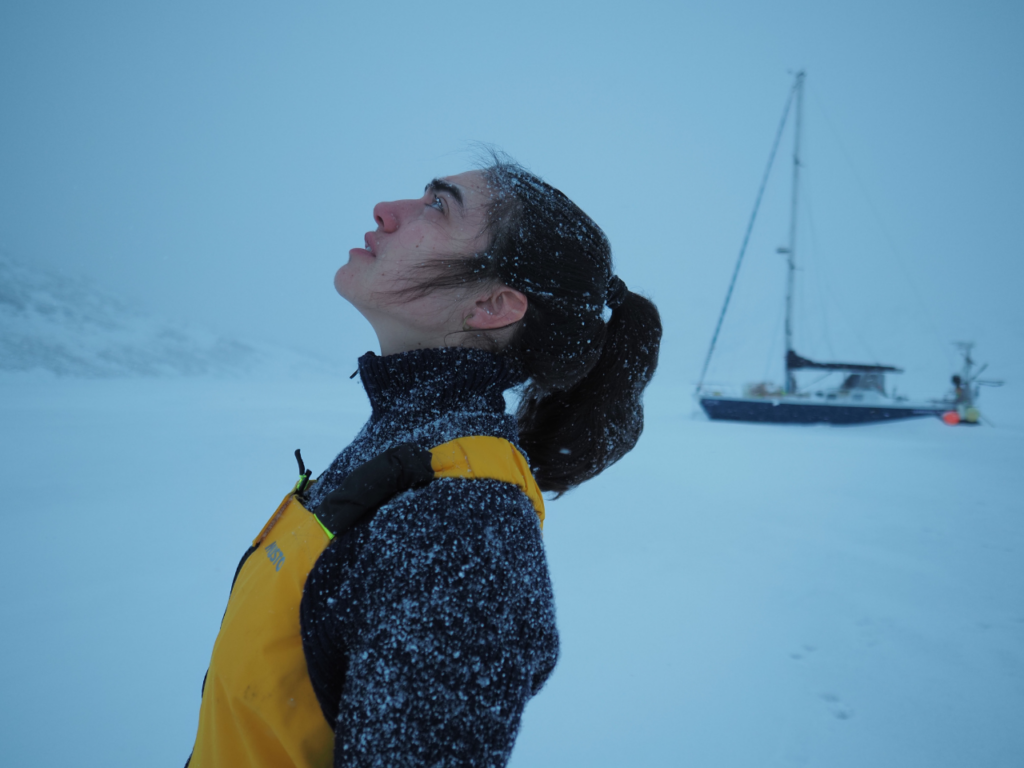
Sailing taught me that opportunities do not last forever. When the wind blew strong, I had to conserve my energy. At other times, I took full advantage of favorable winds. When fear crept in, I reminded myself to stay calm because the future would bring even bigger challenges—stronger winds, larger waves, more icebergs, colder temperatures, and greater fatigue. By imagining that more difficult trials lay ahead, everything felt manageable.
After leaving France and traveling 2,500 nautical miles, I docked in Disko Bay, on Greenland’s west coast, where I spent eight months wintering inside my ship, surrounded by ice. Trapped by the frozen landscape, I witnessed the seasons change, living among seals, foxes, crows, and partridges. For four months, I did not see sunlight, which became a profound experience.
Enduring a long Artic winter
Absolute silence became my constant companion. Even the sound of my body felt loud. Without social media or internet access, I sent brief emails to my team. My daily life focused on essentials: water, food, and warmth, as the ship’s hoses and tanks froze. Soon, I realized the true challenge of winter survival. My diet relied on cereals, starches, seeds, canned vegetables, and dried fruits. To minimize waste, I fished, though foxes often stole my catch.
Facing winter in Greenland challenged me, especially with Raynaud’s phenomenon, a vascular condition that restricted circulation to my extremities, causing pain and immobility in my fingers. In November, when temperatures dropped to -26°C, I knew I needed to adapt. I placed a hot water bottle in my sleeping bag, wiggled my toes constantly, and avoided stepping on the cold floor, moving across furniture instead.
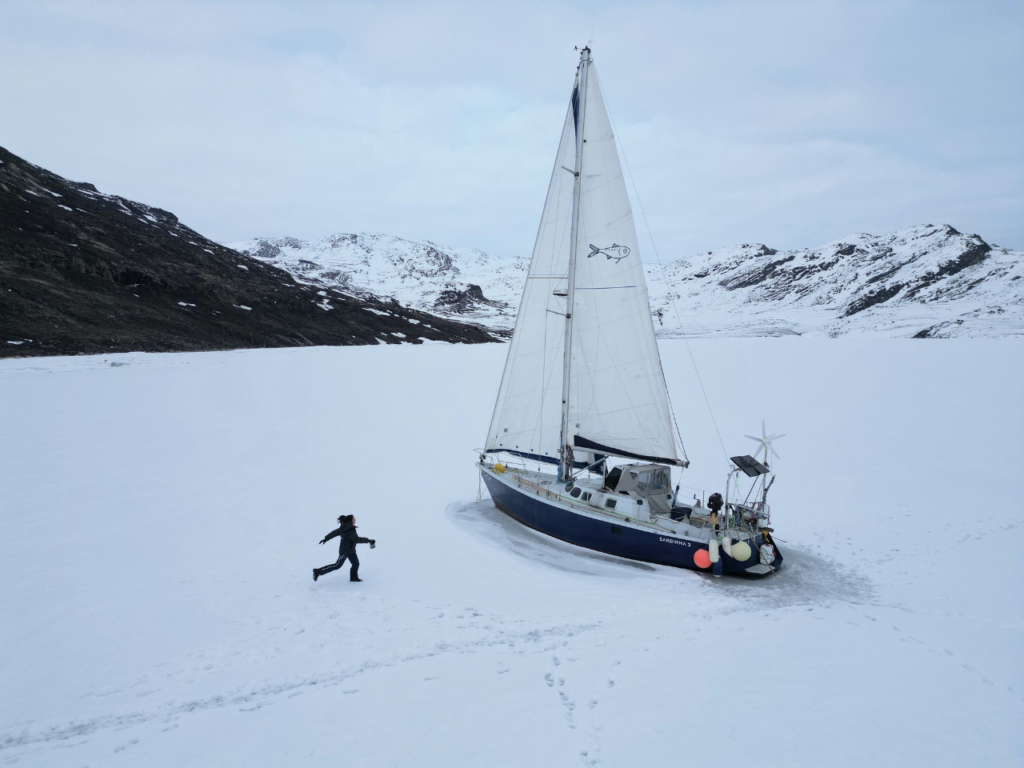
My days centered around survival, including generating energy. When the sun shone, two solar panels powered my needs. Once darkness fell, the wind, through a generator, took over. Weather shifts revealed themselves immediately. Warmer days (0ºC to 7ºC) melted snow and ice, exposing a barren brown landscape. Brief daylight gave way to long, dim nights. Strong winds often made me wonder where the animals sheltered as the full moon lit the boat.
I did not know my true resistance to the winter. Every day, I monitored the barometer, assessed risks, and recalled past advice. Reality, however, differed from what I imagined. A simple walk could turn dangerous when facing a sudden blizzard, a bear sighting, or a misjudged sea ice crossing. I felt safest on my boat, surrounded by 40 centimeters of thick ice, animal tracks, rocks, and the sound of icebergs. As the days went on, I quickly adapted, fetching water, collecting snow, and following fox tracks as I explored.
Misjudging the ice thickness almost cost me my life
Whenever I left the boat, the icy expanse presented a vital water source, but it also presented danger. Before my journey, I sought advice from local hunters and fishermen on walking safely on the ice. They warned me about the growing danger of thinning ice due to global warming. They also taught me to measure its thickness with a tooq—an Inuit tool with a sharp blade.
I measured the ice carefully before venturing out. Among the many dangers of enduring a long Arctic winter you may face bears, frostbite, hypothermia, avalanches, blizzards, depression, and even insanity. However, one danger that terrified me was falling into freezing water. It was the deadliest risk, and it nearly happened.
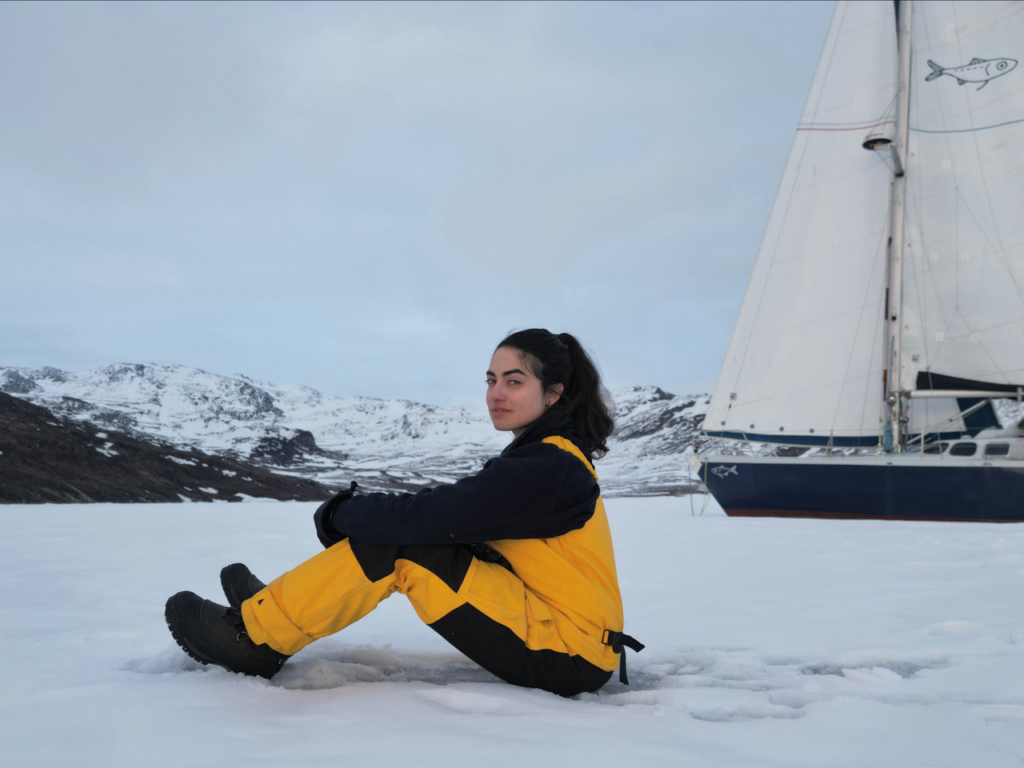
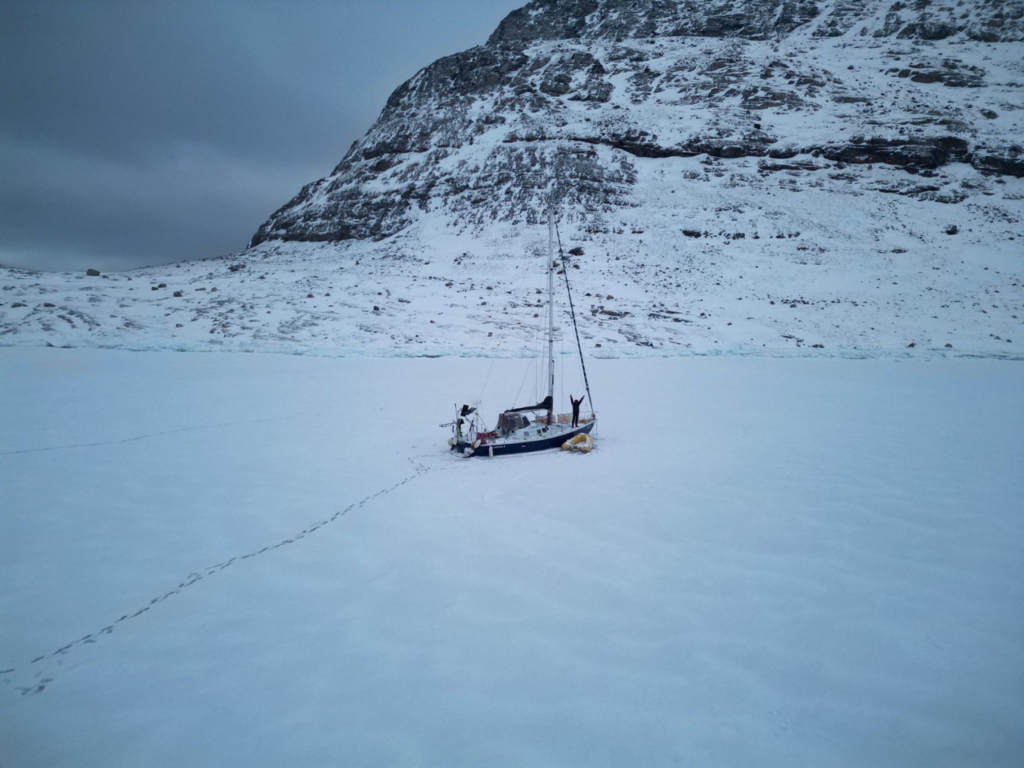
As I crossed from the ice sheet to land, I misjudged the ice’s thickness and fell through. Instinct took over. Using my hands, I dug into the fragile ice to pull myself out. At that moment, I thought not of life or death, only survival. I felt no fear, only absolute focus. Once I pulled myself out, my clothes began to freeze, and I remained three kilometers from the boat. By the time I arrived, my clothes became stiff with ice. I stripped them off and slowly warmed my body, gradually recovering.
For days, the fear of falling through the ice again gripped me. Yet, I soon realized if I let safety imprison me, I would lose my purpose of living fully. So, I adapted to the new risks, strengthened my safety measures, and moved forward. Survival demands constant adaptation.
Thawing ice and winter’s end: reaching the summer Greenland
When the first rays of sunshine appeared in early spring, the sight mesmerized me. I had not seen the sun since early November, and when it reappeared in February, I noticed something strange—a shadow beneath my foot. I forgot what it felt like to have a shadow. Suddenly, the ice cracked, and the sea turned liquid, bringing life back.
Everything felt new as the water connected all the species around me. The melting ice released plankton, which attracted fish, birds, seals, whales, and eventually humans. When the ice around my ship thawed, I finally saw someone after a long time. He spoke in Greenlandic, and I assumed he was a local. His first question was, “Where are the animals?” At that moment, I realized I was no longer just a traveler. I became familiar with the place. When he asked how my winter had been, excitement rushed through me.
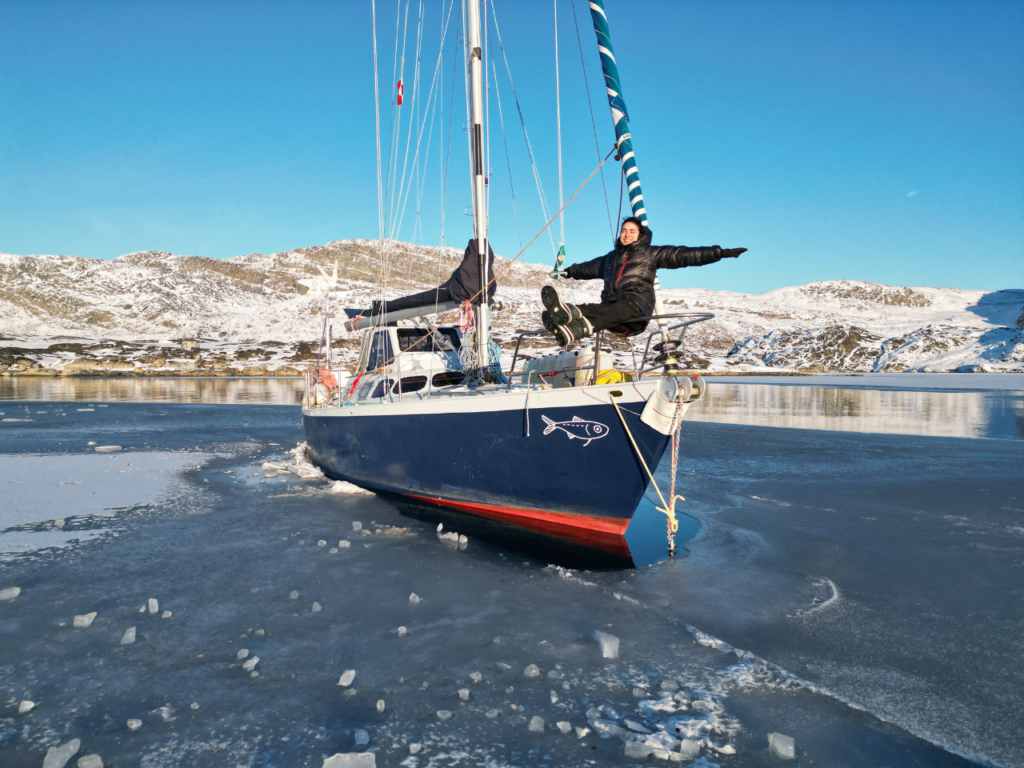
Currently, I remain in Greenland, working to complete my project aboard the Sardinha 2. After spending a summer in the Arctic, I am gradually resuming life as usual. There is no more advice or precautions to offer—just the experience of being present. You would be amazed at how much time we can devote to pleasure when we free ourselves from stress, social rituals, running water, mirrors, dress codes, or anything governed by a calendar other than the moon.
Sailing alone allows me to challenge perceptions of female capabilities. I want every woman to experience the freedom of discovering her true self. In the wild, I feel strong and fully alive. Happiness is not just a destination—it is a journey, and it is always worth pursuing.

